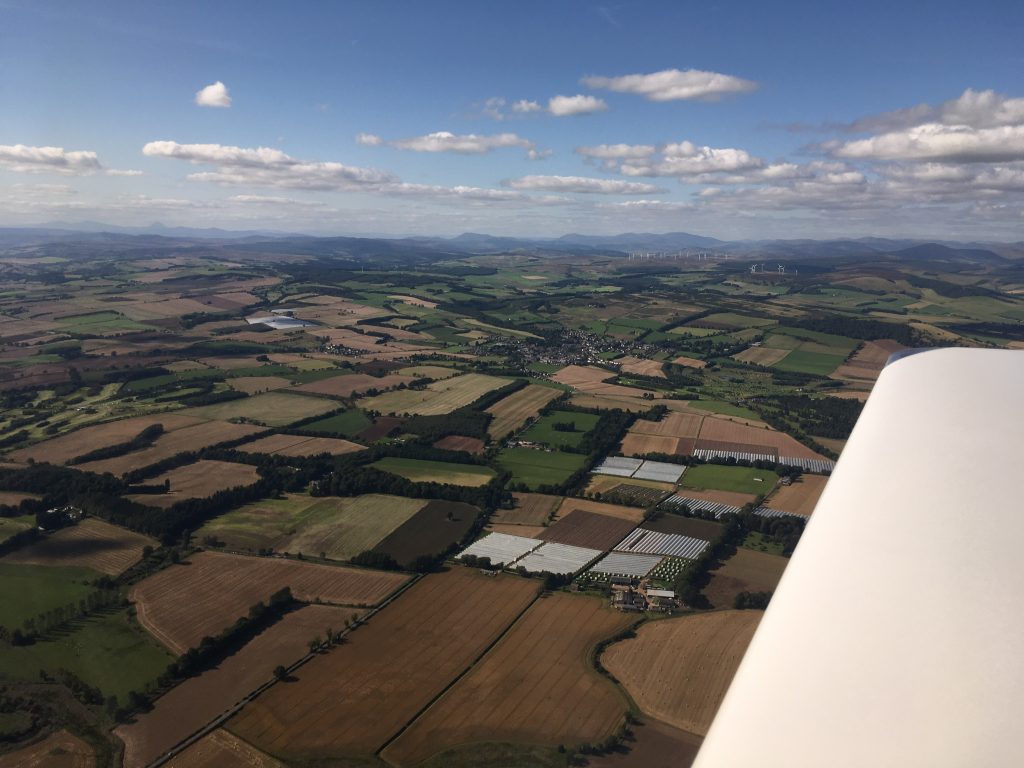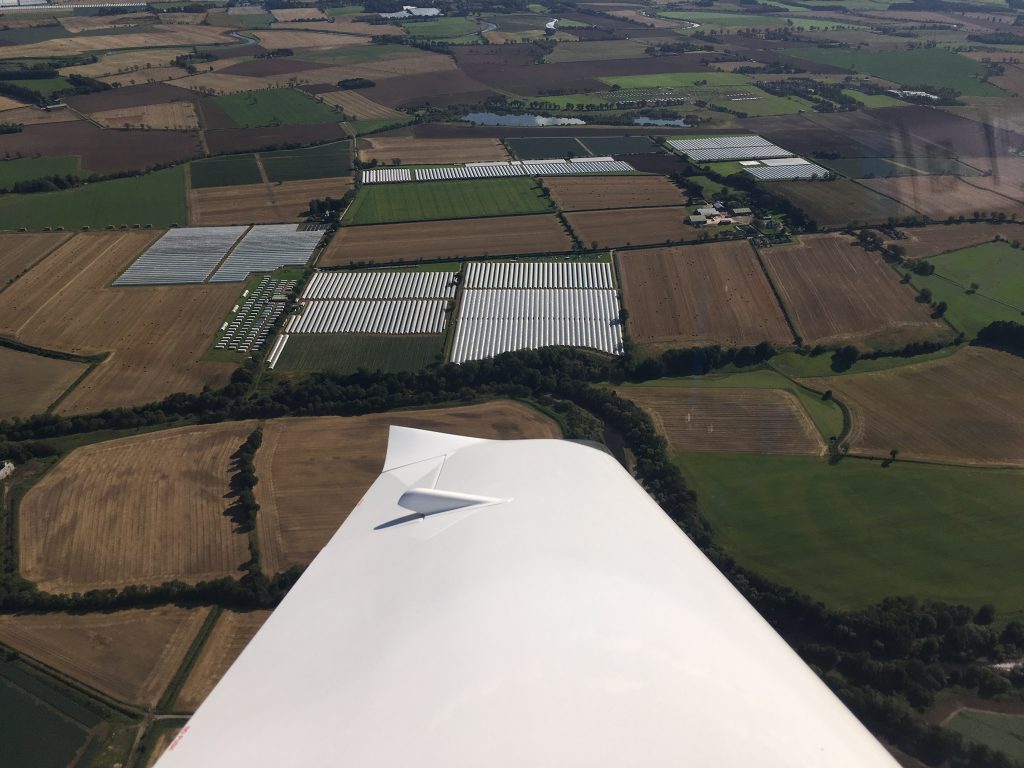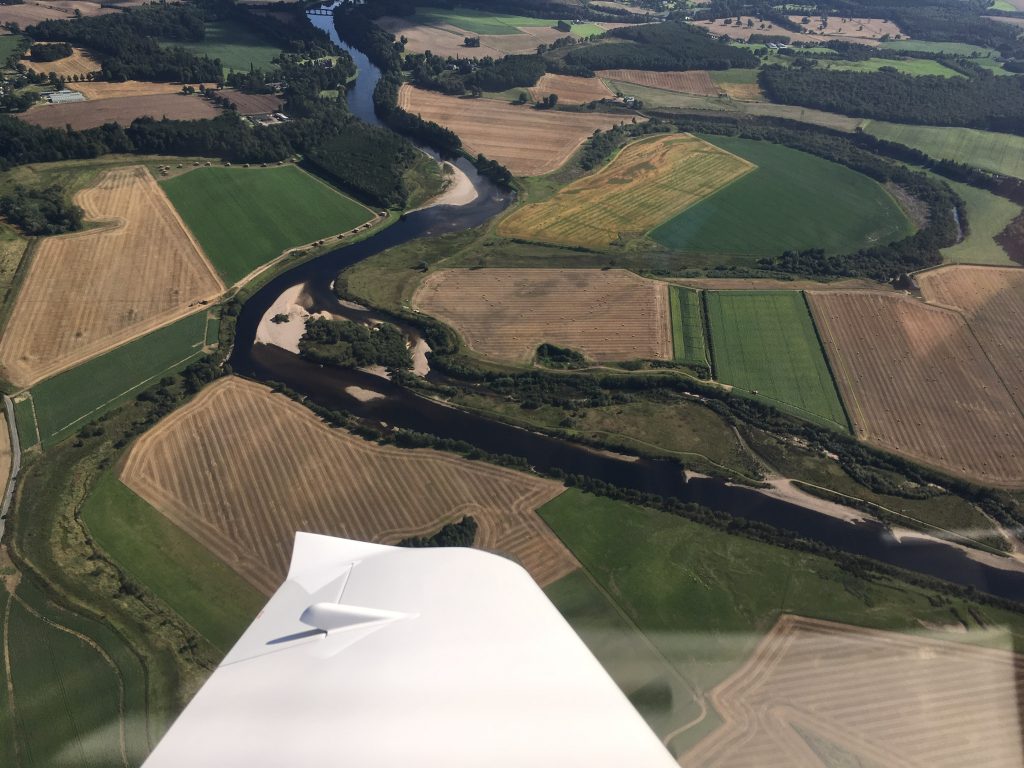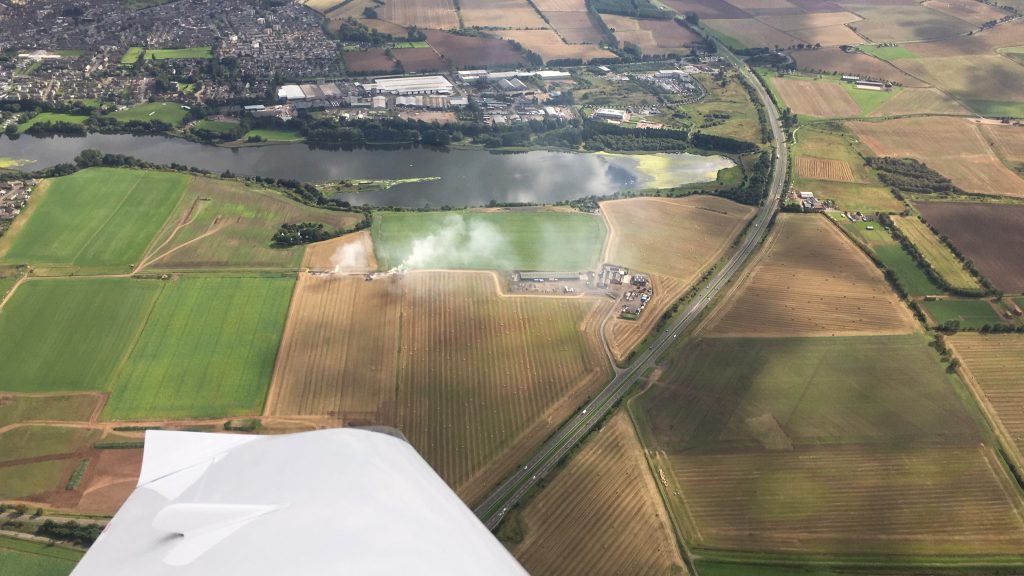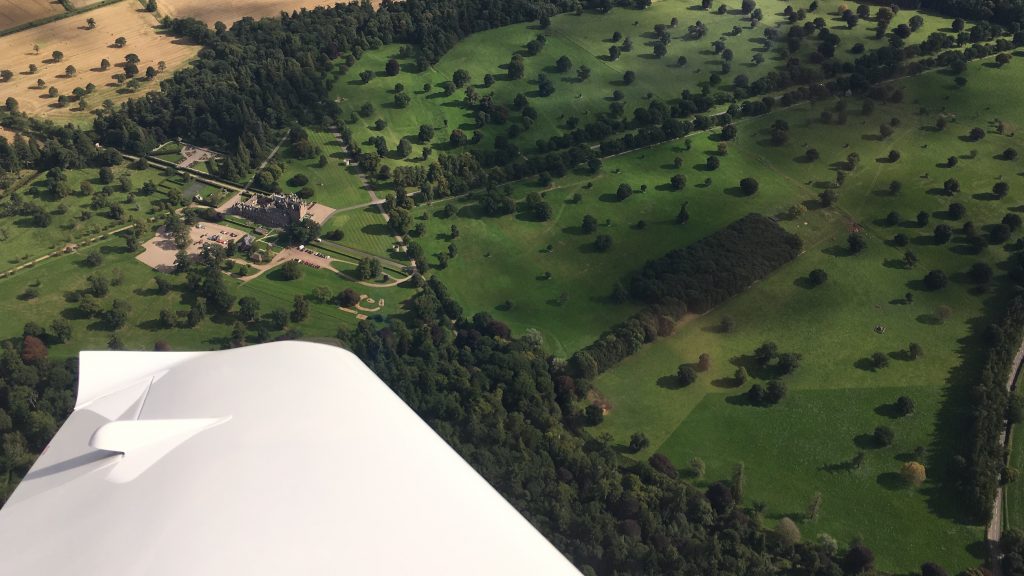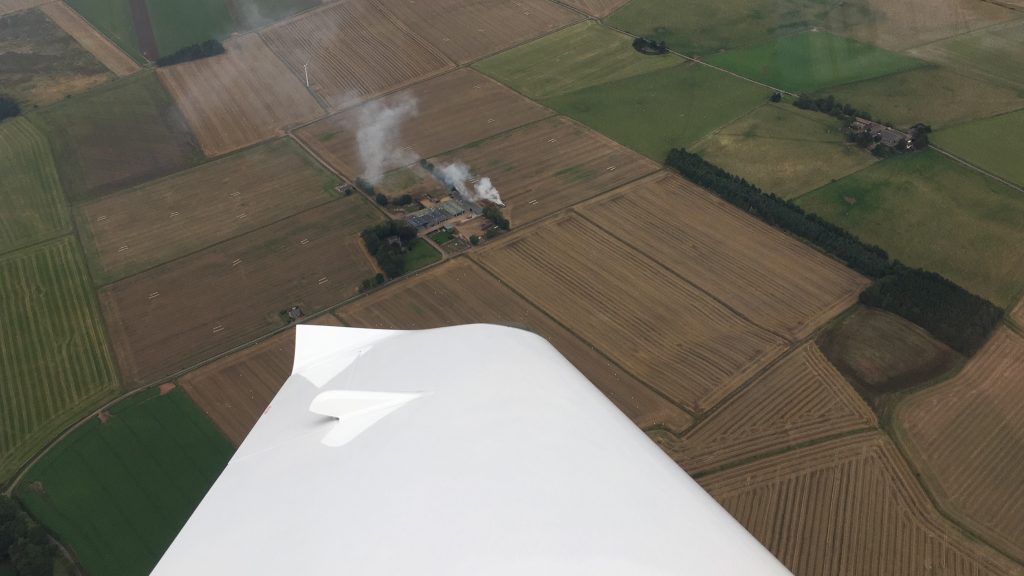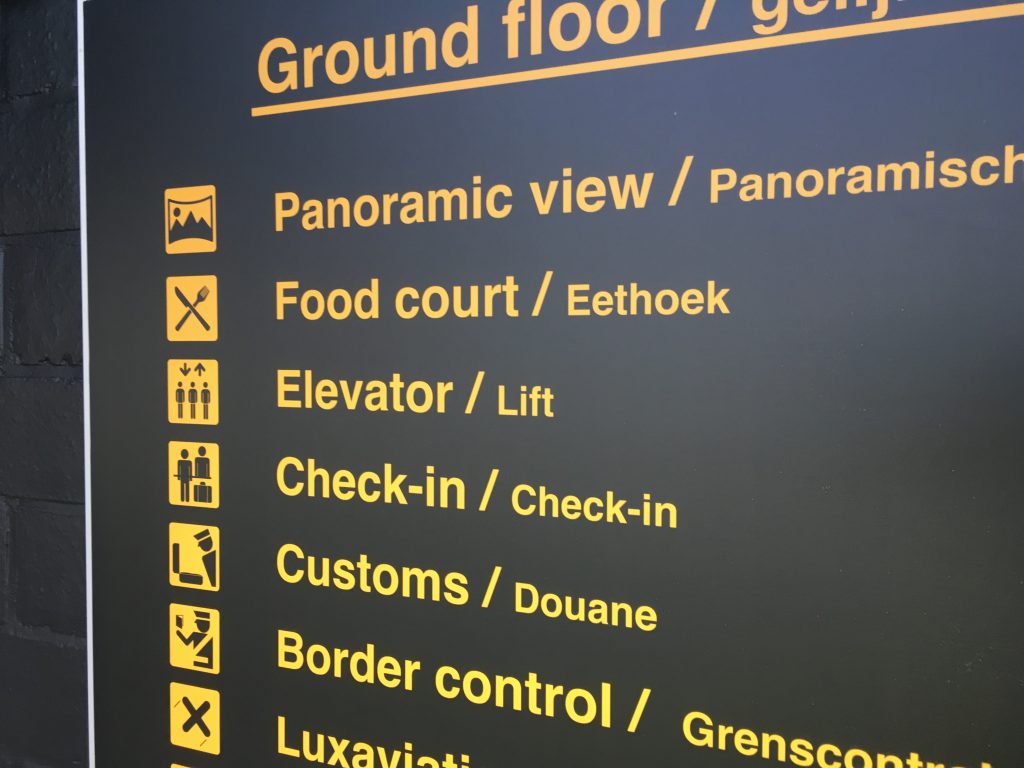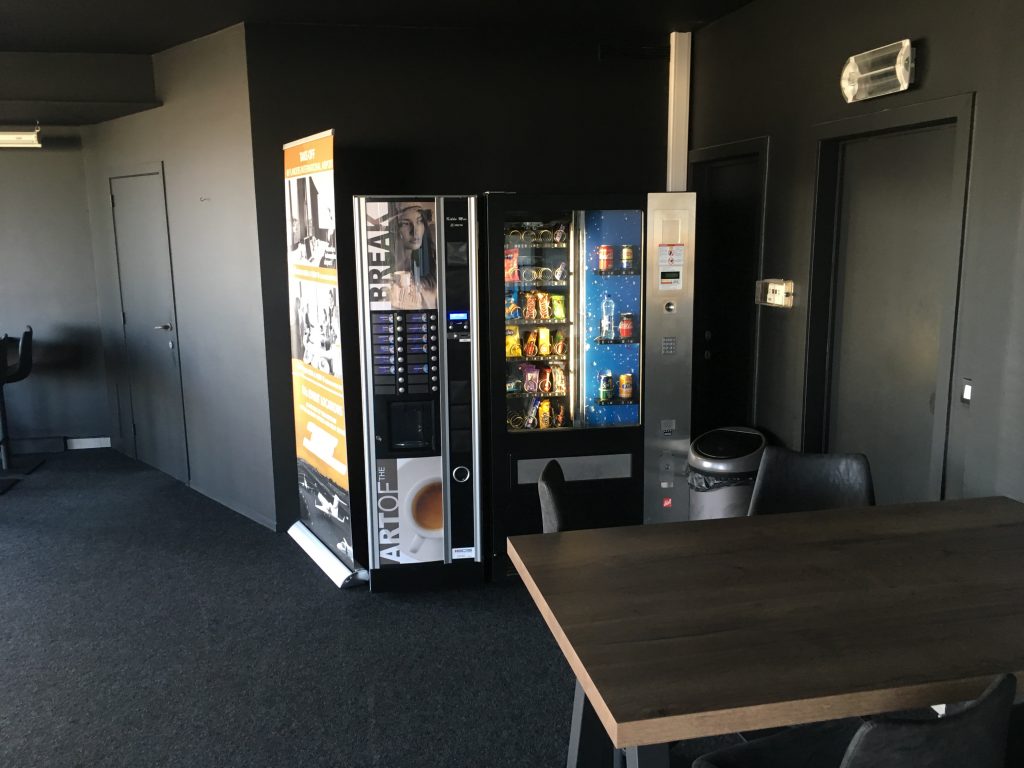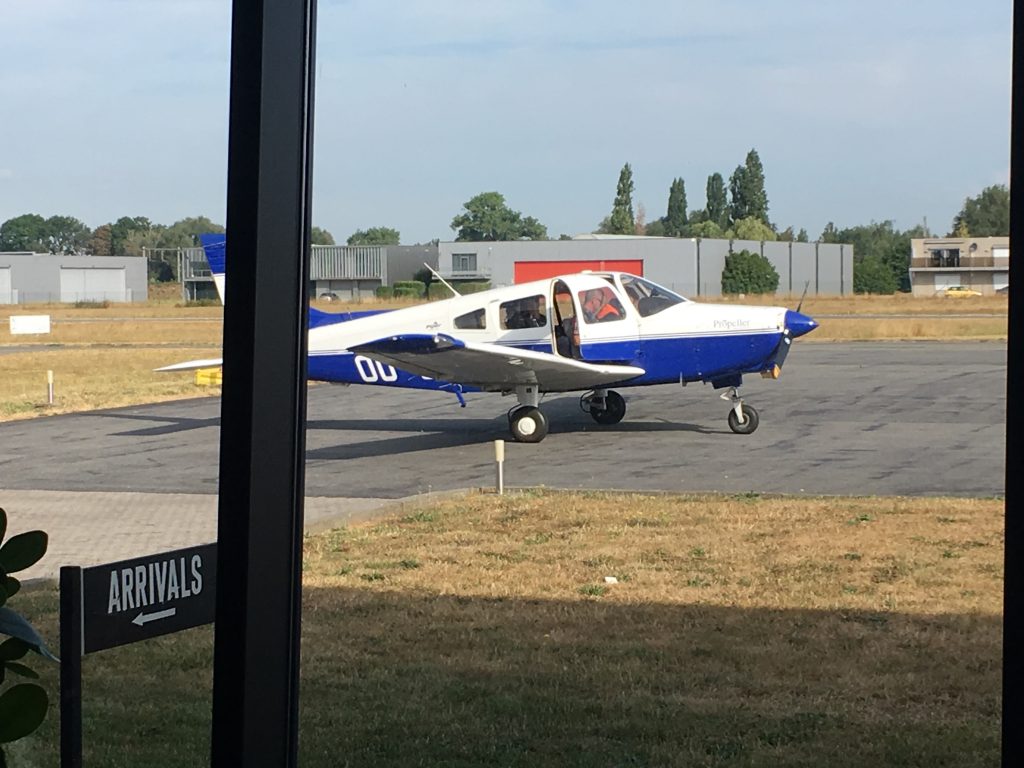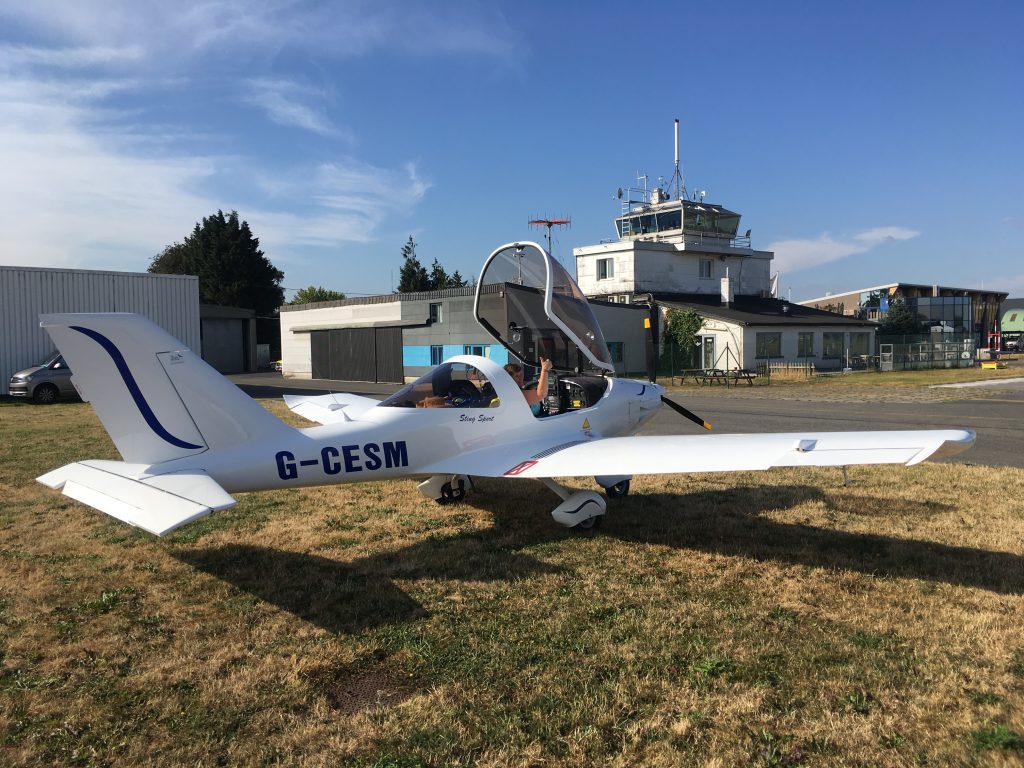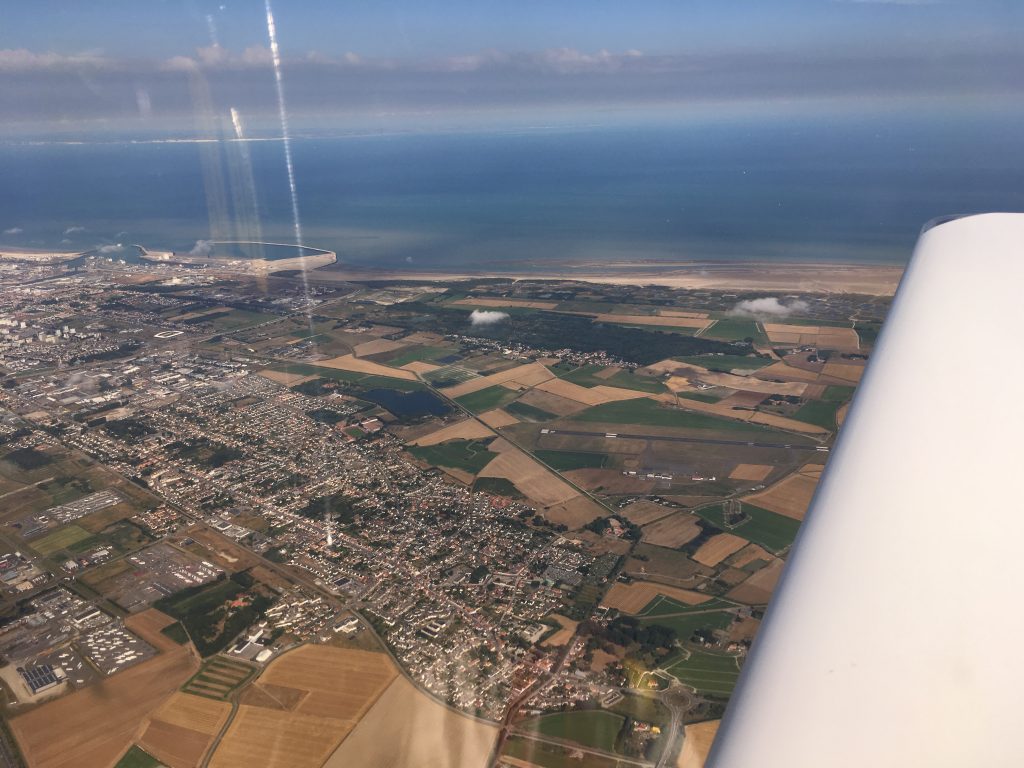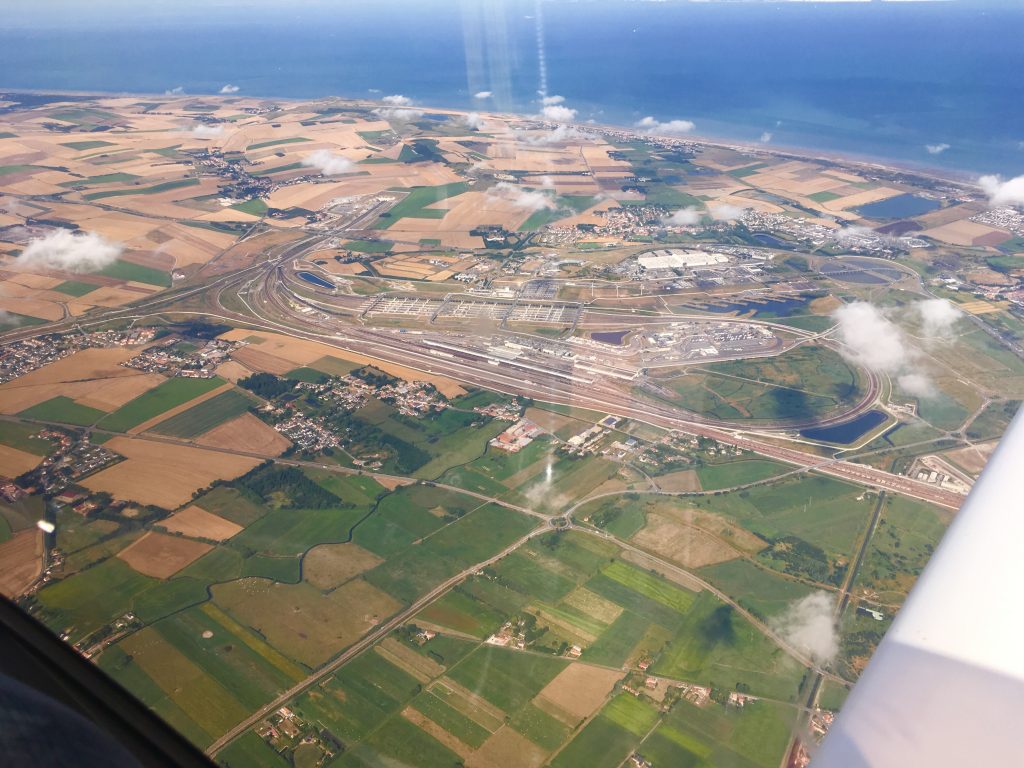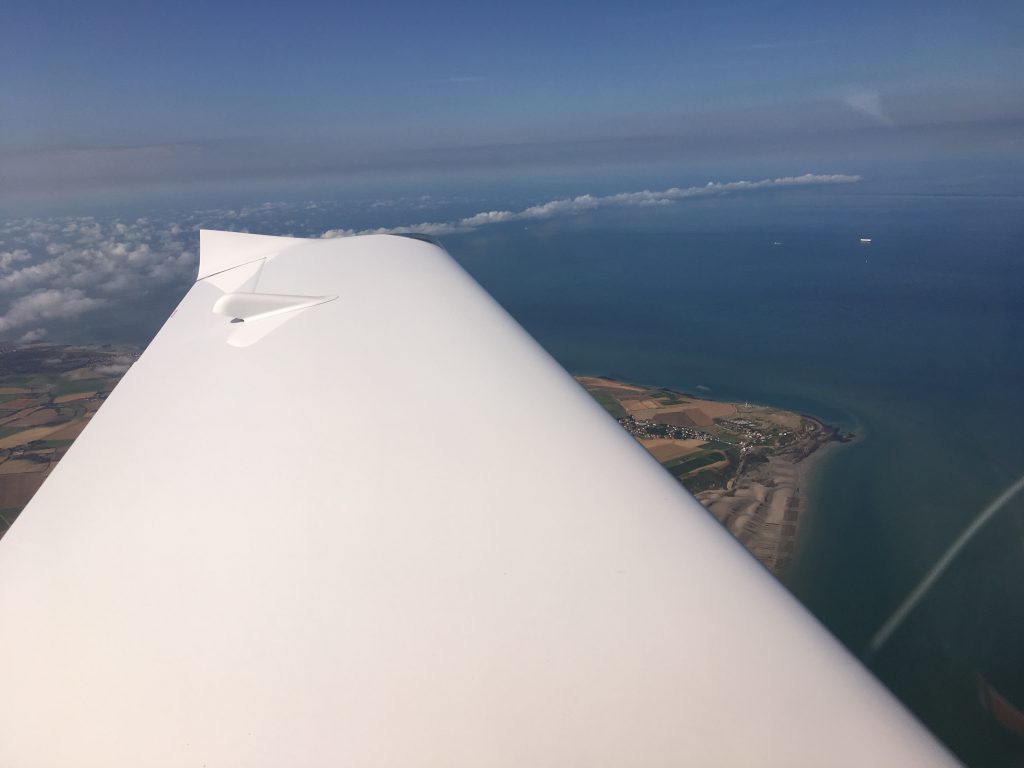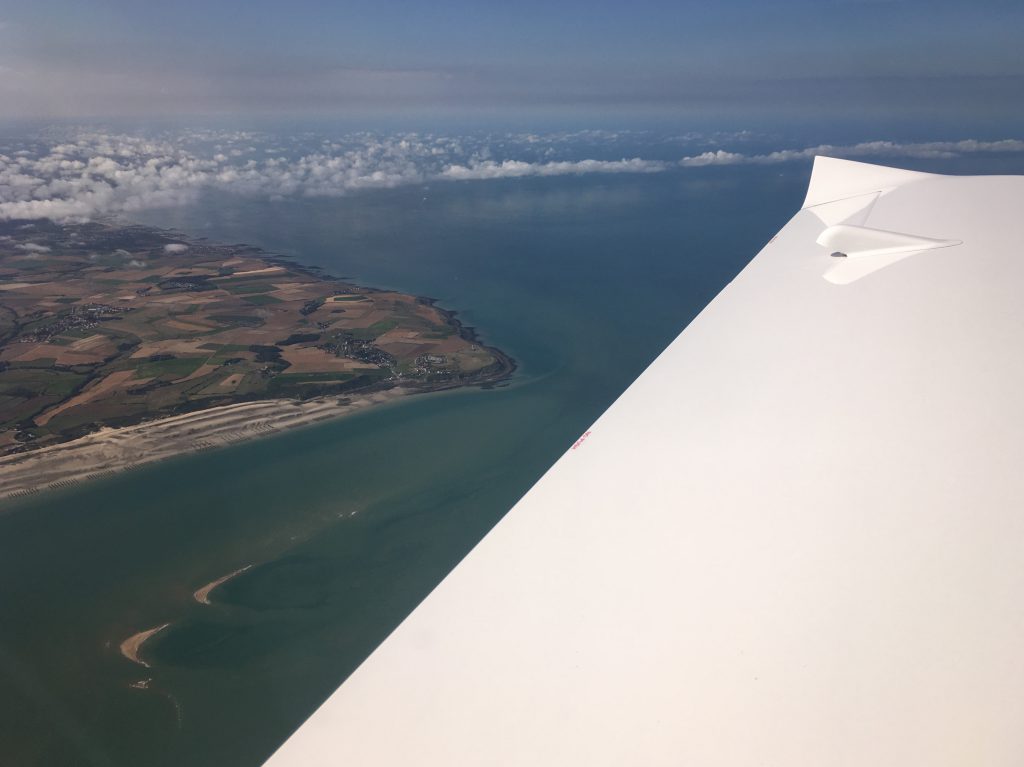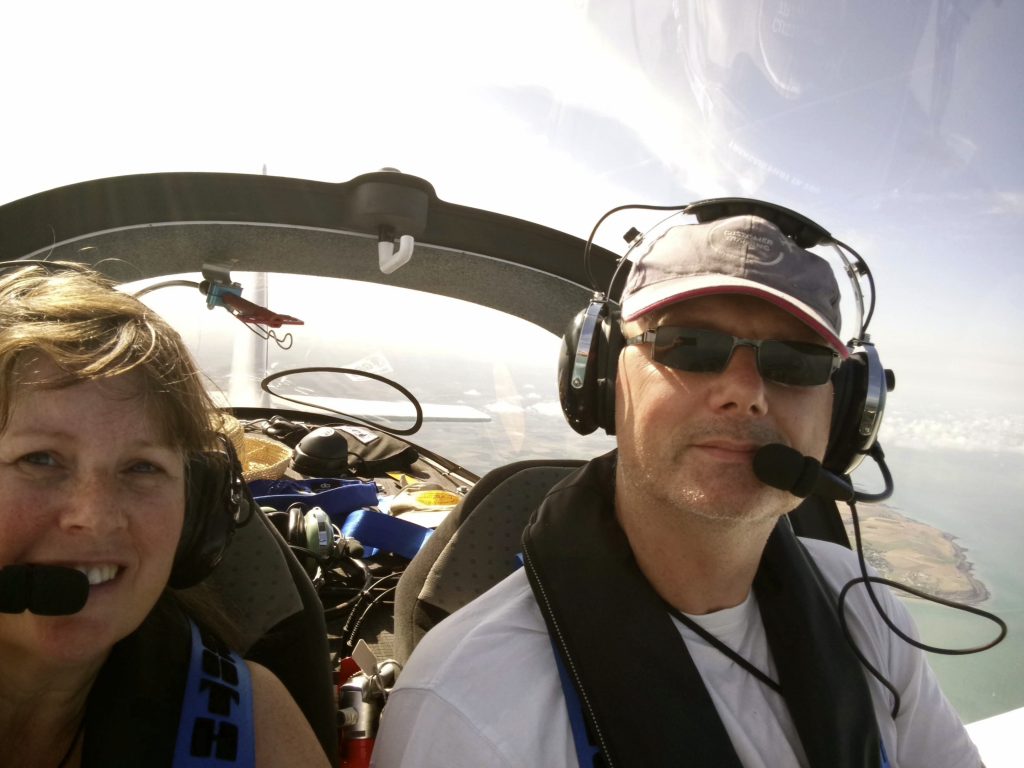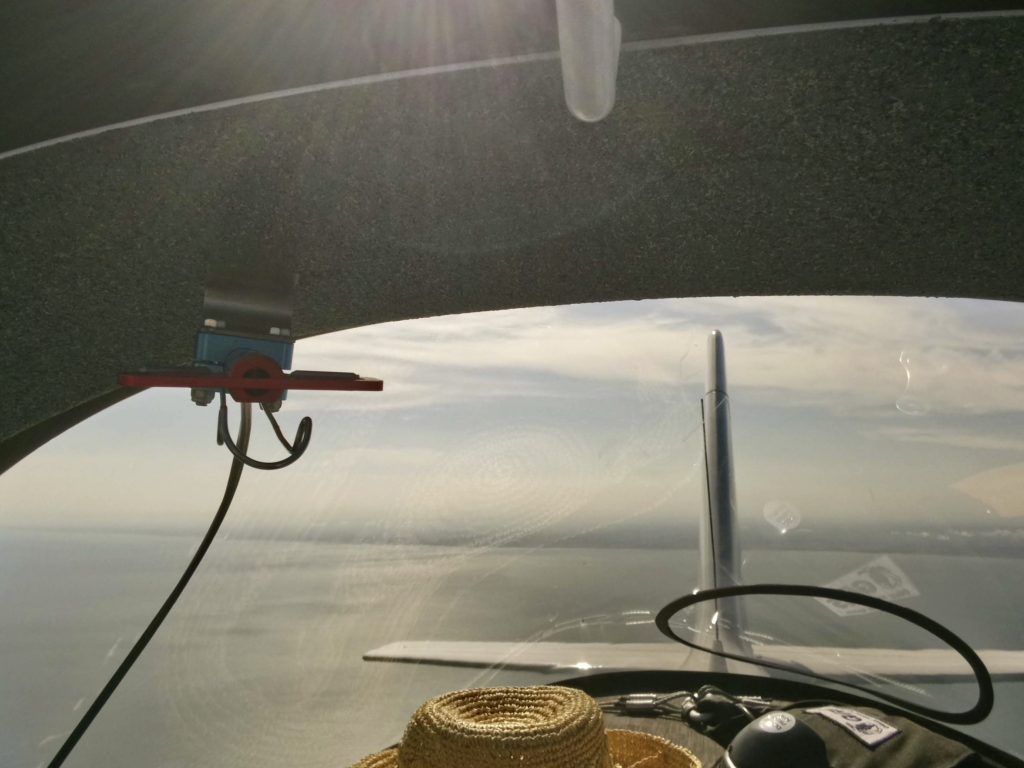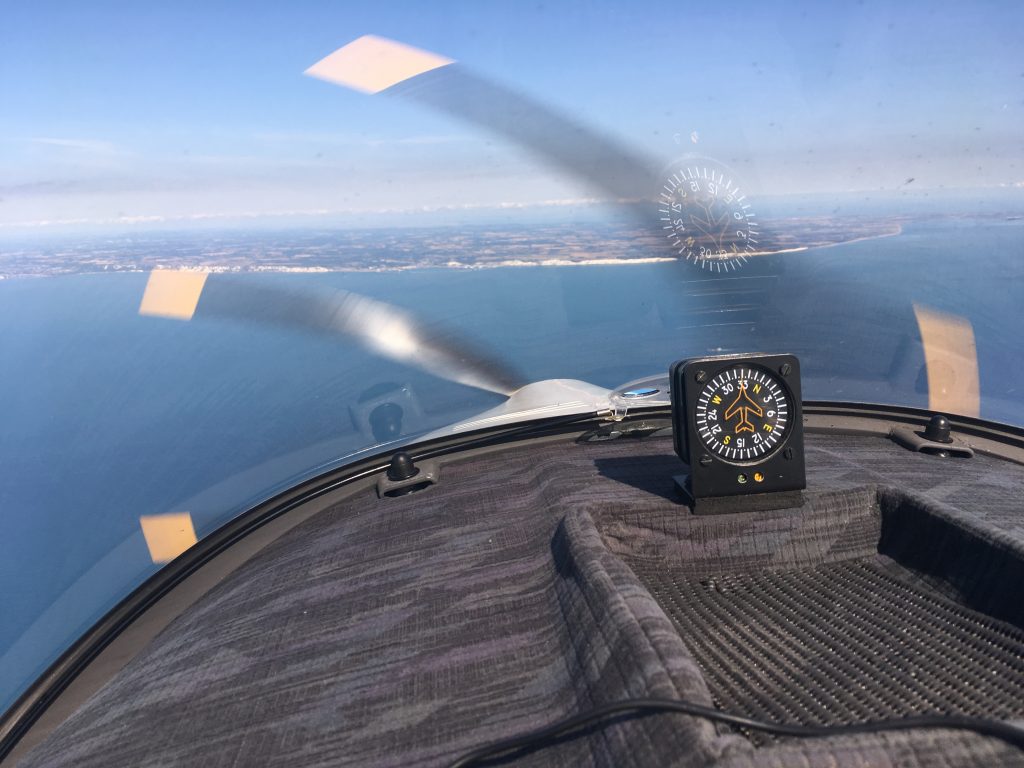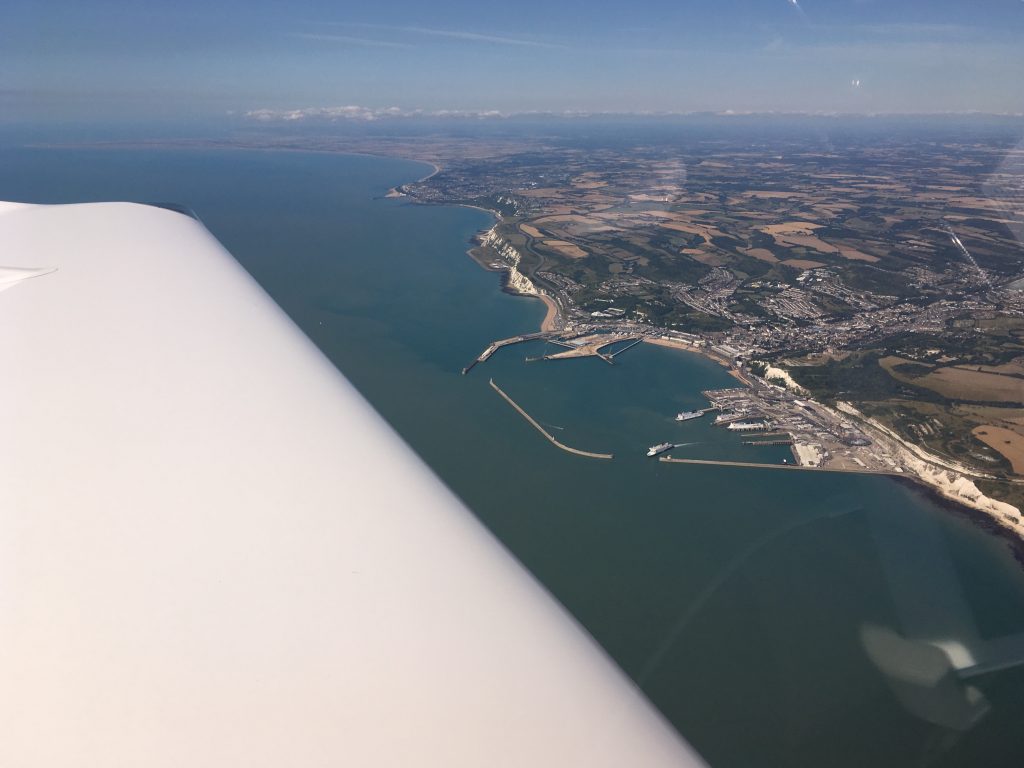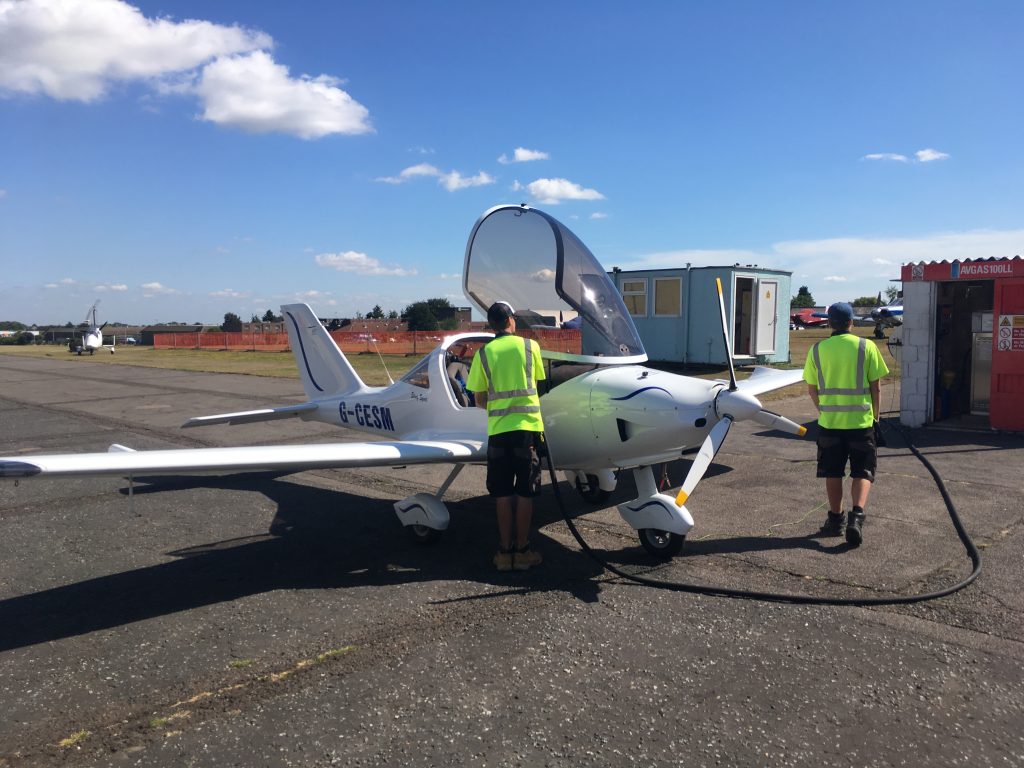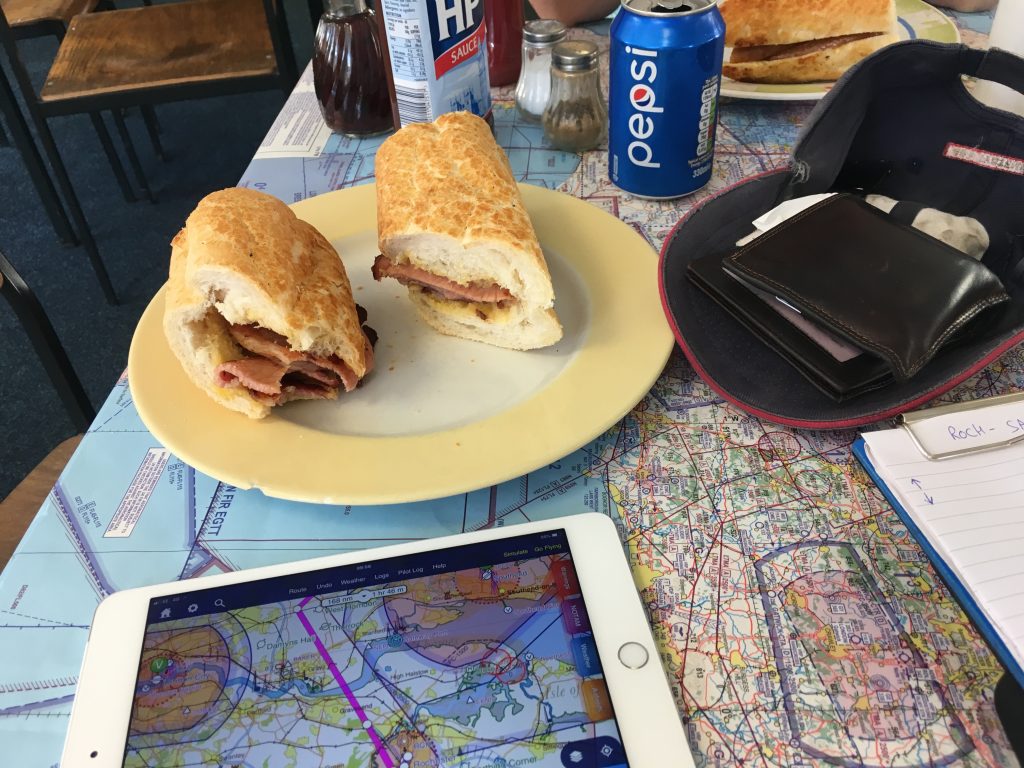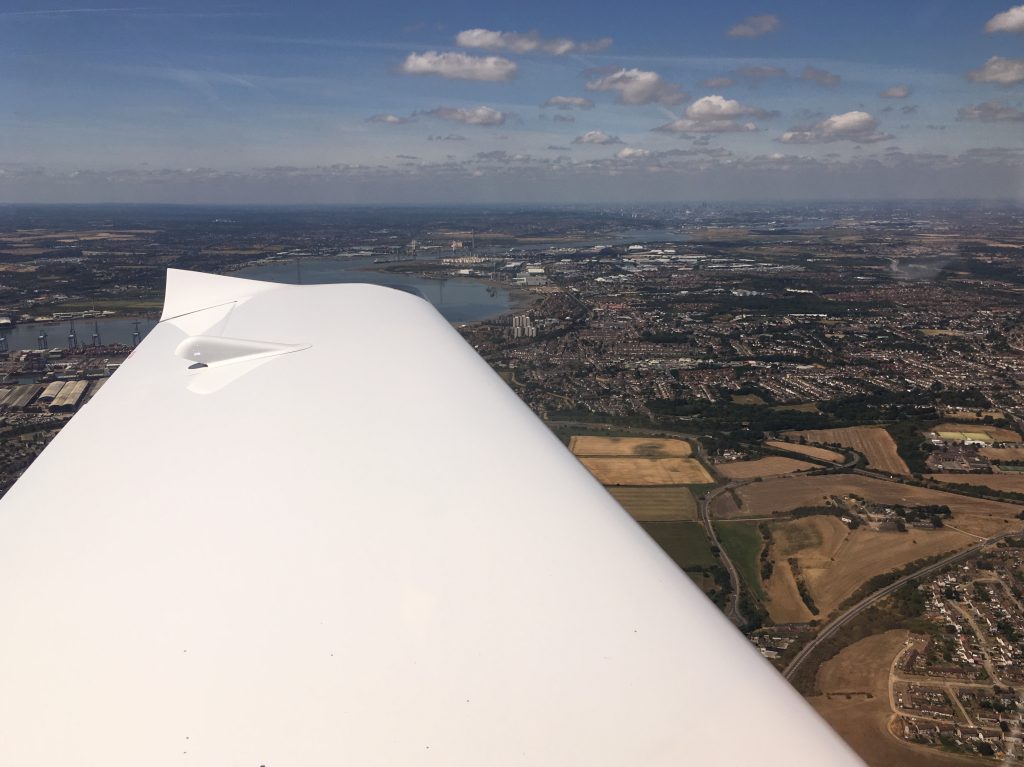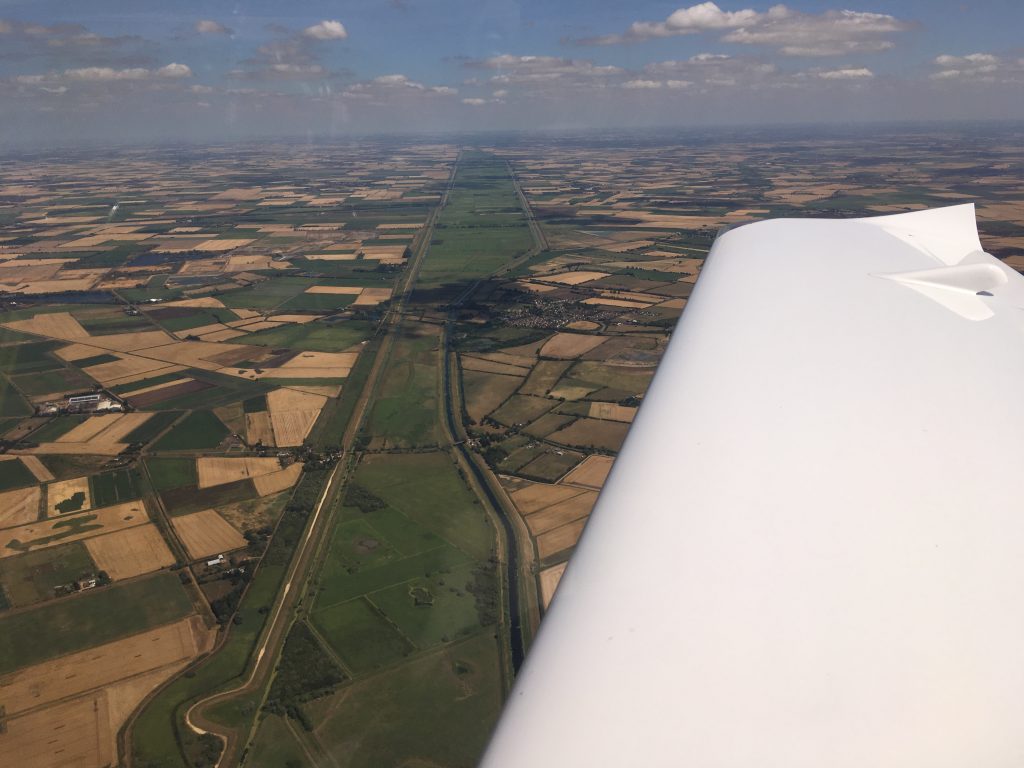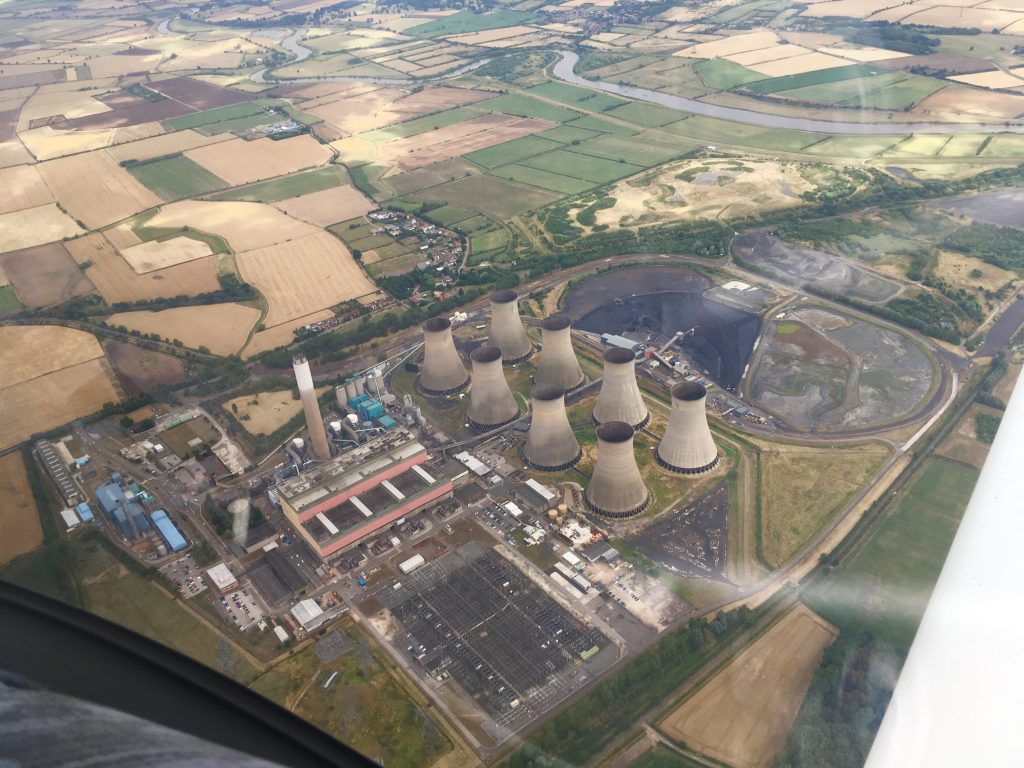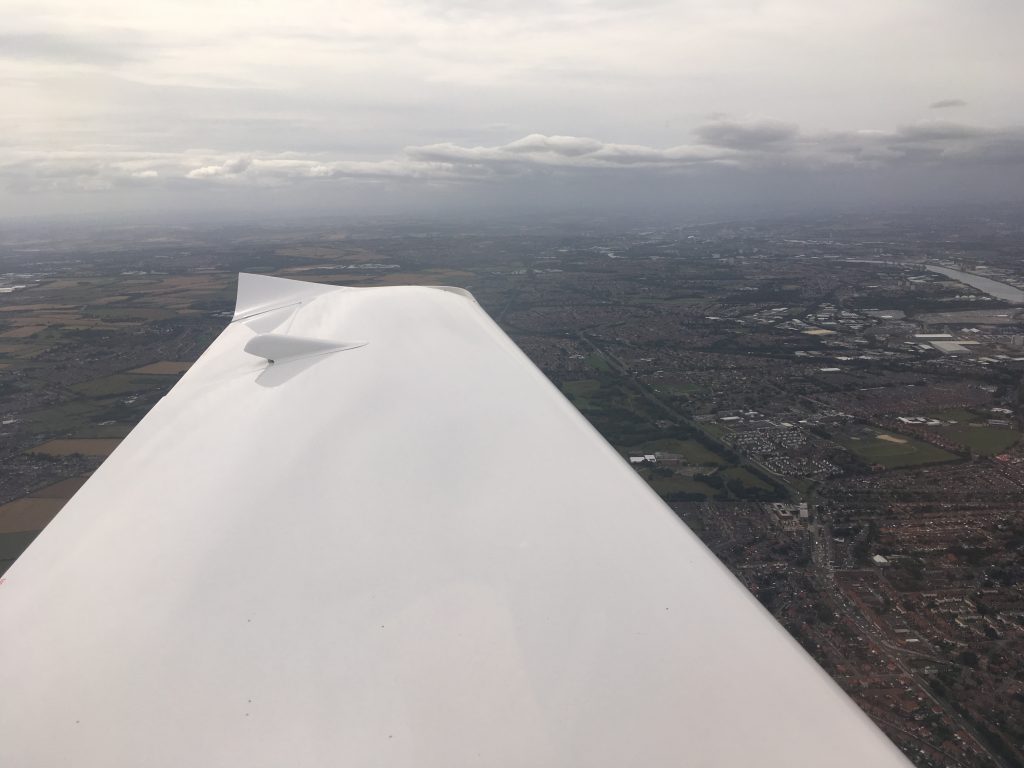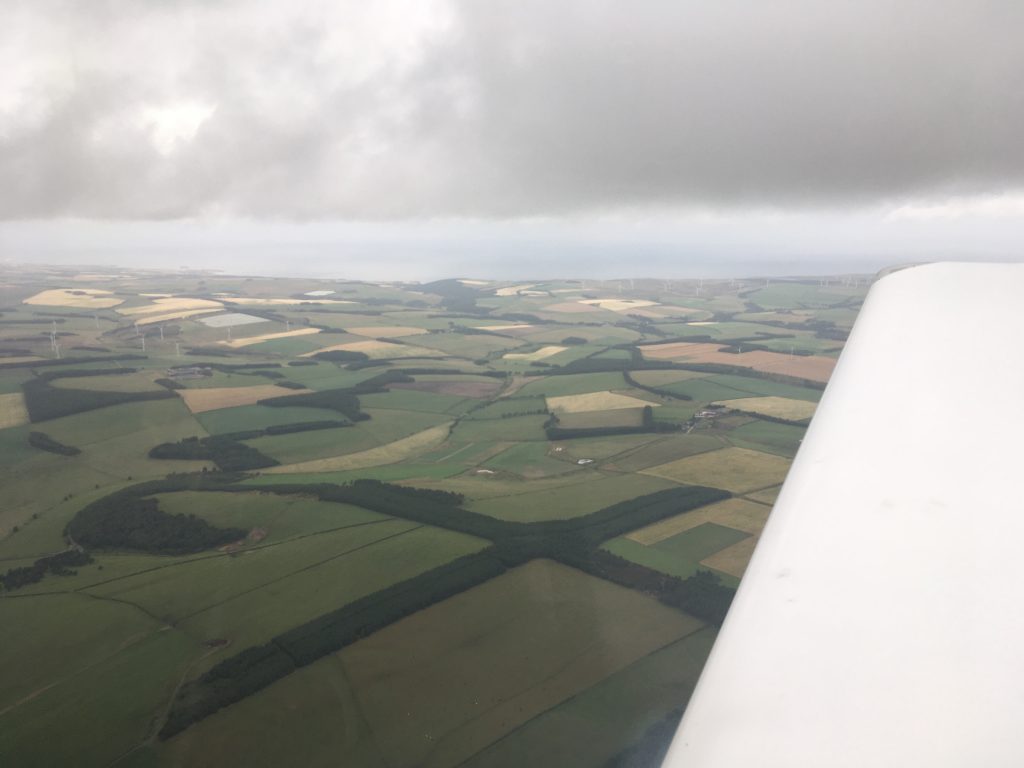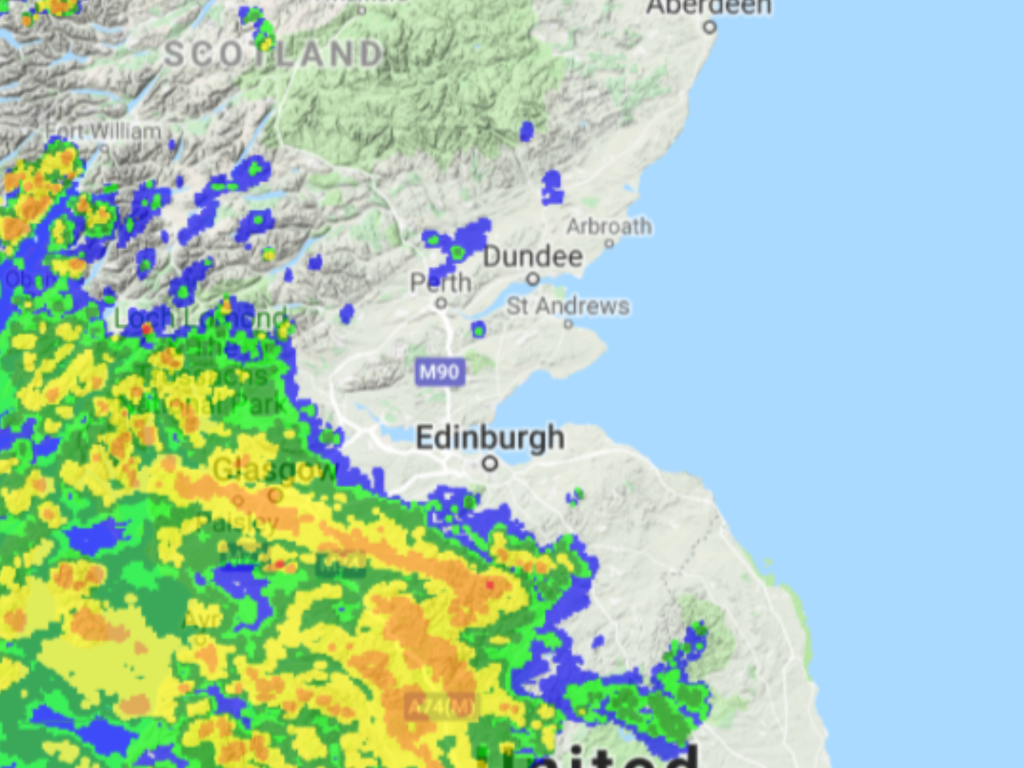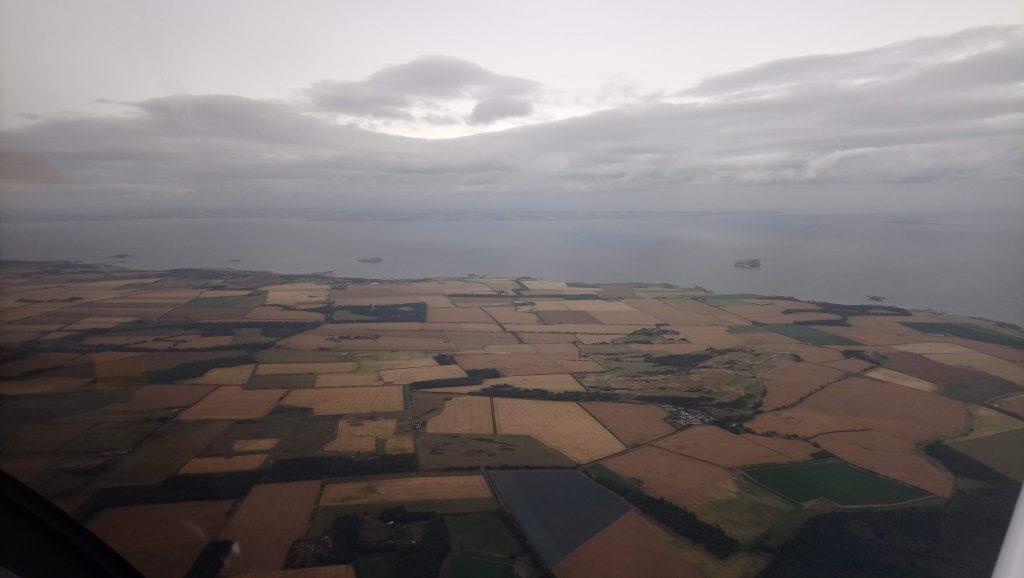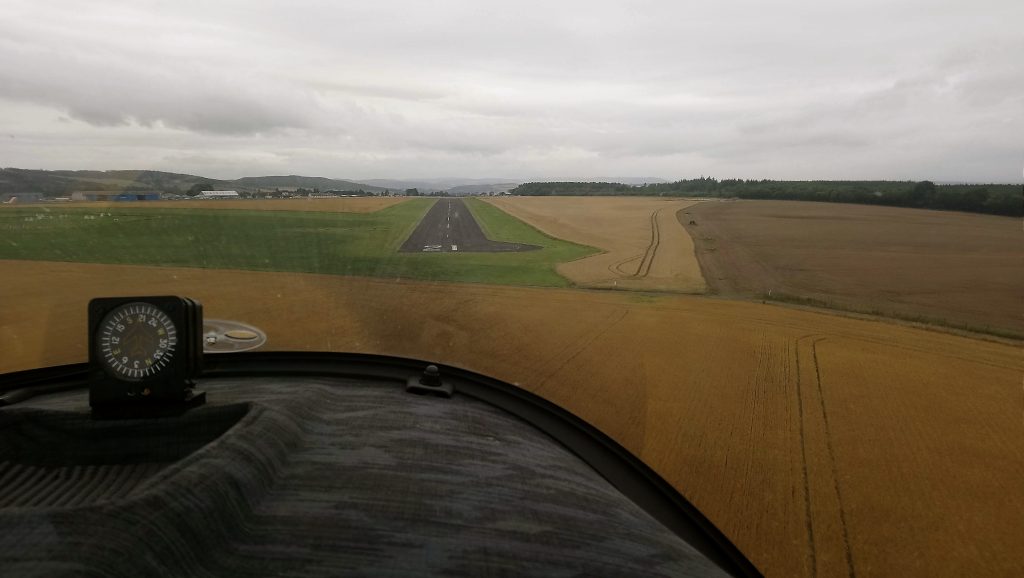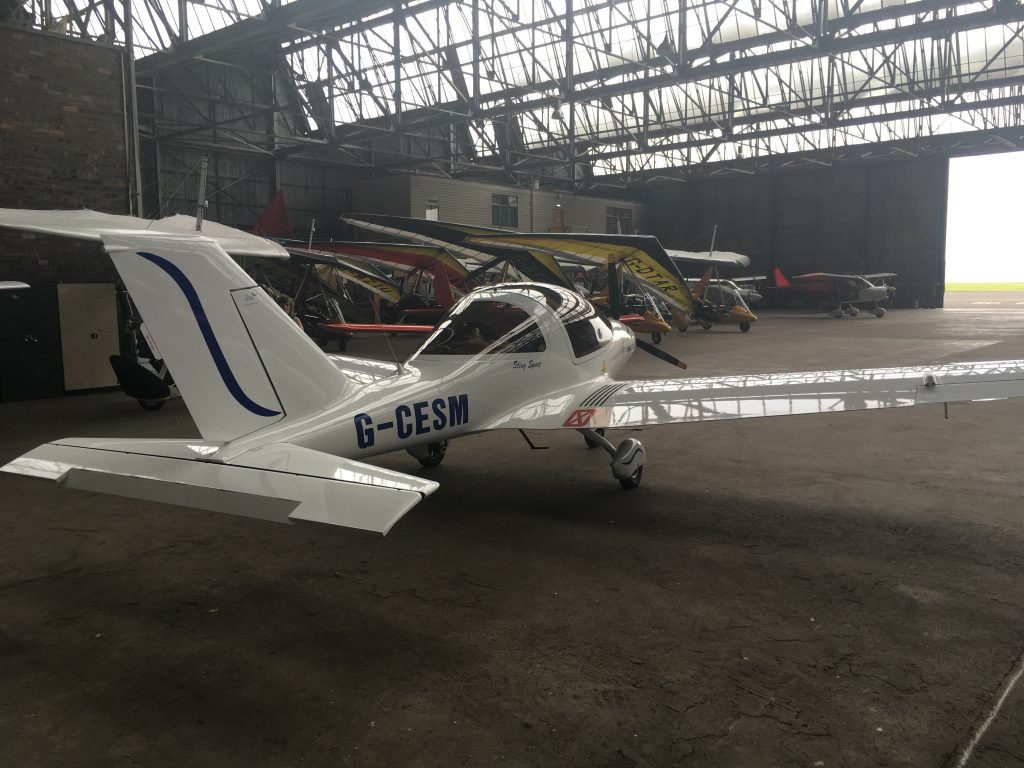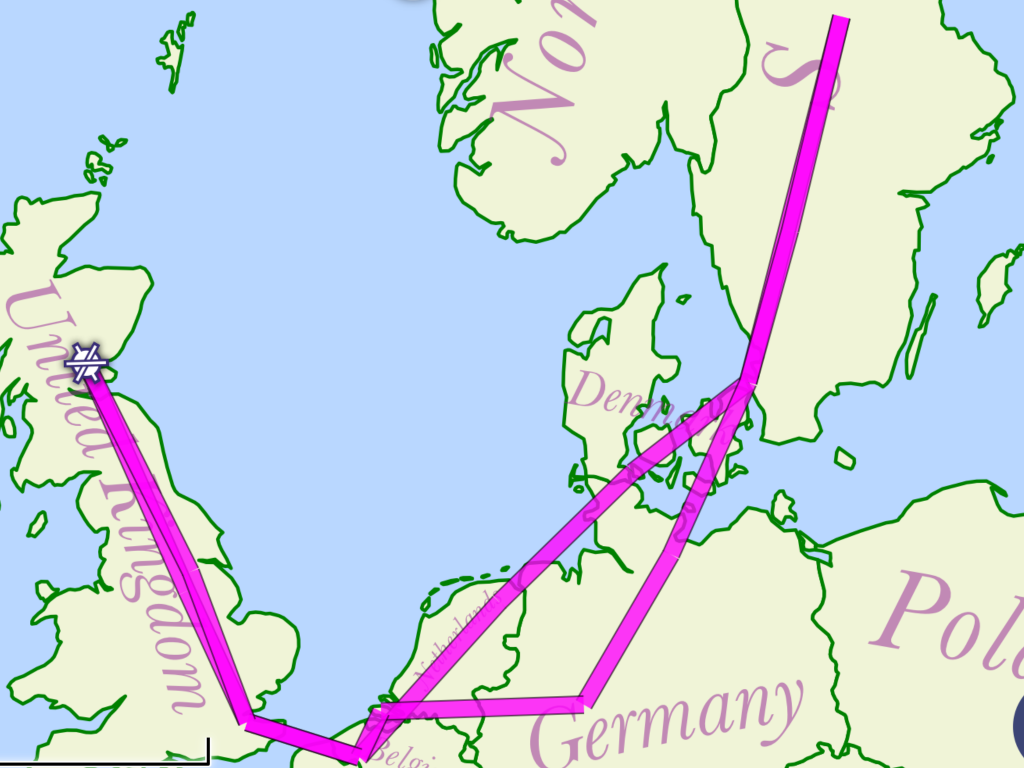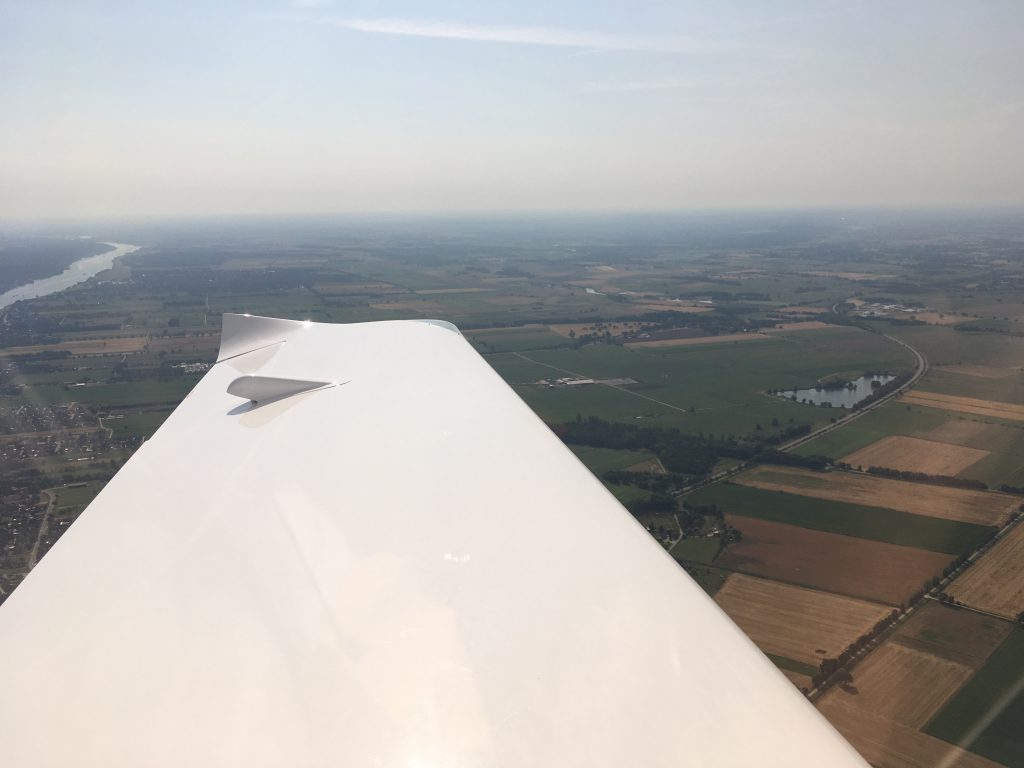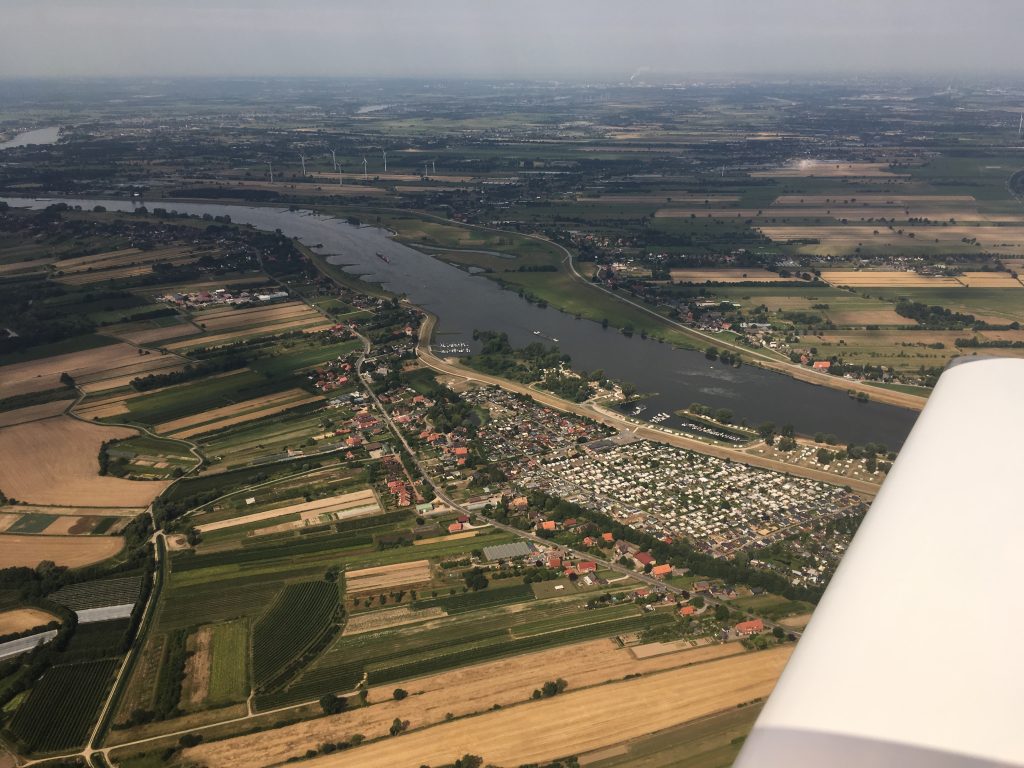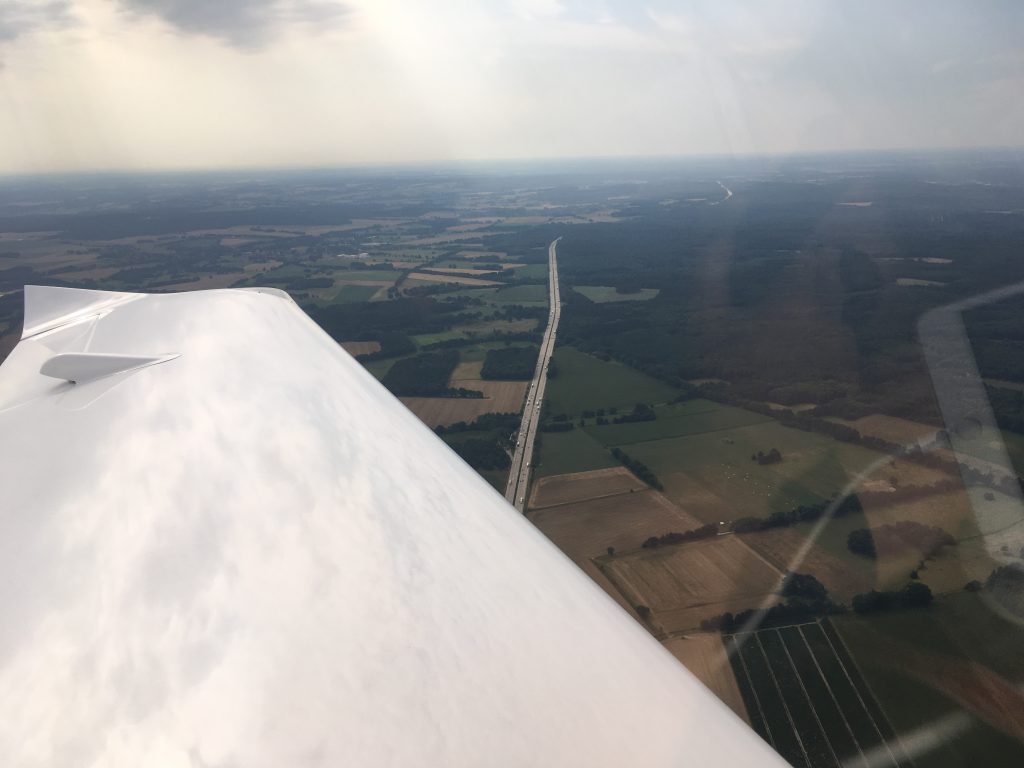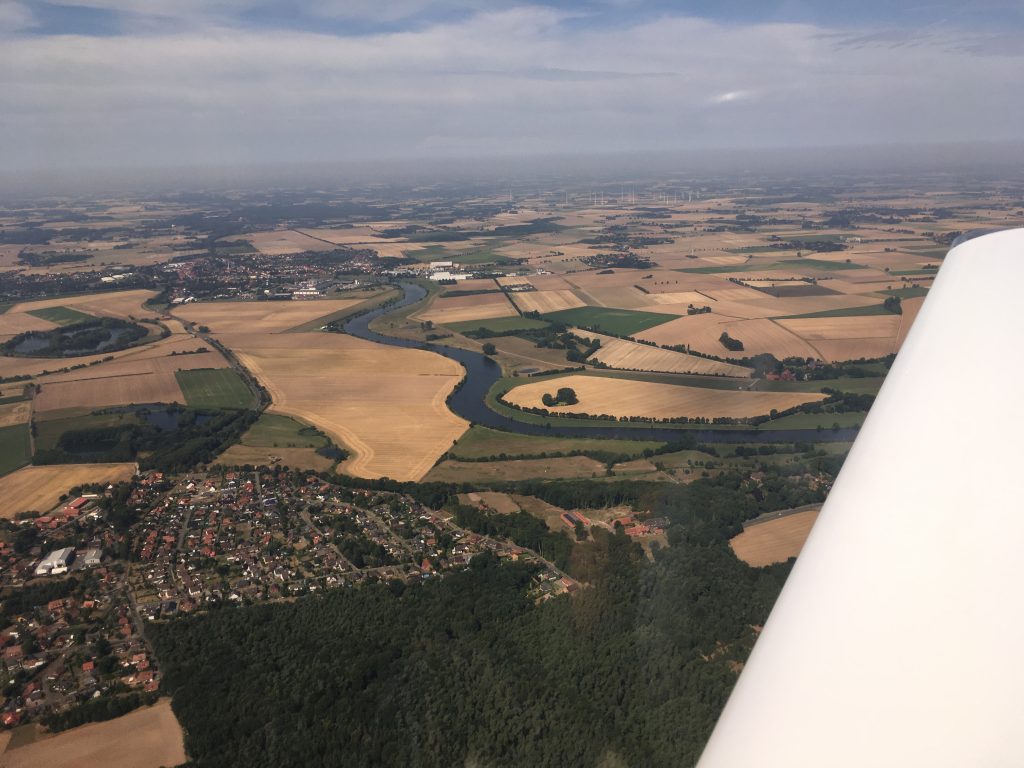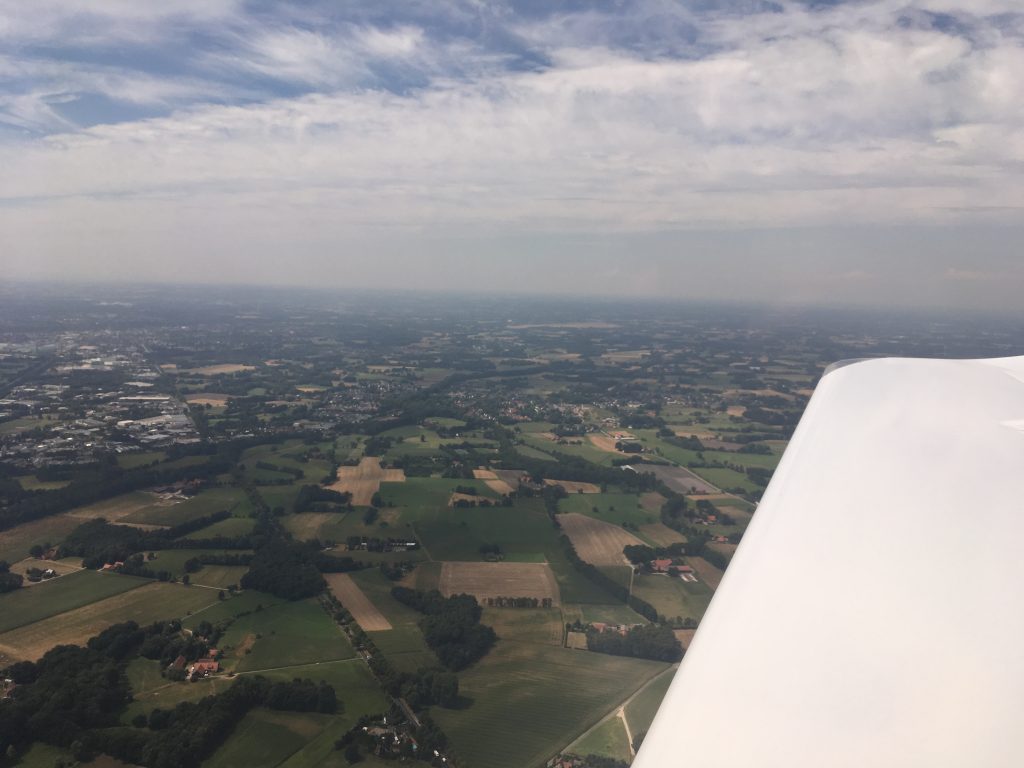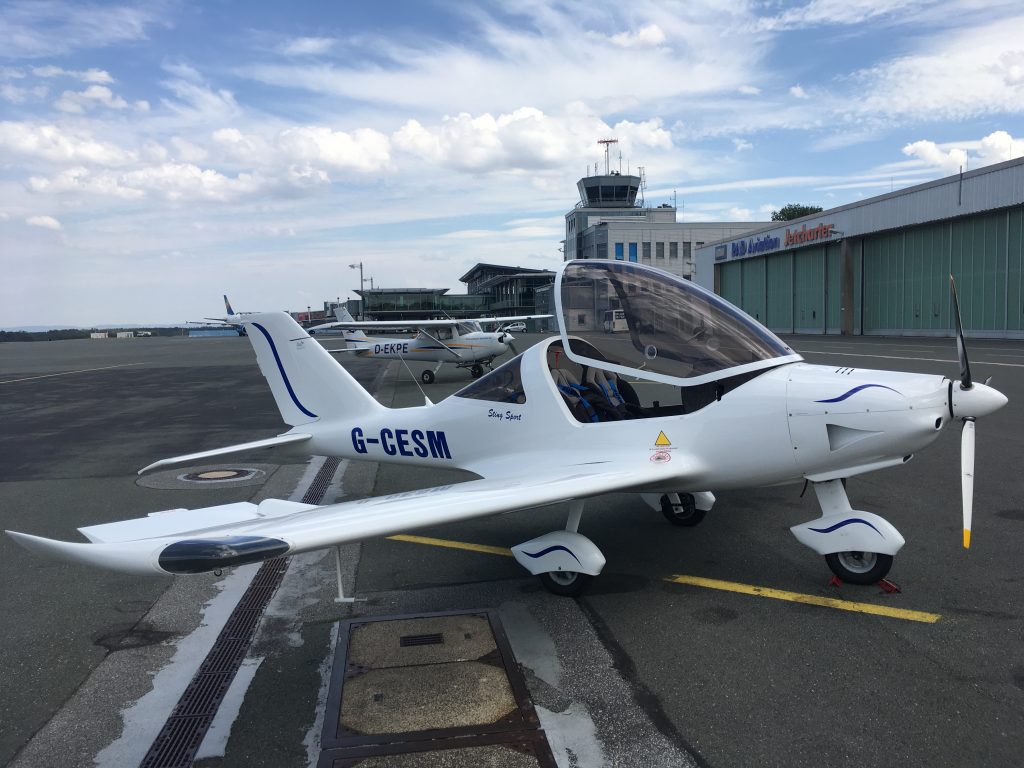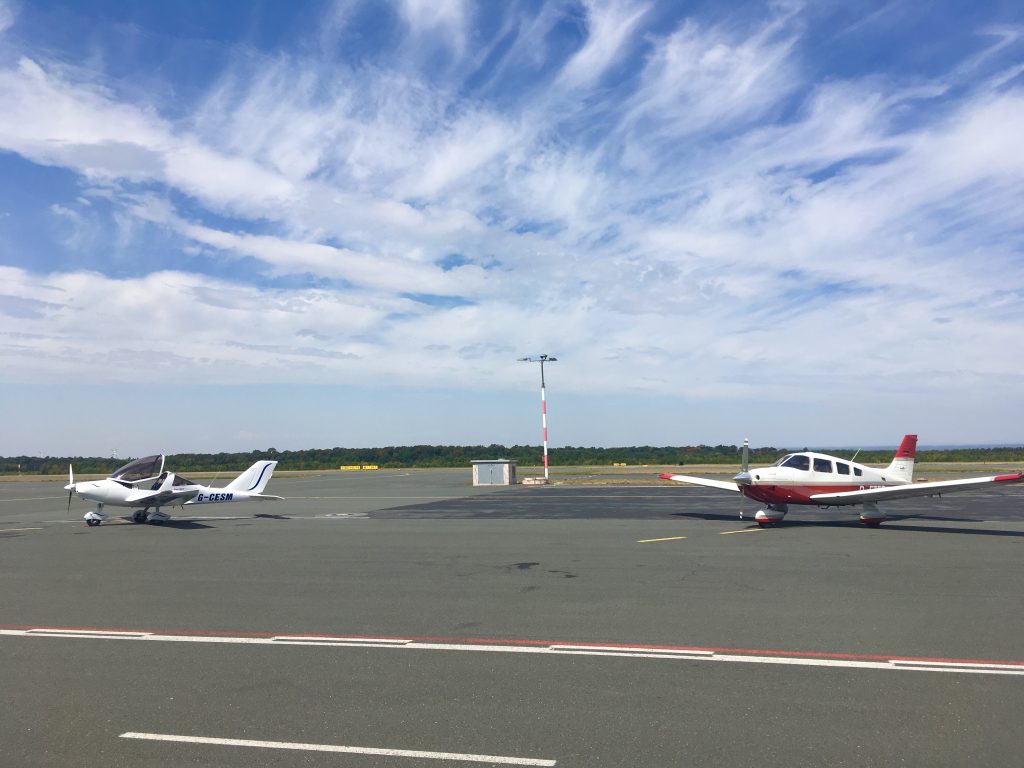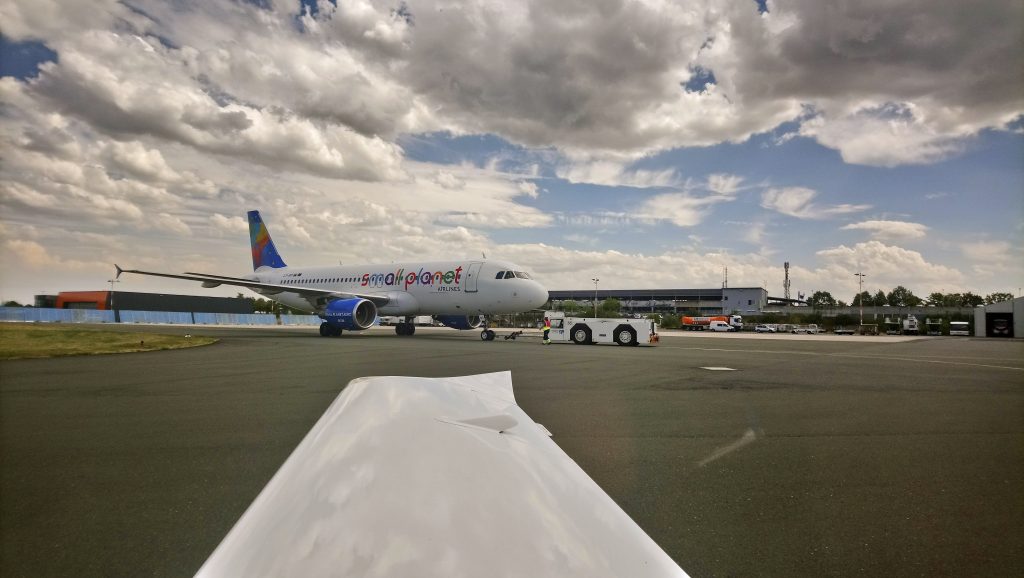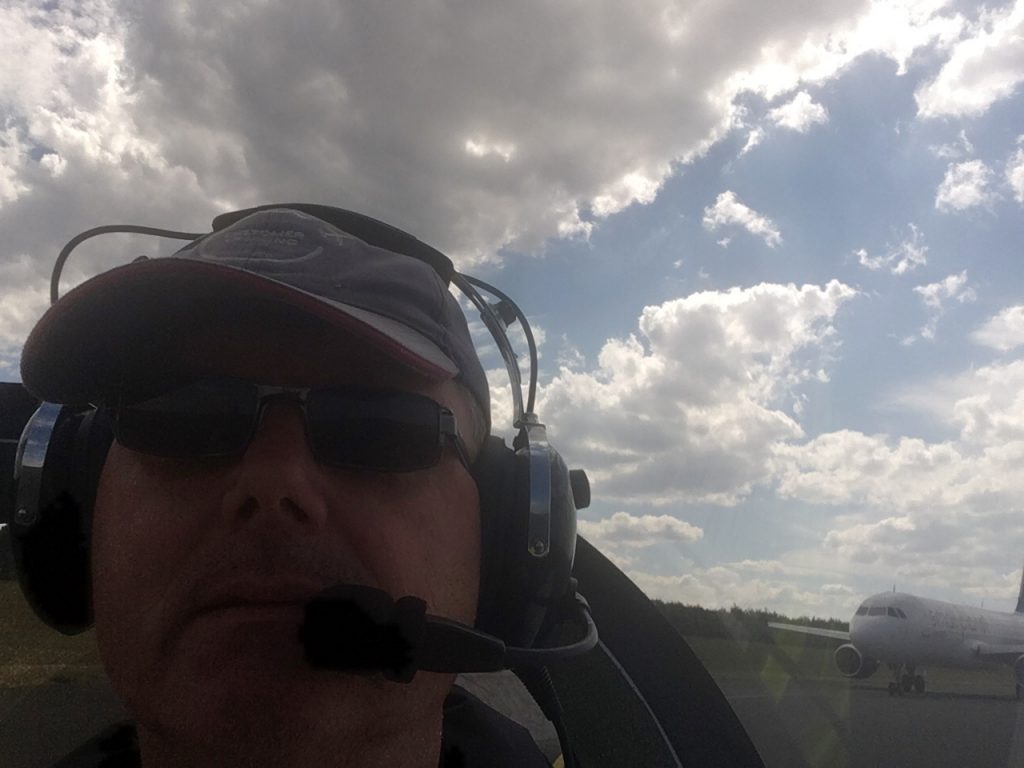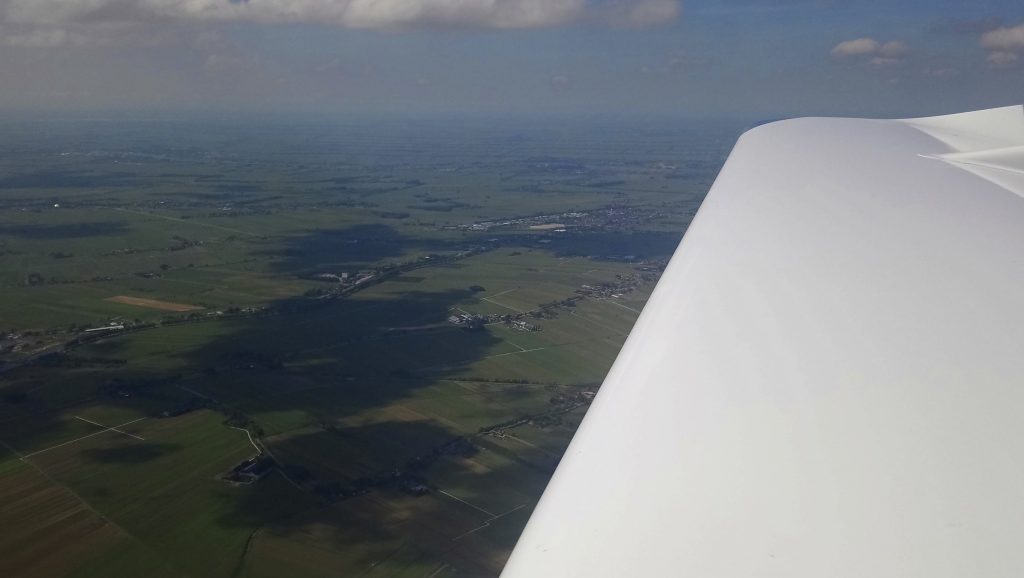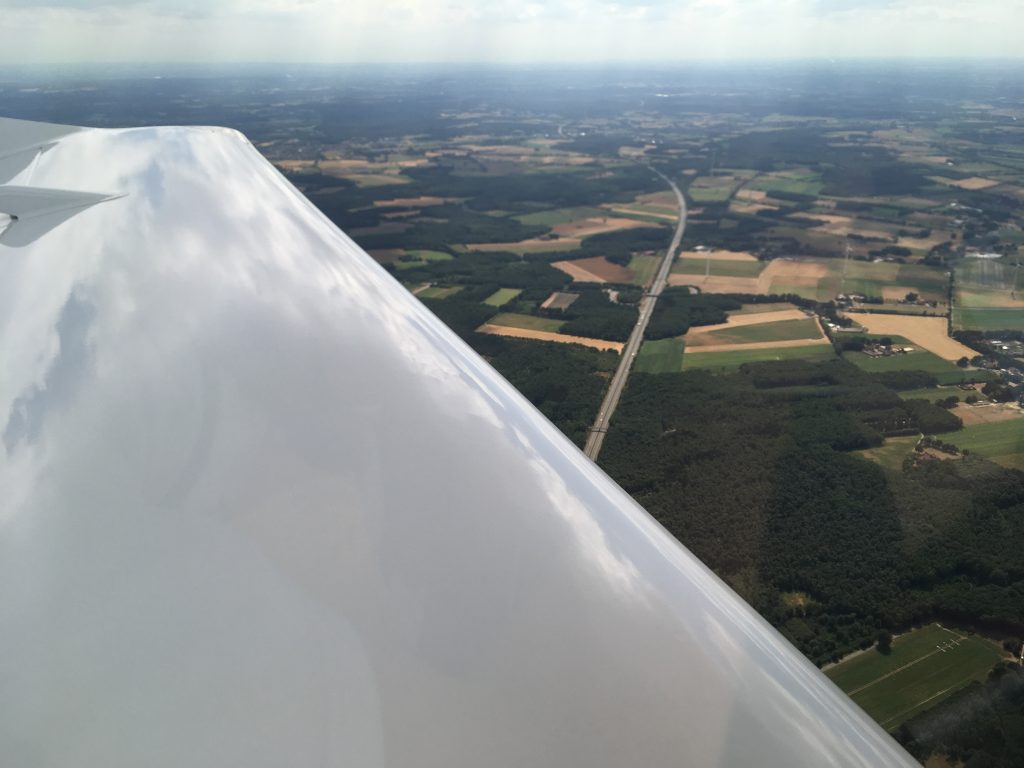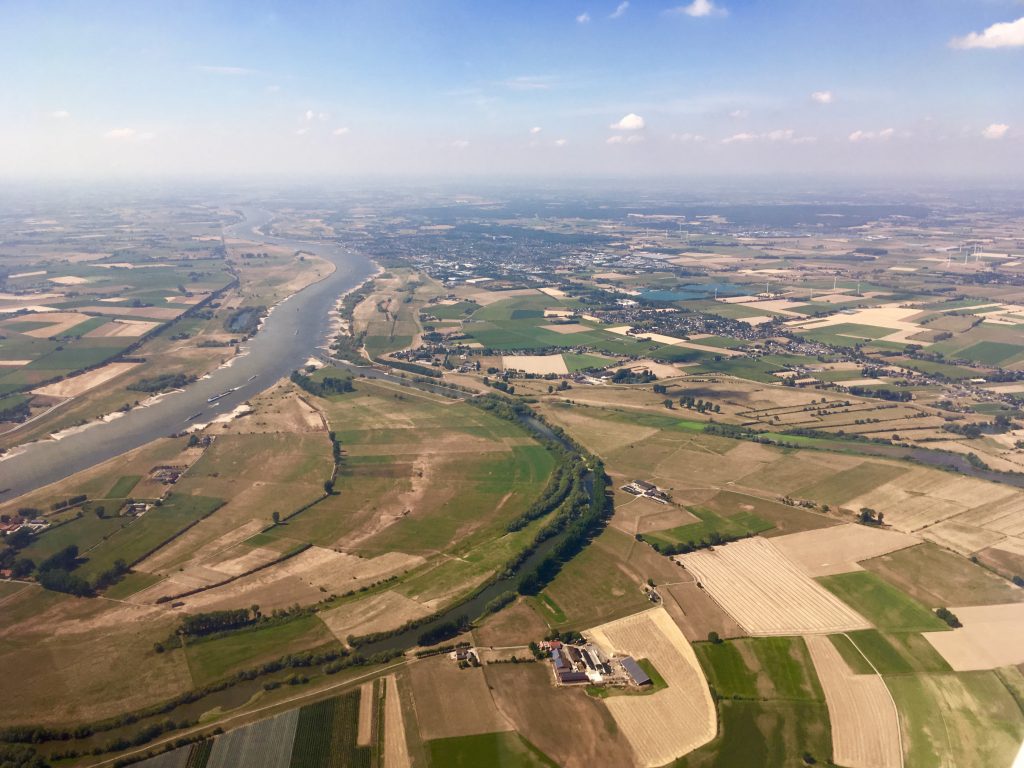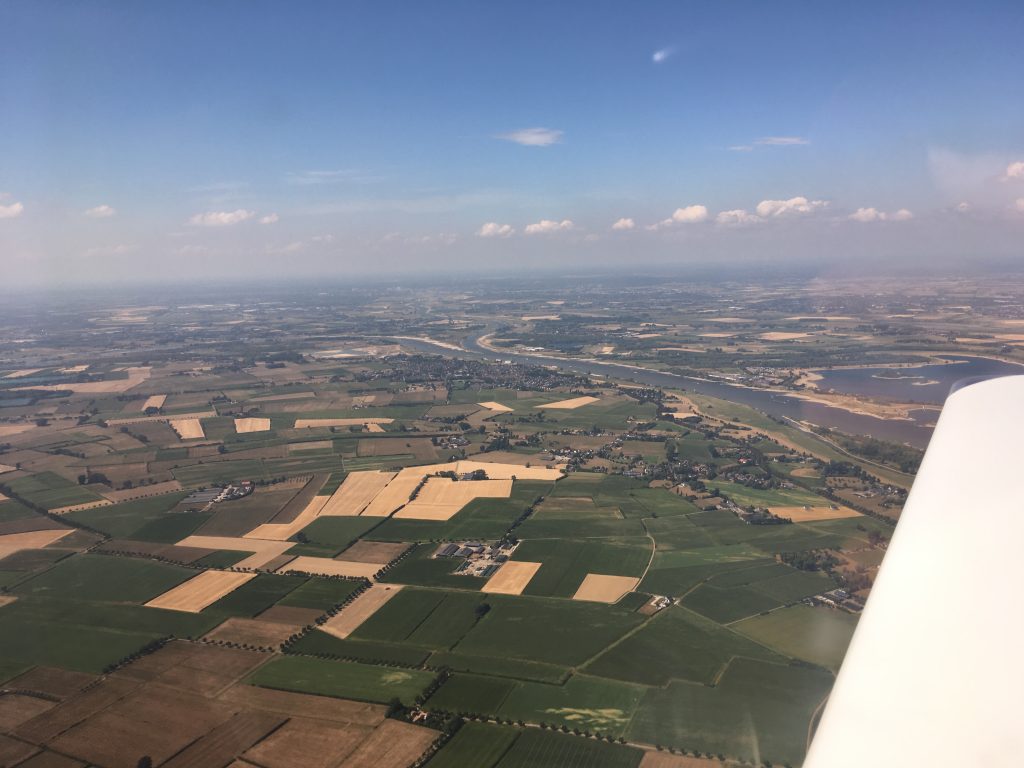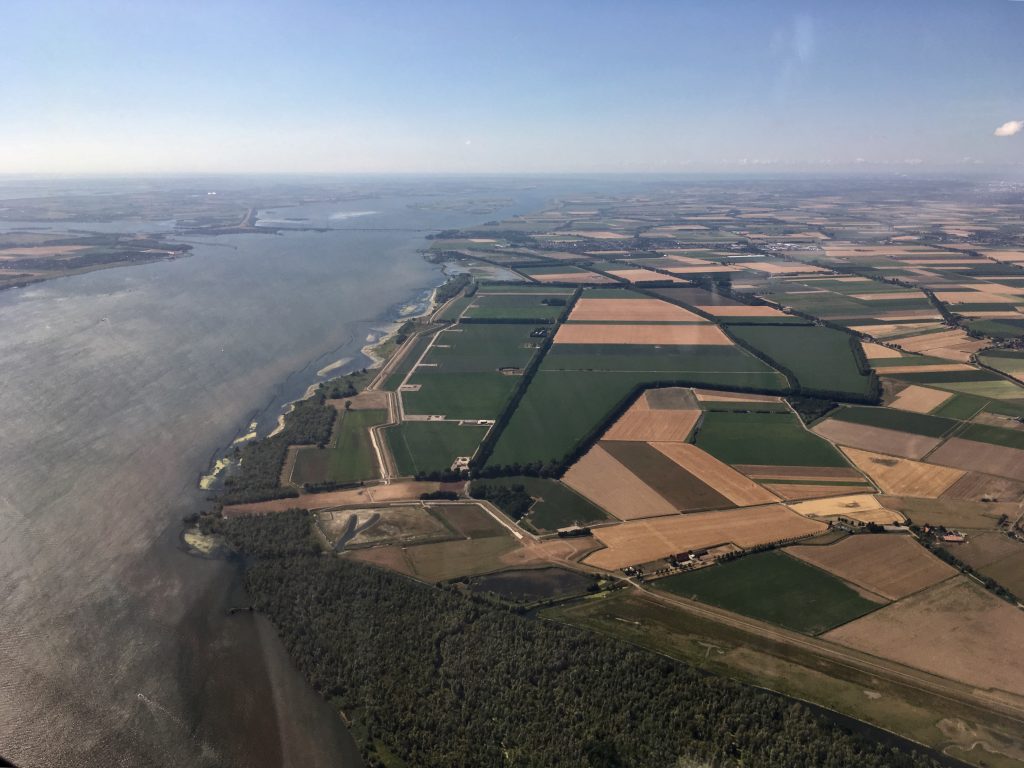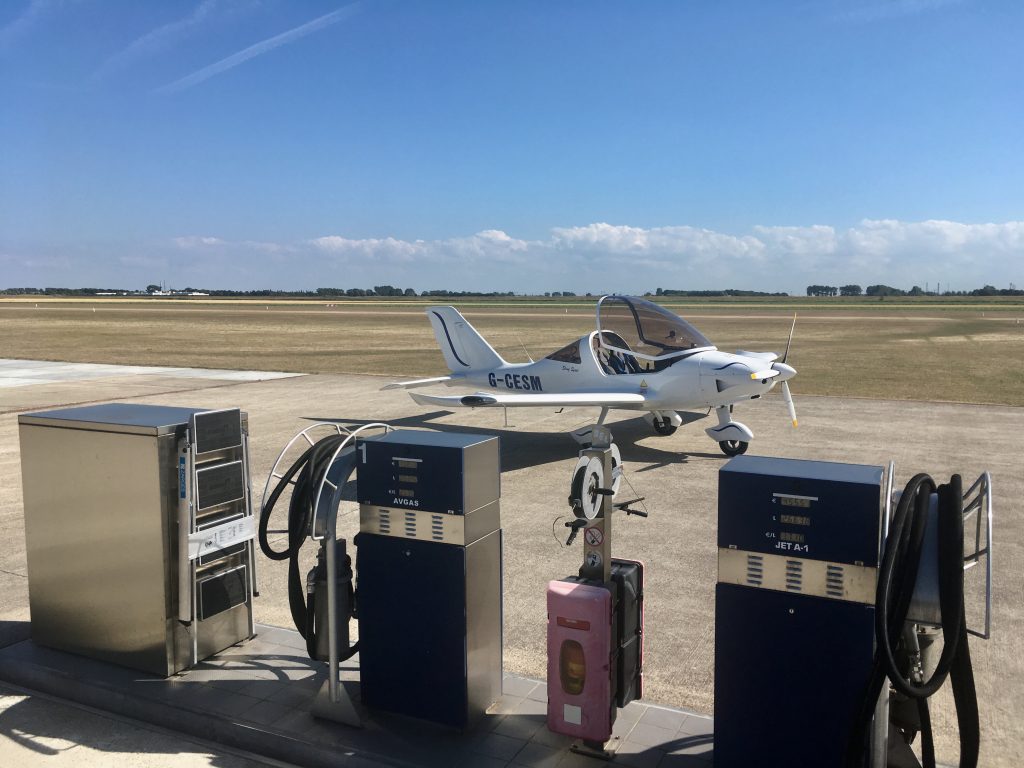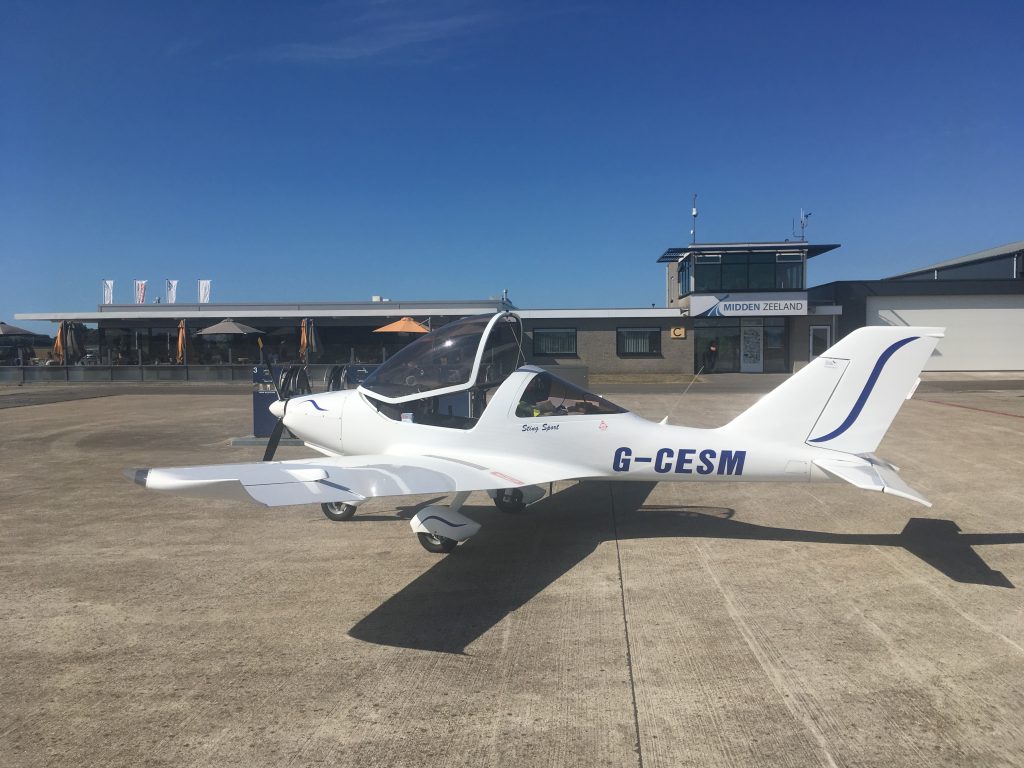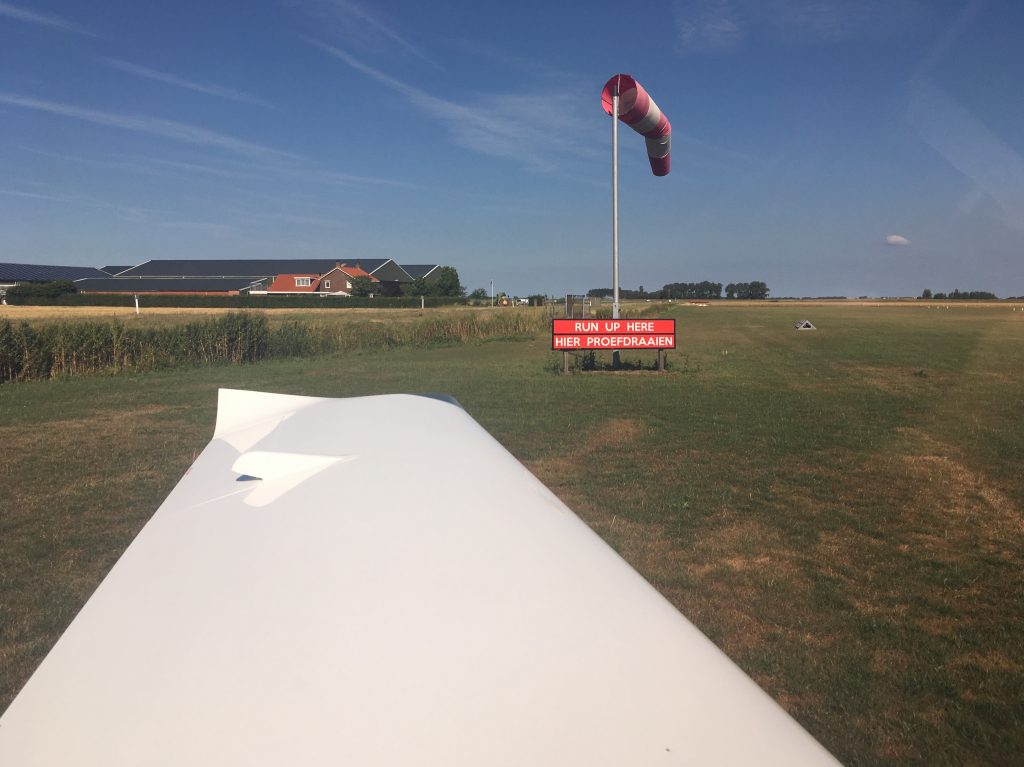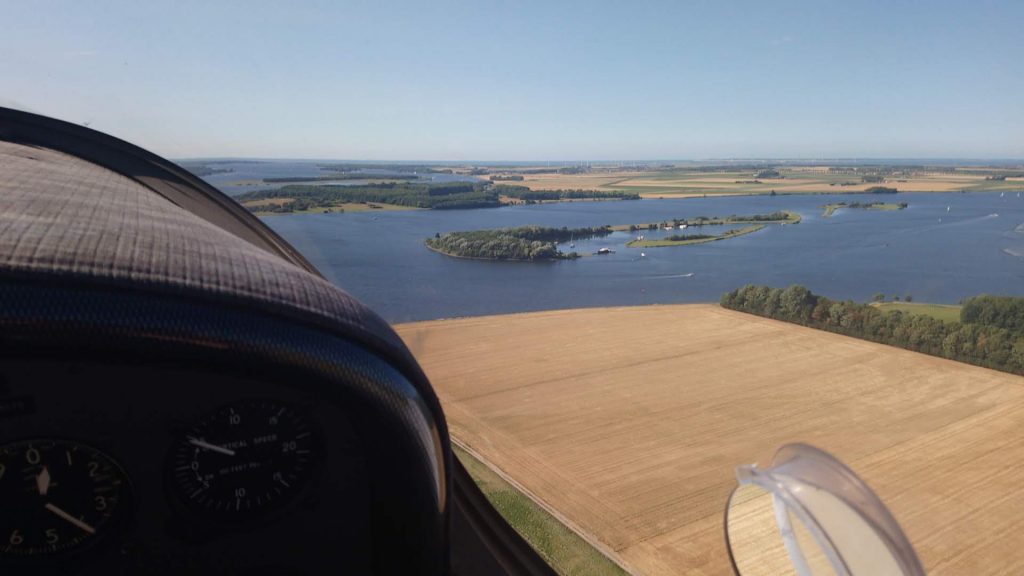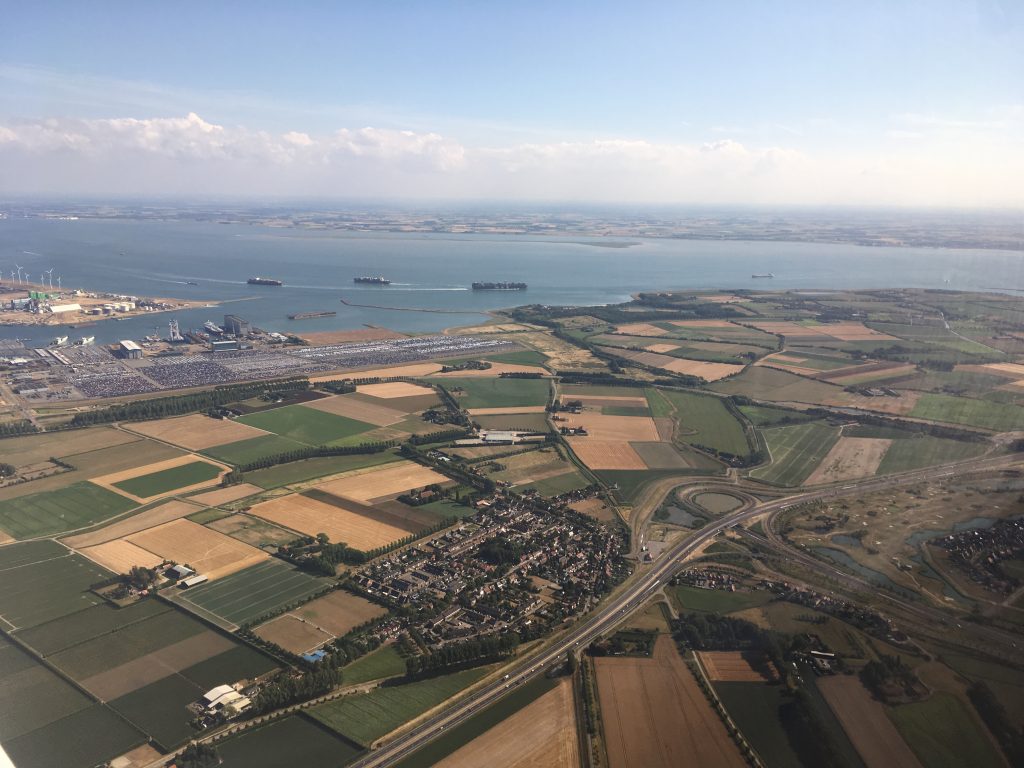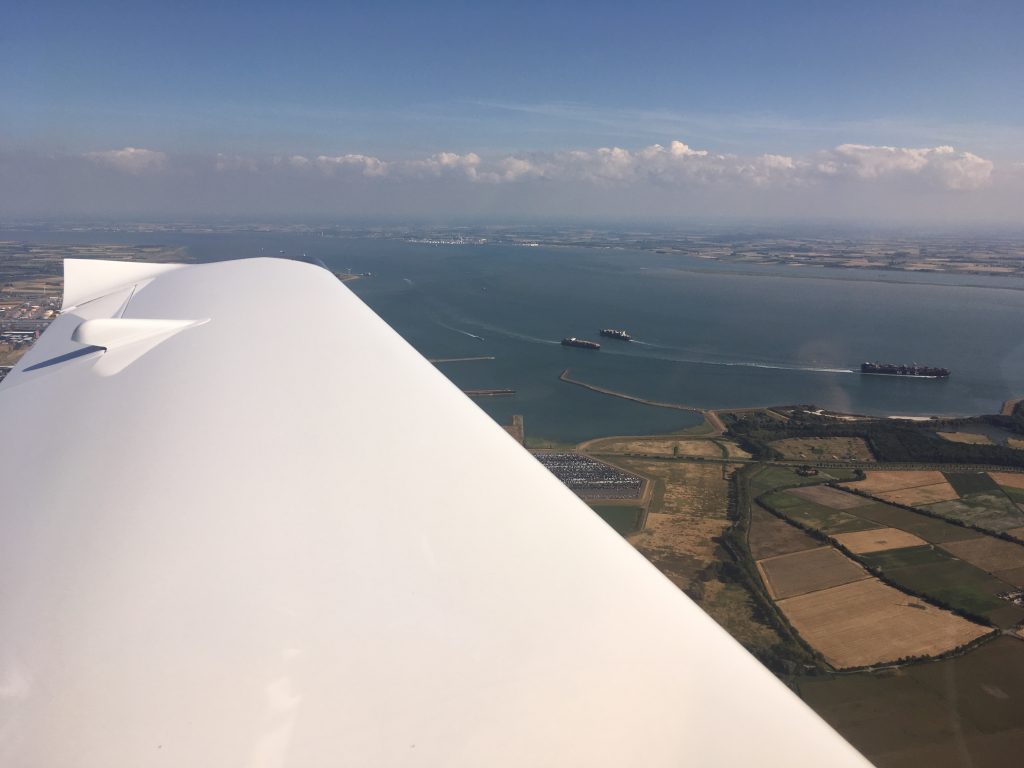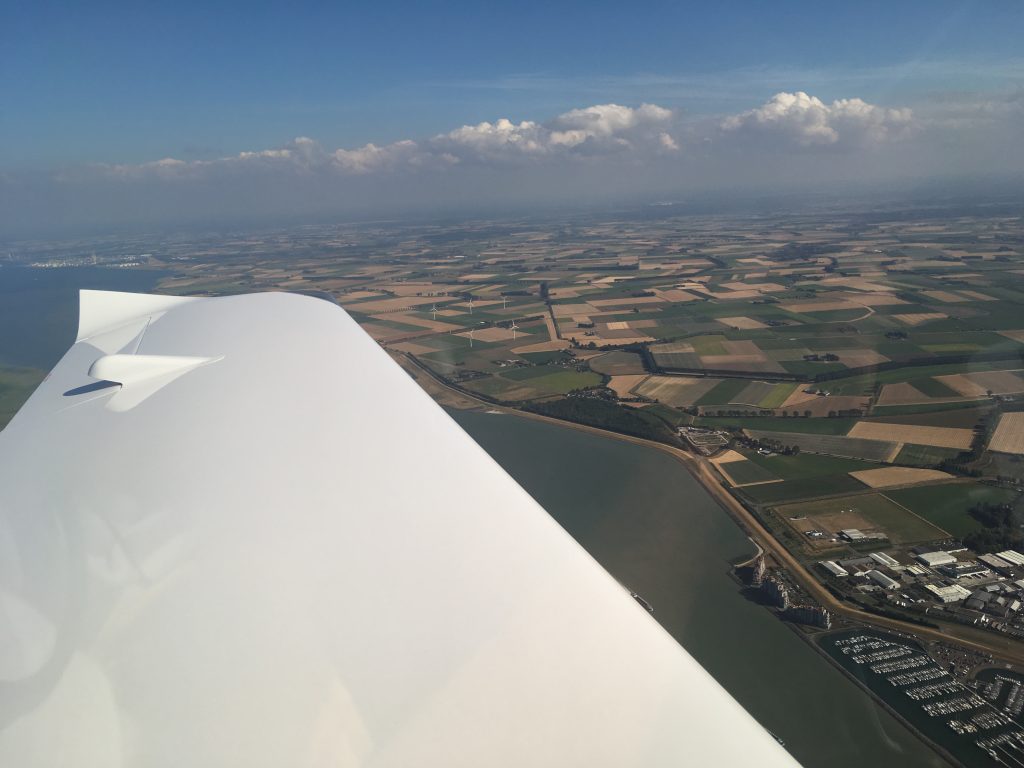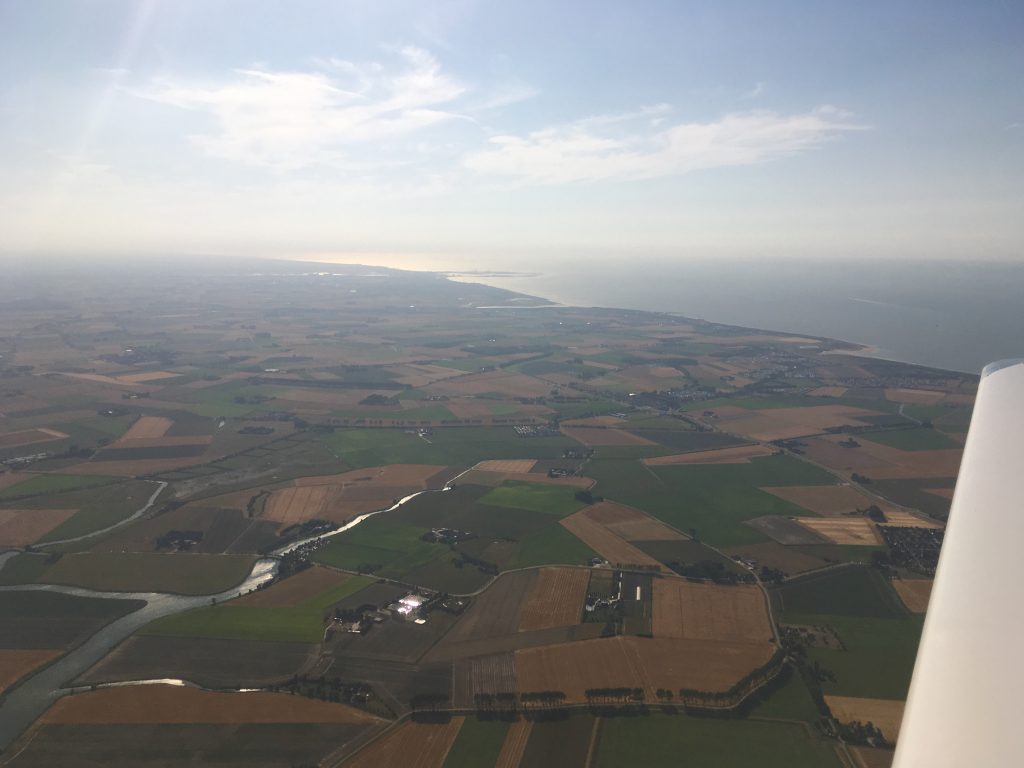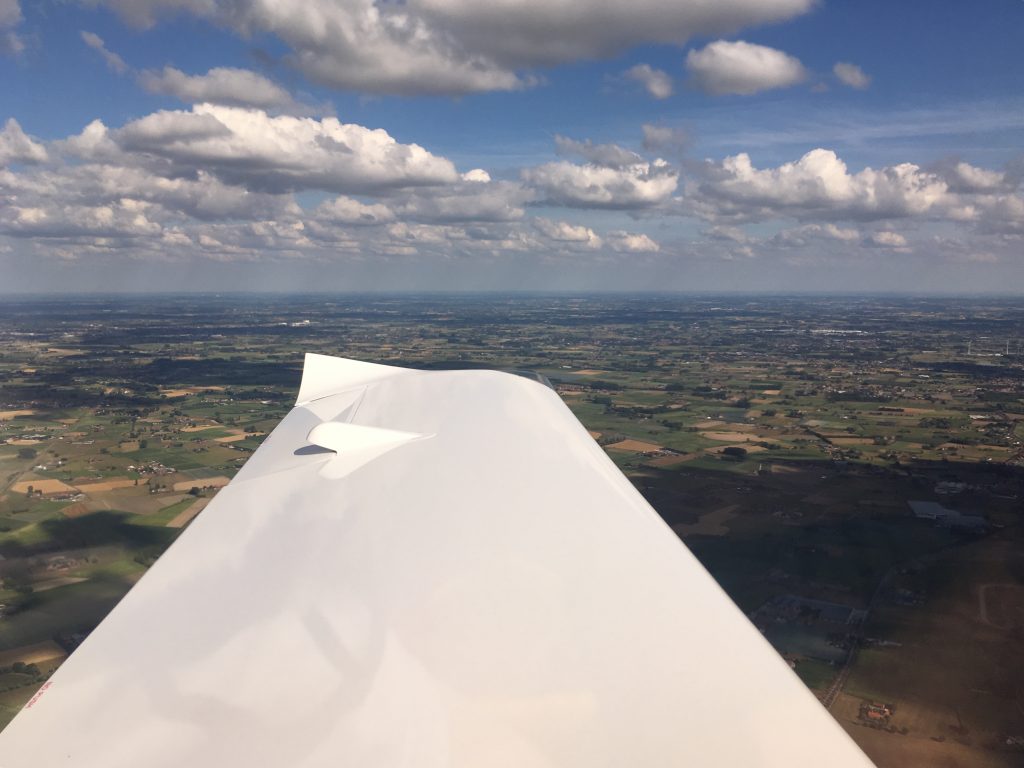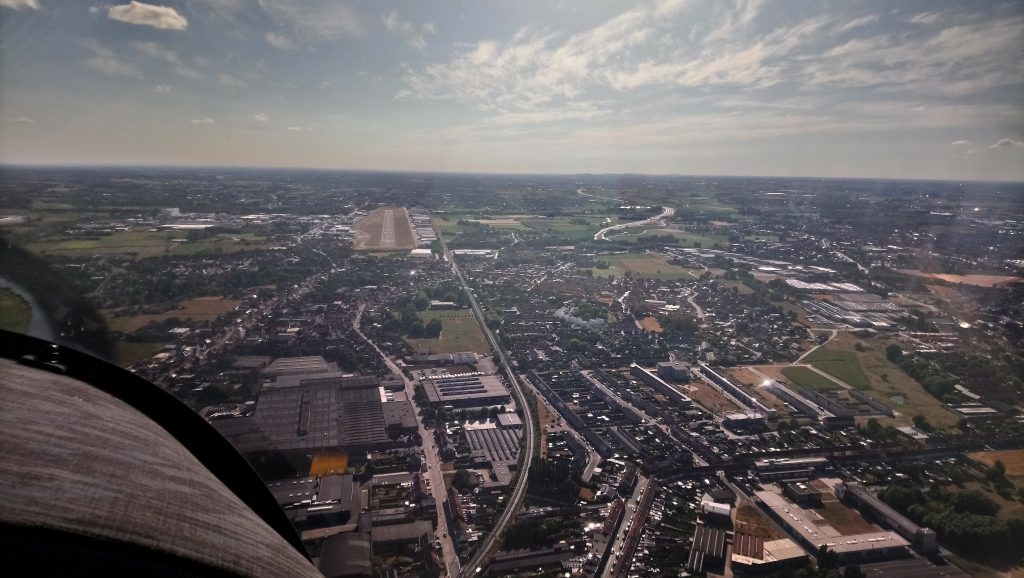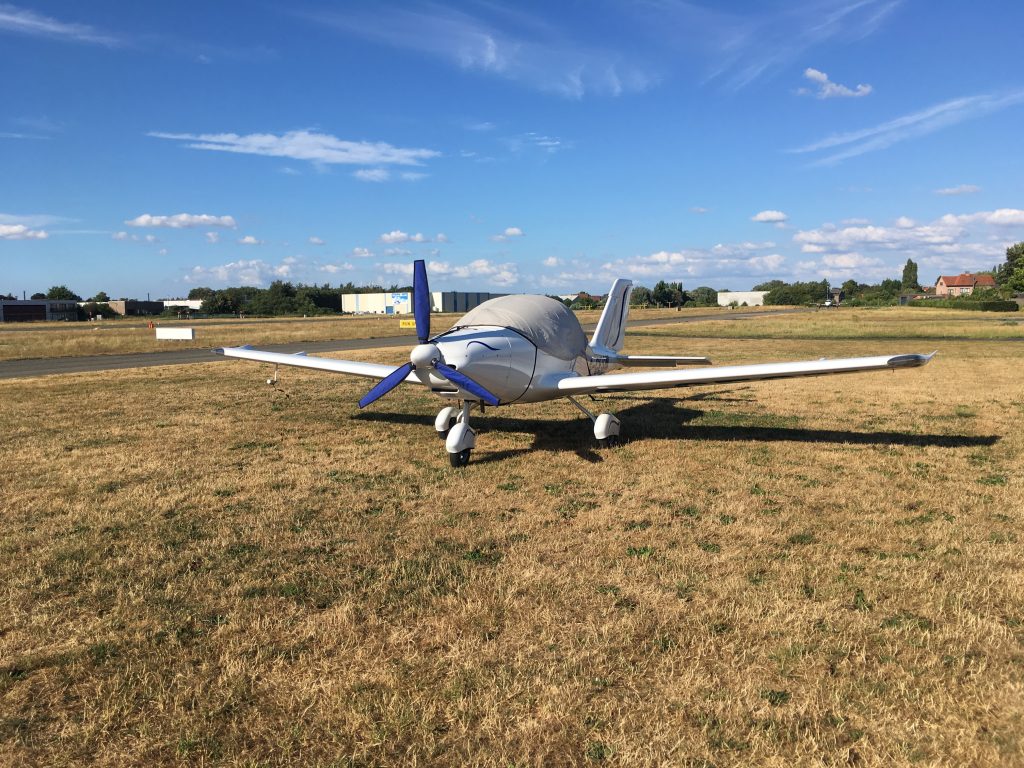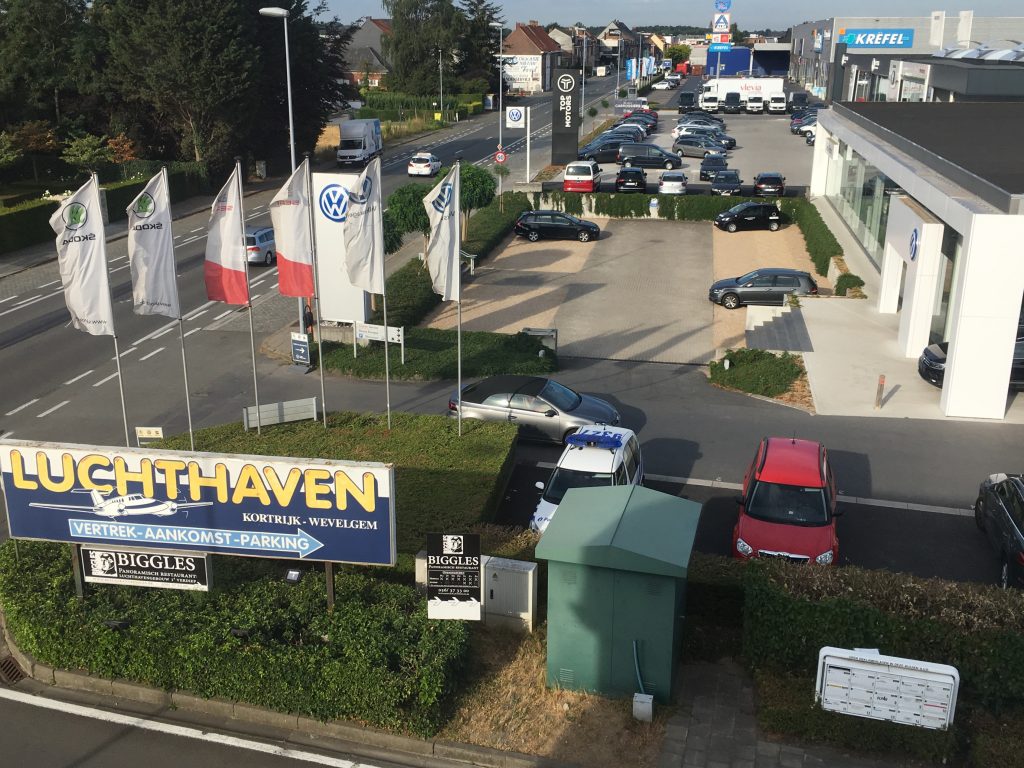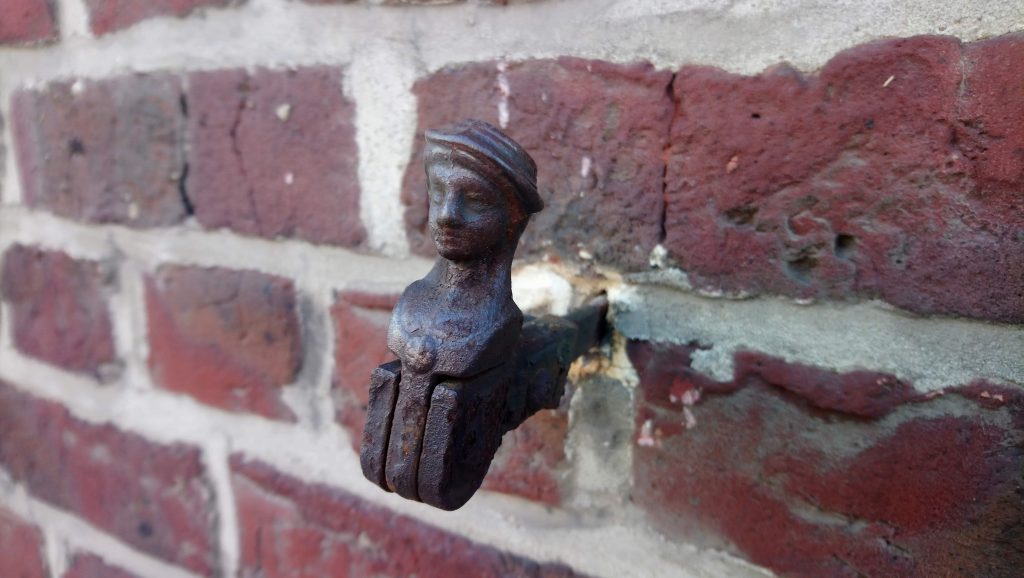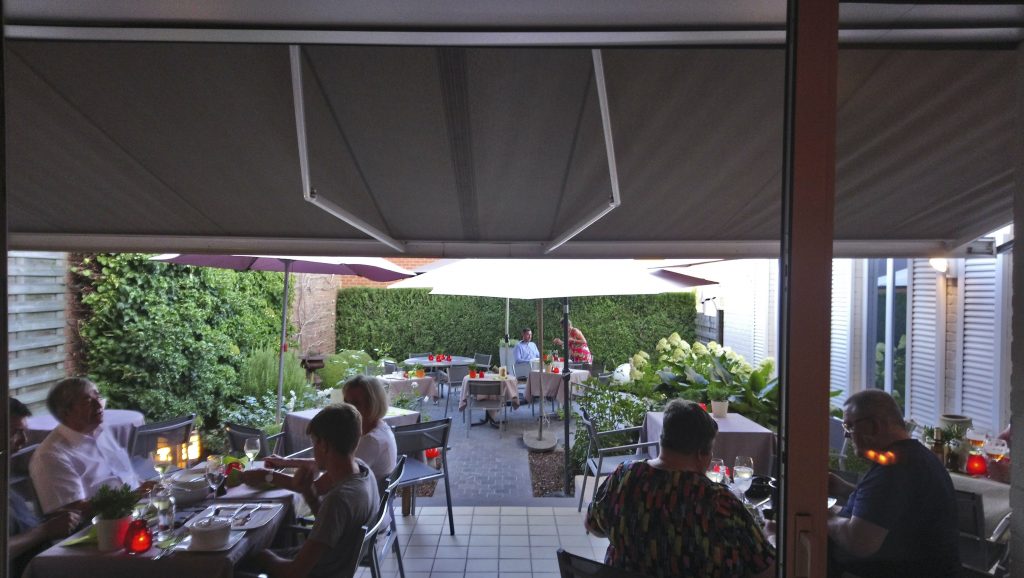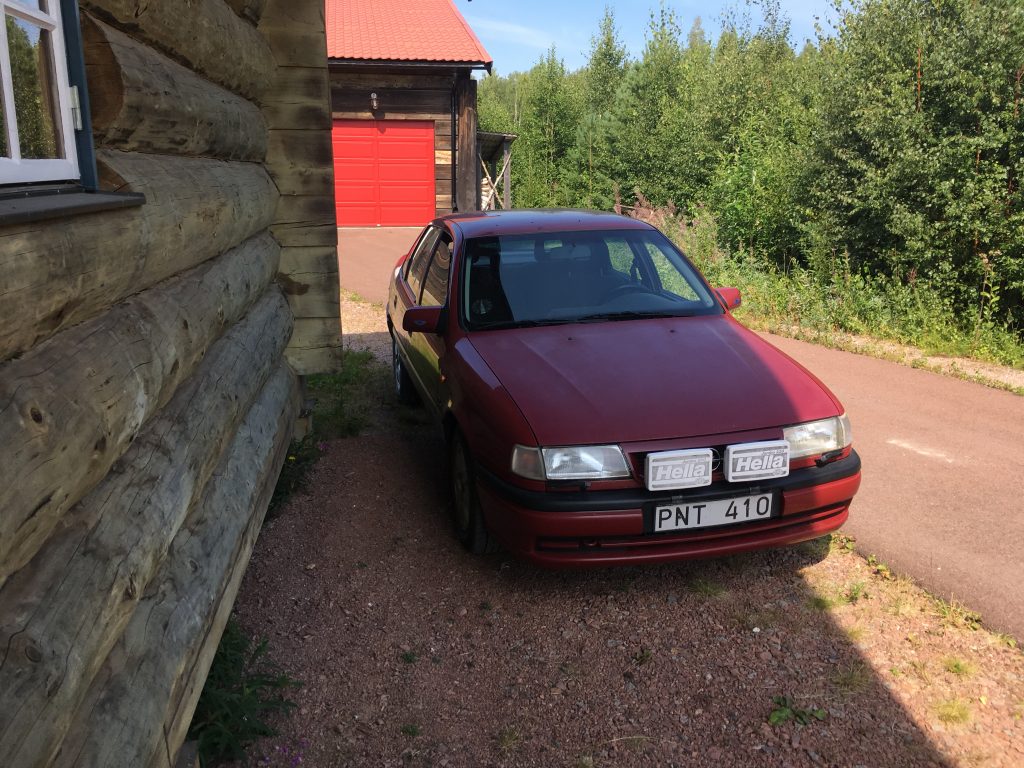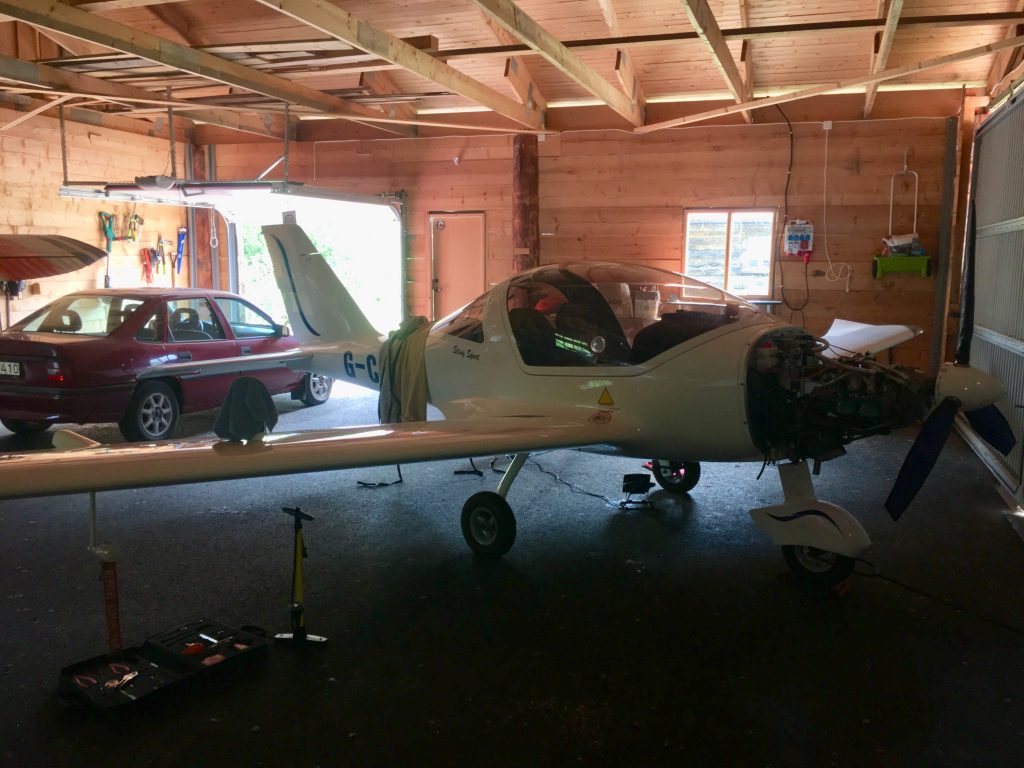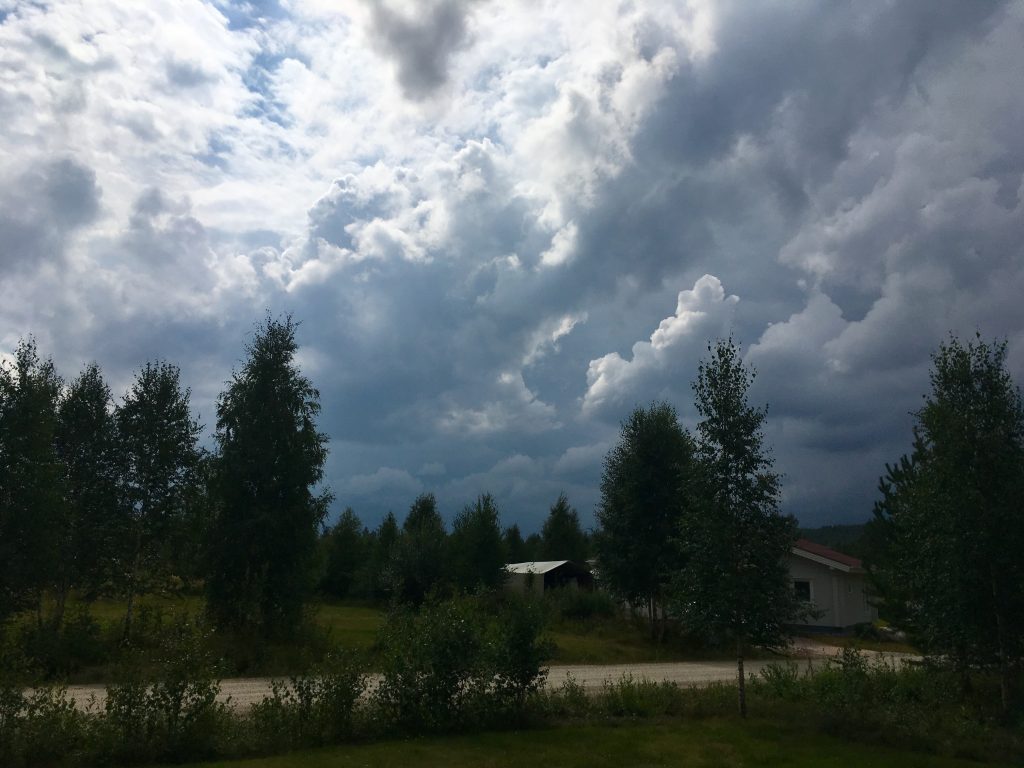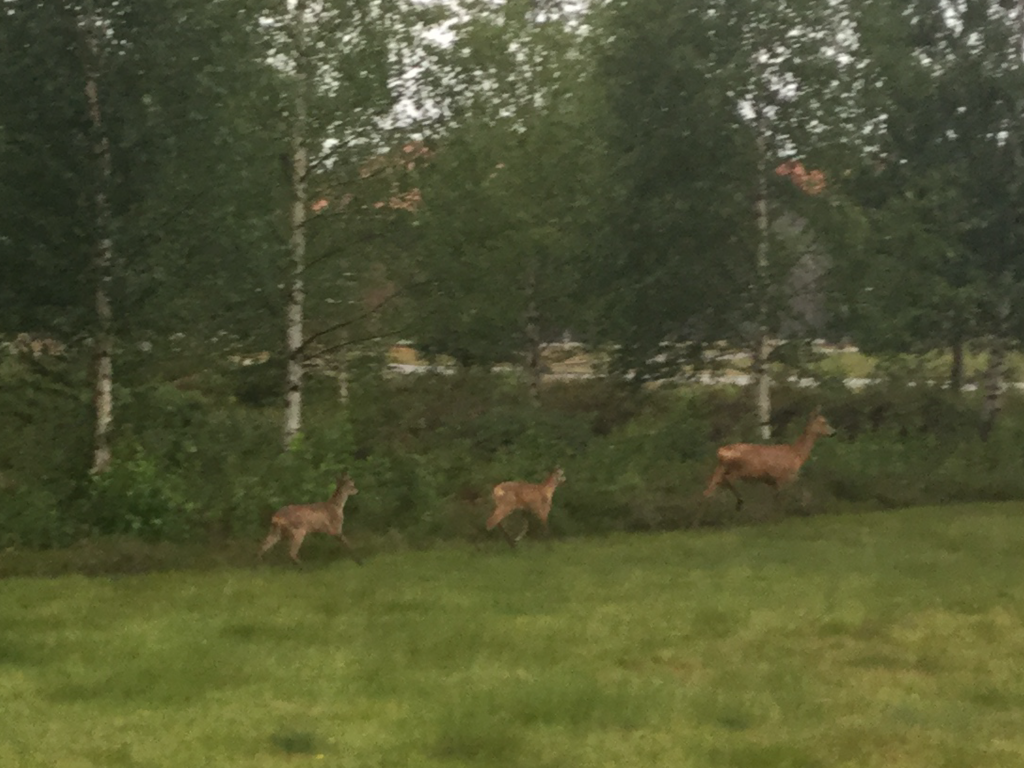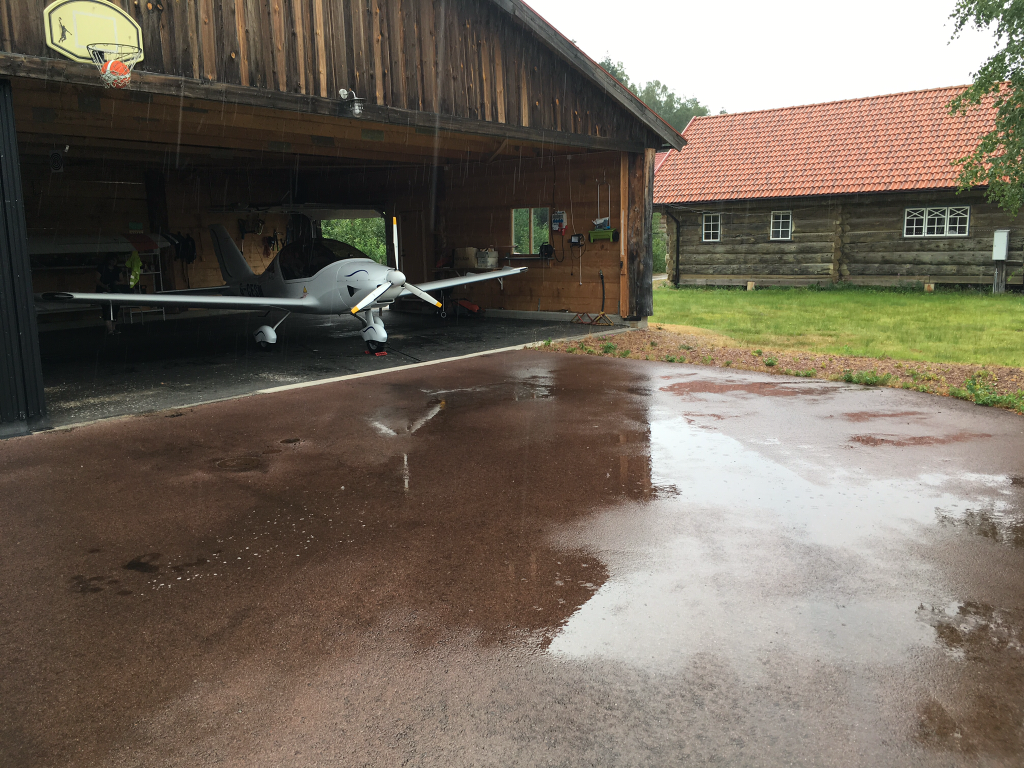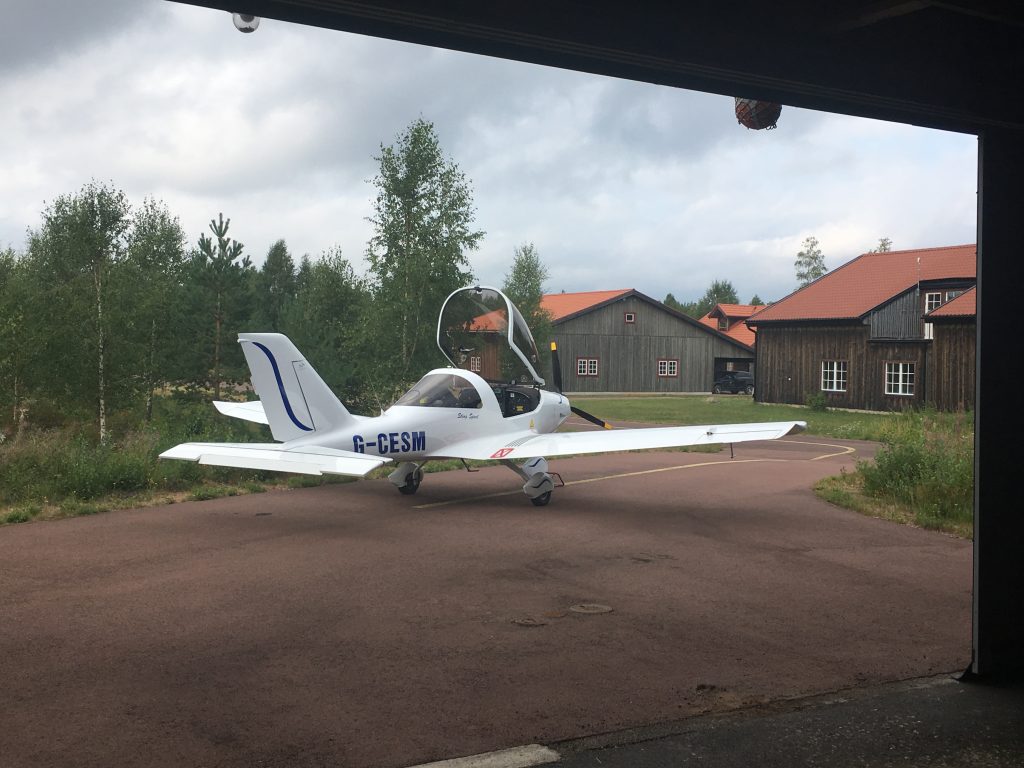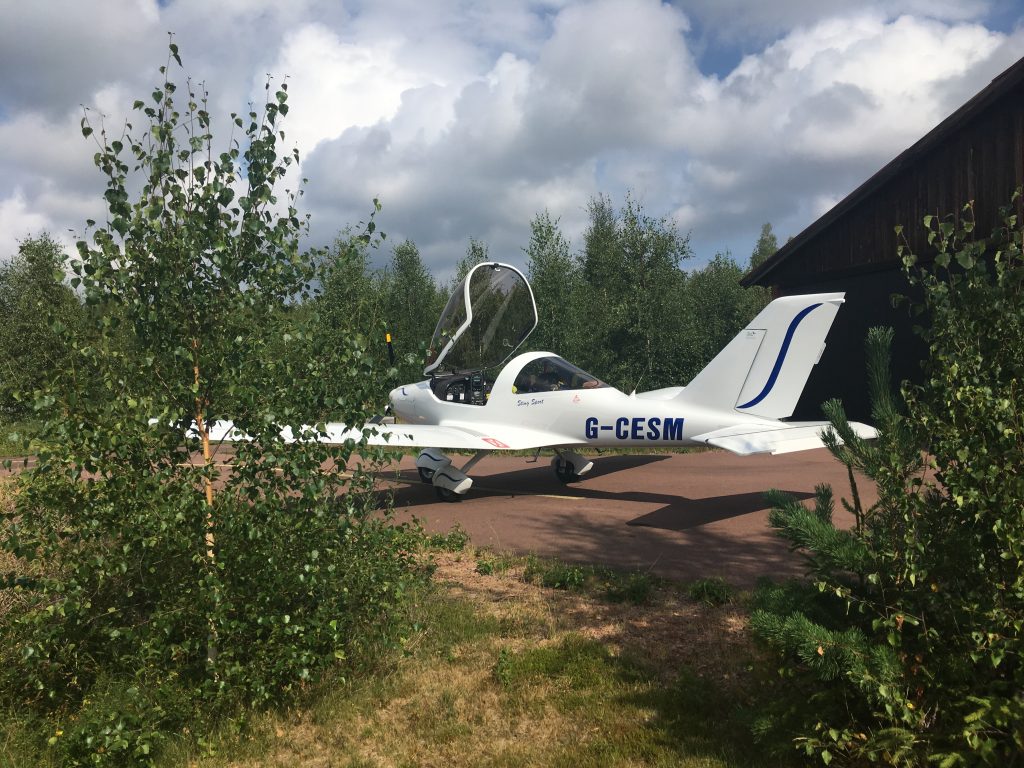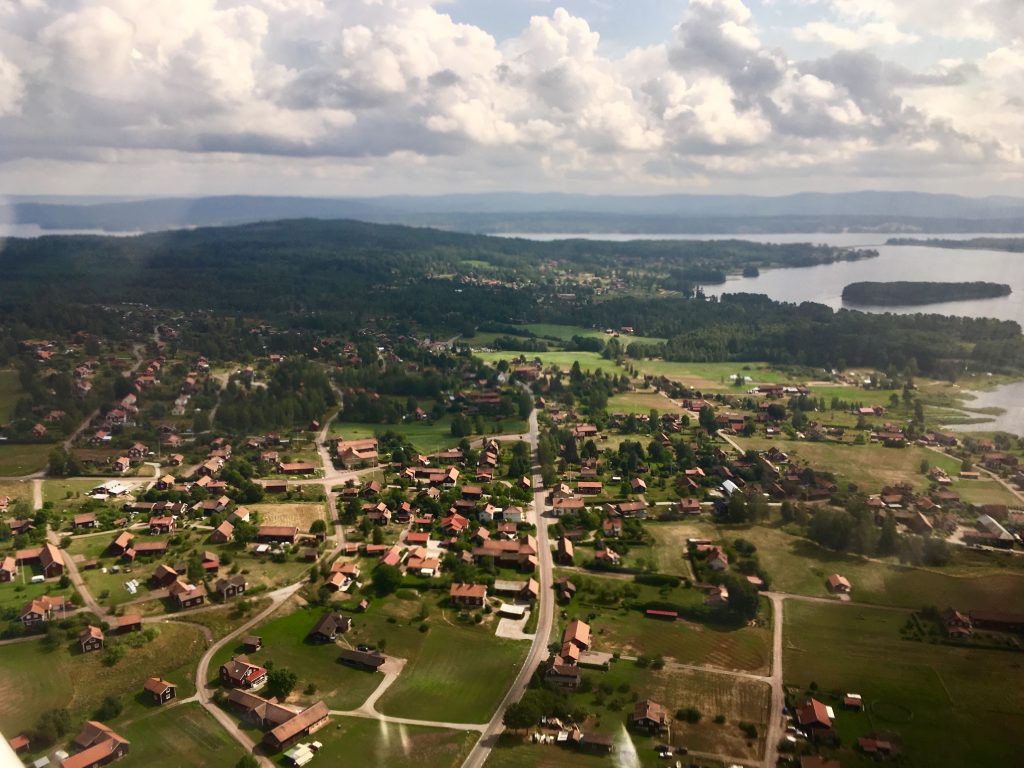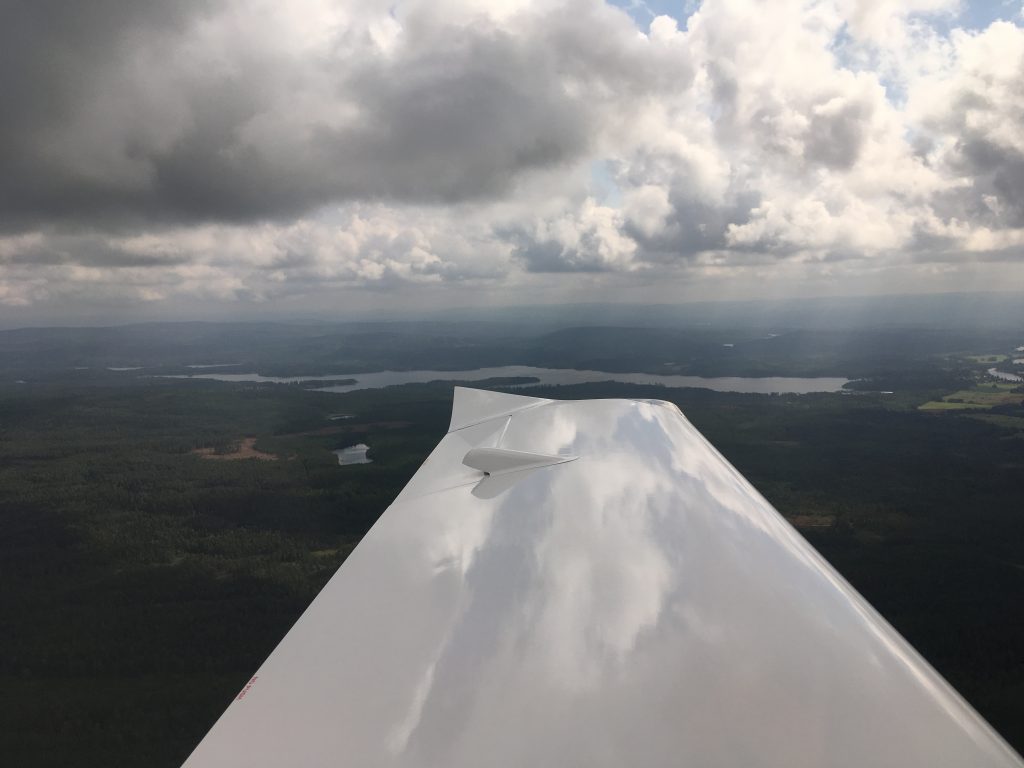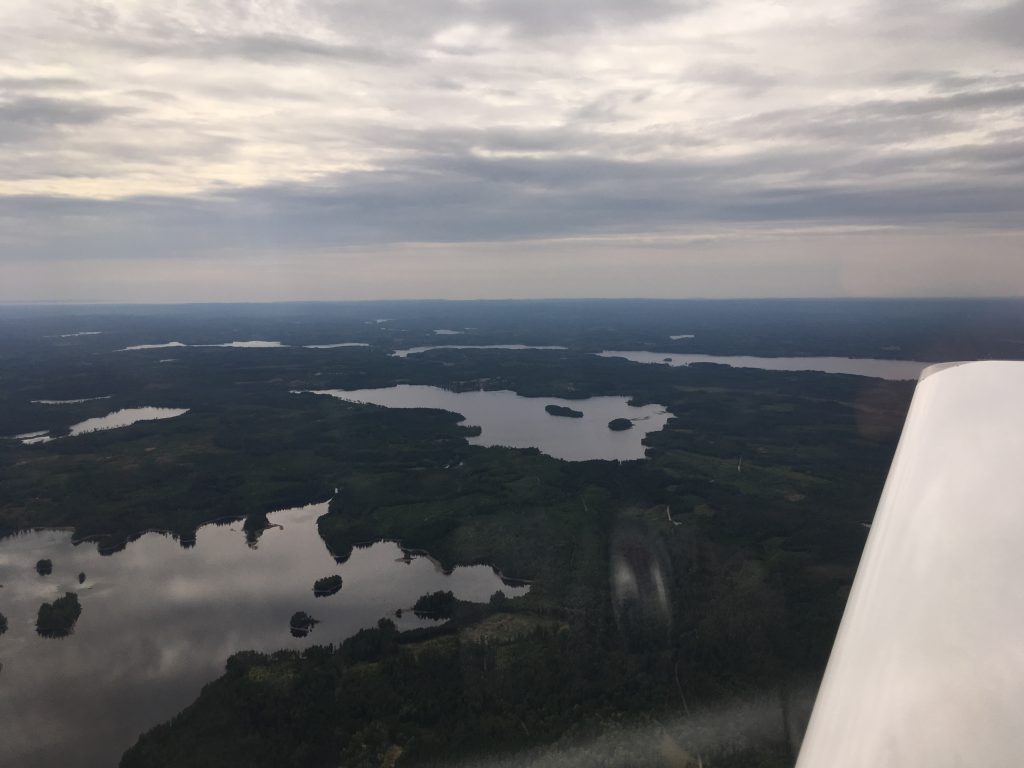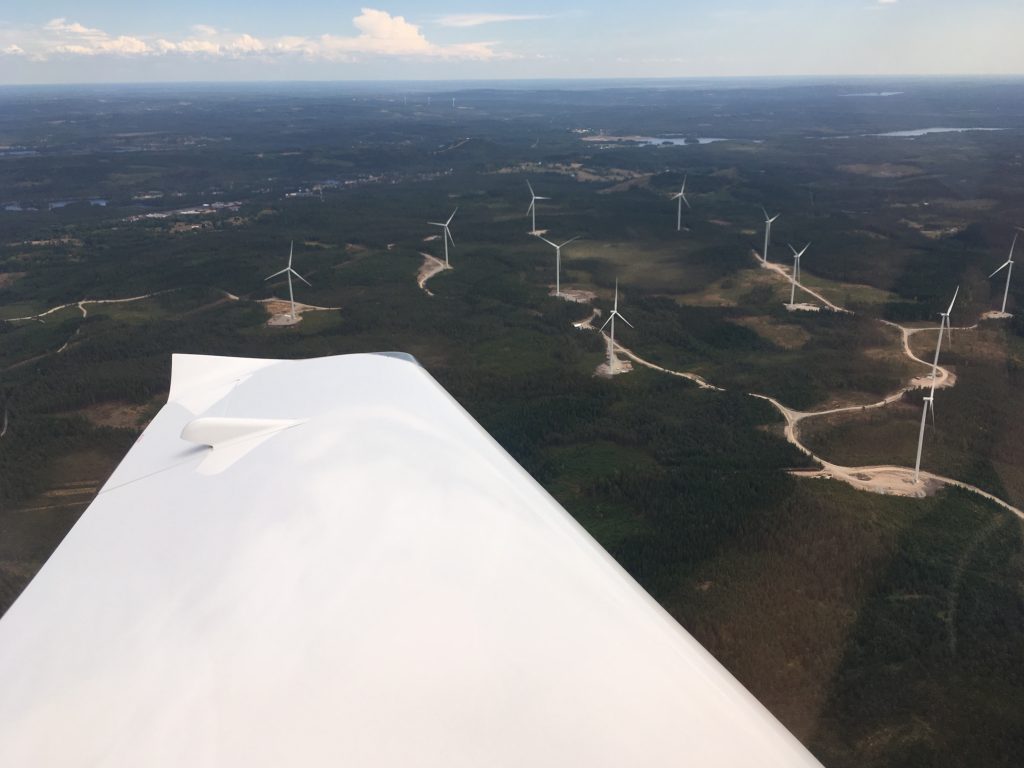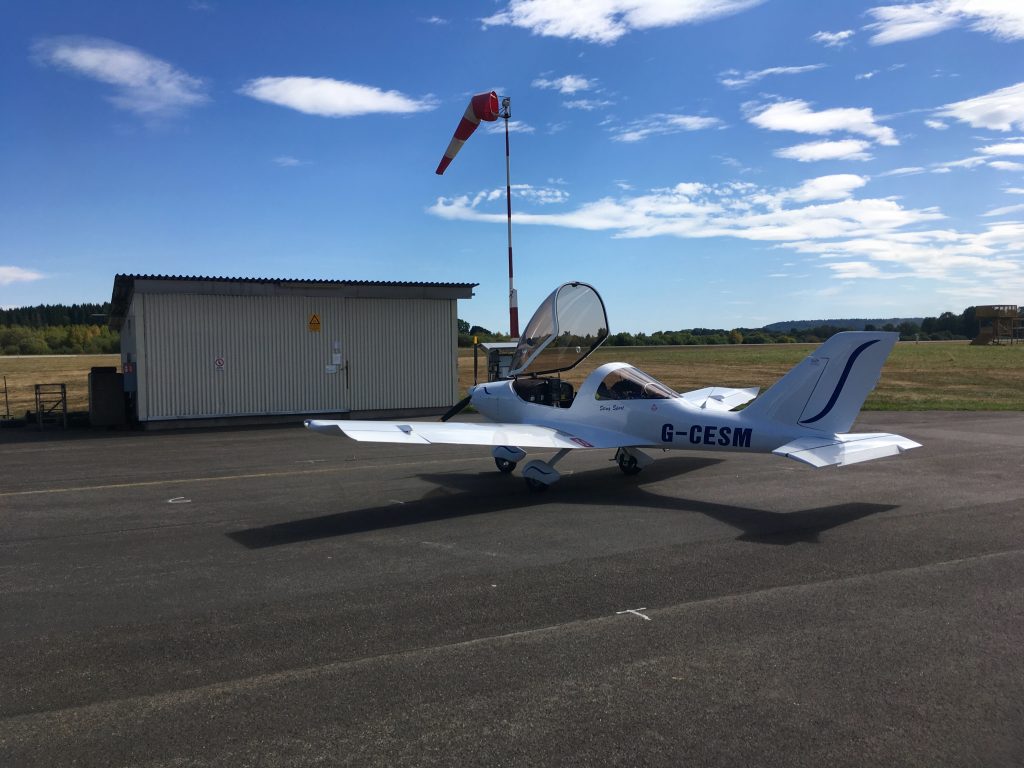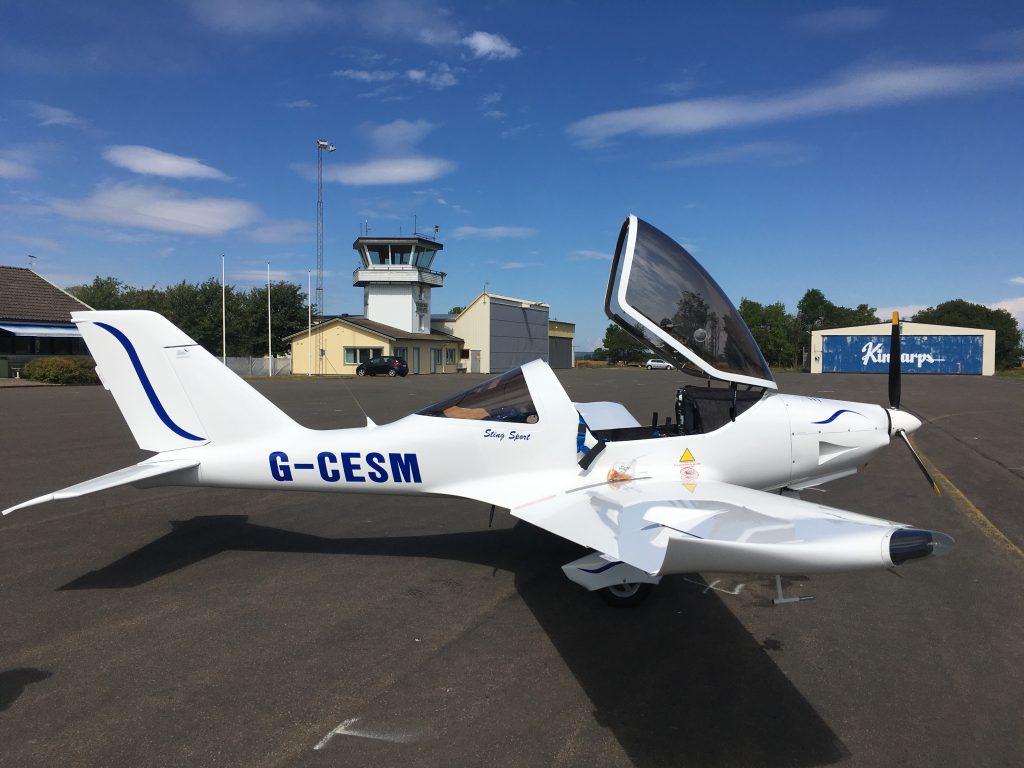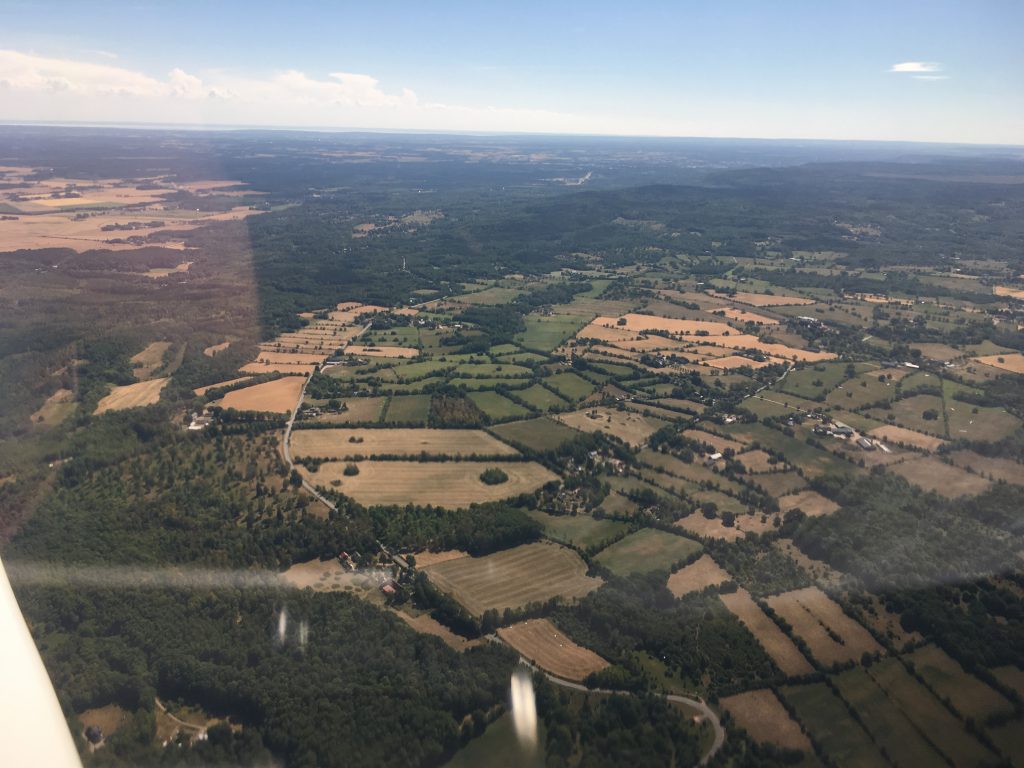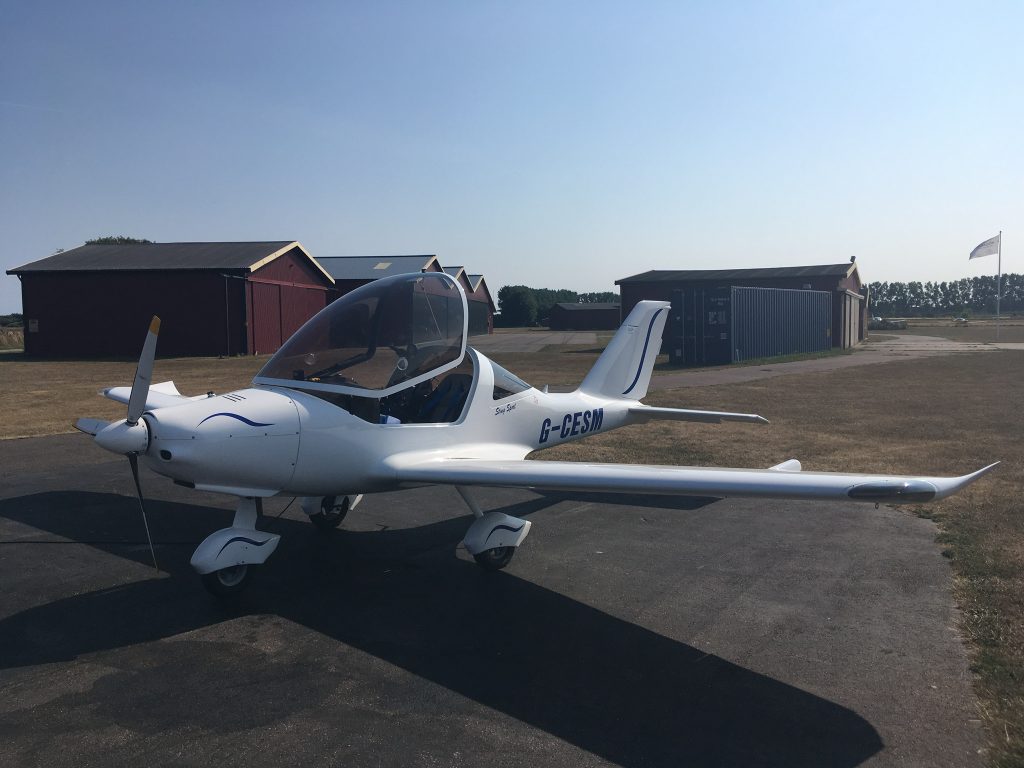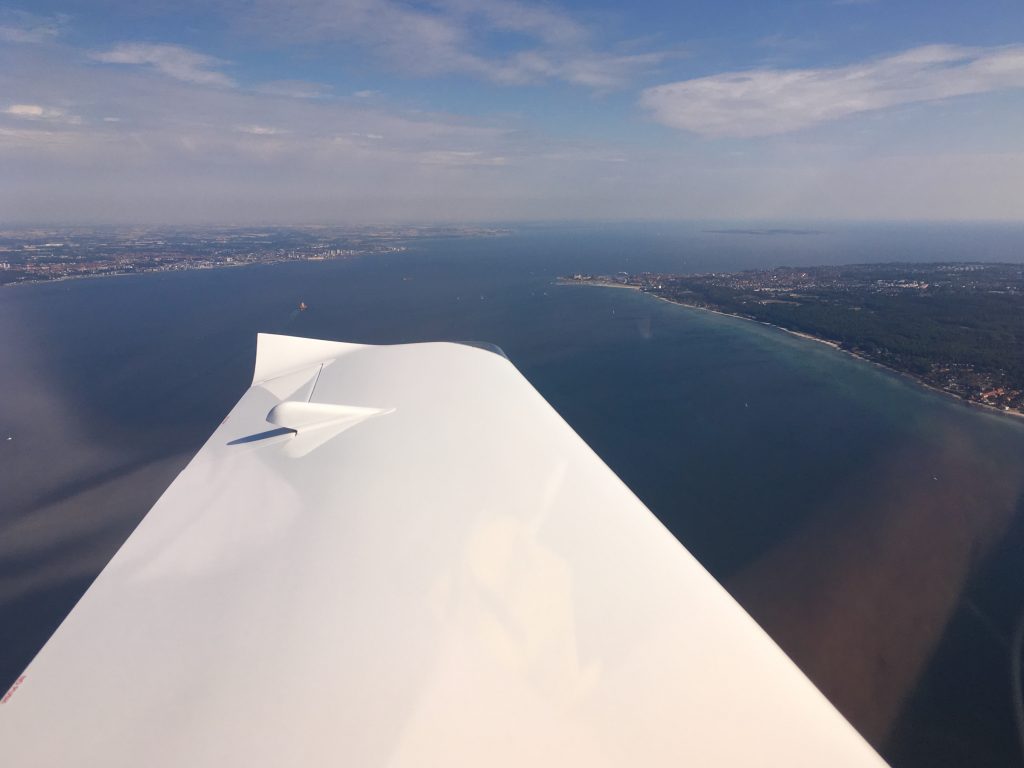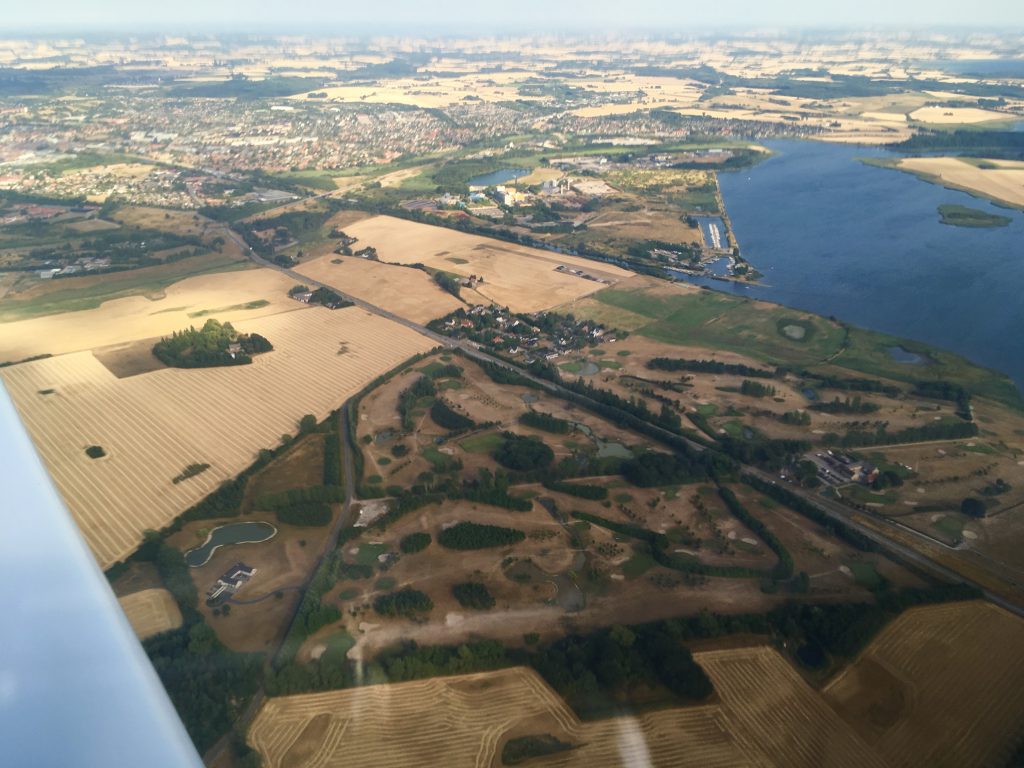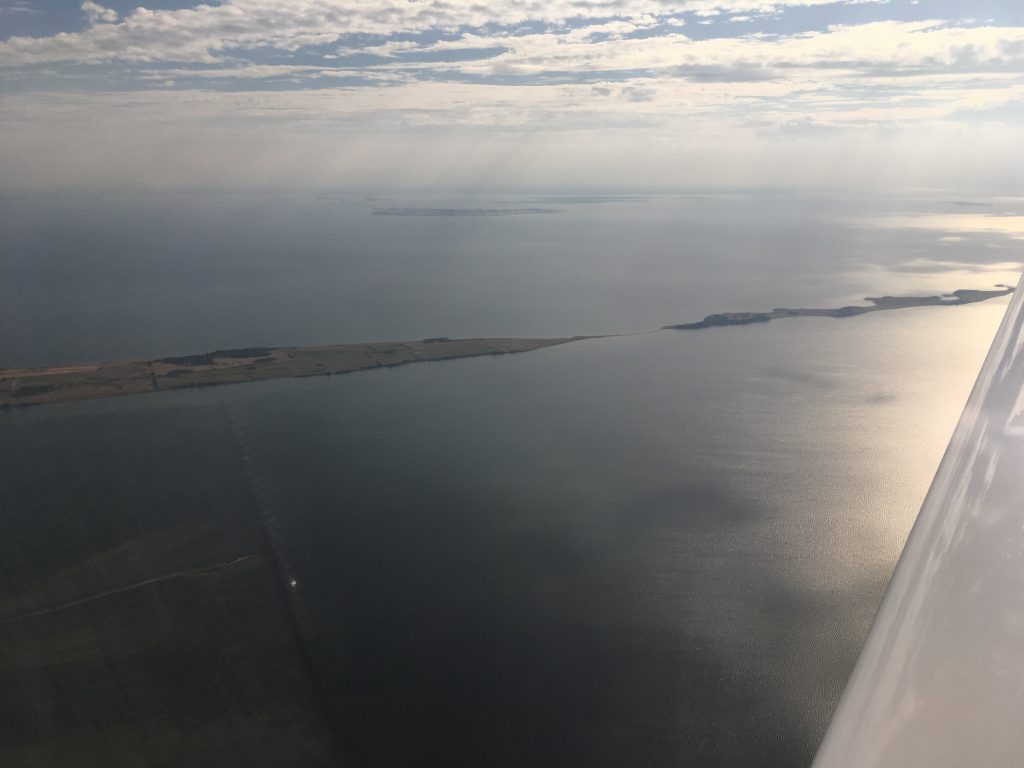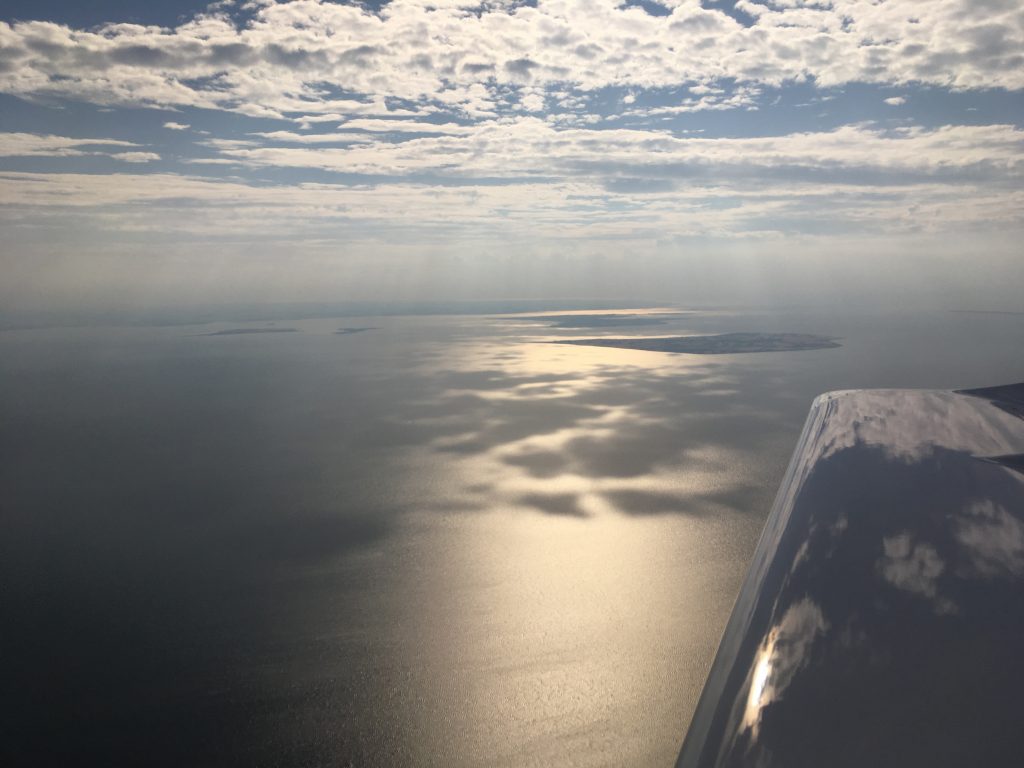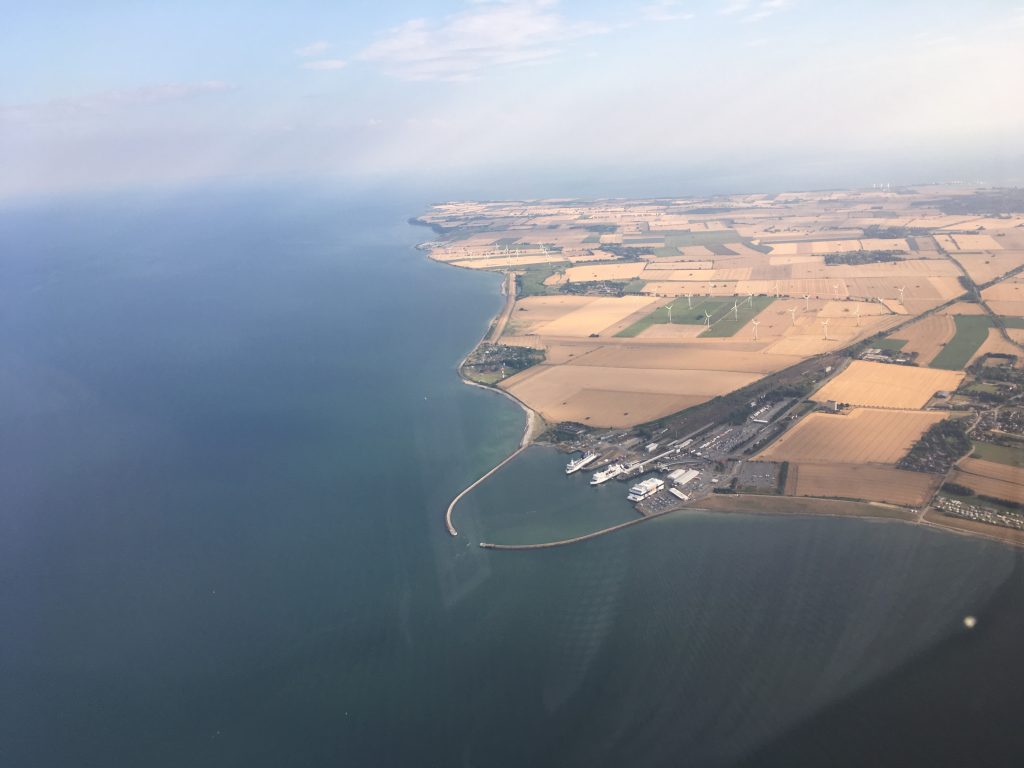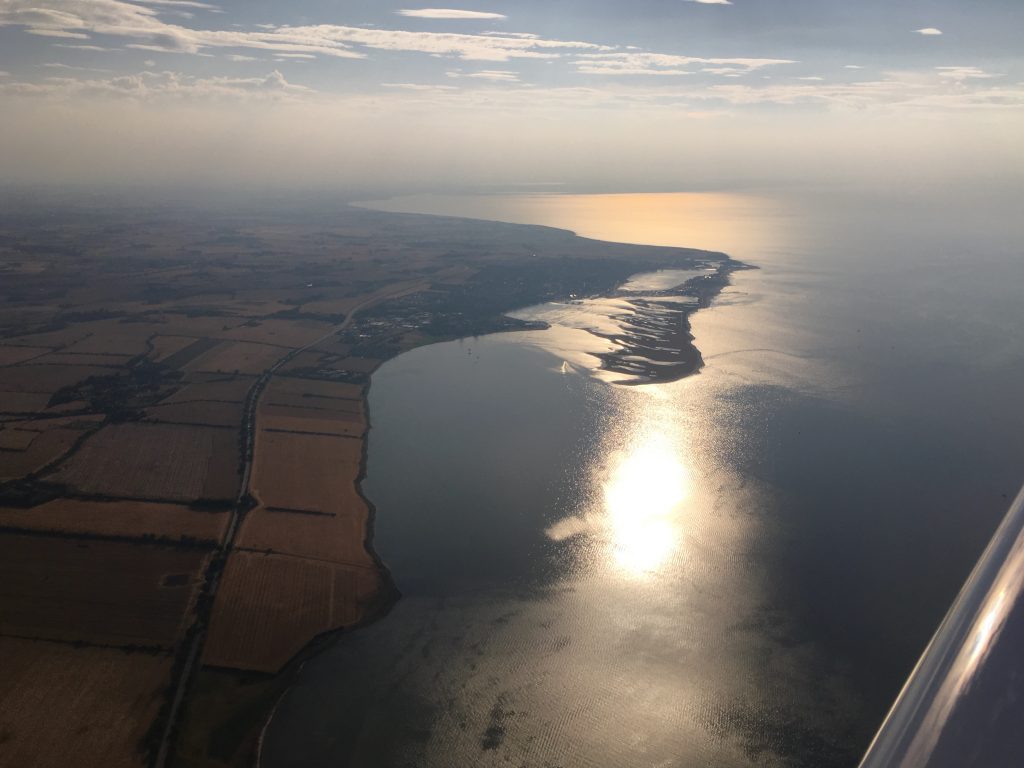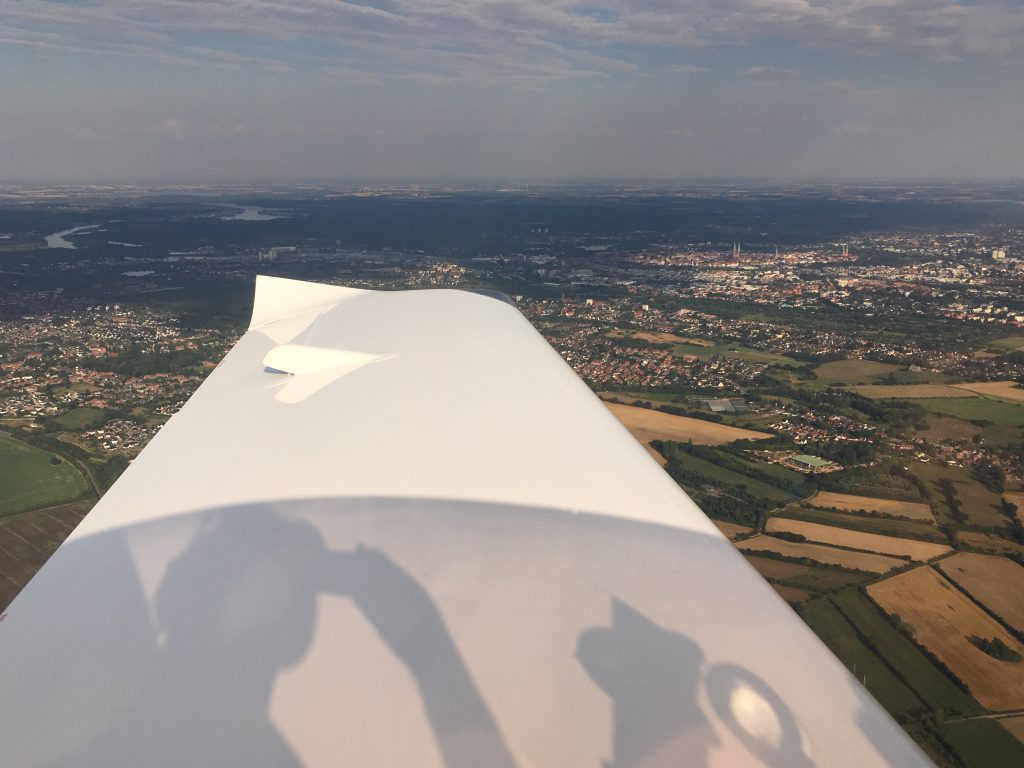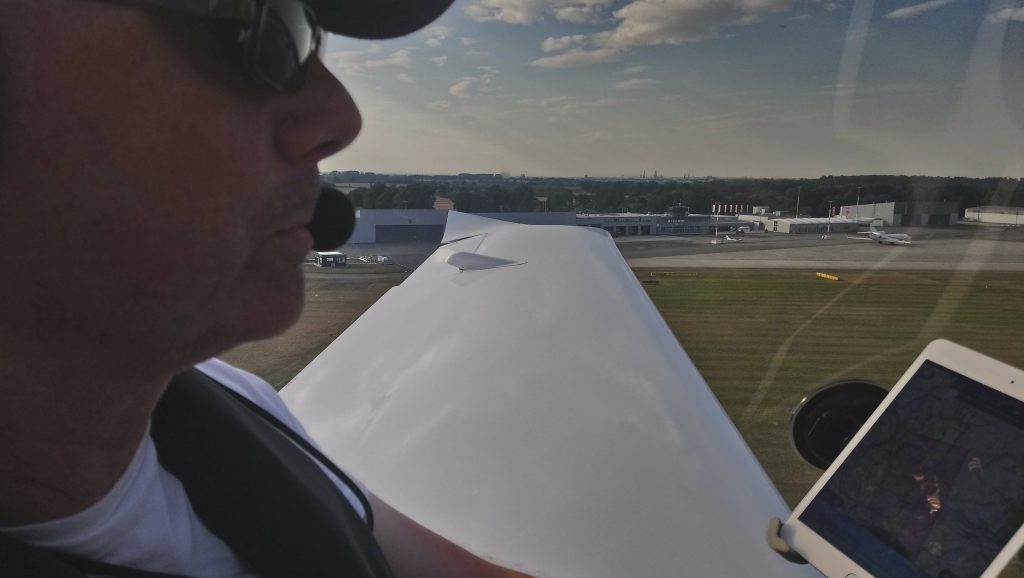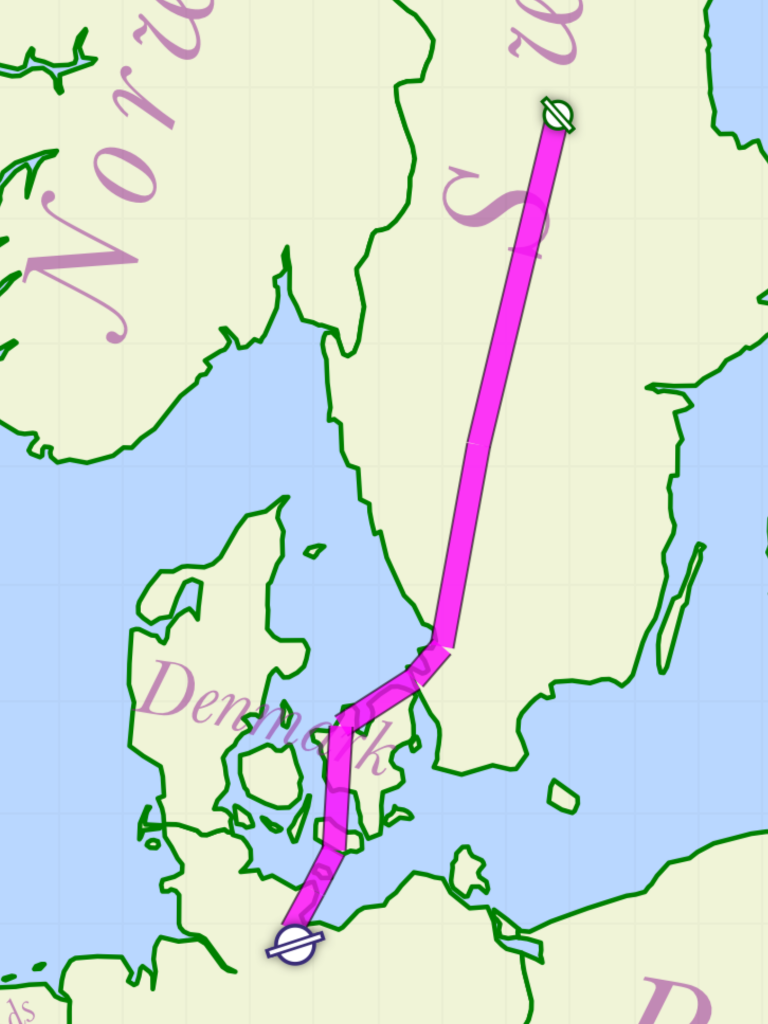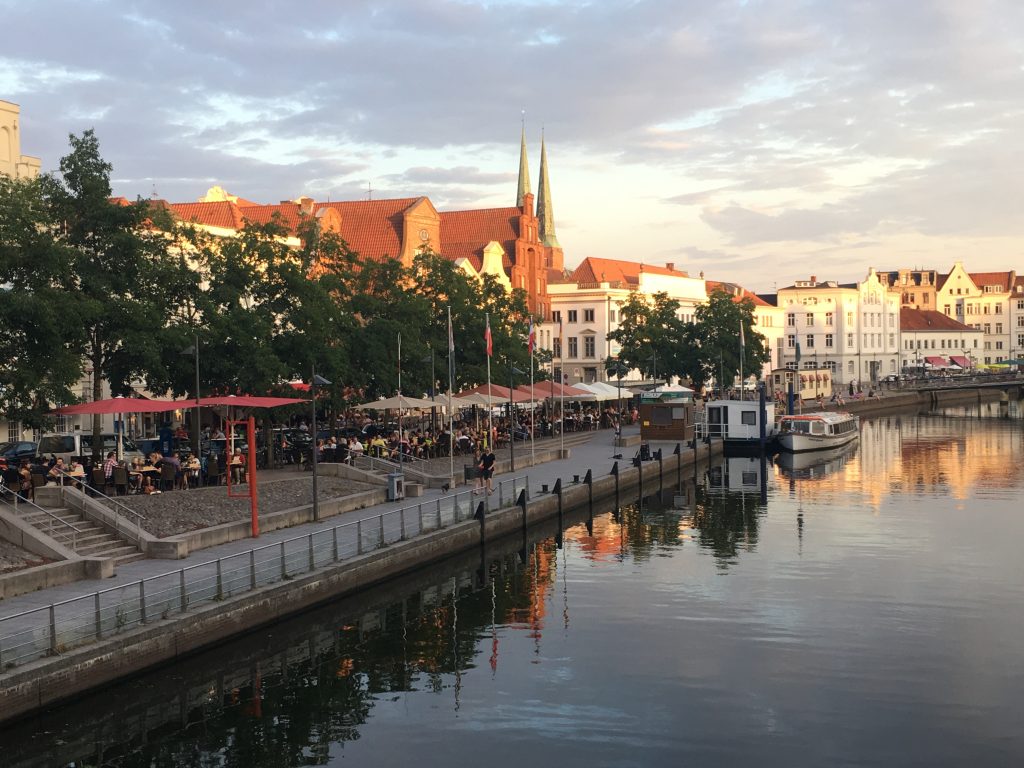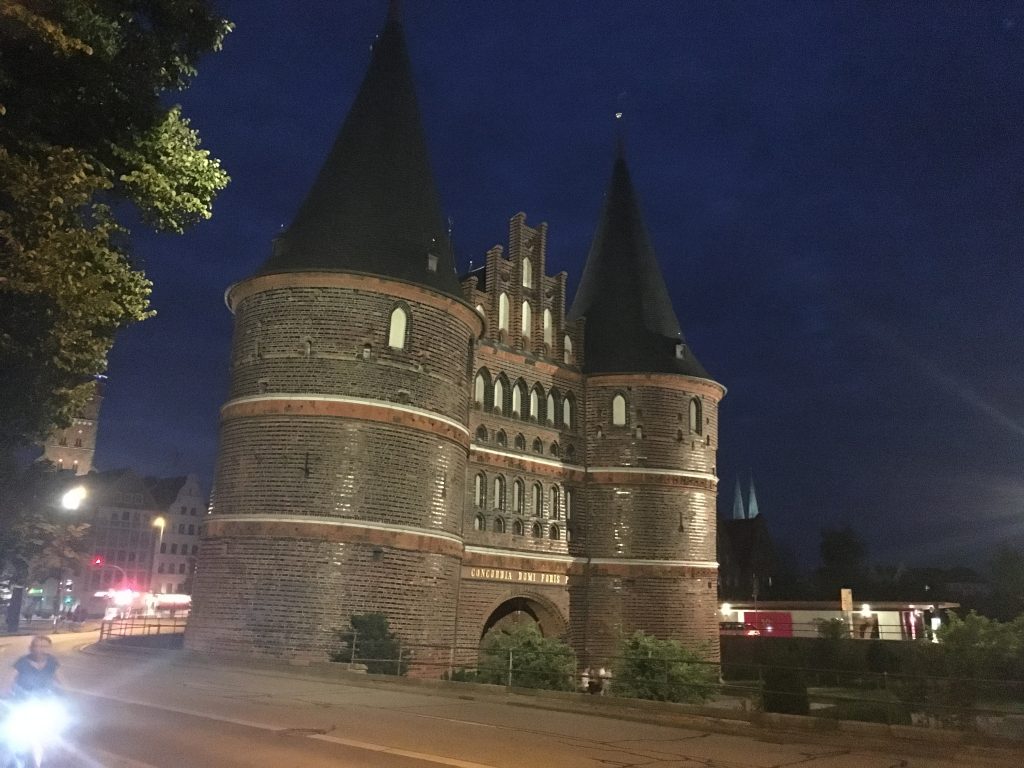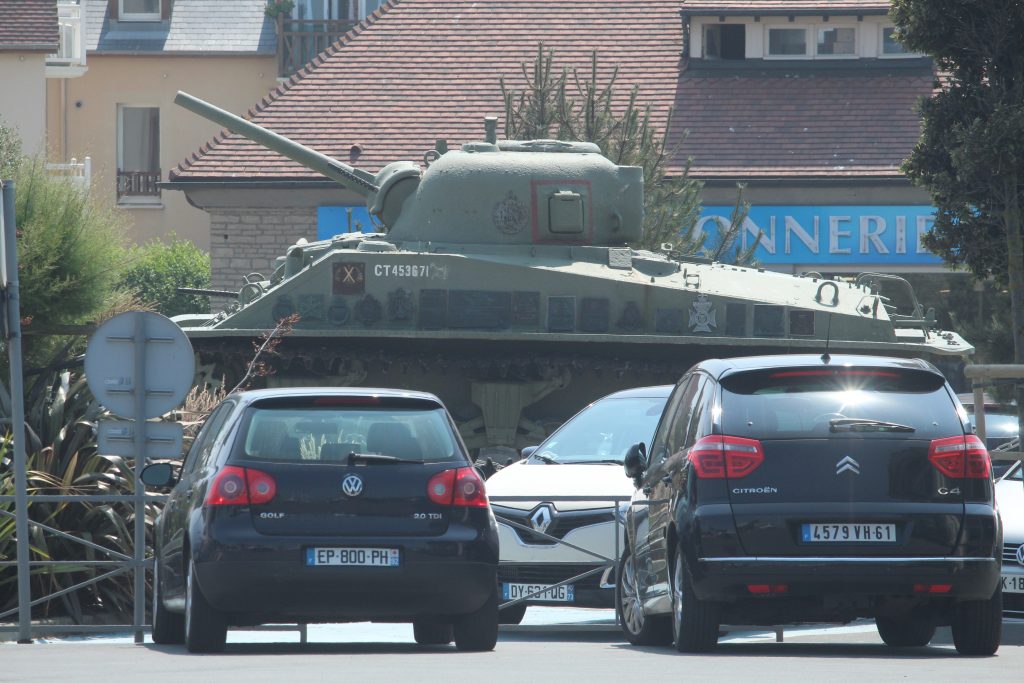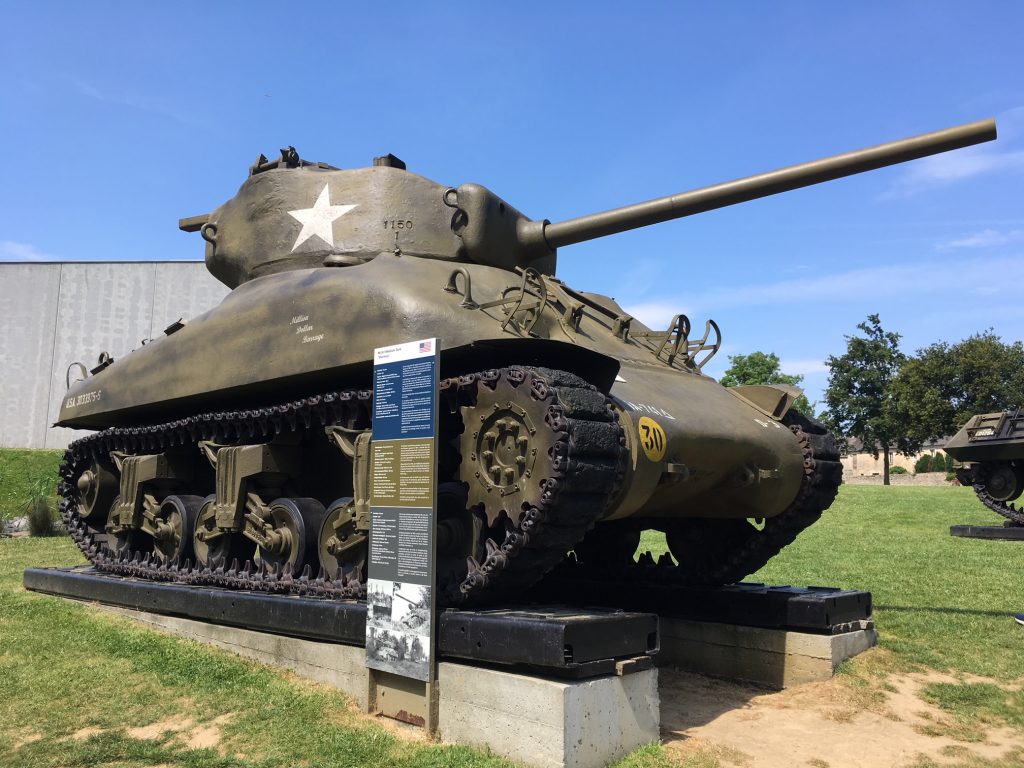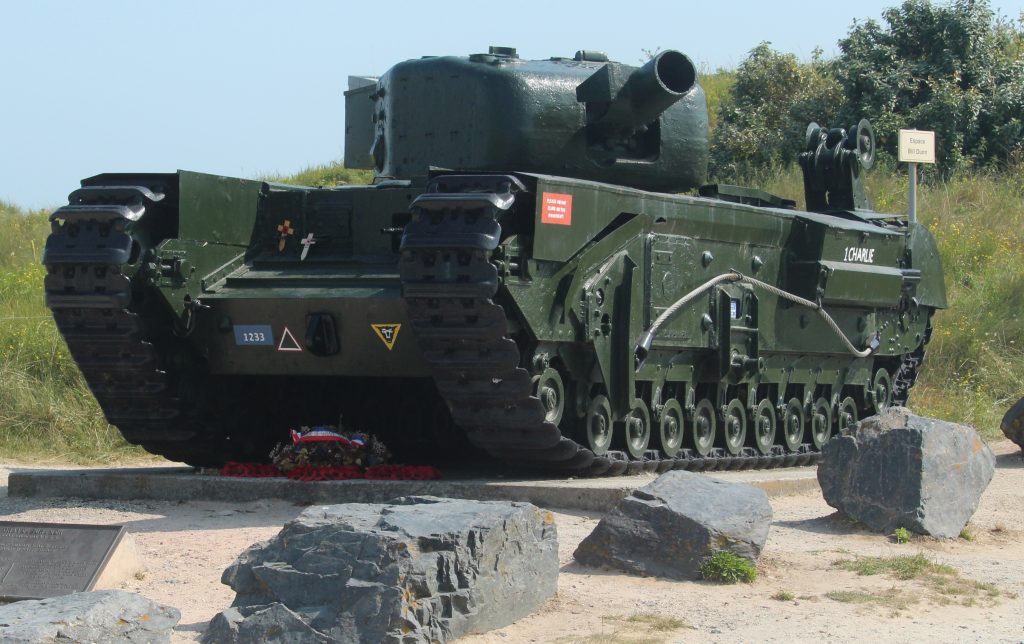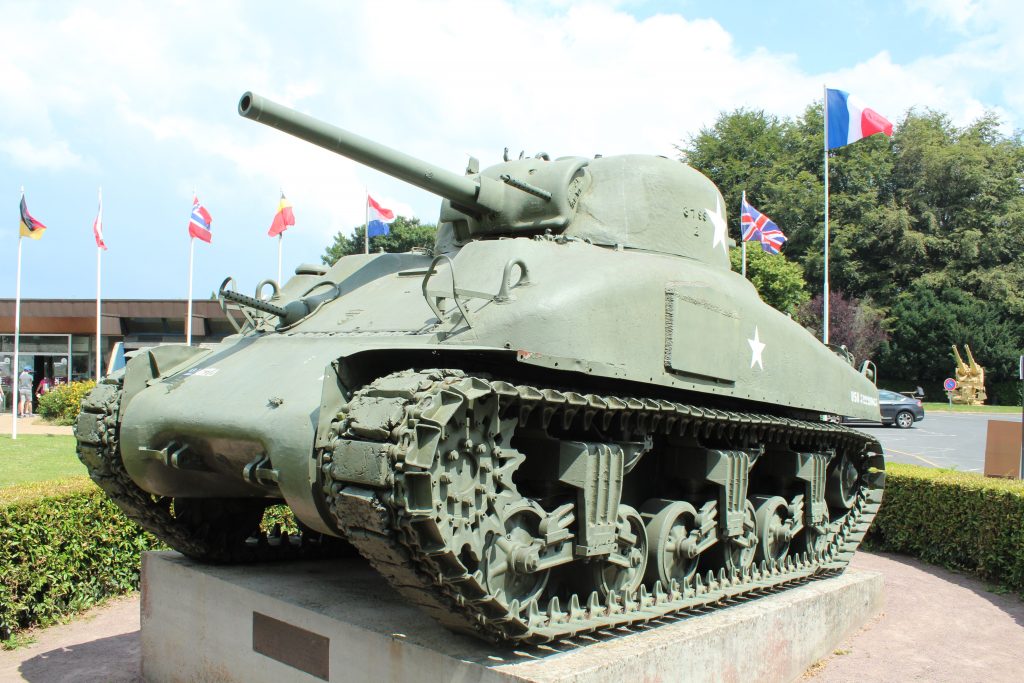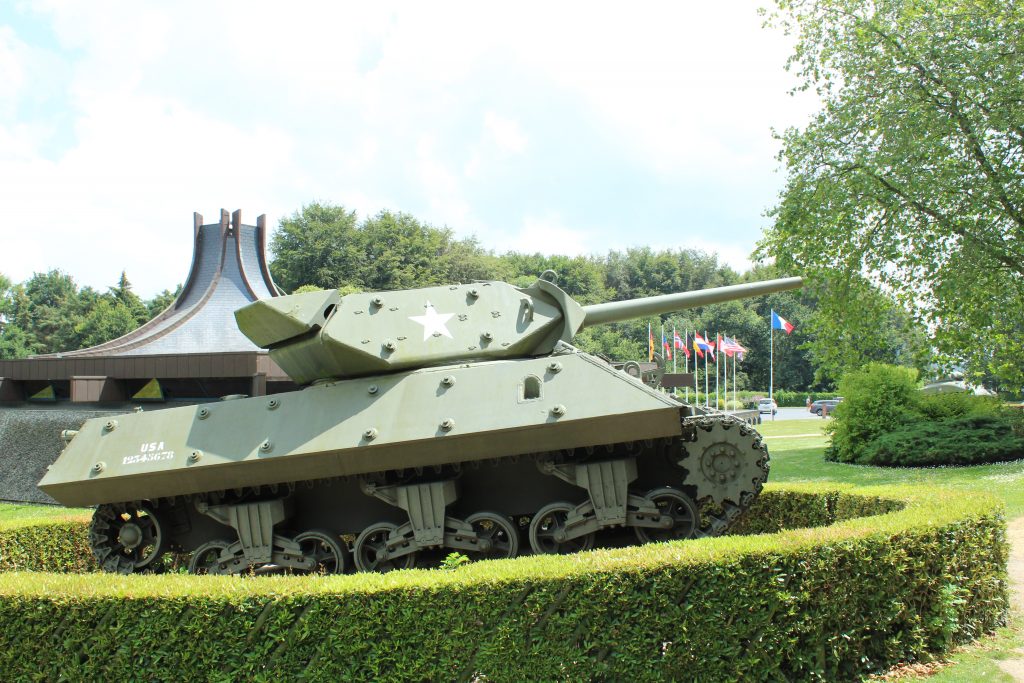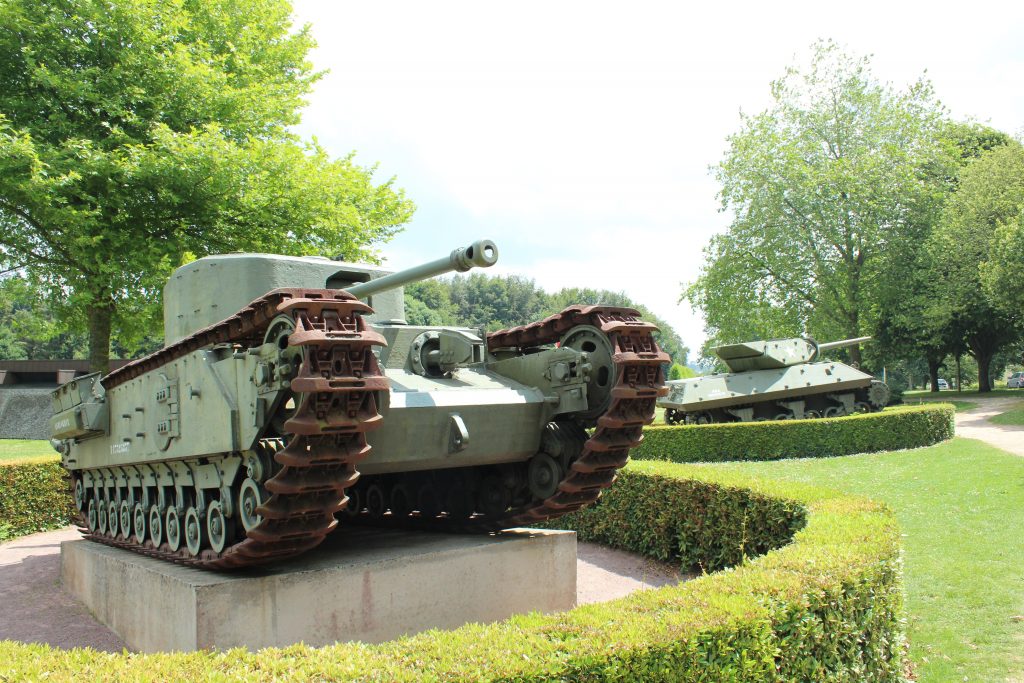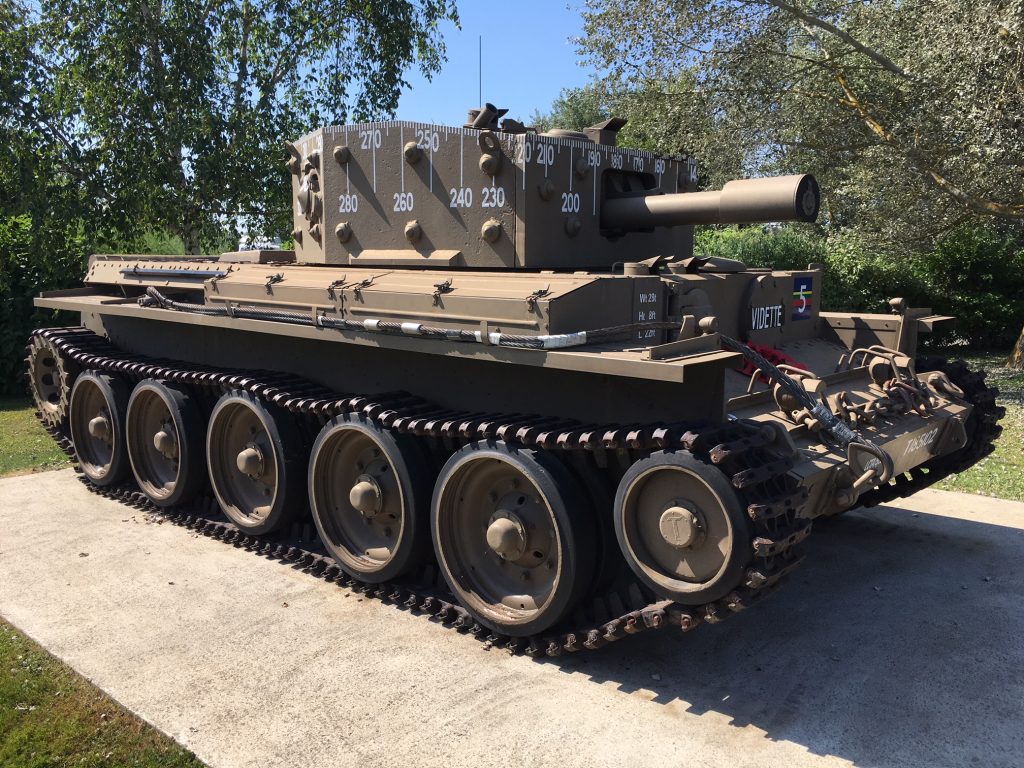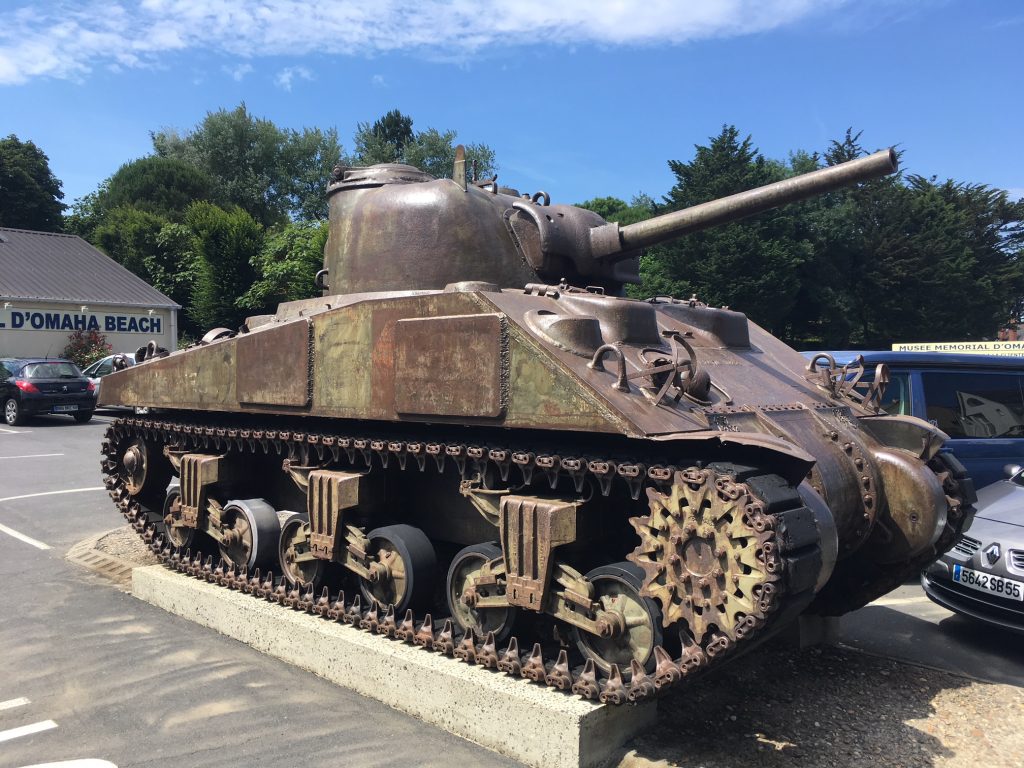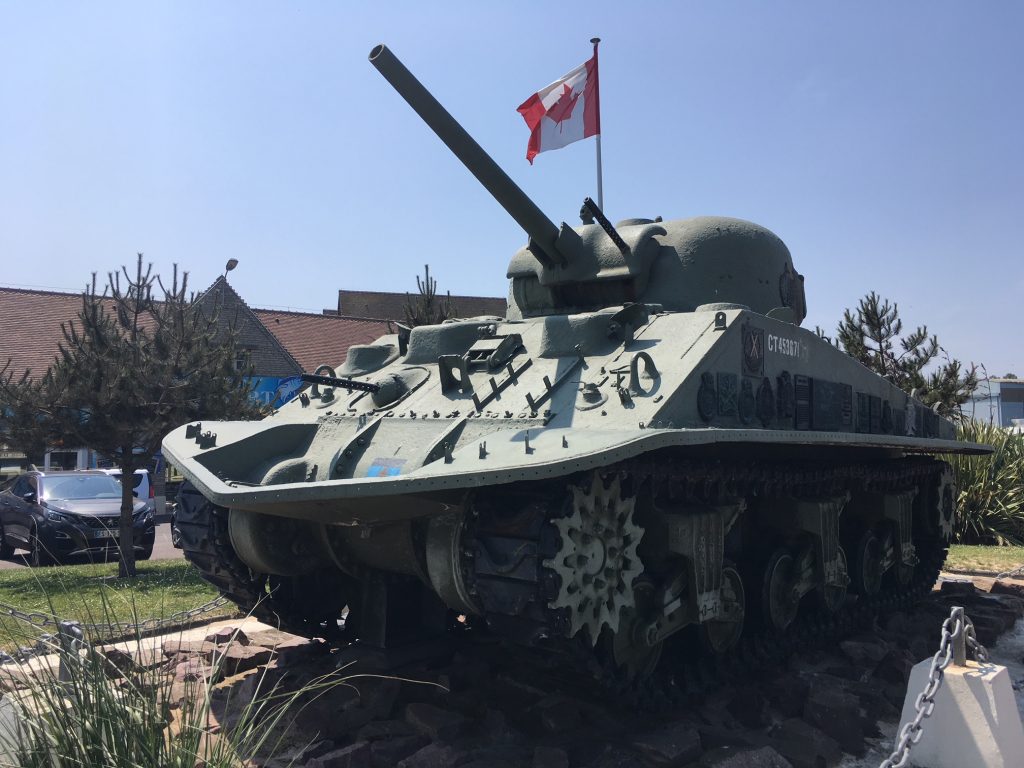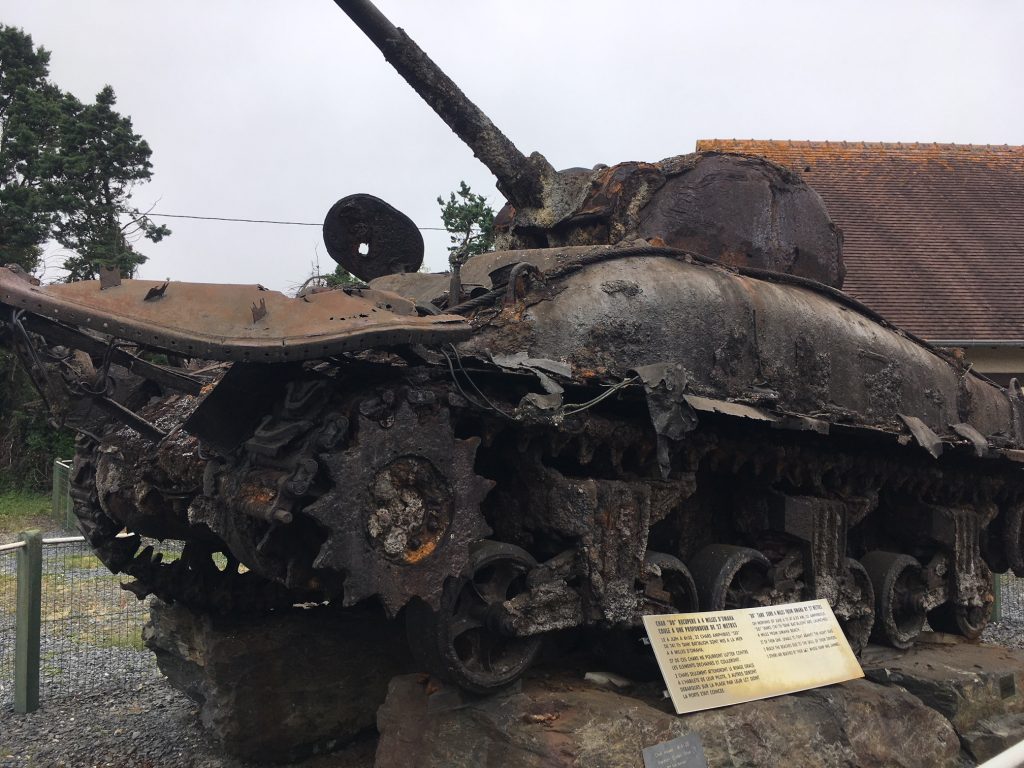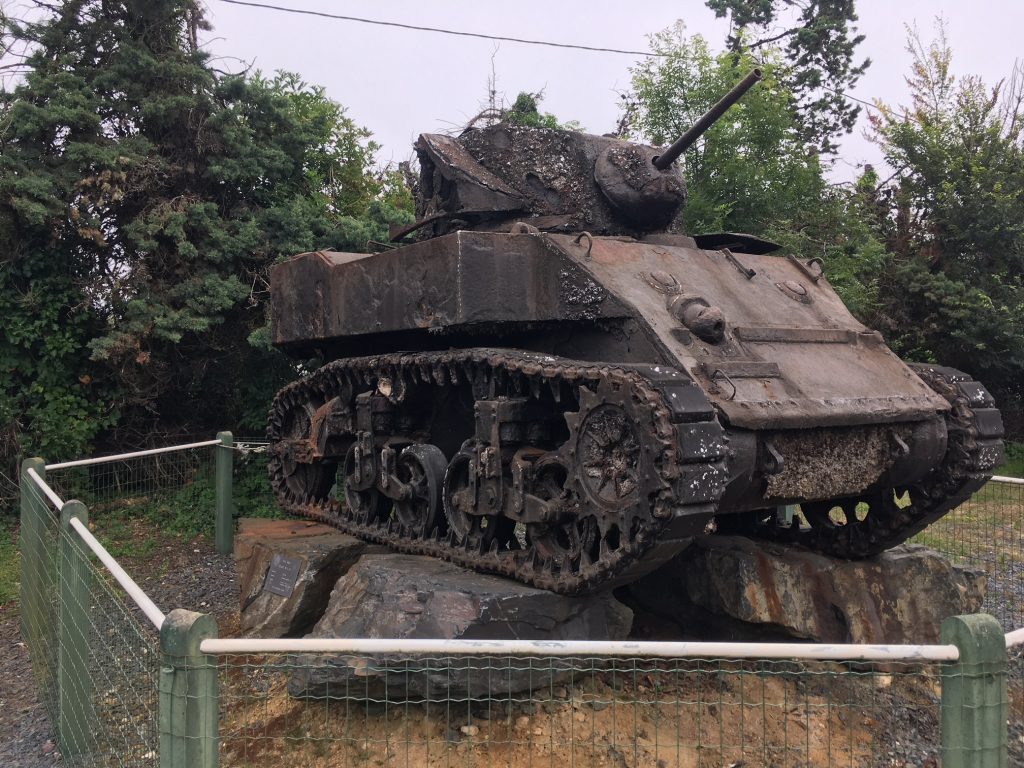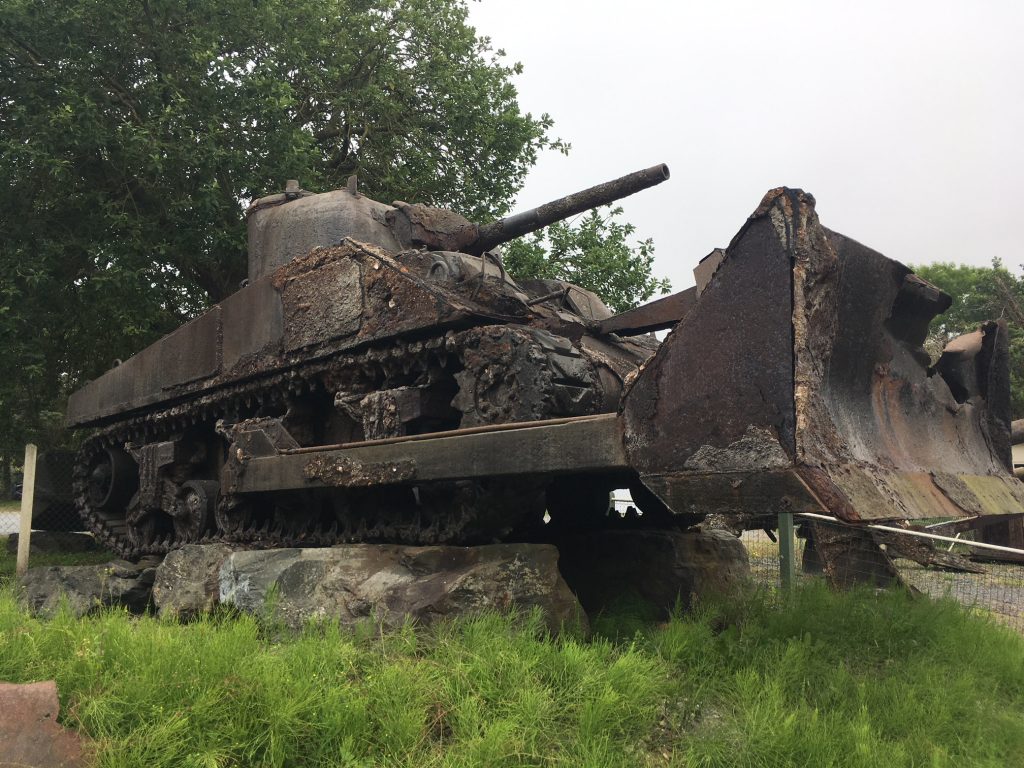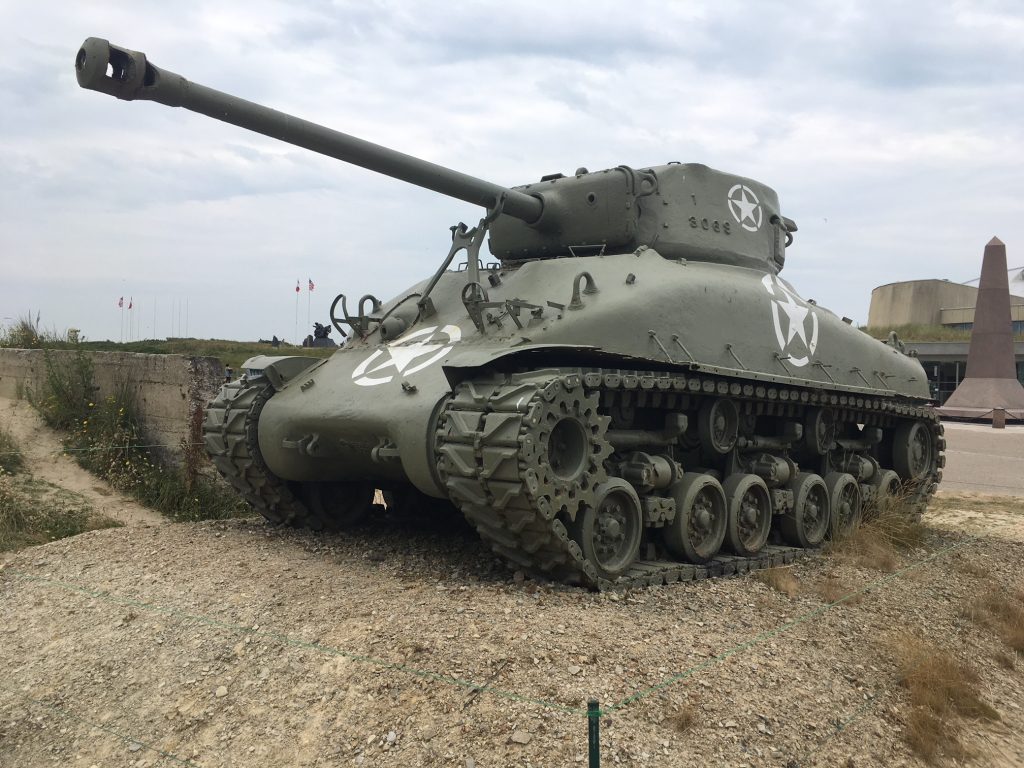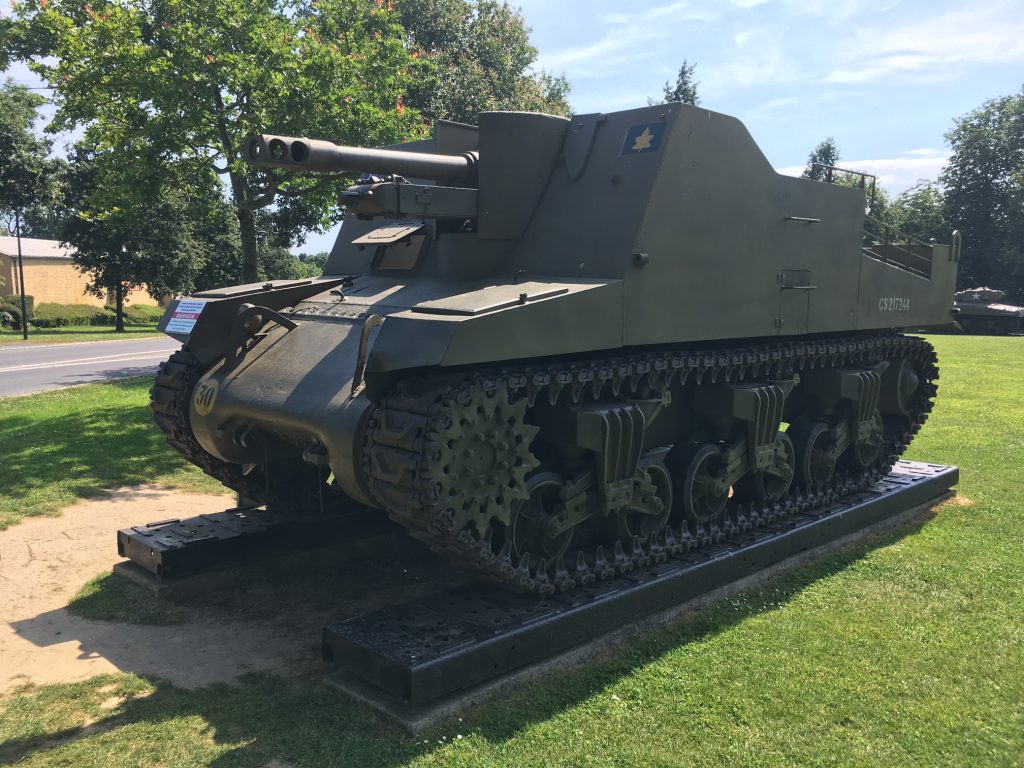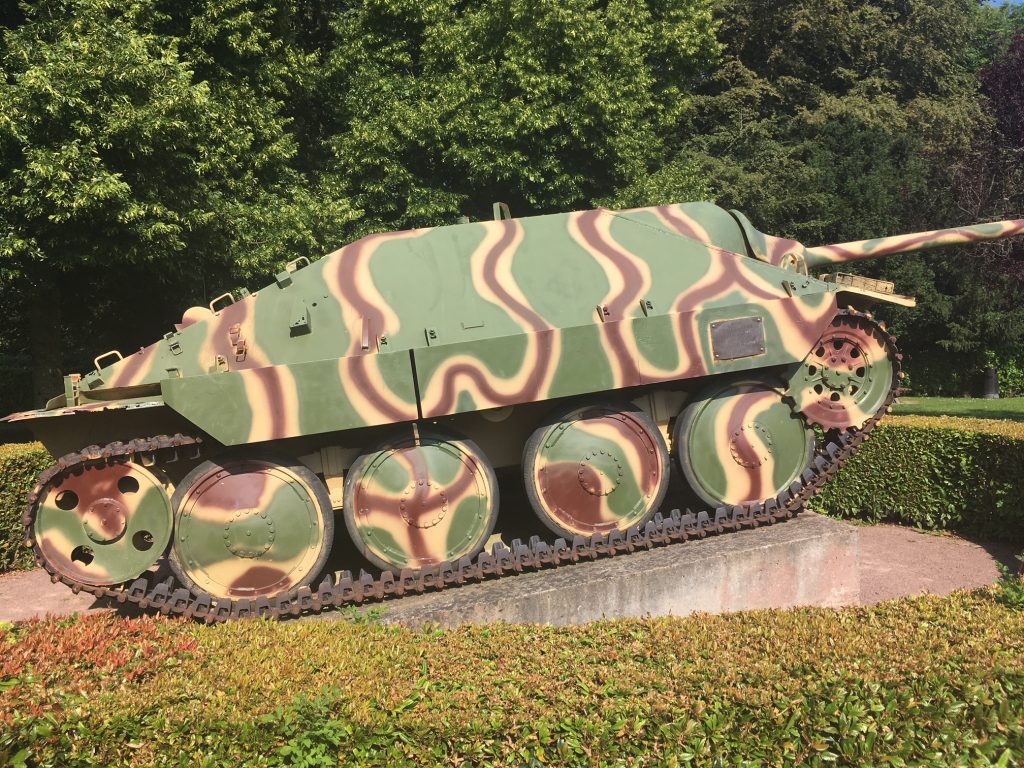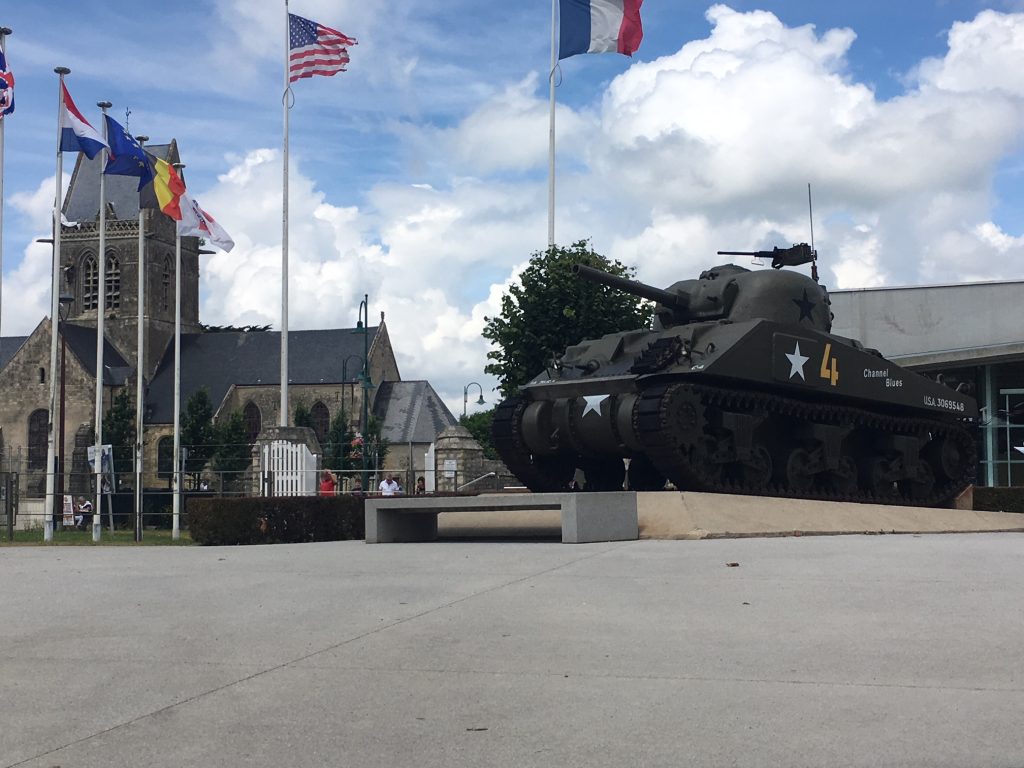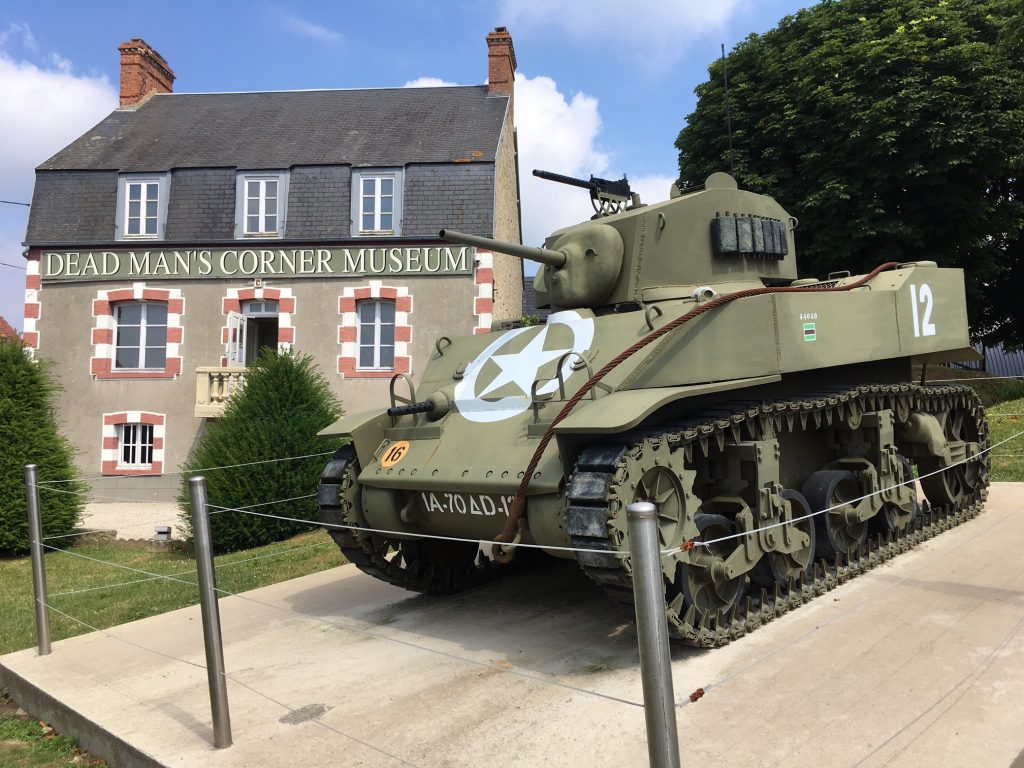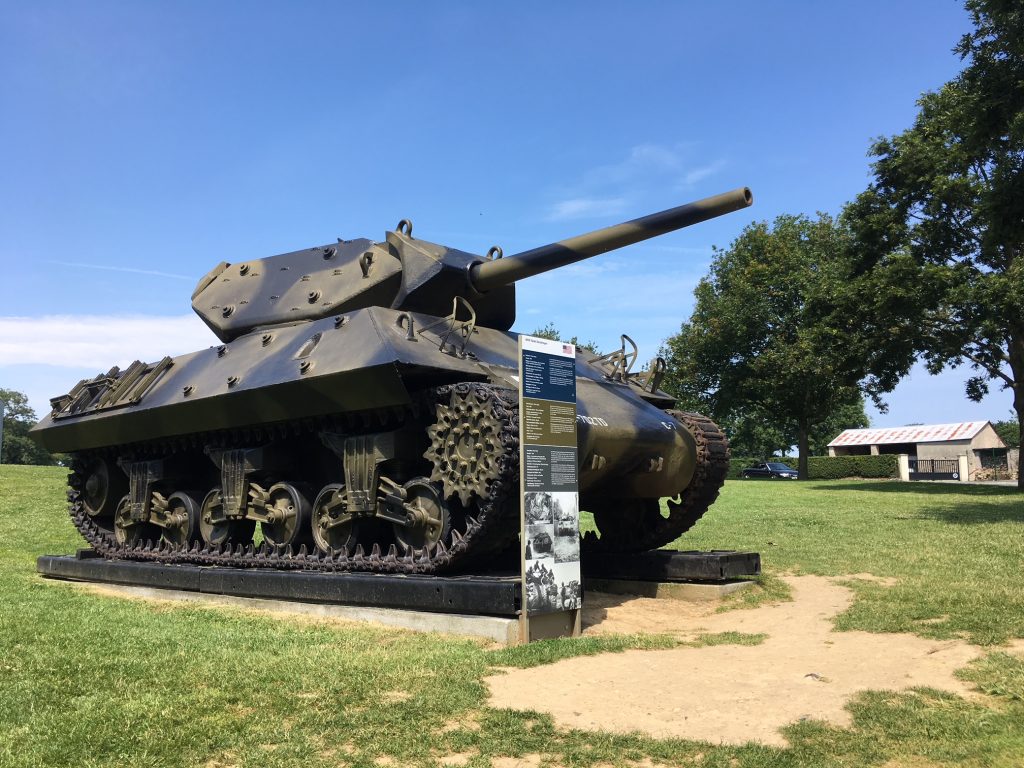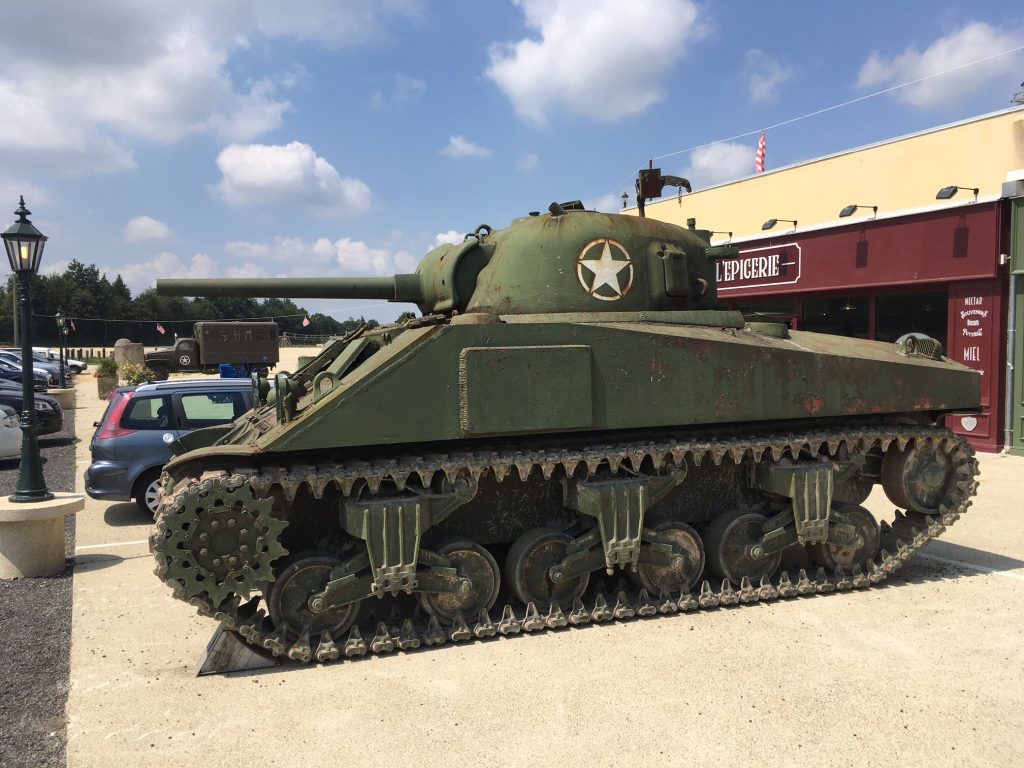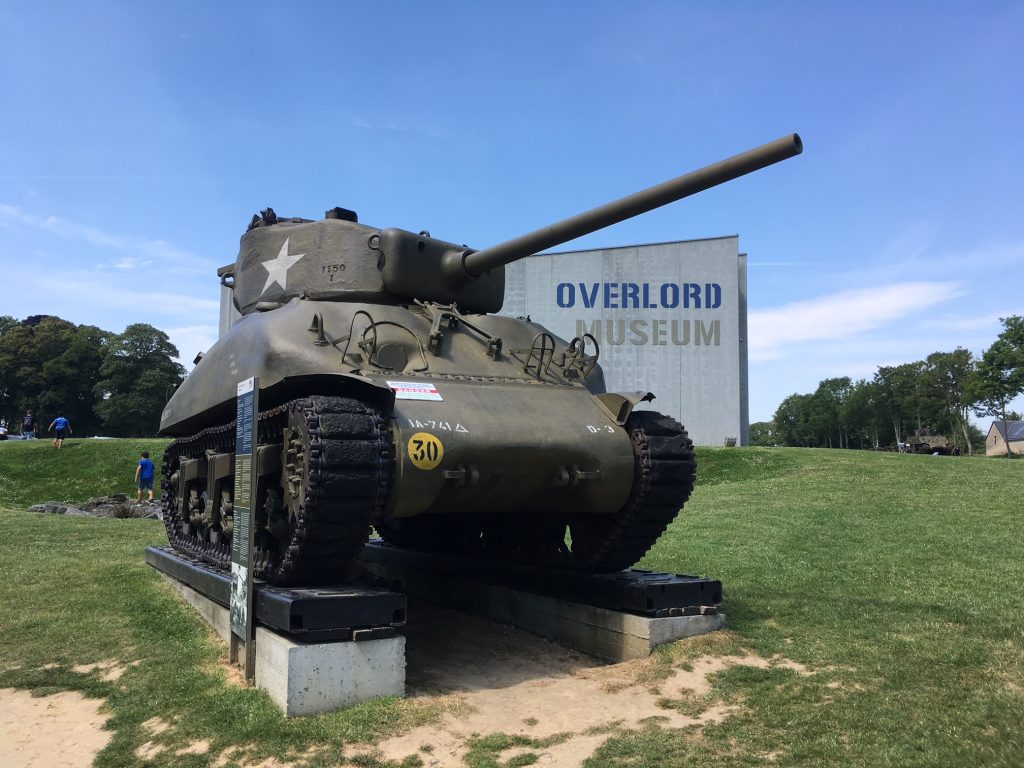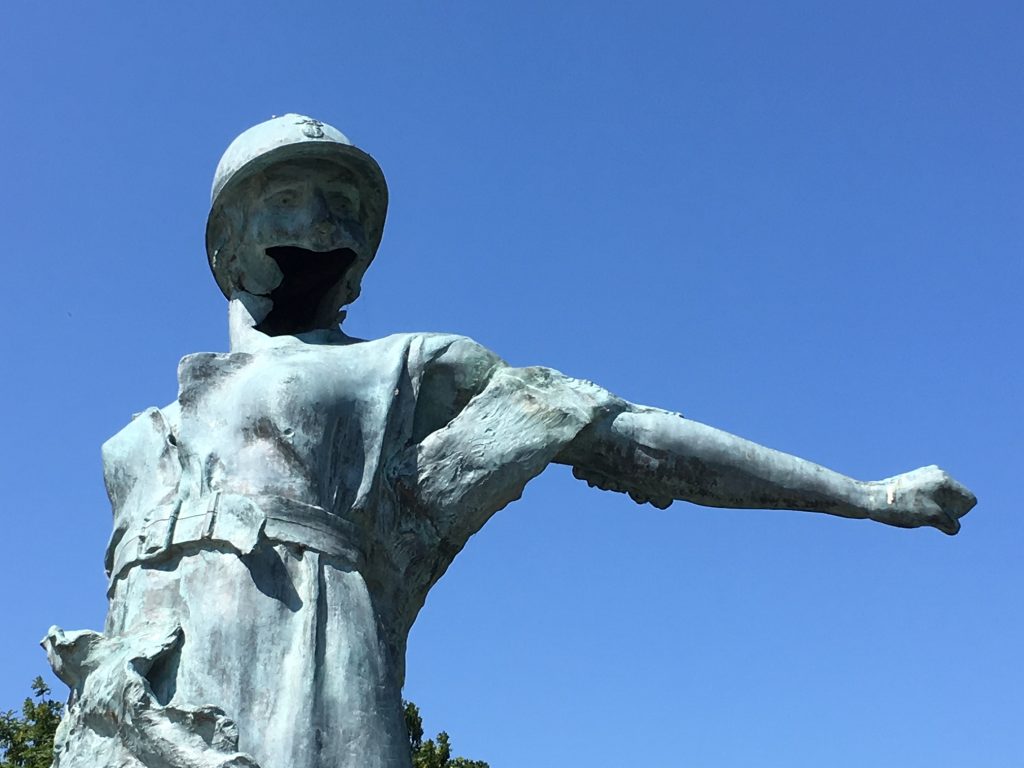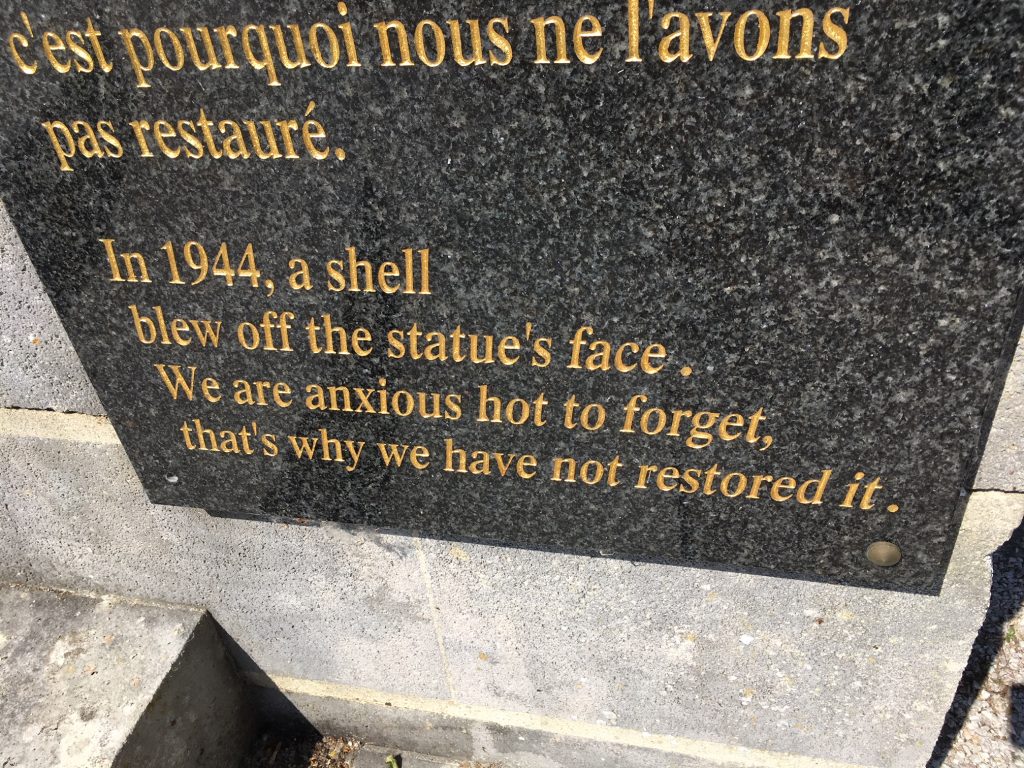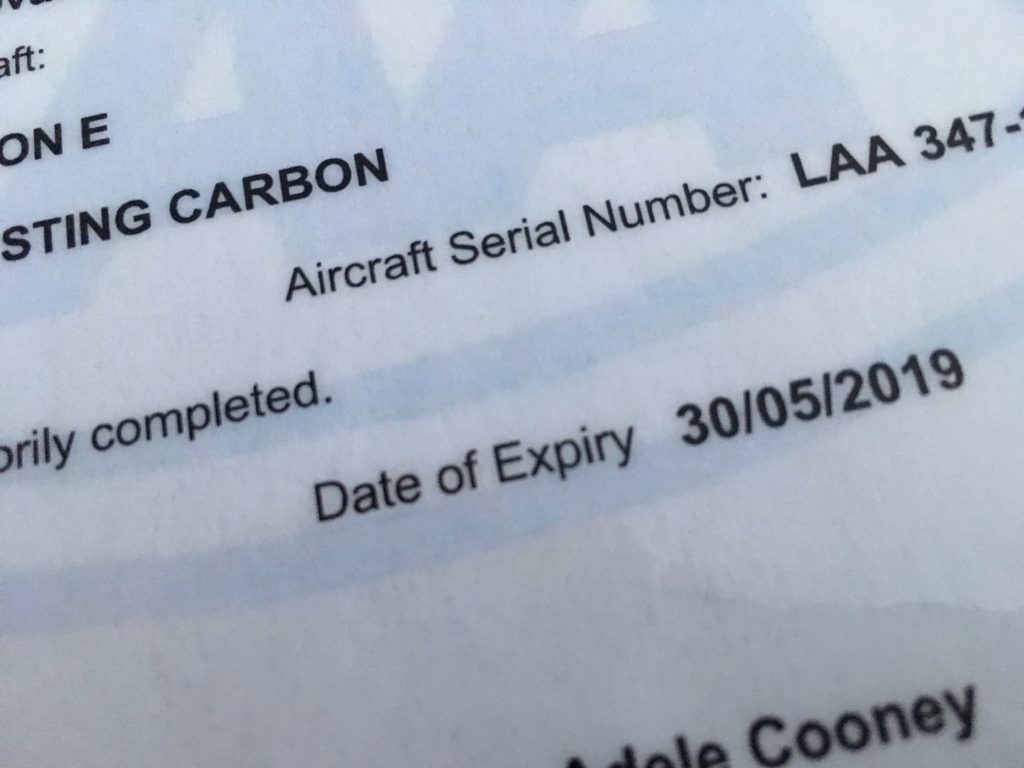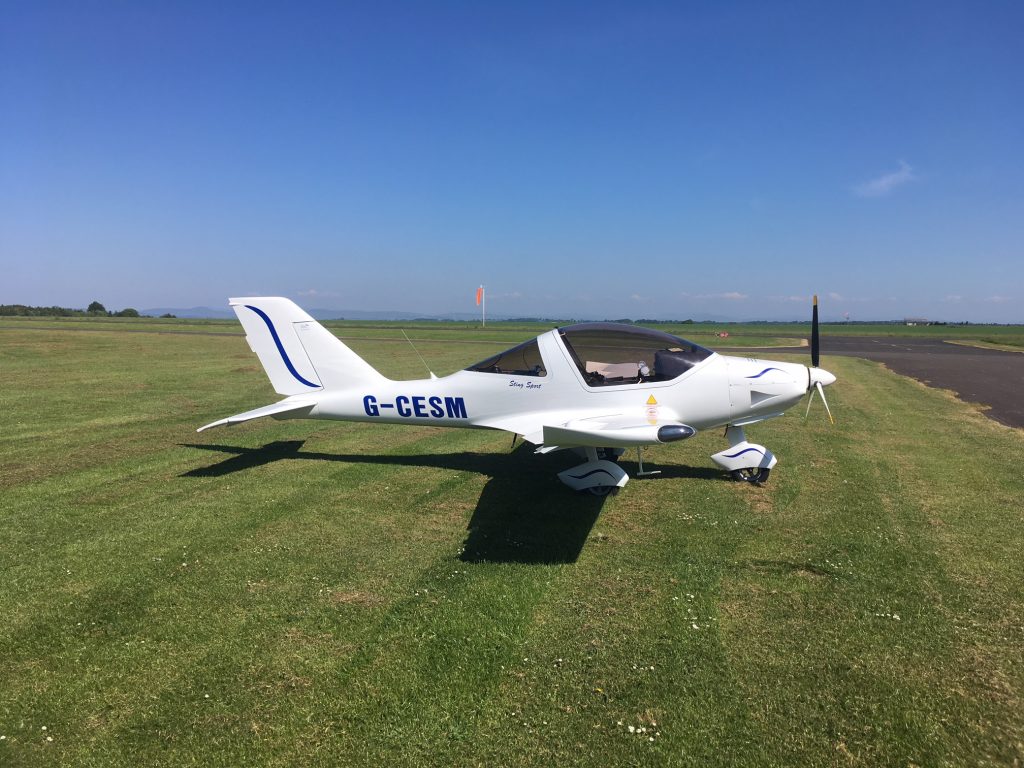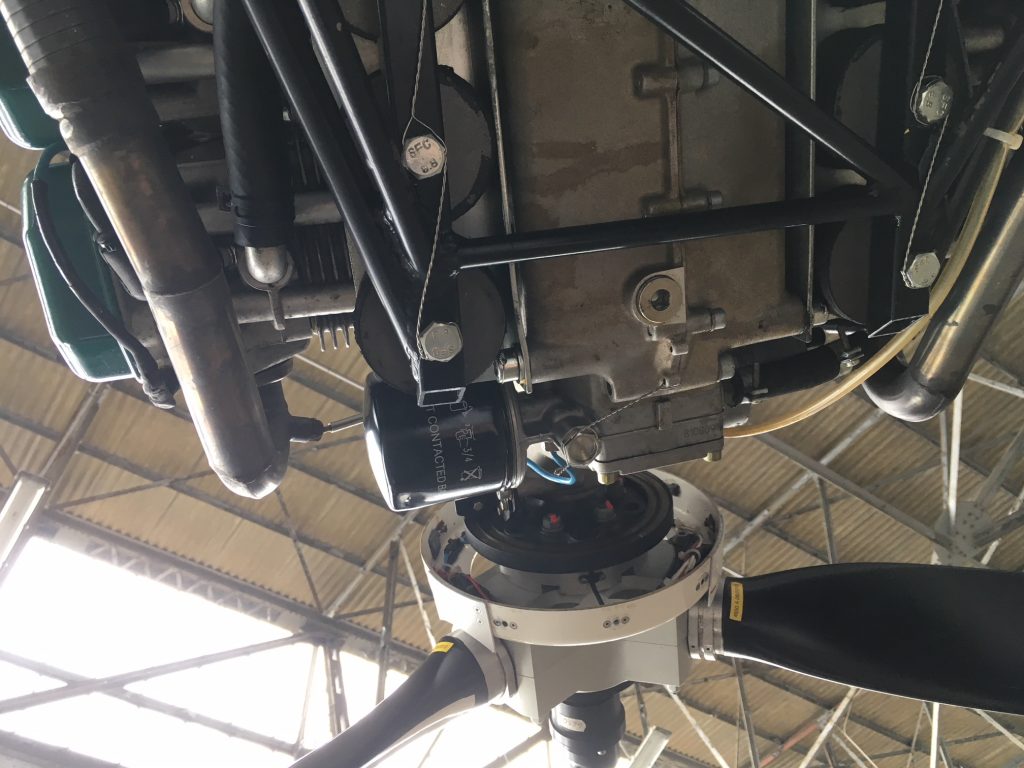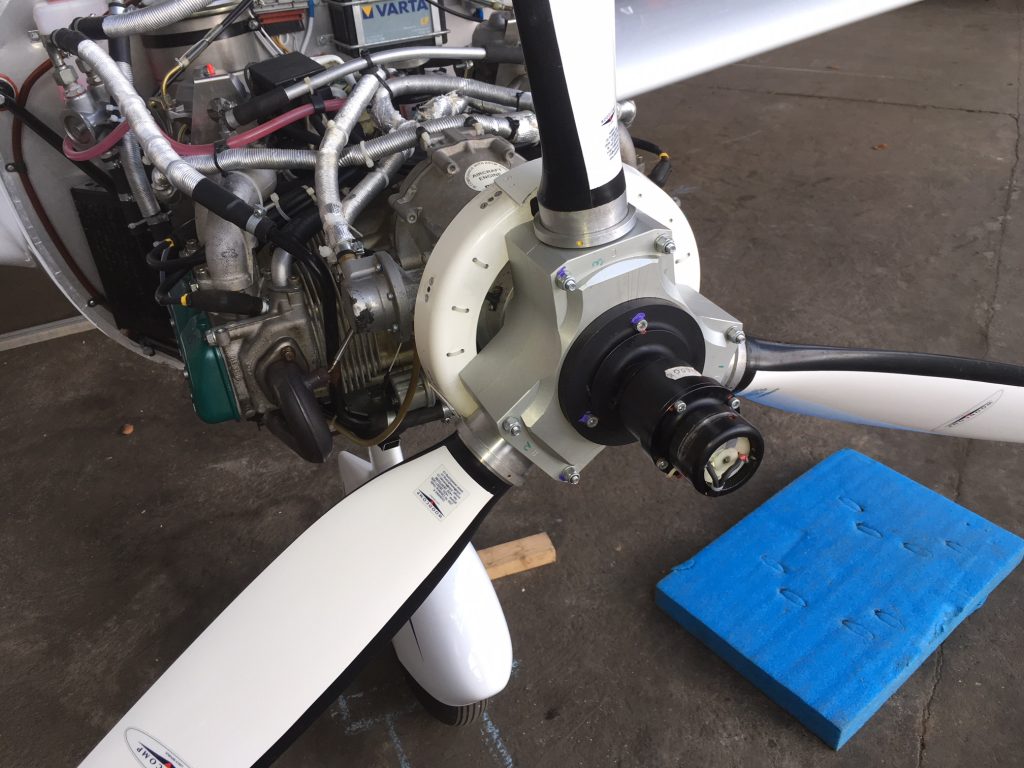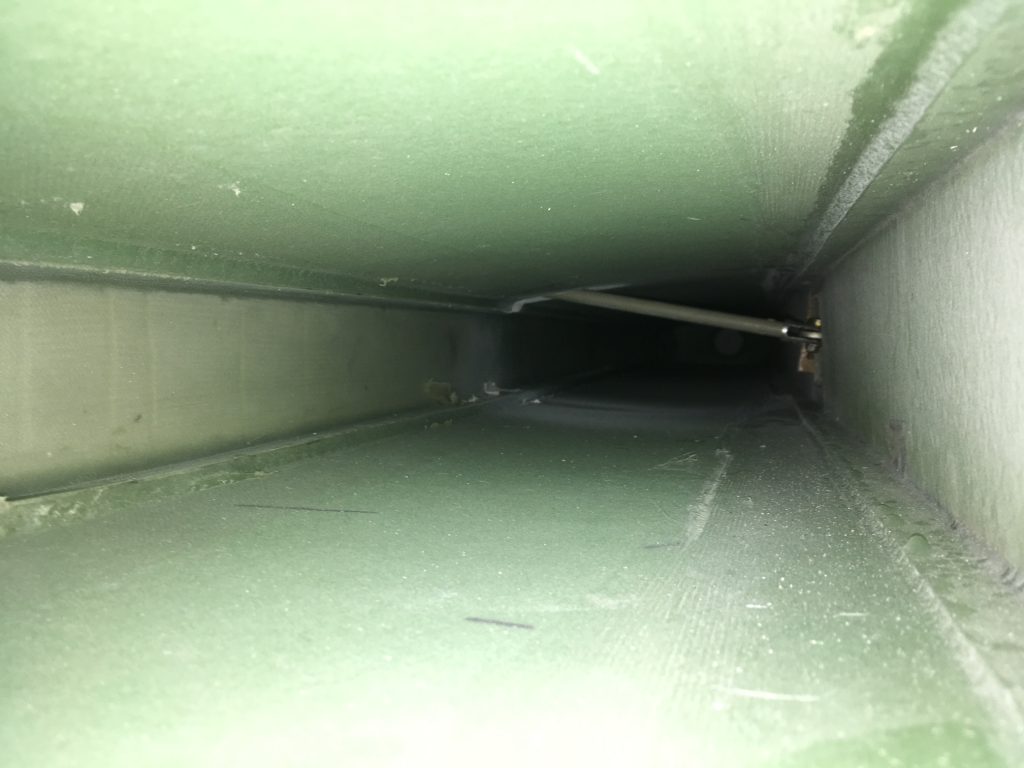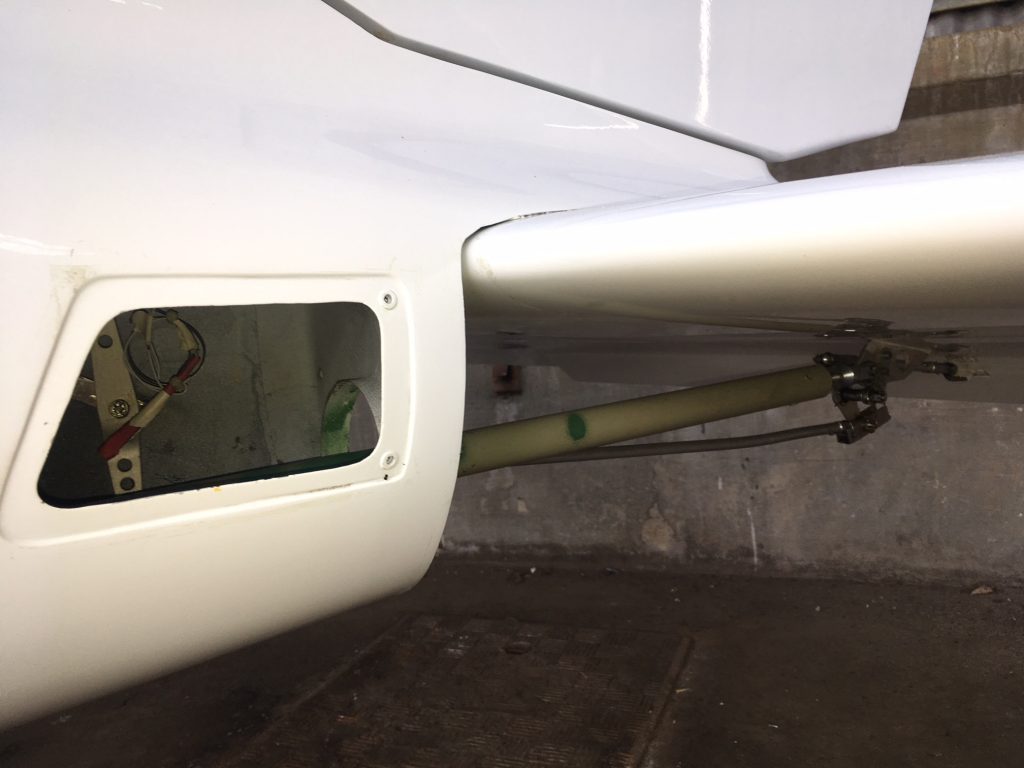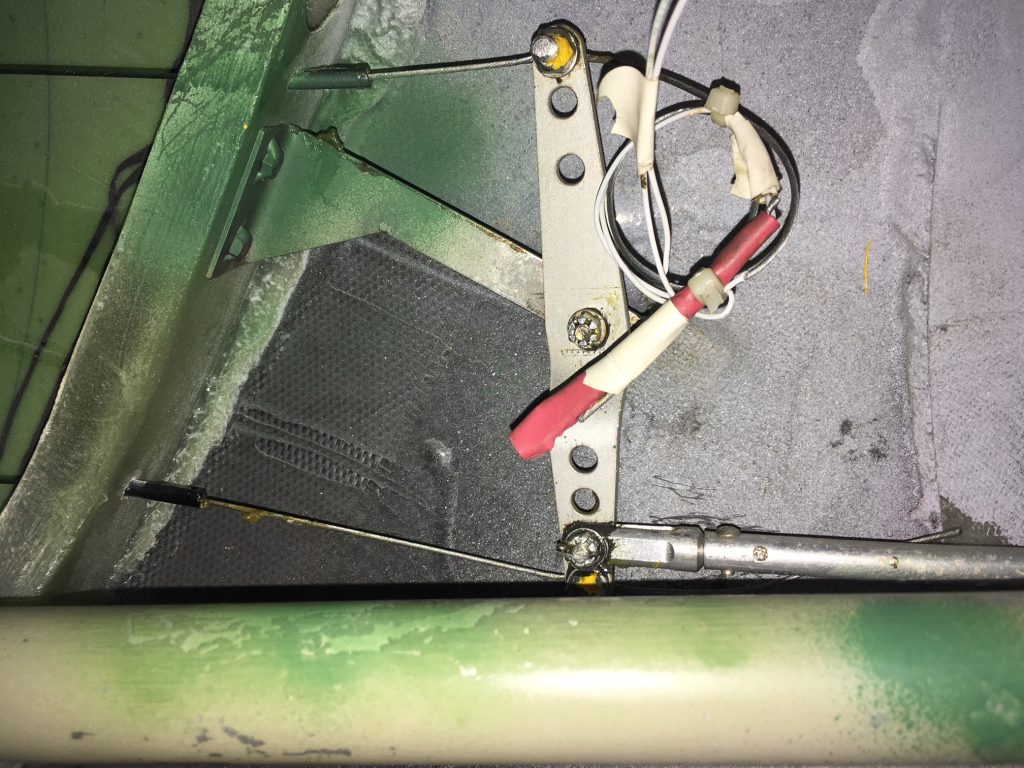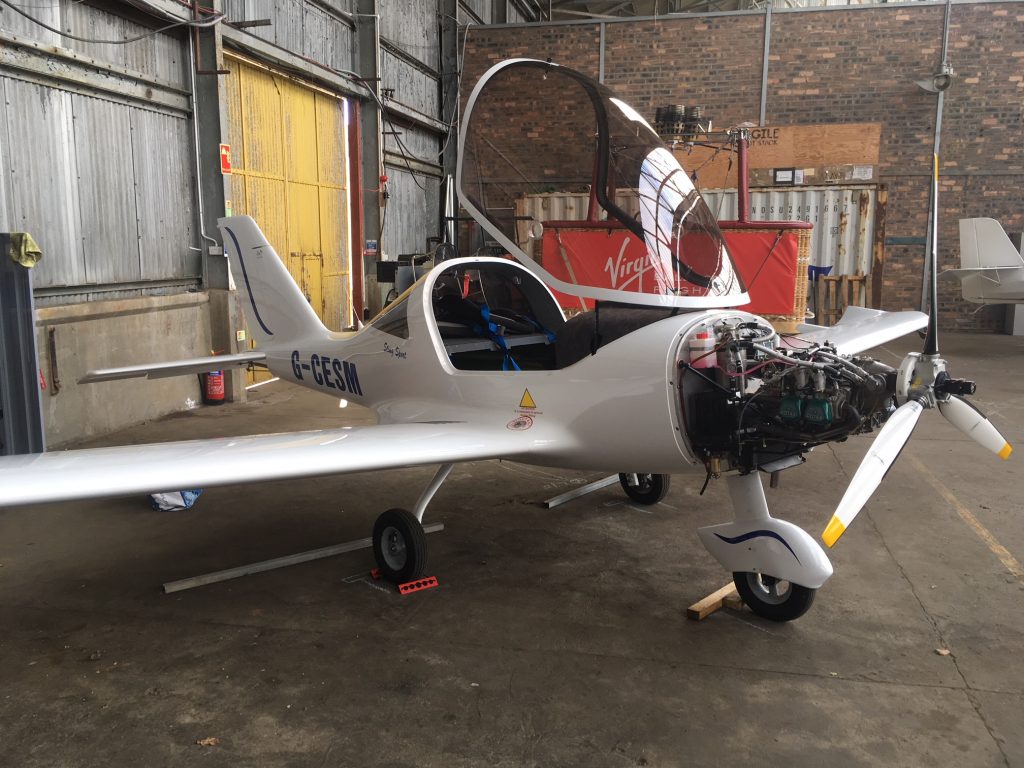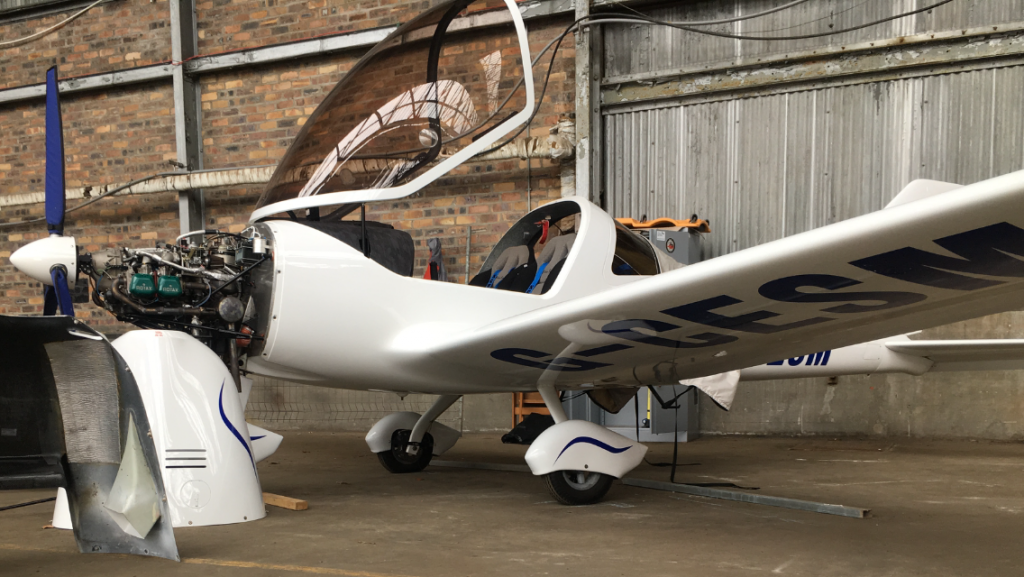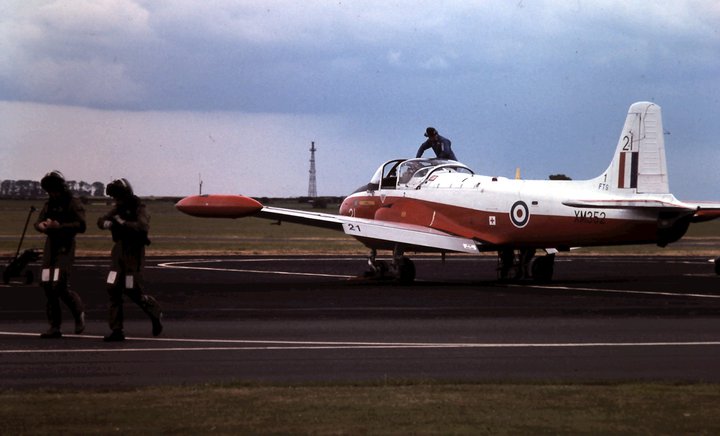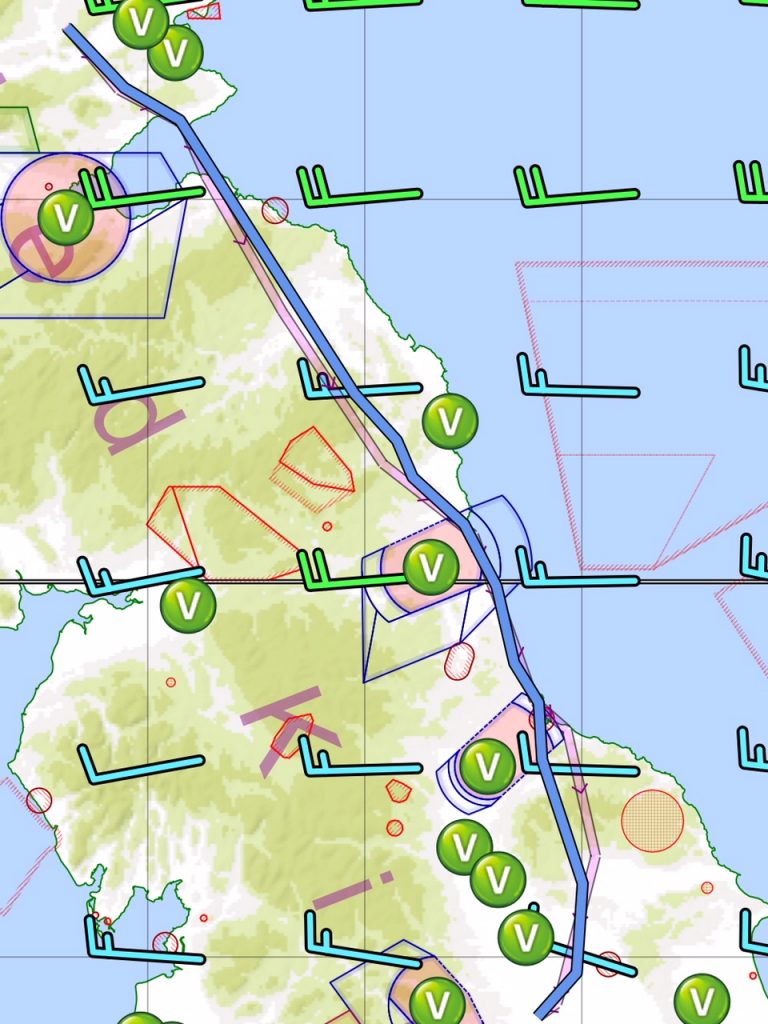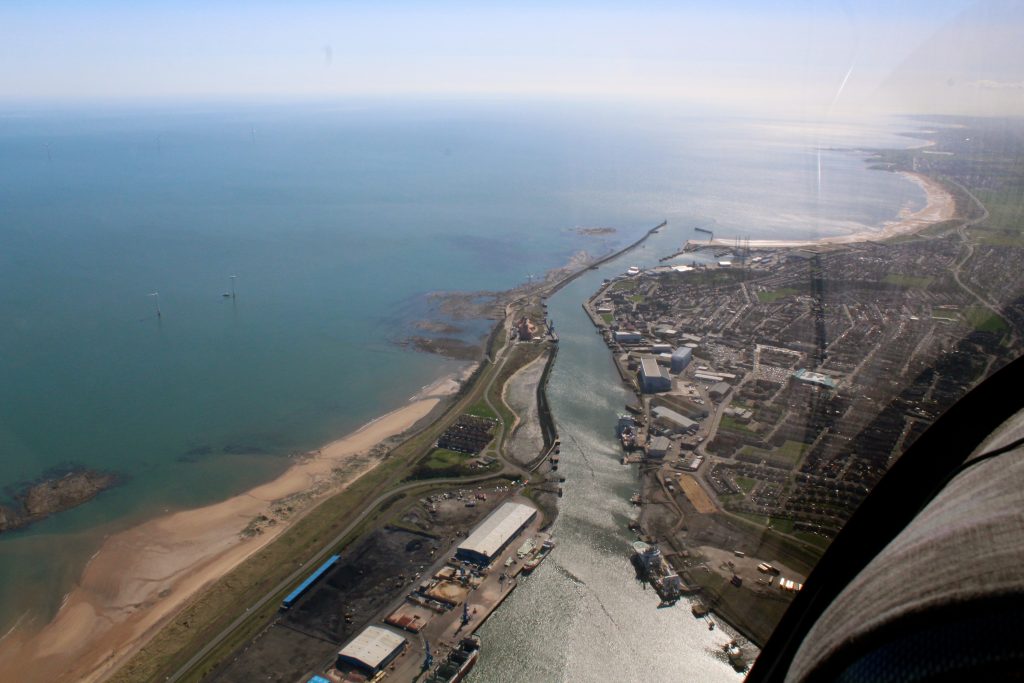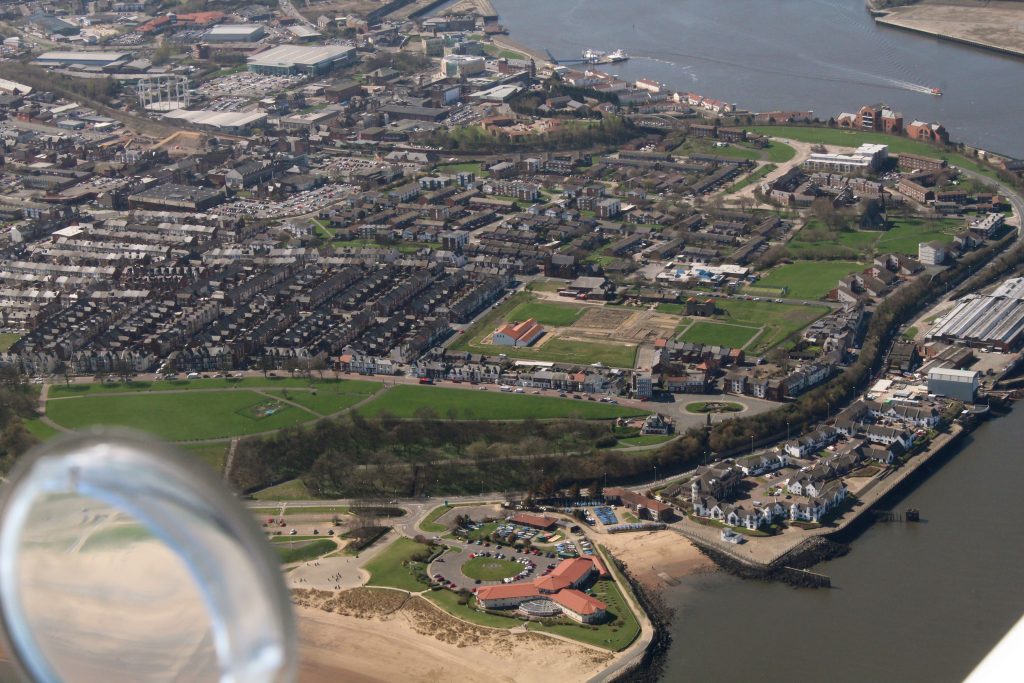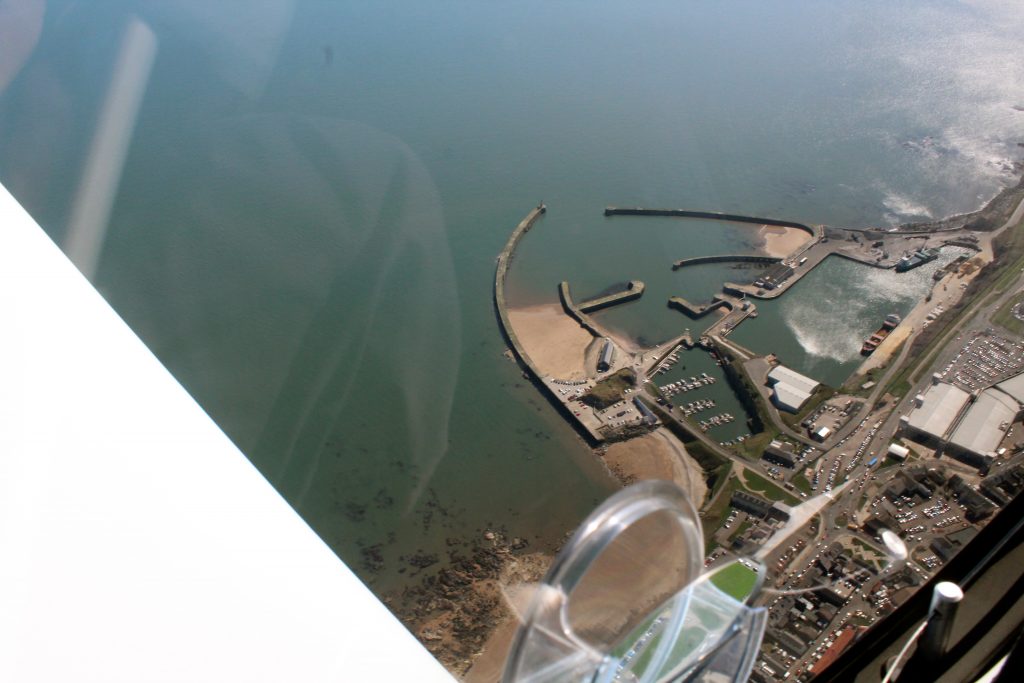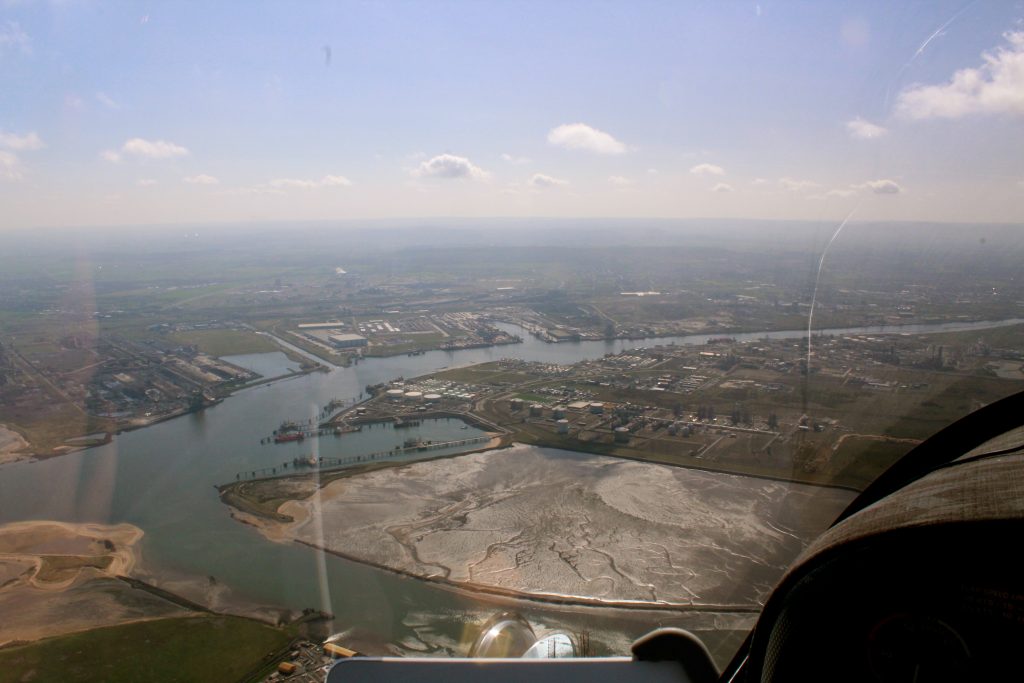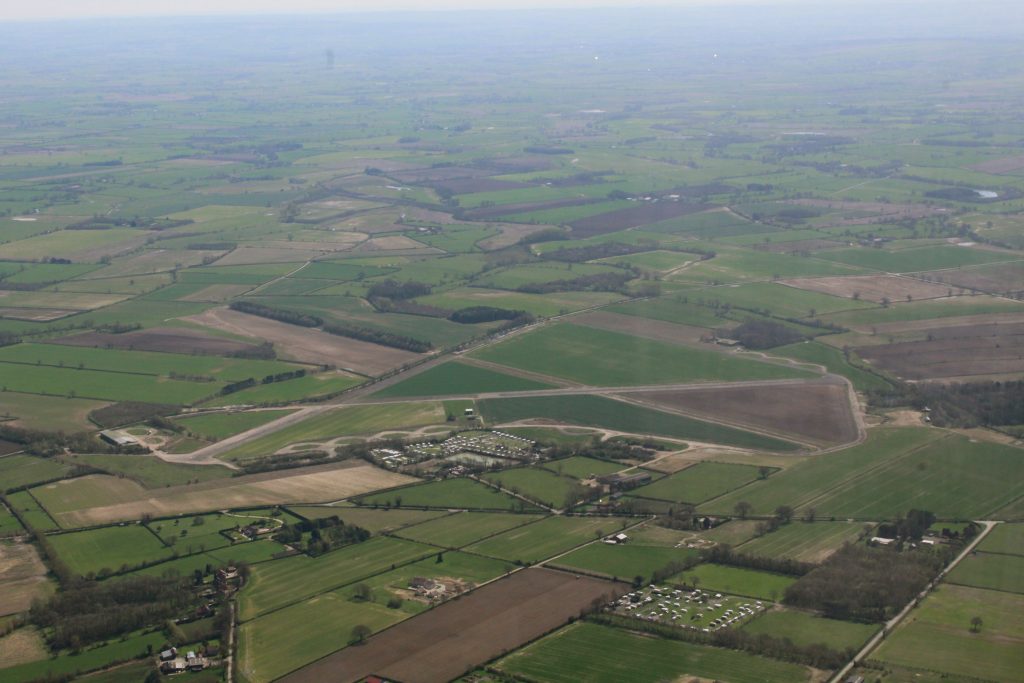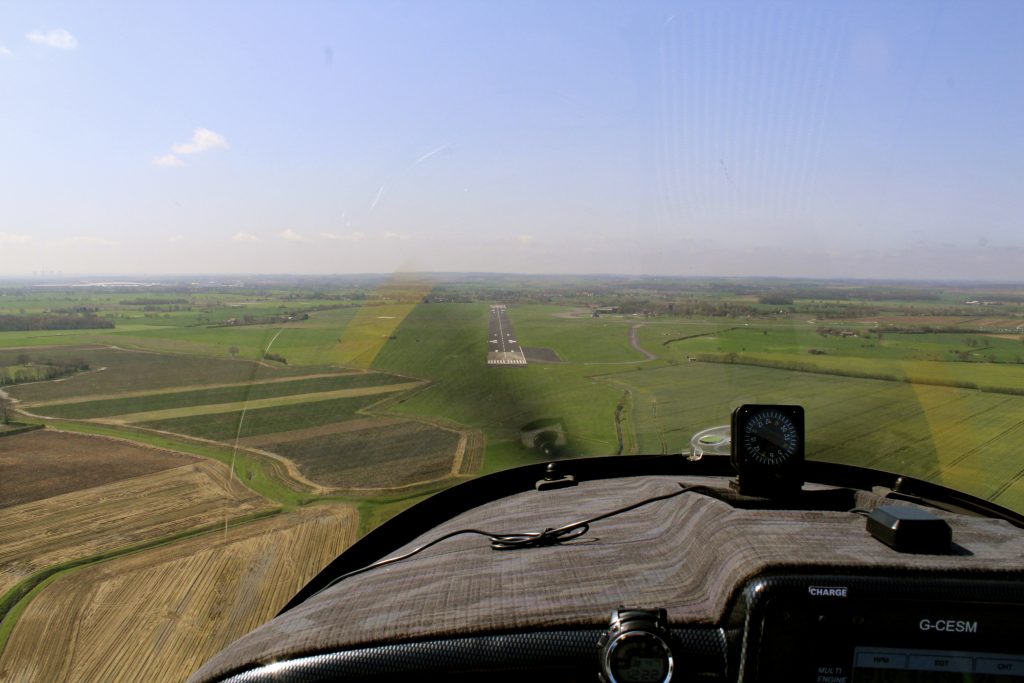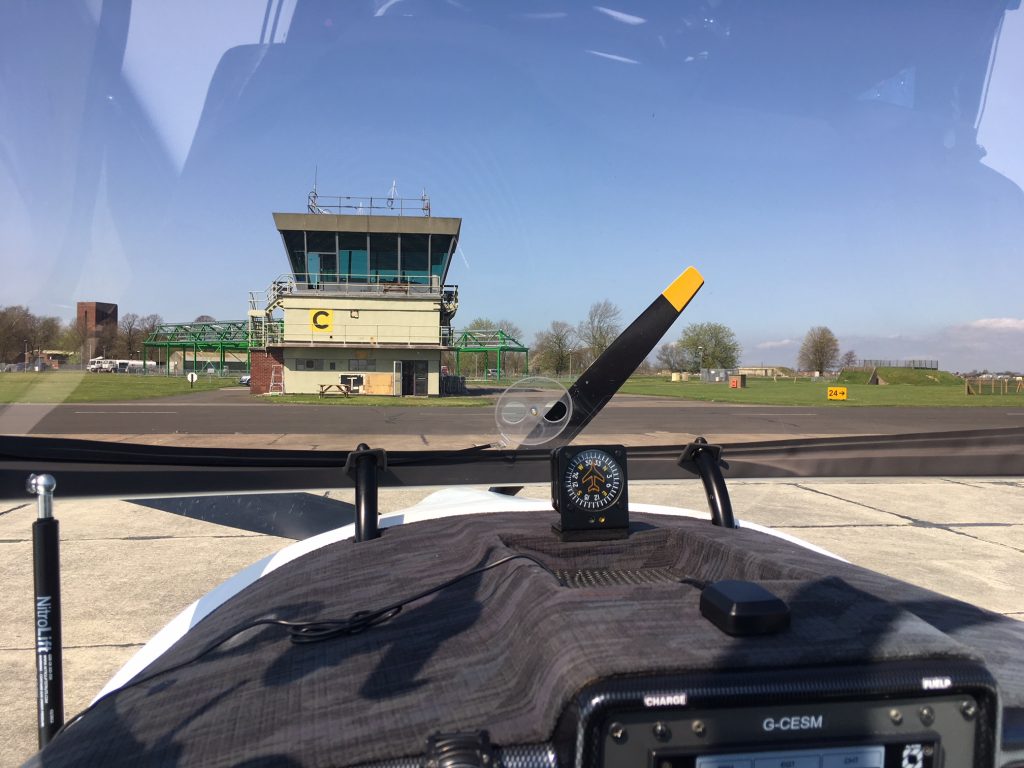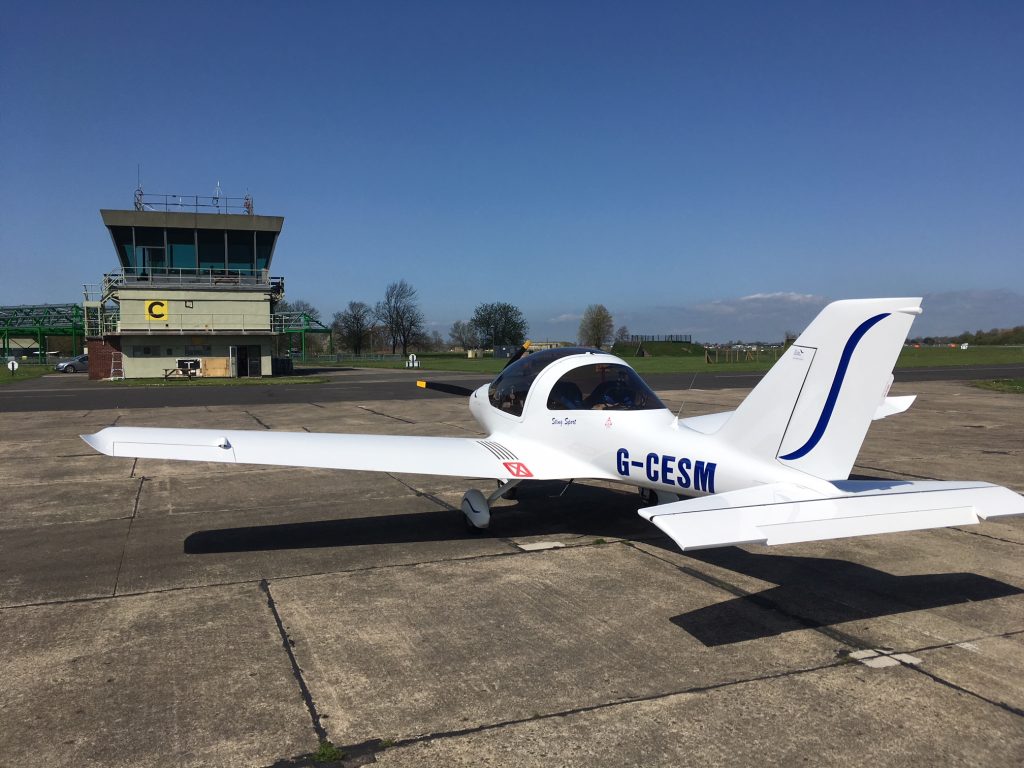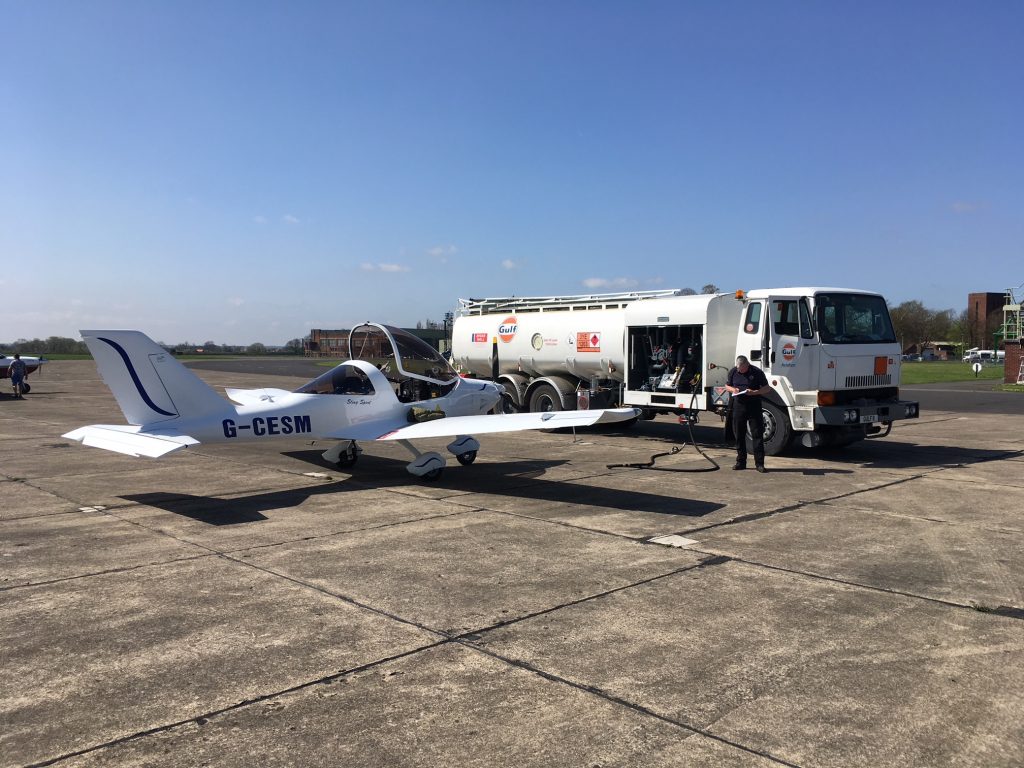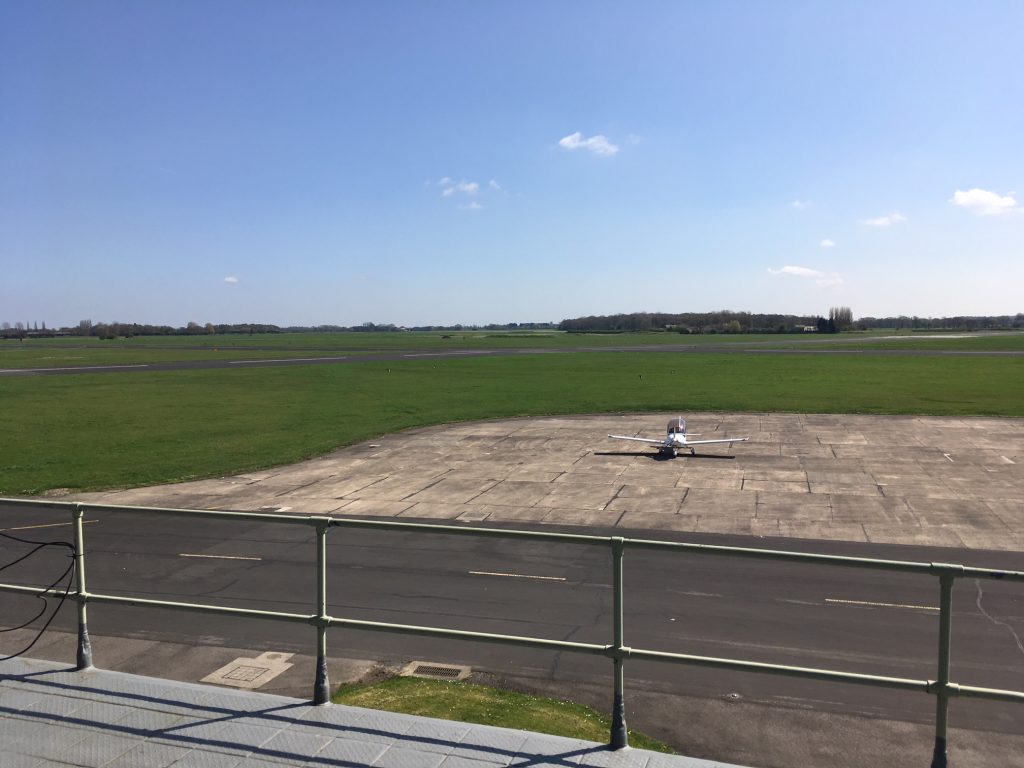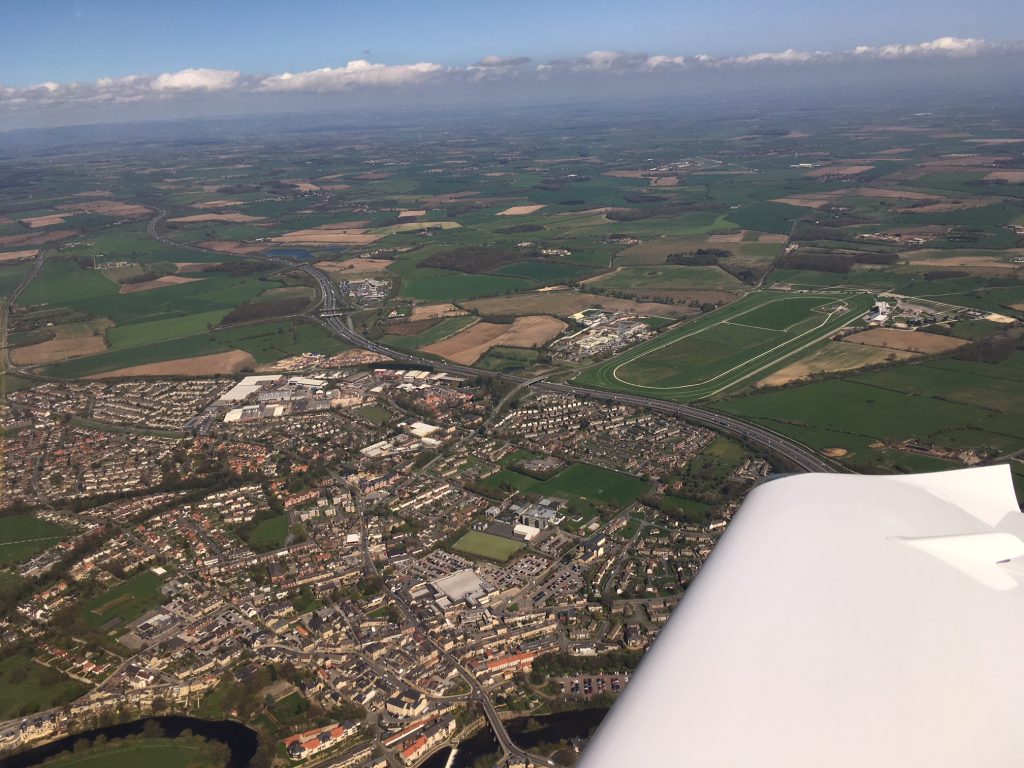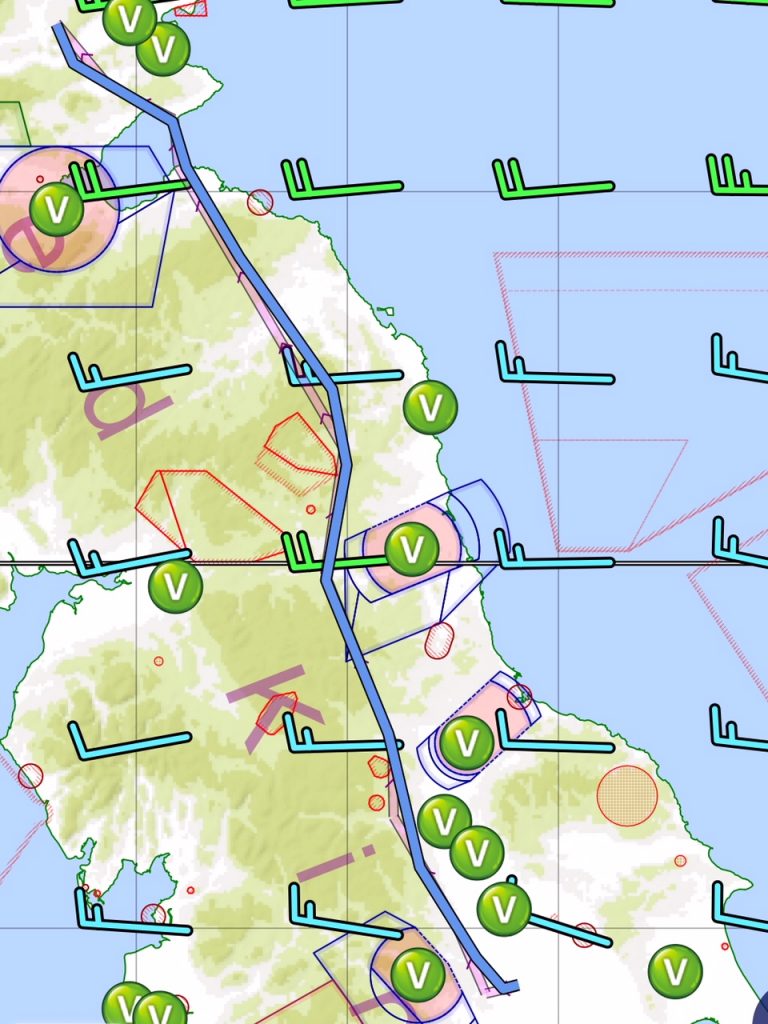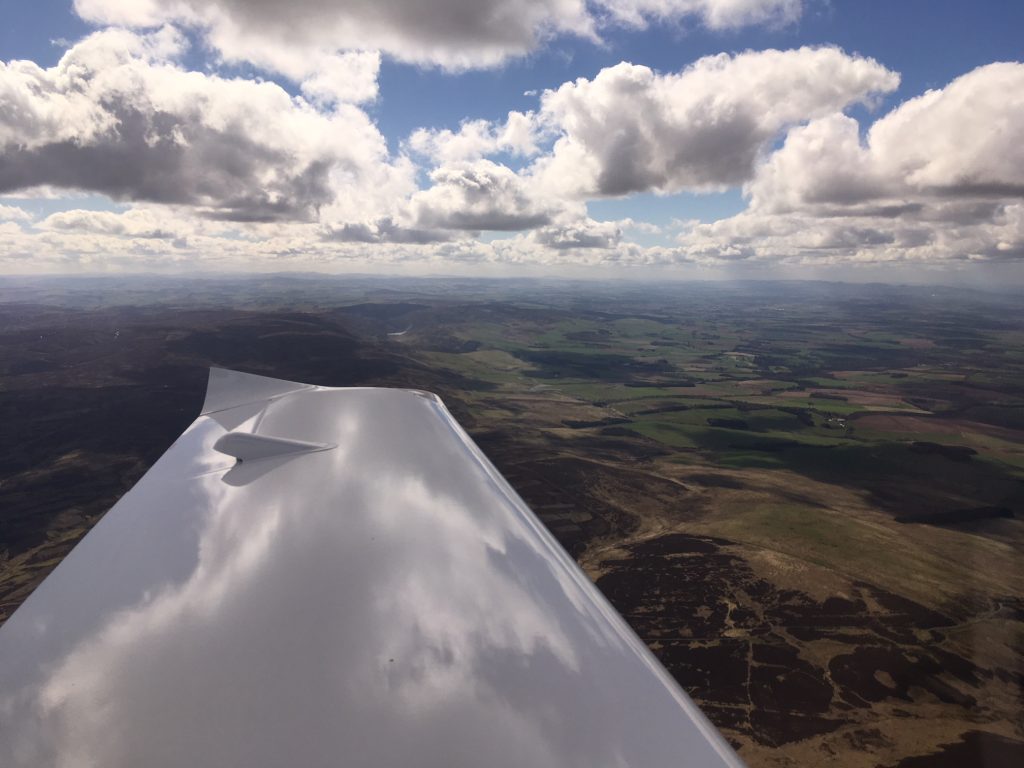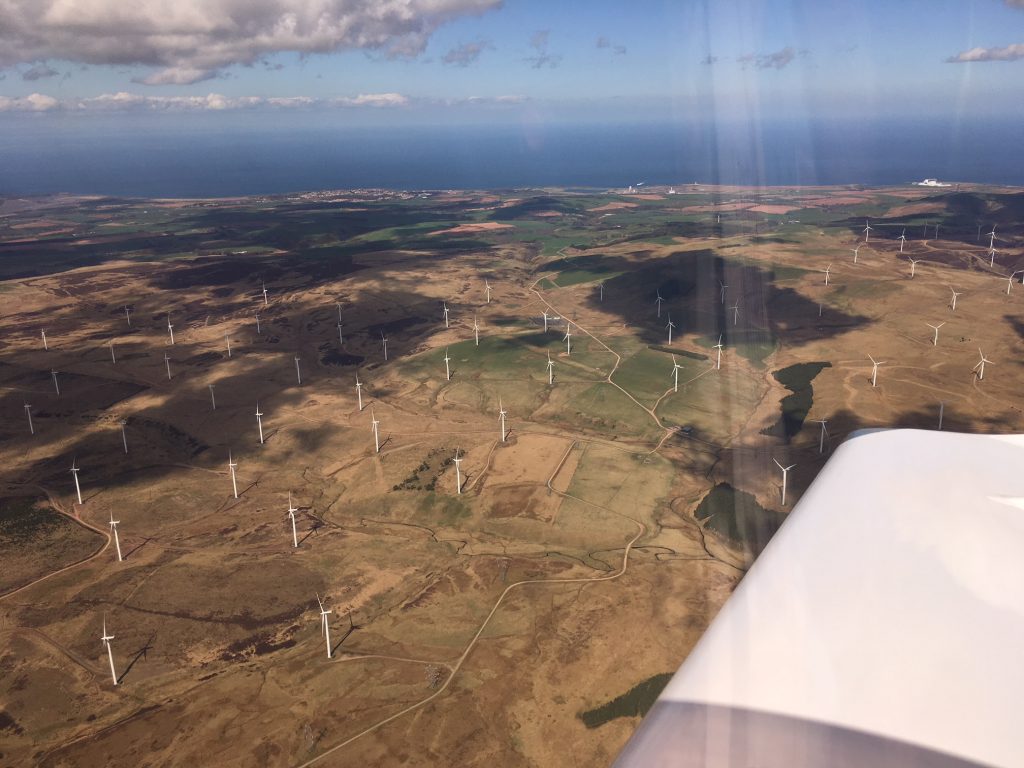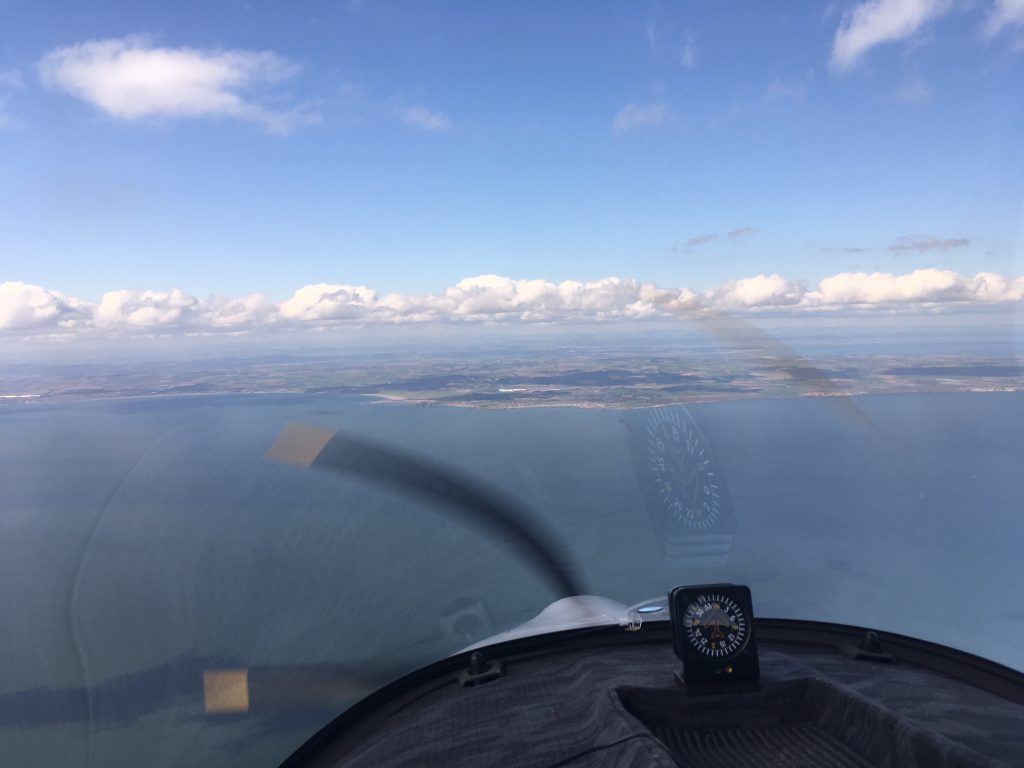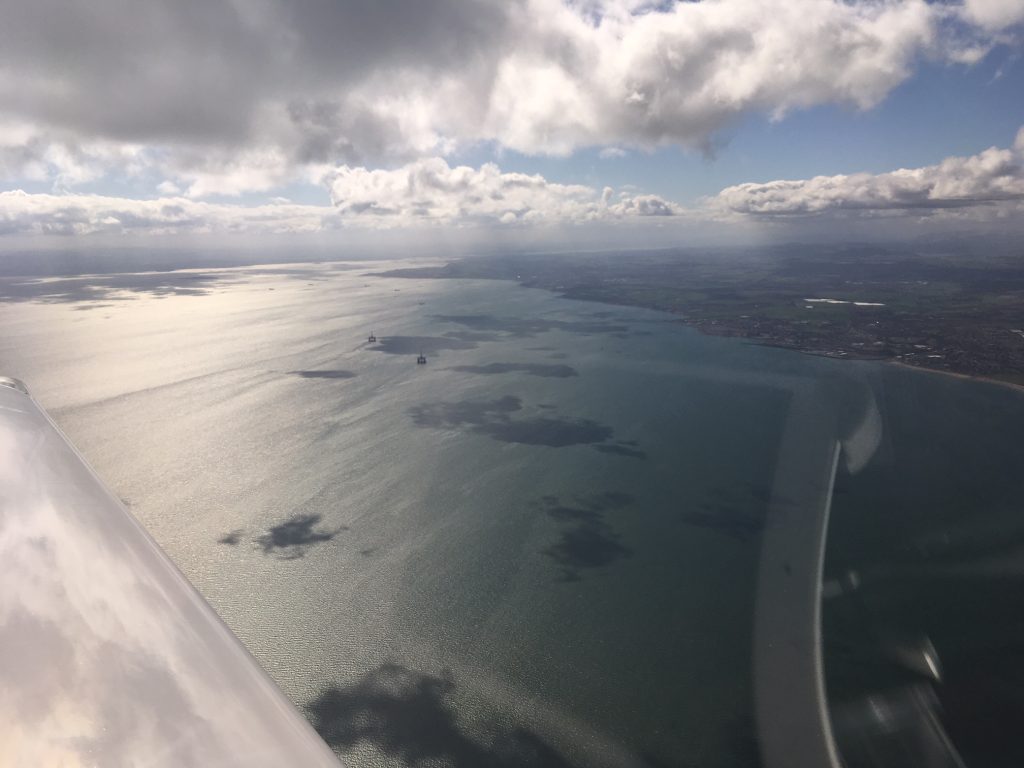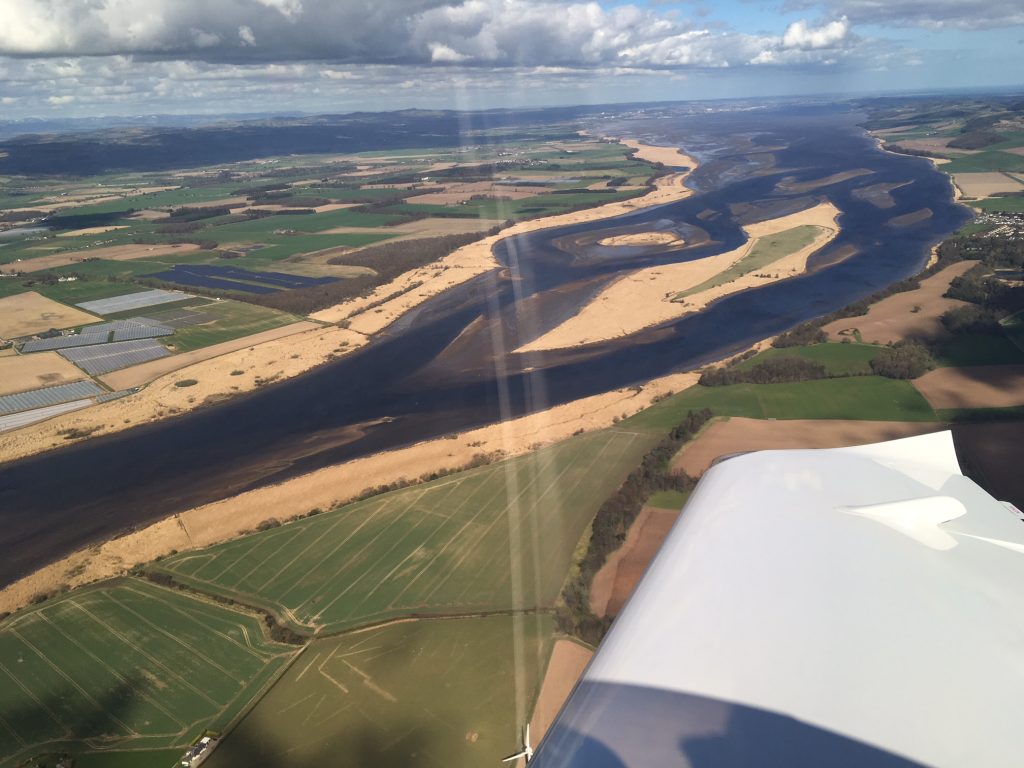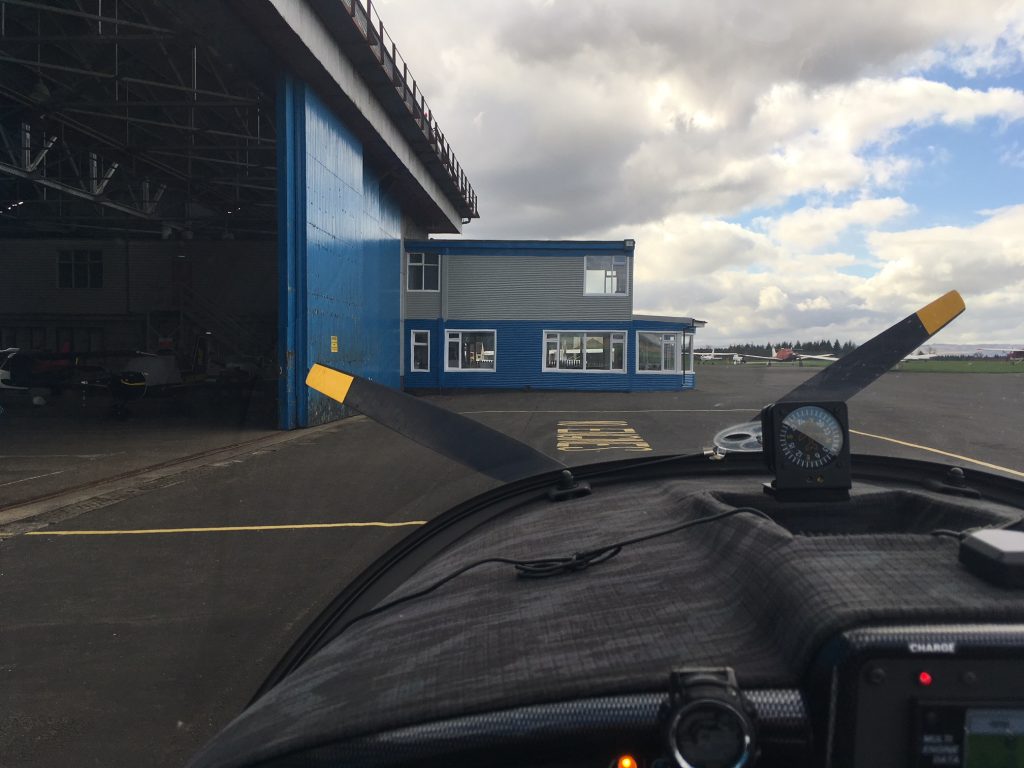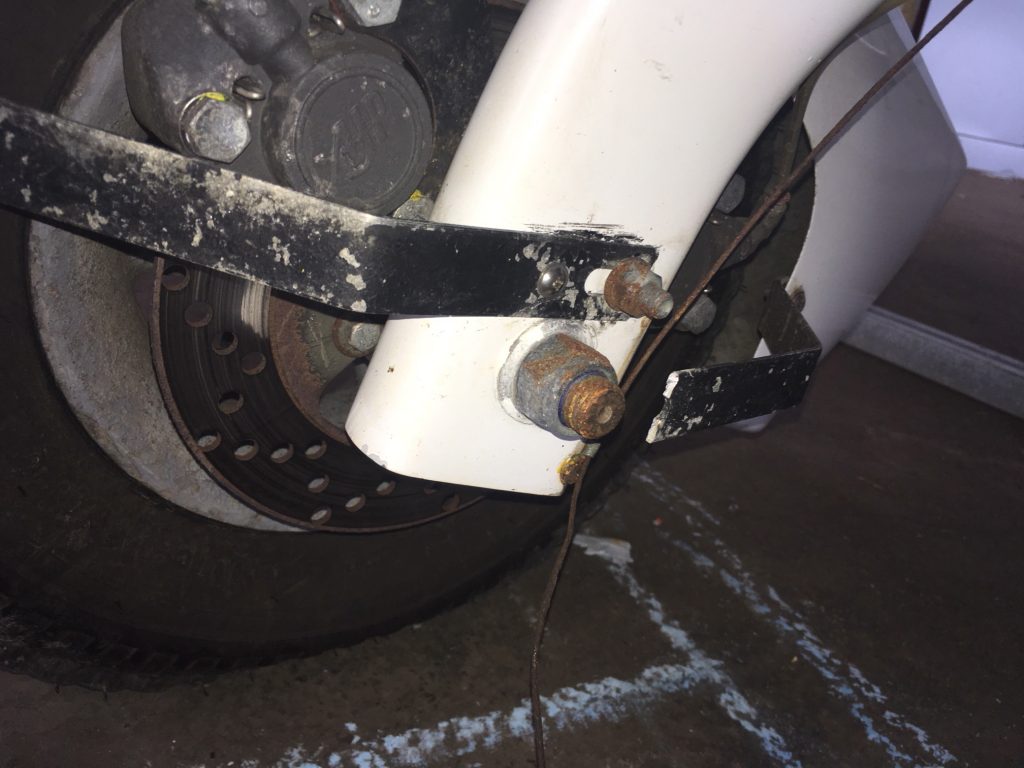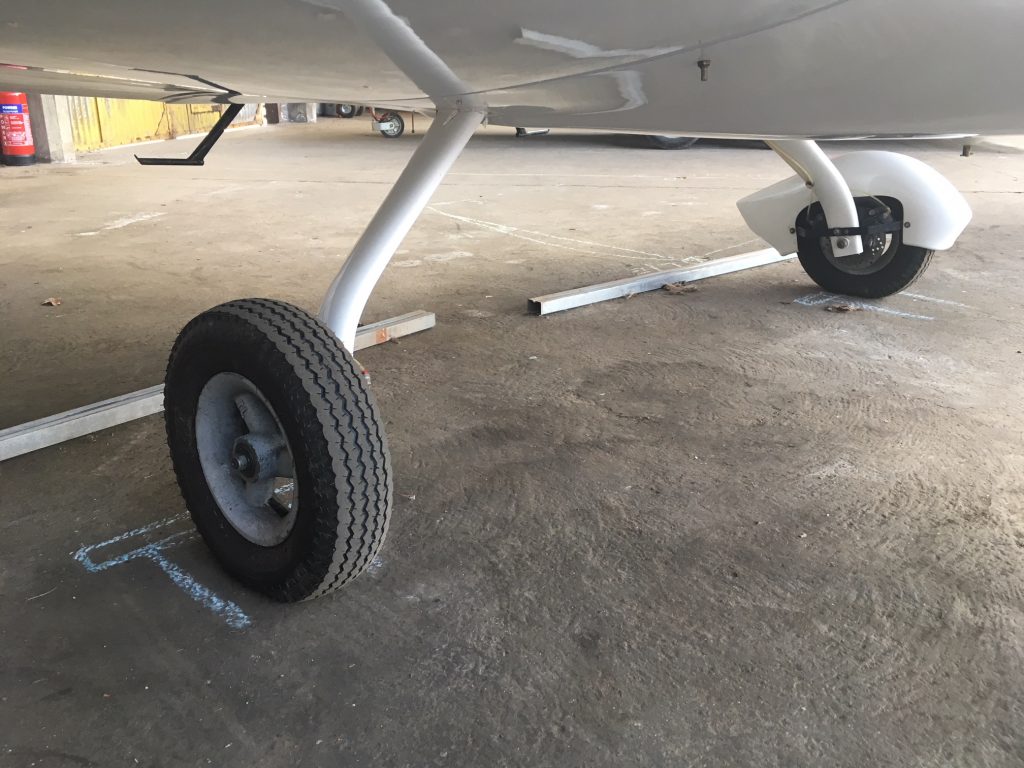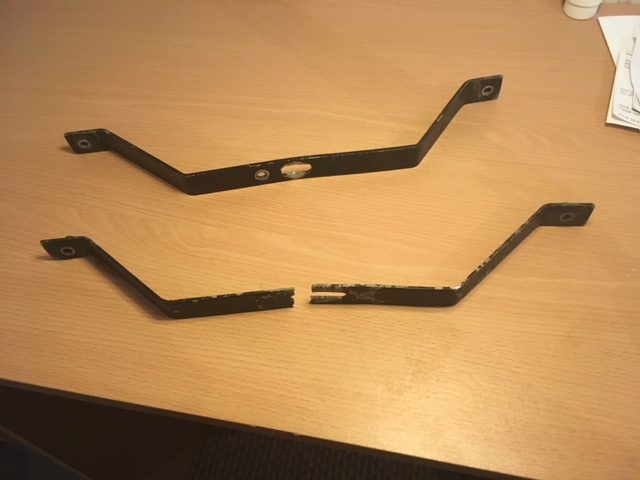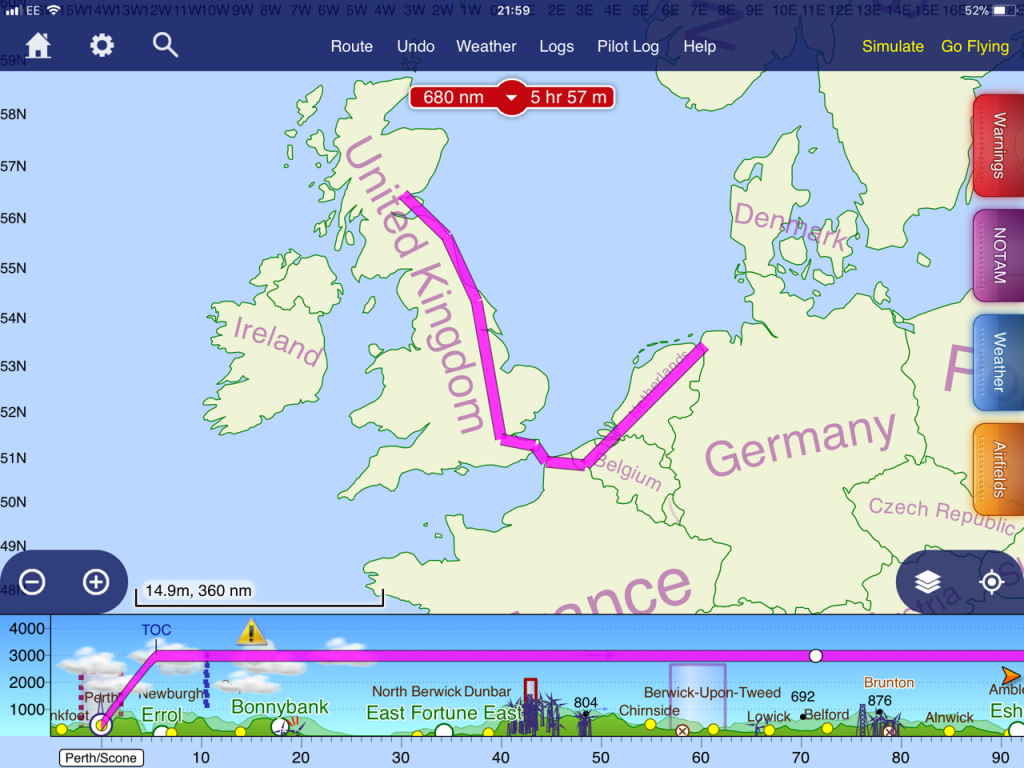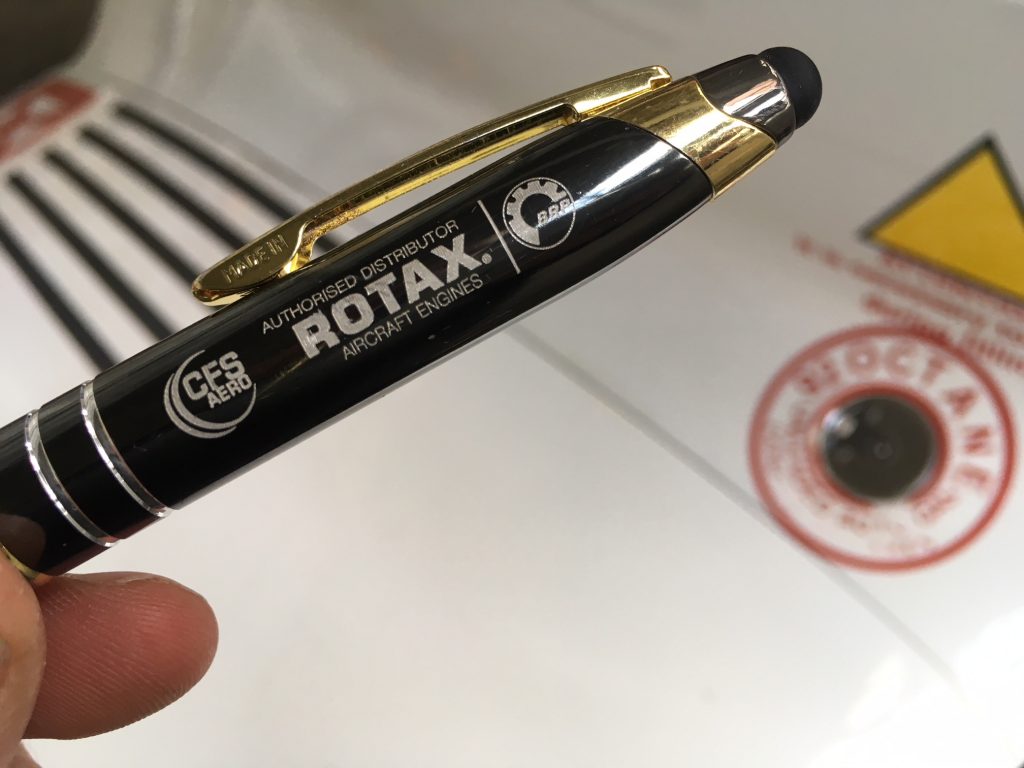Caution! This is about 4000 words. Probably best to go and get a coffee before settling down to read. Maybe connect mains power too!
Big adventure = big post, lots of piccies…
If you’ve read all the posts you’ll remember the basic plan: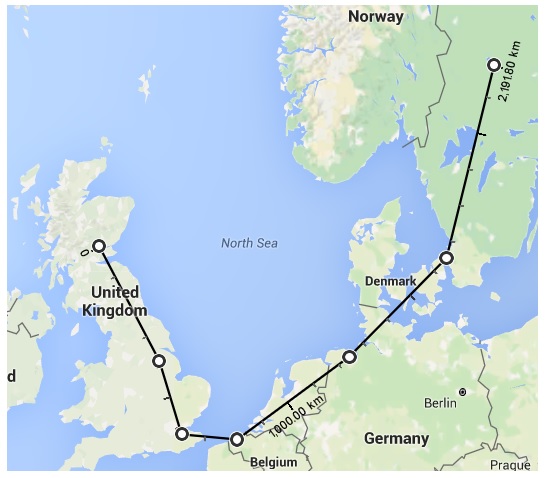
…and as it was laid out in 1:500,000 scale:
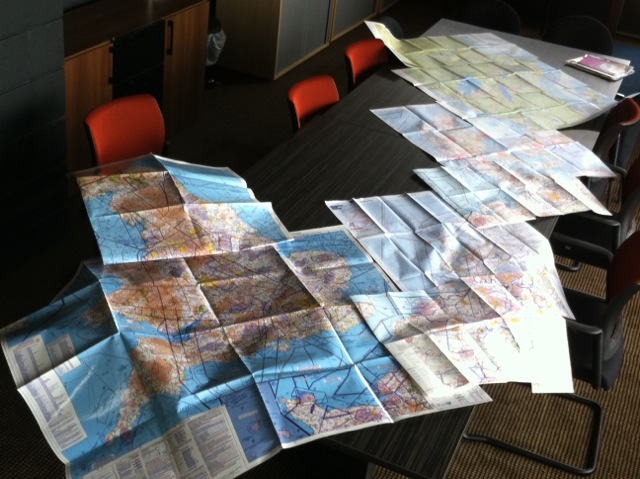
The weather in 2016 and 2017 didn’t cooperate, but 2018 was the year. The good weather causing the heatwave in the UK extended all the way to Sweden and miraculously coincided with my 12 days off from work…we could definitely aim to get out to Siljan Air Park, and the ability to hangar the aircraft and leave it there meant that getting back wasn’t such a priority.
In the days before we spent quite a bit of time organising the contents of the baggage lockers. We weighed everything on accurate digital scales borrowed from work. Every kilo counted and we eventually flew with minimal overnight bags. Having stuff waiting for us at the other end obviously helped.
On that note, all the photos here are from phone cameras. We left the camera behind to save weight. Apologies for the quality of some of them…
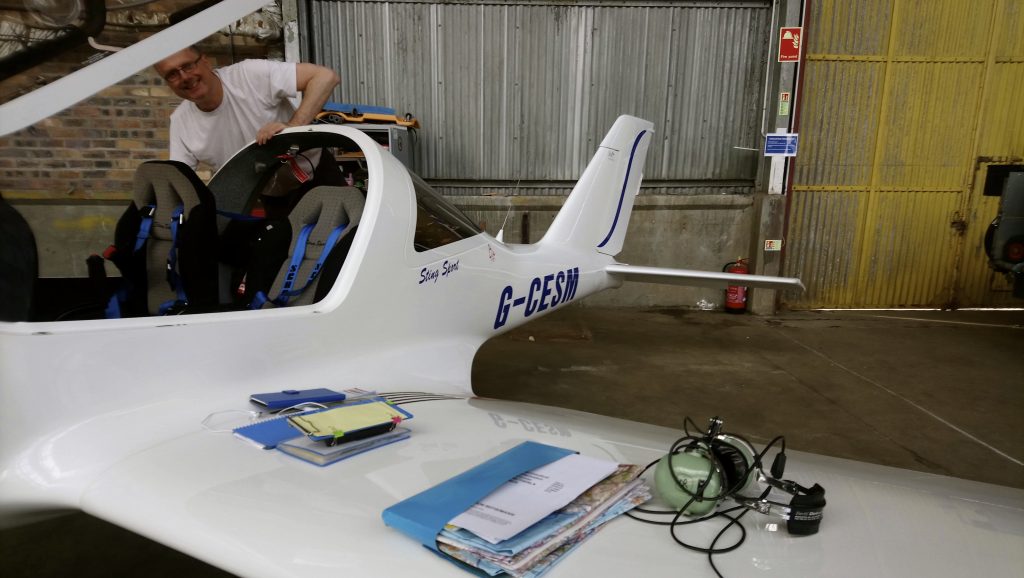
They say no plan survives first contact with the enemy…departure day was grey but workable, but when I phoned our first stop Sandtoft to book in for fuel they had run out and weren’t expecting a delivery until the next day. Rang around some other airfields in the area…Sturgate had a model aircraft display using the runway and Sherburn didn’t even answer the phone. So we gave up on airfields starting with “S” and went to Gamston instead.
Leg One: Perth to Gamston
We took off on what has become our standard “Ho Chi Minh Trail” east coast route out of Perth, routing over Fife and across the Firth of Forth to North Berwick…
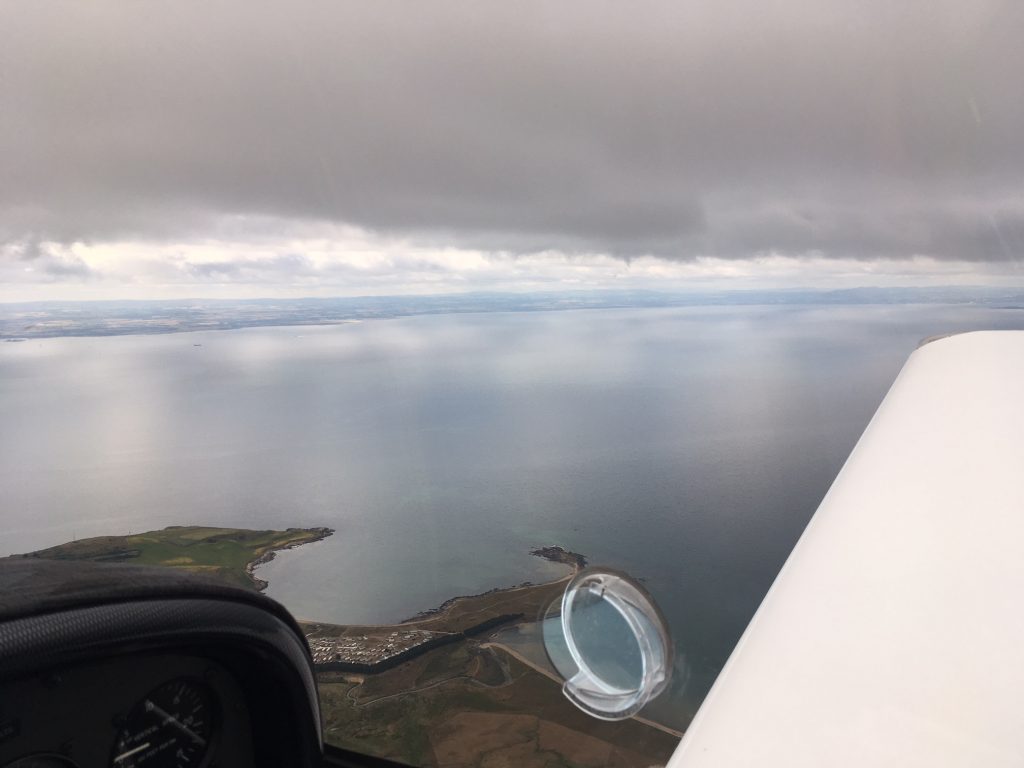 …then down past the Cheviot hills, with the weather improving all the time:
…then down past the Cheviot hills, with the weather improving all the time:
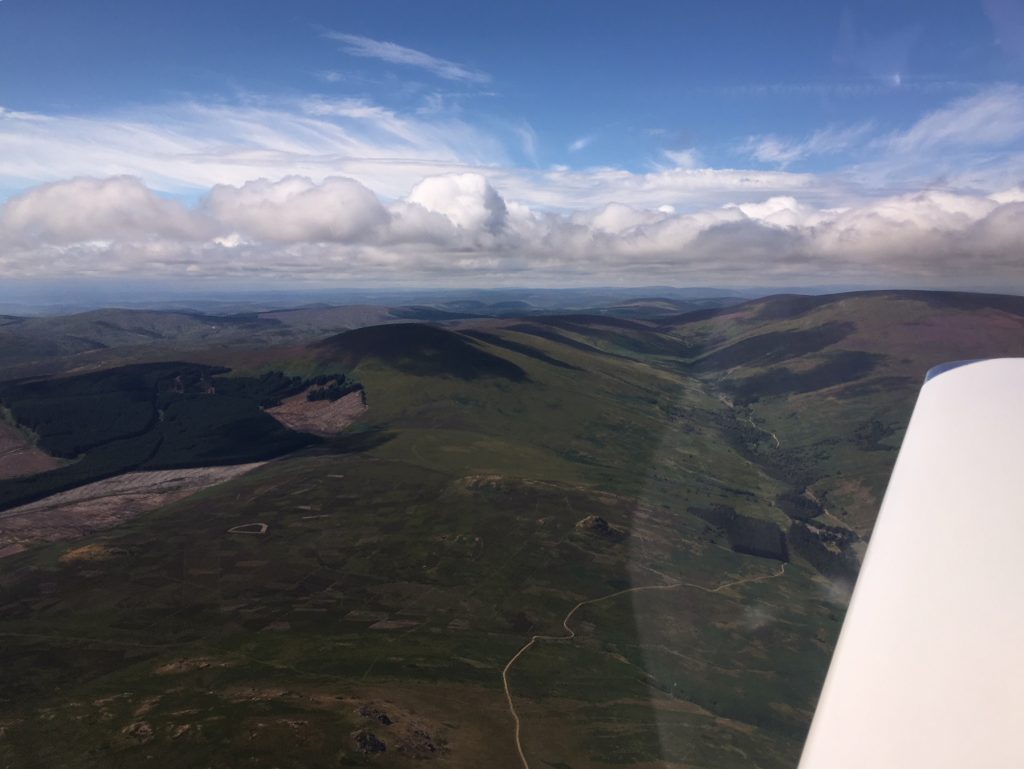 …past Newcastle and
…past Newcastle and Teeside Durham Tees International airports, and onwards towards Gamston. The power stations have always provided excellent navigation features to aim for, being visible from 40 miles away.
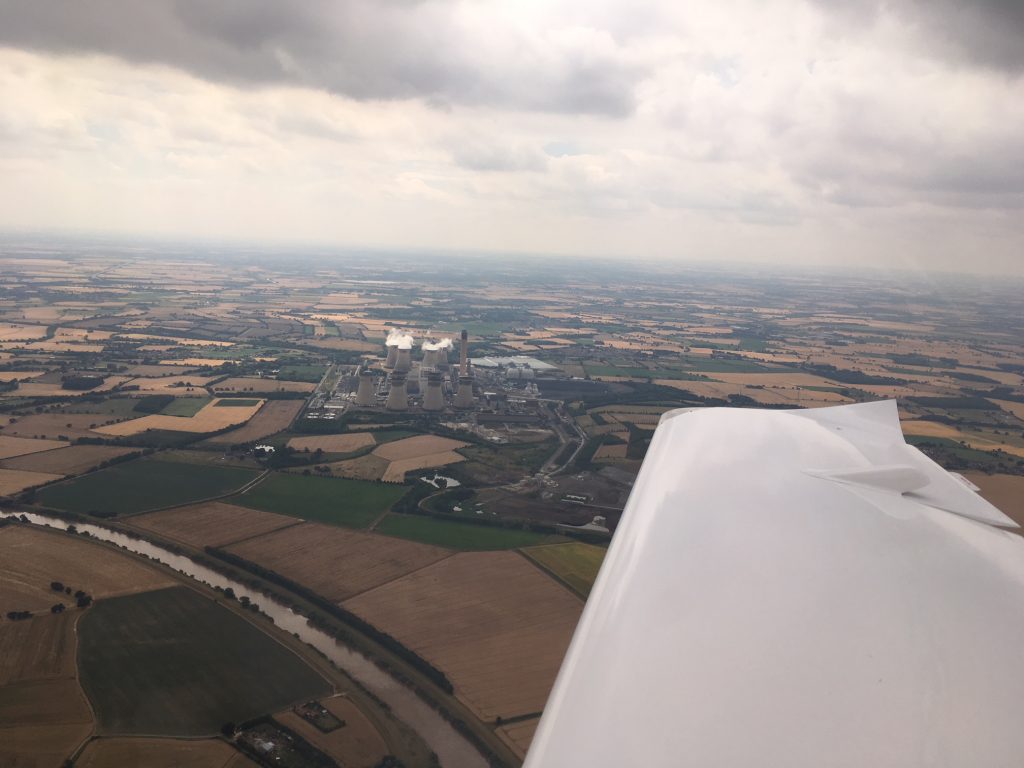
After passing our old friend Leeds East RAF Church Fenton we were talking on the radio to Doncaster Sheffield Airport. They formerly called it Robin Hood Airport Doncaster Sheffield but dropped the Robin Hood bit when people complained that the landing fees were daylight robbery. Before that it was RAF Finningley in the good ole days.
Now as Doncaster it has a big chunk of Class D controlled airspace but isn’t too busy. Gamston is just ouside the corner of their zone. We switched frequencies to them passing Gainsborough and joined overhead for runway 21. The runway must have been absorbing heat and giving off its own mini thermals because the landing wasn’t one of my better ones! Parked up at last we opened the canopy for some refreshing breeze. If 30 degree wind at 10 knots can be called refreshing?
And then fuel, a cup of tea and an awesome chocolate brownie. Despite the clouds in the photo below, it was HOT. And very thermally and bumpy on the trip down.
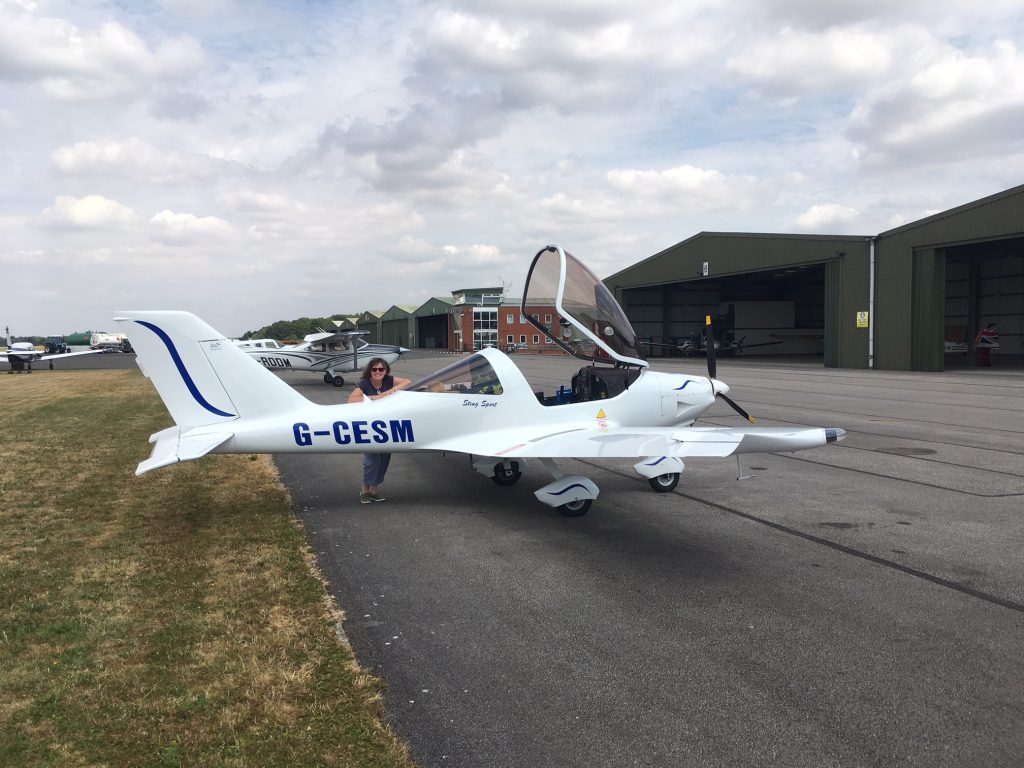
The route:
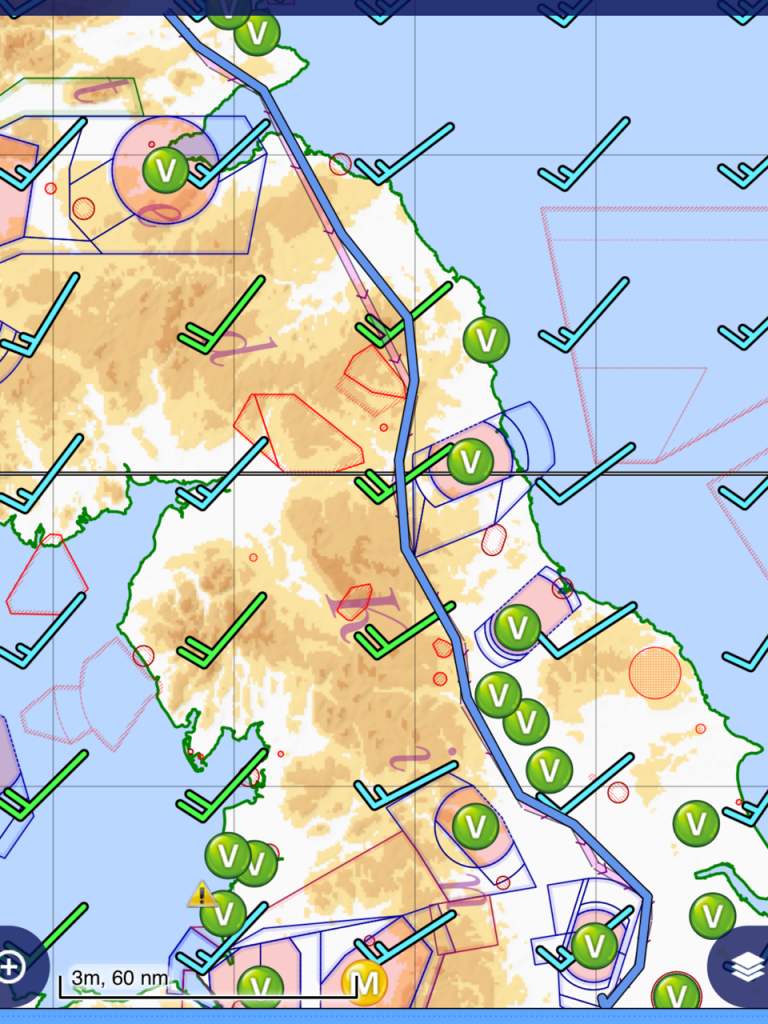
Leg Two: Gamston to Rochester (overnight stop)
So far we hadn’t done anything new…we had flown about two hours to a new airfield for a cup of tea. Now for something different: rather than turn back and run away home we were continuing onwards. Adventure! Brenda looks a bit apprehensive:
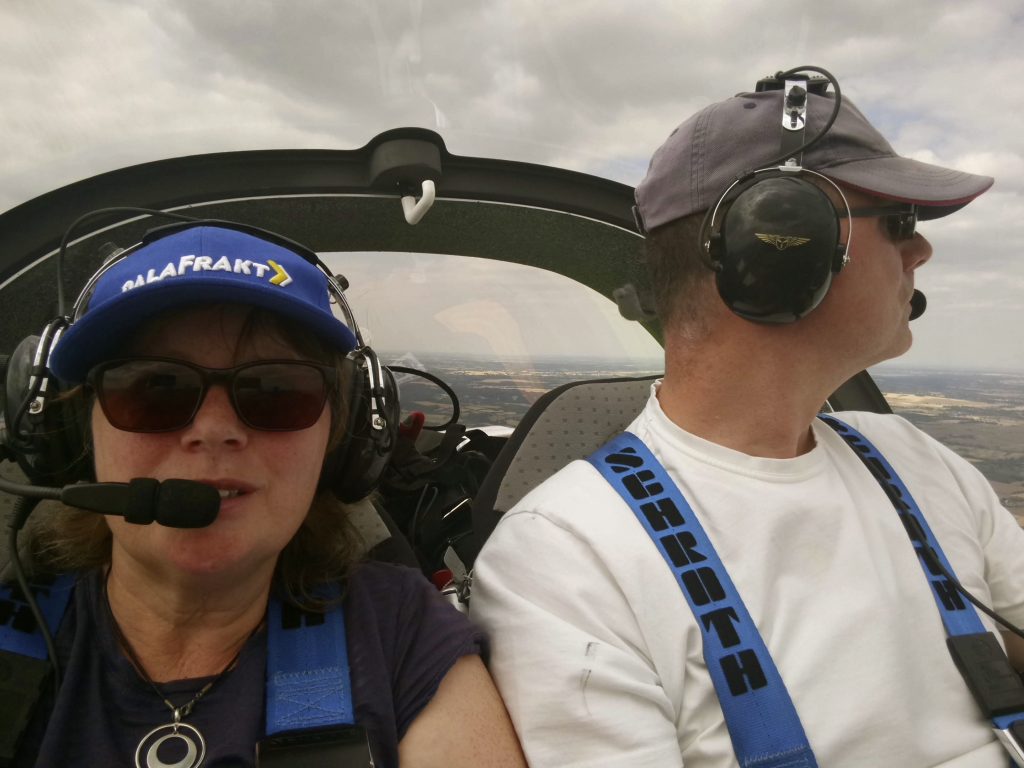
The route took us south and east from Gamston, staying clear of controlled airspace and talking to London Information on 124.6 but after passing Peterborough we switched to Cambridge to let them know we were passing by at 3000ft, they seemed happy to hear from us.

Then the route took a more southerly track, passing between the control zones of London Stansted and Southend. We set the listening squawk on the transponder which tells the controller we’re on his frequency and listening…if he sees your blip on his screen getting a little too close to his airspace he knows he can contact you. As it is we stayed well clear and didn’t get any grumpy calls from ATC.
As we made our way down the landscape it looked really dry and parched:
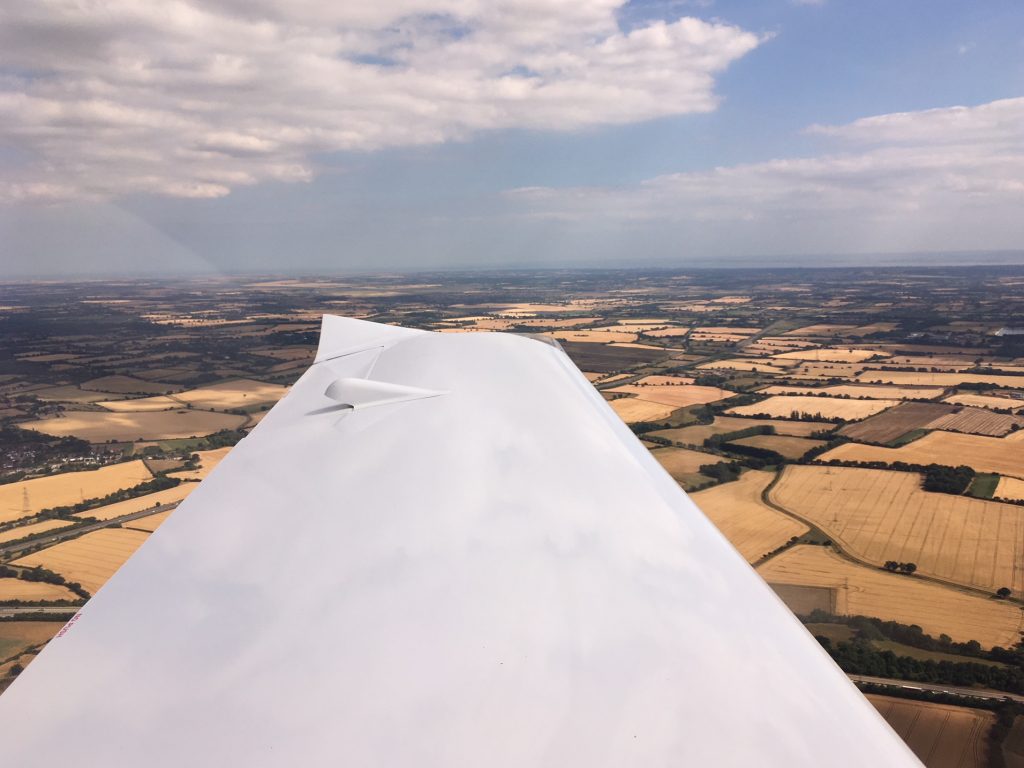
One advantage of the heat – it made the ham roll taste like a bacon roll! We shared this one and didn’t get food poisoning.
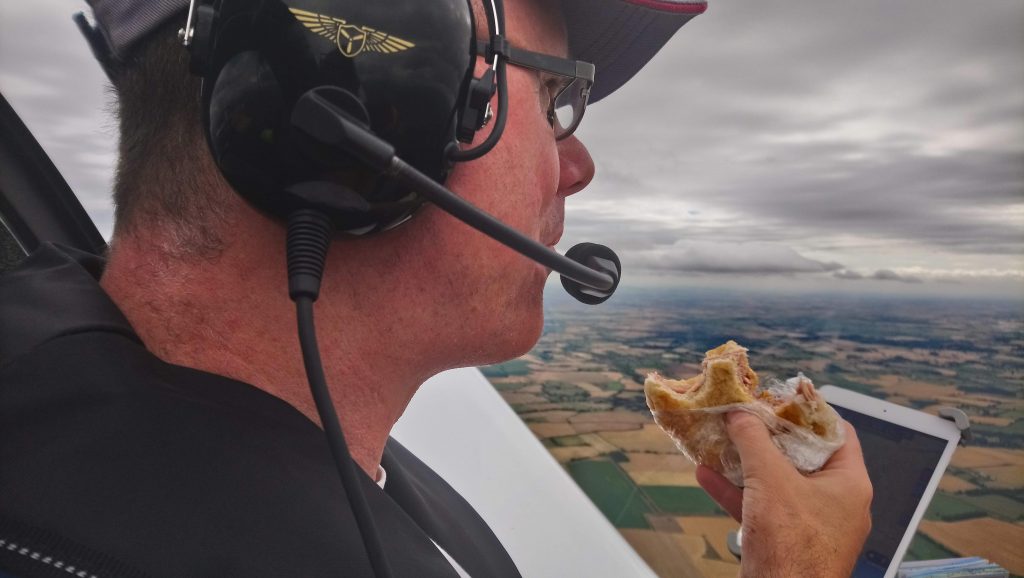
After Chelmsford and Billericay (Hi Joe!) we headed for the Thames at Gravesend, passing over the docks at Tilbury:
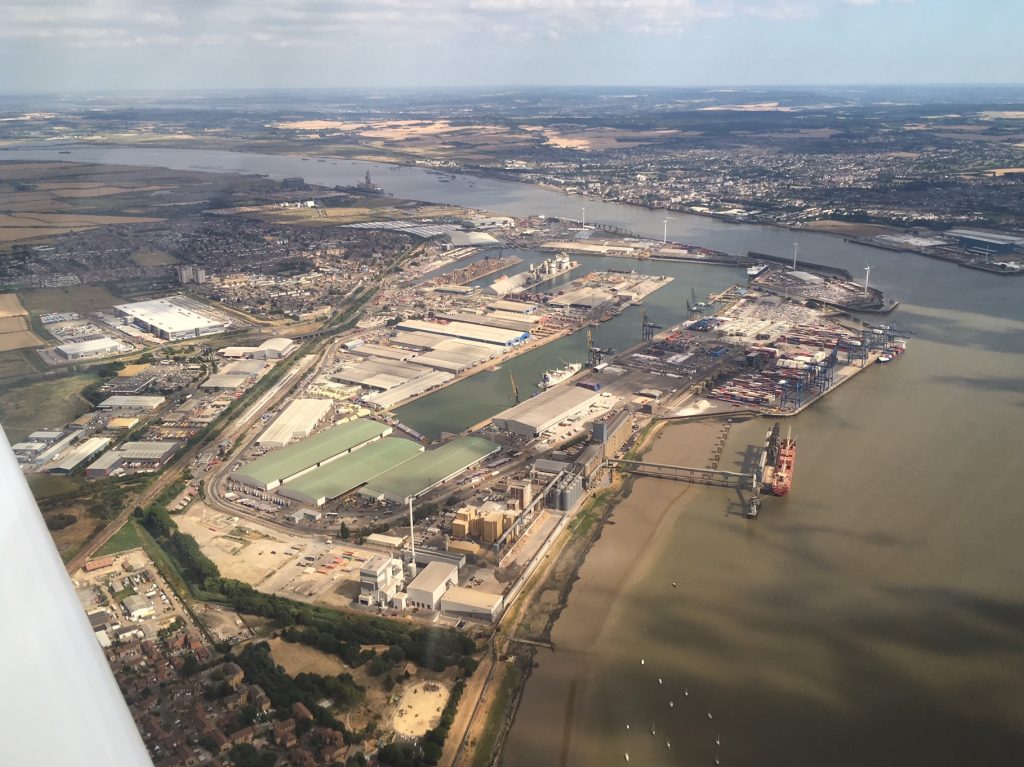
Once across the river and over Kent we saw this really blue lake…it was a lot bluer in real life, honest.
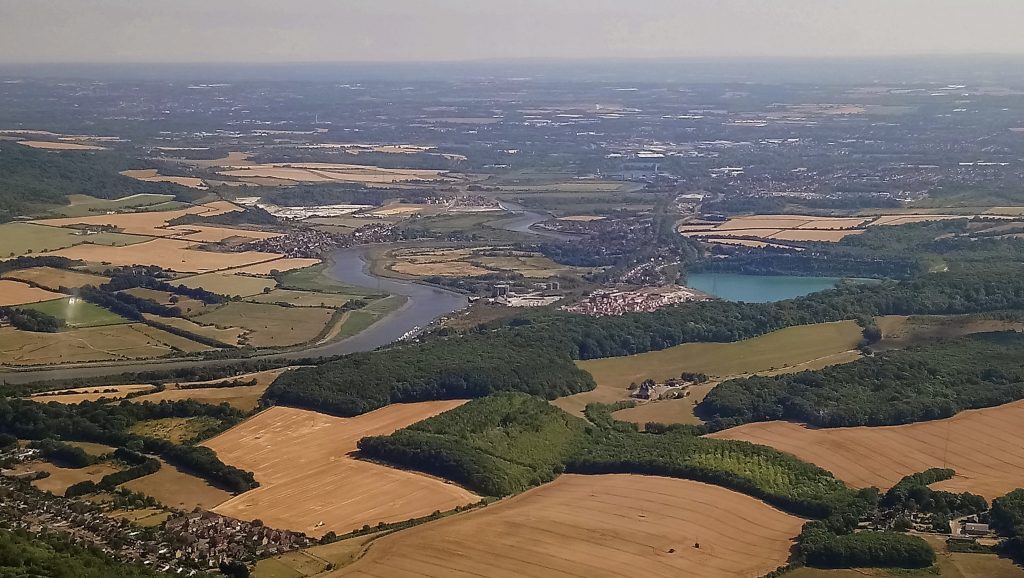
The grass airfield at Rochester was just as parched as the rest of the country, but we found it OK and soon were safely on the ground and putting on the aircraft covers for the night. We also had a lightweight tie down kit just in case it was forecast to be windy, but it wasn’t needed.
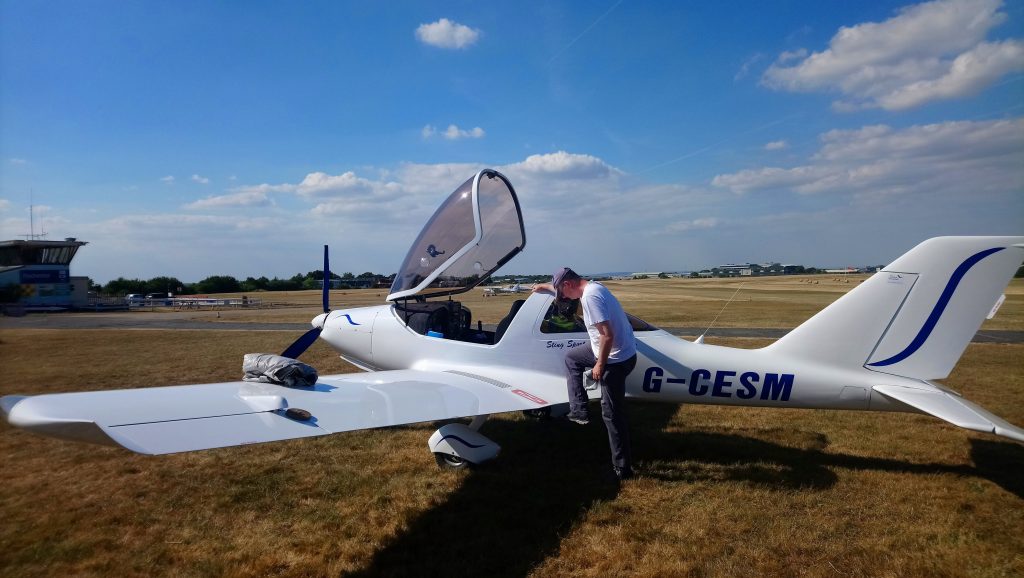
Rochester has a Holiday Inn right next to the airfield entrance, even offering a discount to those who fly in, but it was full. Booking.com found space at the next nearest hotel, and after a 20 minute walk in the sweltering heat we were at the Bridgewood Manor and a lovely cool shower, followed by a lovely cool cider and a burger. Day one was complete!
Leg Three: Rochester to Kortrijk (Belgium)
I woke up with butterflies because this was about to become completely new. 10,700 hours of flying and still a light aircraft Channel virgin. I’ve crossed into Europe countless times in previous existences, both fixed-wing and rotary, but for those we had the backing of an operations department doing all the hard work. Now it was just us.
It wasn’t the flying that was different, just the procedures and paperwork. In the end it was basically a non-event…anybody wondering about whether they should do it, should just go and do it.
Onwards! Because we were planning to cross into another country’s airspace we needed to file a flight plan. The Skydemon software on the iPad made this quick and easy. It became our ops department. The morning was already warming up as we went to the tower to check that the flight plan had been received.
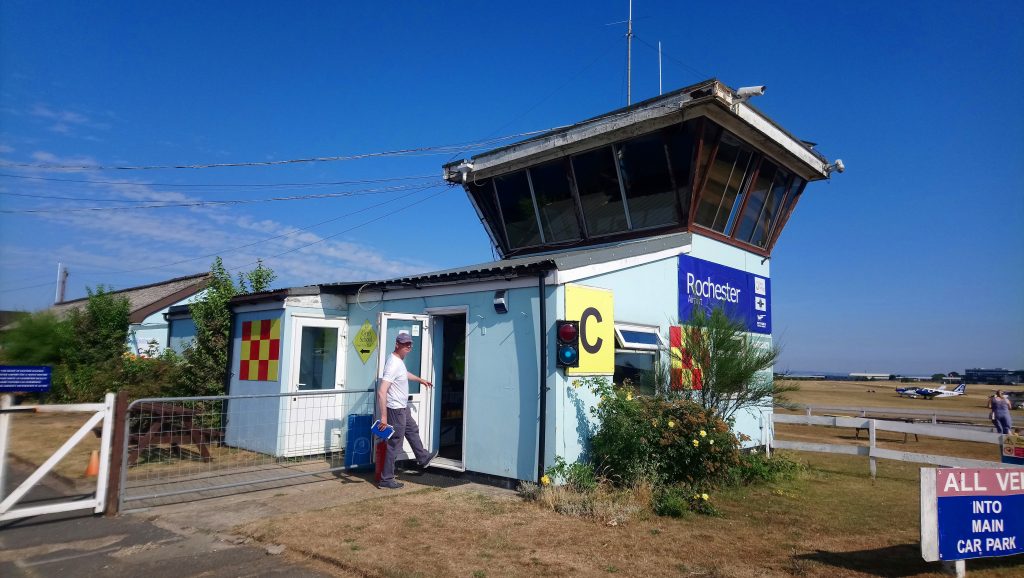
The take off run was long and climb was shallow due to the heat driving up the density altitude. Departure from the southerly runway at Rochester passes over the M2 and a whole bunch of trees. We were relieved when the North Downs eventually dropped away and gave us extra height above the ground.
Lenny in the tower at Rochester had opened our flight plan on the system, which meant that we didn’t have to activate it on the radio with London Info – one less thing to worry about.
A left turn towards Dover and we could see the coast on both sides and ahead. If we kept on we would eventually run out of England, and that’s what happened. A right turn at the DVR beacon and we set course for Cap Gris Nez, which would give the shortest water crossing.
By this time we were up in the slightly cooler air at 5000ft, talking to London Information again. Just after they asked us to report mid-channel, a guy we had been chatting to on the ground at Rochester came on frequency – he was in a Piper Arrow routing direct to Lille on a business trip.
Here we are, nervous and excited and scared and confident all at the same time, just about to cross the coast and leave the UK.
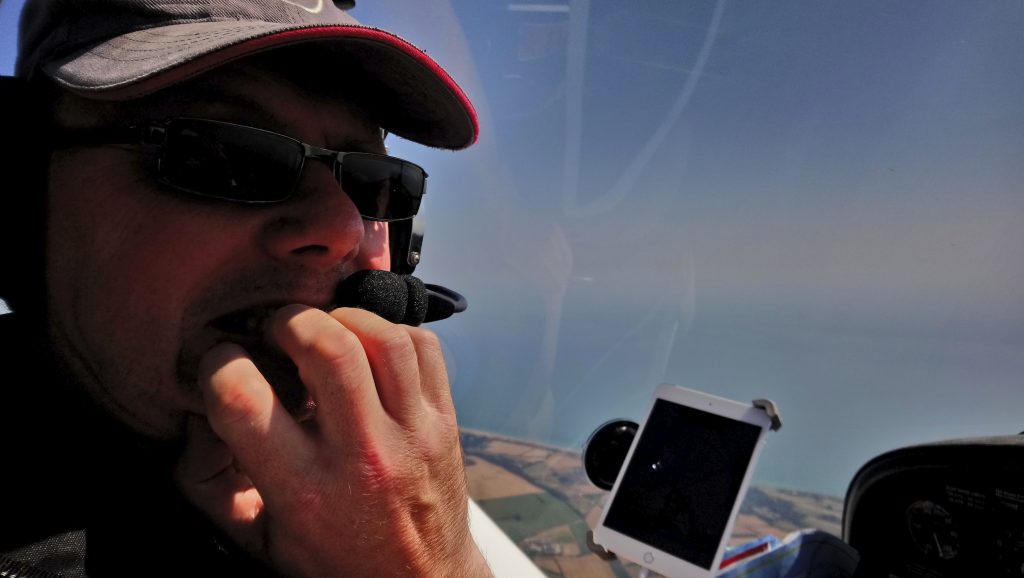
Last chance! Dover harbour. After this be dragons.
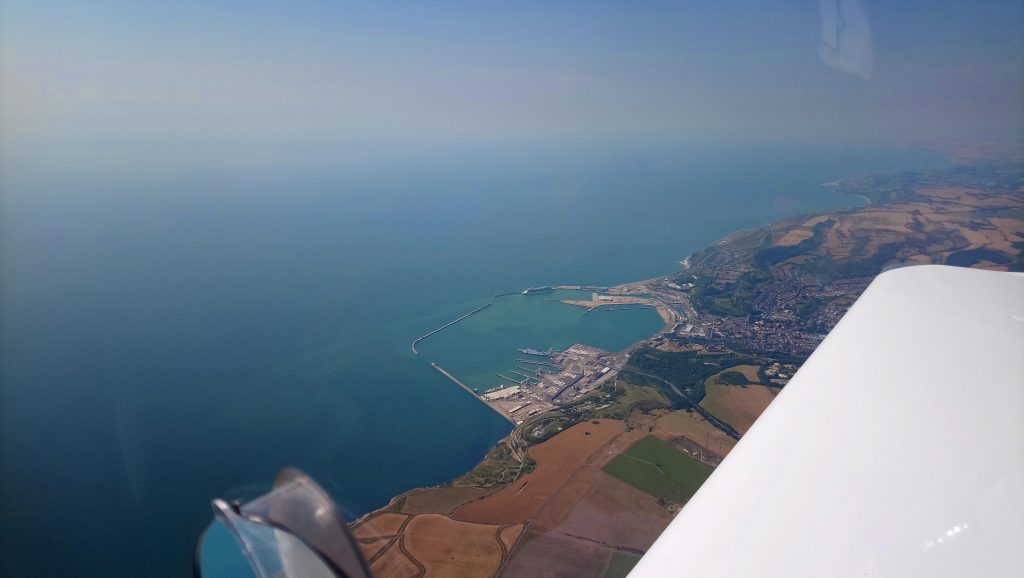
Double extra super last chance! The map shows us approaching the boundary with France. The Piper Arrow from Rochester had already overtaken us and been passed over to Lille Information, and we had the Lille frequency in the standby window, ready to go.
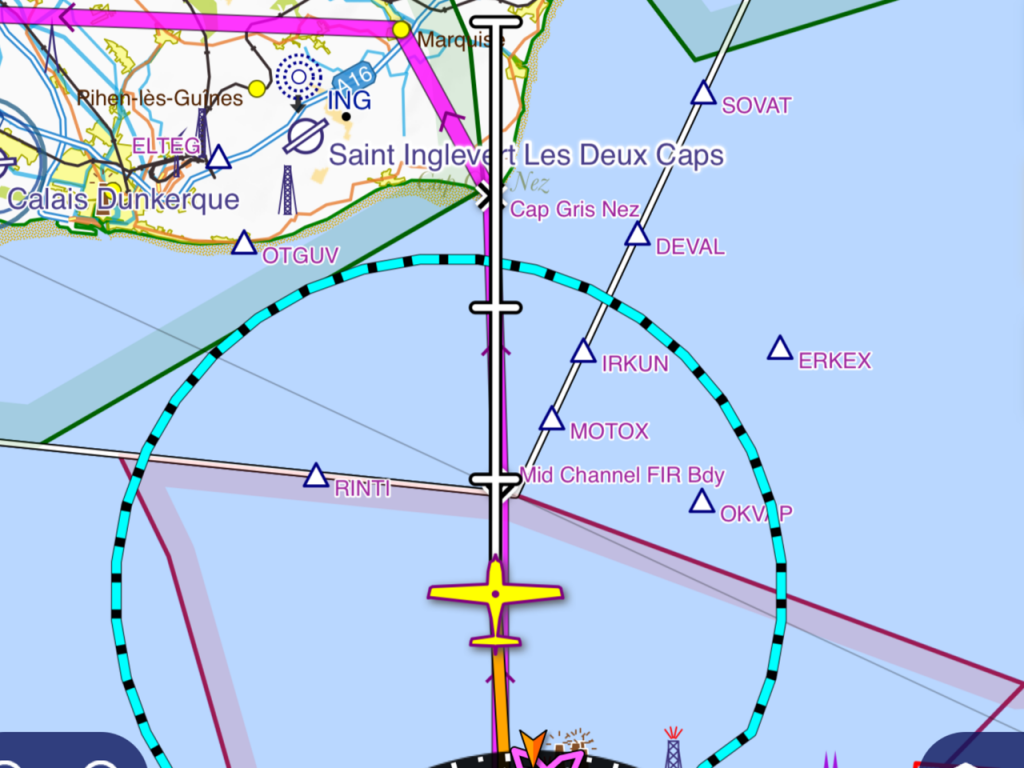
Before I was able to report at mid-channel, London handed us over to Lille. A press of the button and we were talking to France. Despite all the shipping using the channel, there were only a few to be seen:
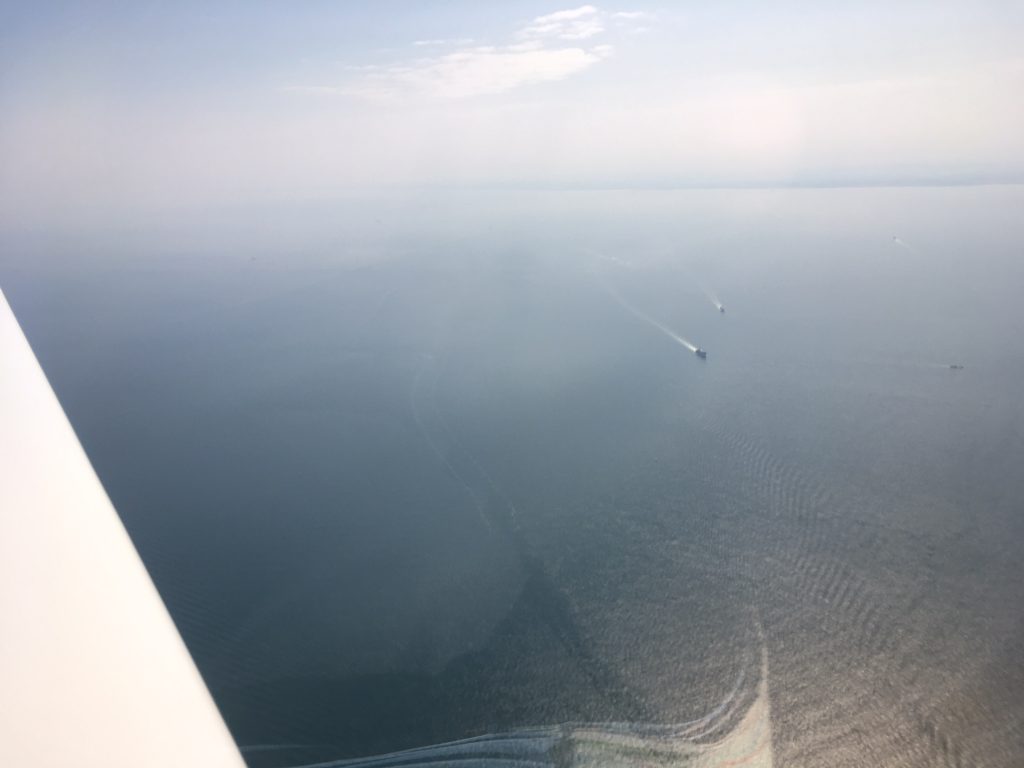
Approaching the French coast, looking northeast. Off in the distance is Calais…
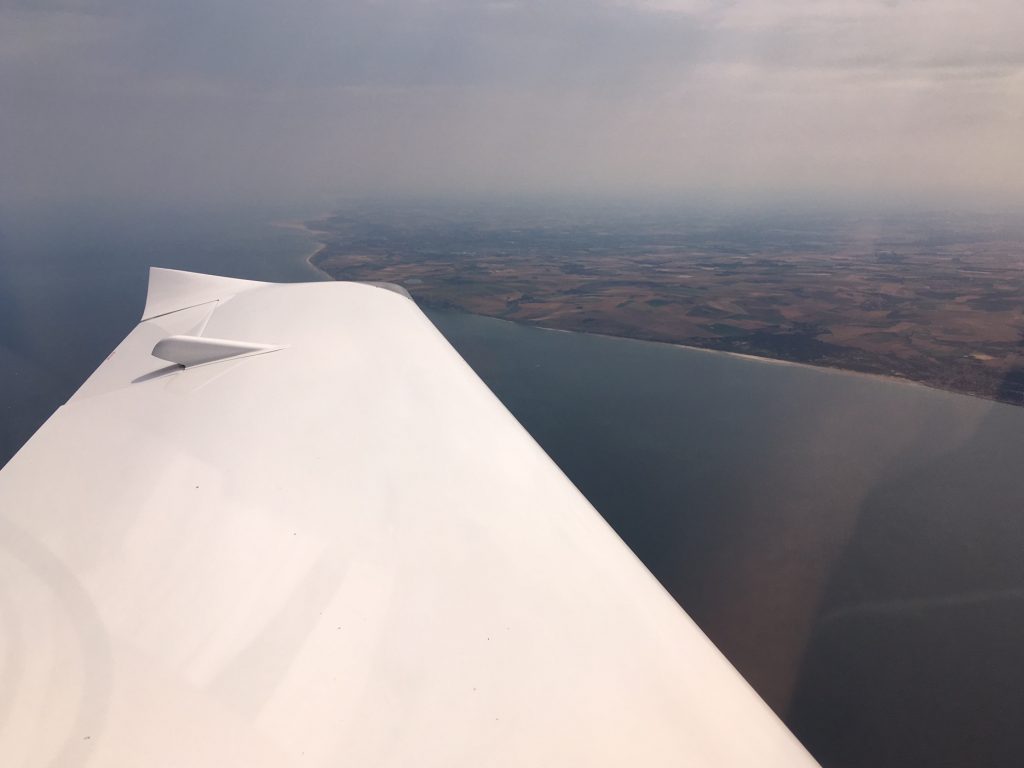
“Feet Dry” as the navy say. “Coasting in” as most other aviators say. Normal people say back over dry land. The plan was to turn at Cap Gris Nez to parallel the coast a little inland and route towards Koksijde in Belgium:
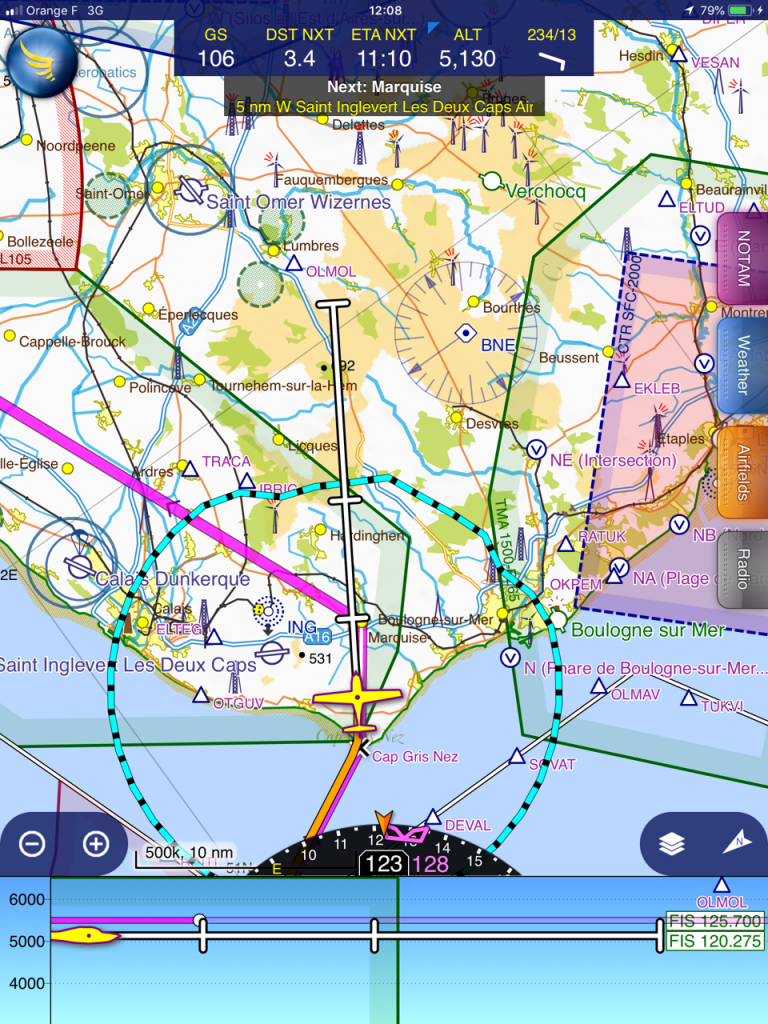
Big quarry just after Cap Gris Nez. That lake was bluer than it looks in the photo too…
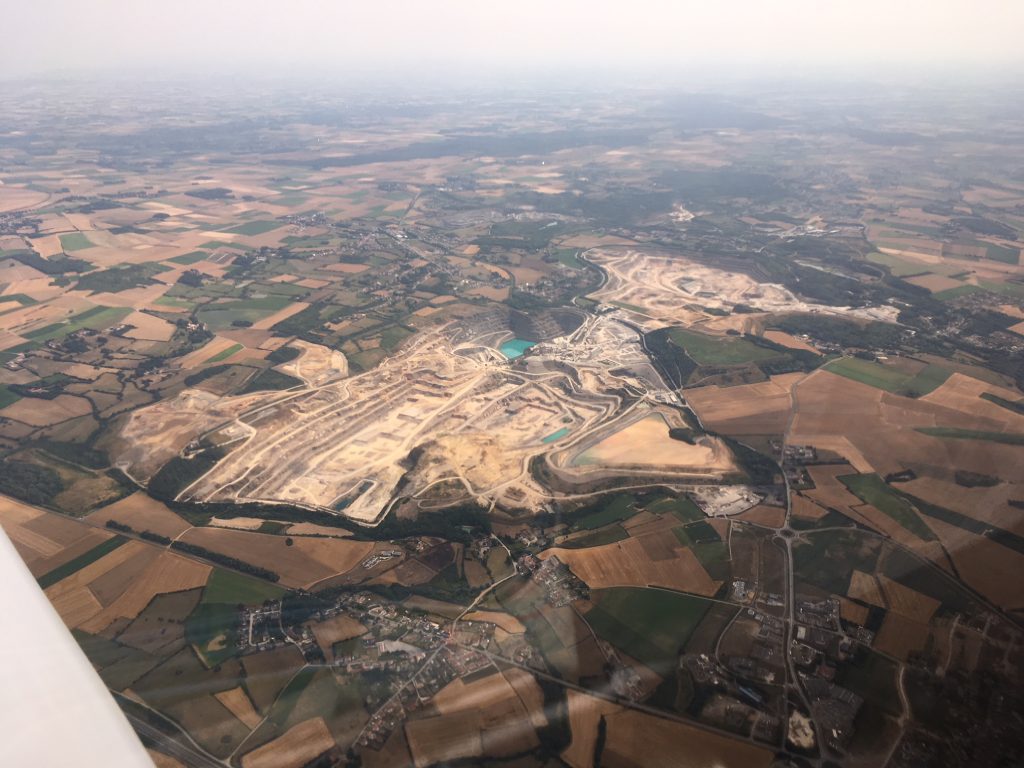
The reason for paralleling the coast rather than following it is because of a delightful little spot called Gravelines. It’s near Dunkirk and in (French) aeronautical terms it has a ZIT.
A ZIT is (I think) Zone Interdit de Transit. Not sure. I made the last bit up. Basically it’s an area of prohibited airspace around a nuclear power station or other secret squirrel installation. If you fly into the Gravelines ZIT you can be hit with a fine of up to €10,000 and/or confiscation of your aircraft. After you land, obviously. Even so, that would be bad for the holiday plans, so it’s best to keep away.
So here we are just after the turn to parallel the coast, looking north out of France, routing to stay out of the ZIT and heading towards the Belgian border: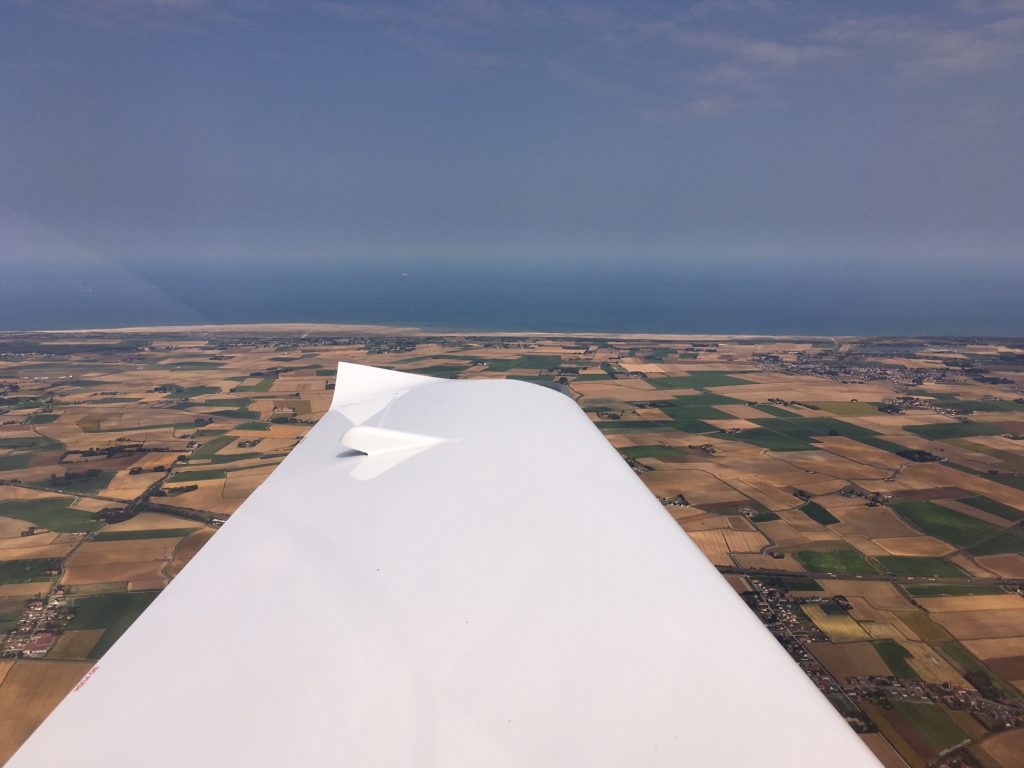
At the border we changed frequency to Ostend Approach and the controller gave us a routing direct to our destination Kortrijk. Following the inbound route as laid out in the Belgian documents downloaded to Skydemon kept us clear of the para-dropping at nearby Moorsele, and soon we were dropping into left downwind for runway 24…
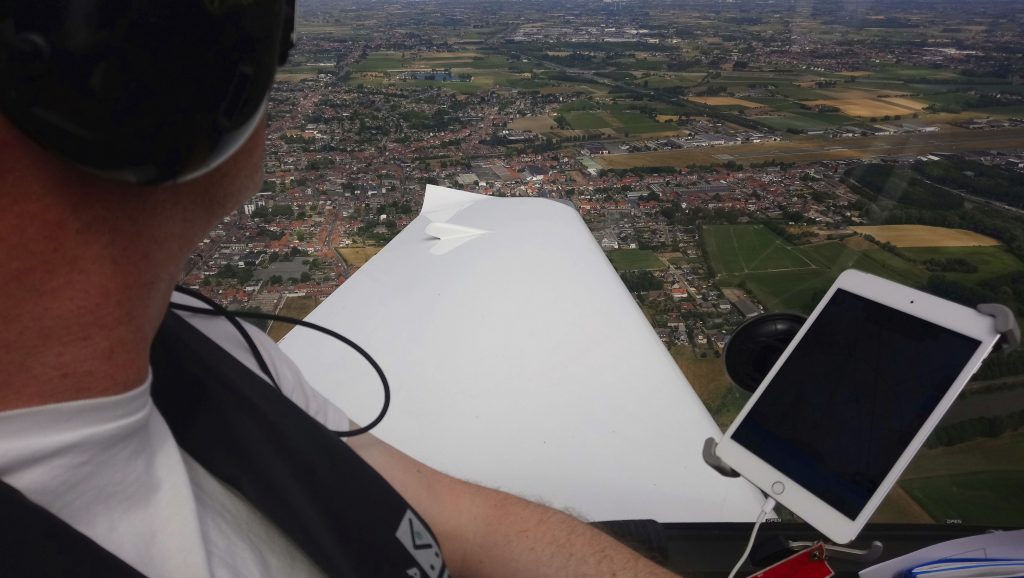
First landing on foreign soil! Channel virgins no longer! All those worries were unfounded. It’s a lot easier than you think it will be.
We taxied up to the self service pumps and got out. Belgium!
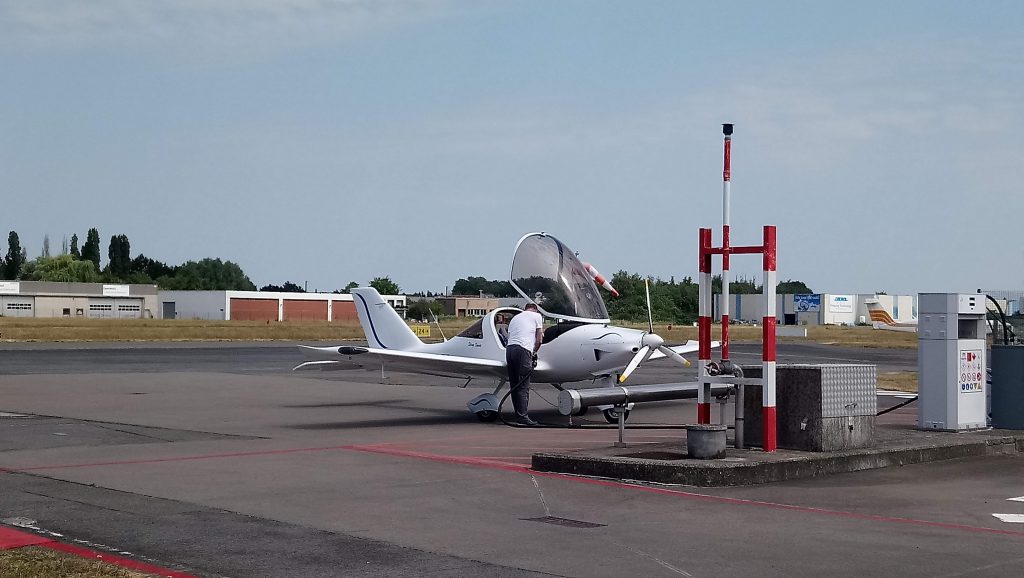
As I refuelled the customs/police guy wandered out and checked out our passports. All was in order and just like that, we were in the Schengen zone. Free movement between countries makes aerial adventures a lot easier. We pushed the aircraft away from the pumps and went to the terminal for a rehydratory drink and to plan the next leg…
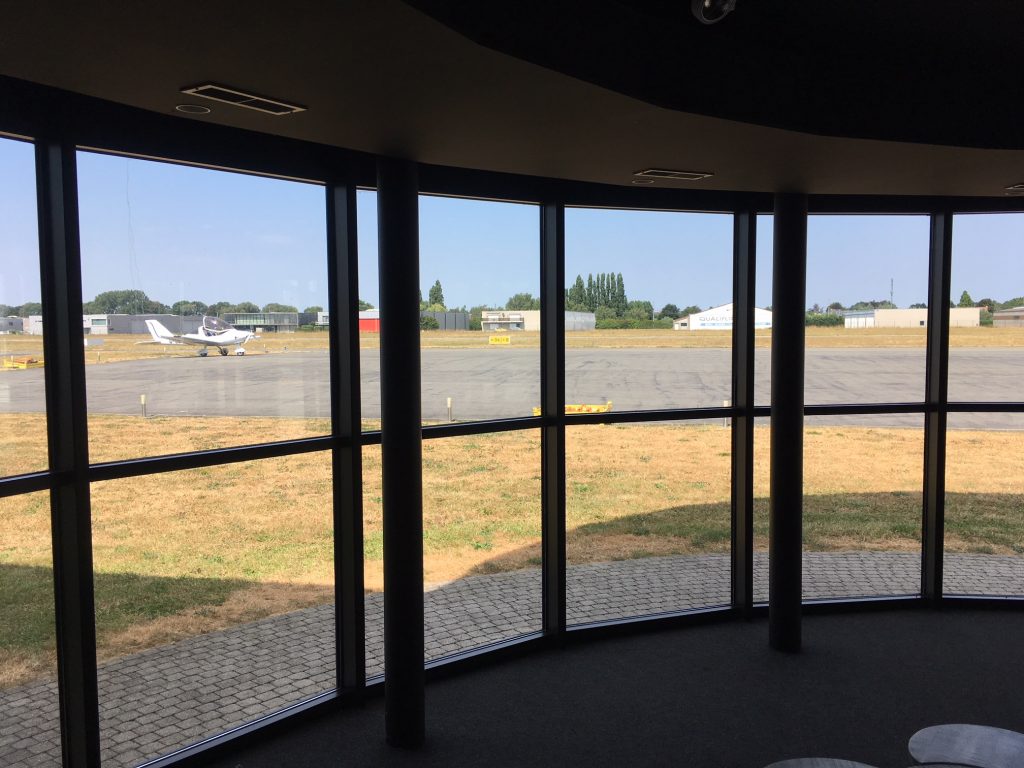
Kortrijk is a sleepy little airfield. So sleepy that there is nobody to collect the landing fee…there’s a form to fill out and post in a box. Eventually they get around to sending a bill.
The next airfield would be much bigger…
Leg Four: Kortrijk to Groningen (Netherlands)- overnight stop
Ever since we started thinking about this trip we have planned to use the airfield at Wilhelmshaven in Germany as a nightstop. Once more the plan fell apart. There must have been something going on because there were no hotel rooms available anywhere. We had tried Emden but they were full as well. Brenda switched tactics and switched websites. The excellent http://www.hotels.nl found lots of space in Groningen, so we decided to shorten the second leg and play catch up the next day. We would book somewhere once we landed but Groningen looked a safe bet.
Skydemon made flight planning easy as always. Once again we needed to file a flight plan as we were crossing the border into the Netherlands.
A short aside to those of a non-aeronautical persuasion. There is a massive difference between planning the flight and filing a flight plan. Planning the flight involves distances, routes, altitudes, fuel burns, avoiding ZITs, leg times and that sort of thing. Filing a flight plan involves telling air traffic control what your route will be and your start time and endurance. It’s primarily for search and rescue purposes. If you don’t turn up they’ll at least have an idea of where to look. It’s written in a specific type of code and can be done manually, but as usual Skydemon does it all for you. Awesome piece of software (…other systems are available…)
This is an example of a flight plan we filed:
FPL-GCESM-VG
-TL20/L-VY/S
-EBKT0800
-N0095VFR DCT W2 DCT W1 DCT 5059N00251E DCT KOK DCT 5102N00223E DCT
SUDOD DCT 5057N00210E DCT 5052N00135E DCT 5100N00129E DCT DVR DCT DET
DCT
-EGTO0128
-EET/LFFF0024 EGTT0058 RMK/SUPP INFO RQS KBLIHAEX DOF/180801
It doesn’t really tell you much, but it has to be done and the software makes it easy.
Unless you’re me, of course. I kept messing up the submission for our flight plan from Kortrijk to Groningen. I kept getting the time wrong. Flight plans (and in fact most aerial timekeeping) use Greenwich Mean Time or as it’s called nowadays, Universal Coordinated Time. The abbreviation UTC comes from the French. I ended up filing three flight plans, cancelling two of them and sending a “delay message” for the remaining one before I got it right. Hey, the whole trip was supposed to be a learning experience, right?
Kortrijk airfield is on the edge of town and the climb out from runway 24 passes over quite a built up area:
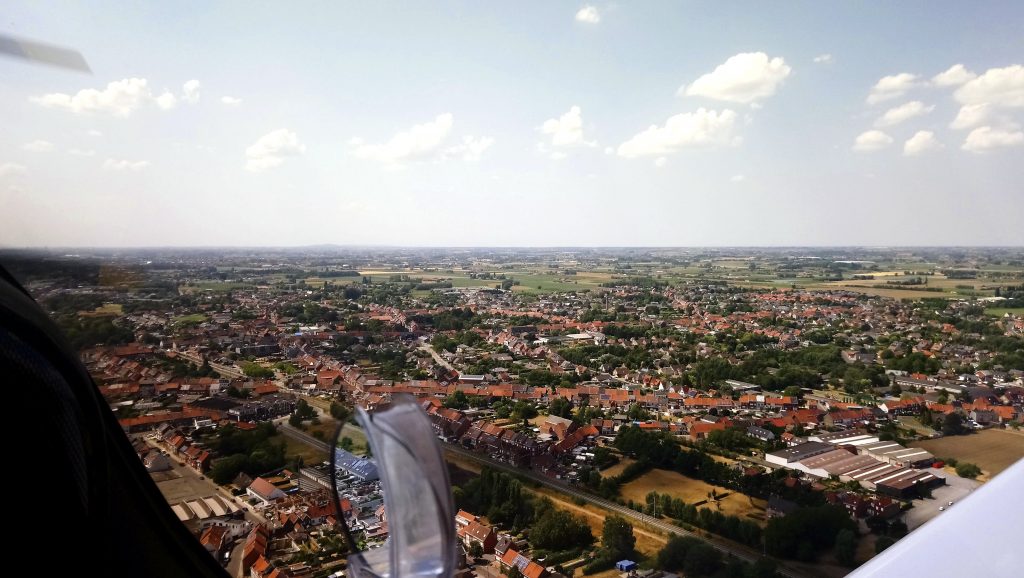
Then a left turn past Kortrijk town centre, heading northeast towards Ghent. Next time we came here we would be staying the night:
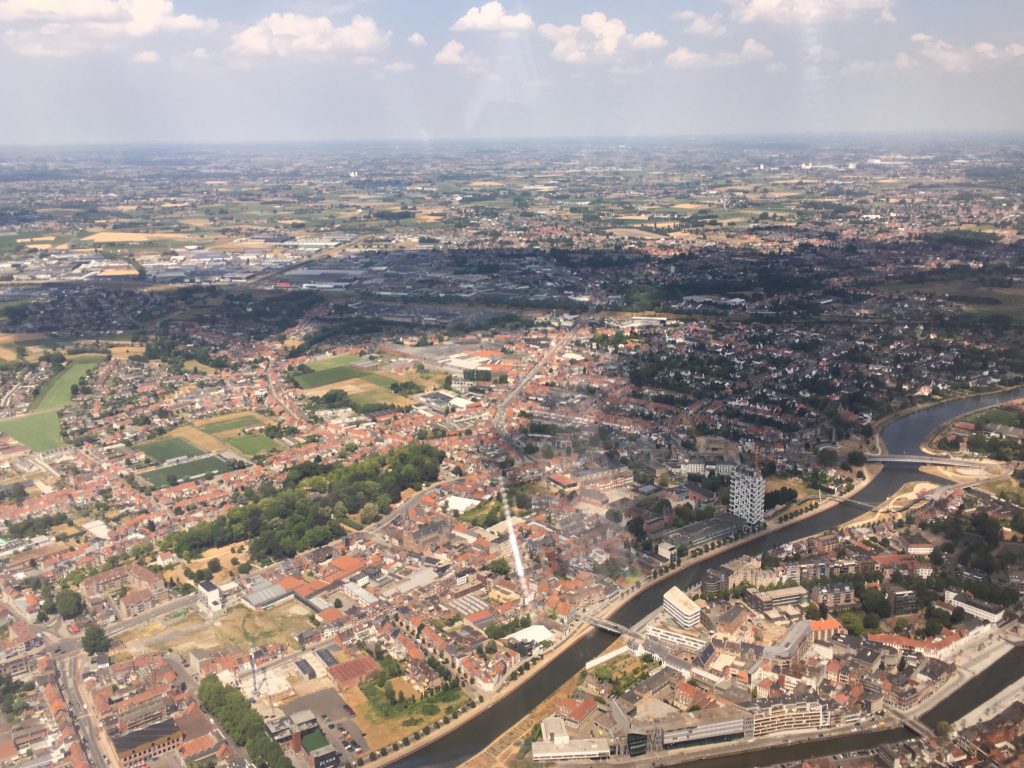
After Ghent we followed the appropriately named Ghent-Terneuzen canal to Terneuzen:
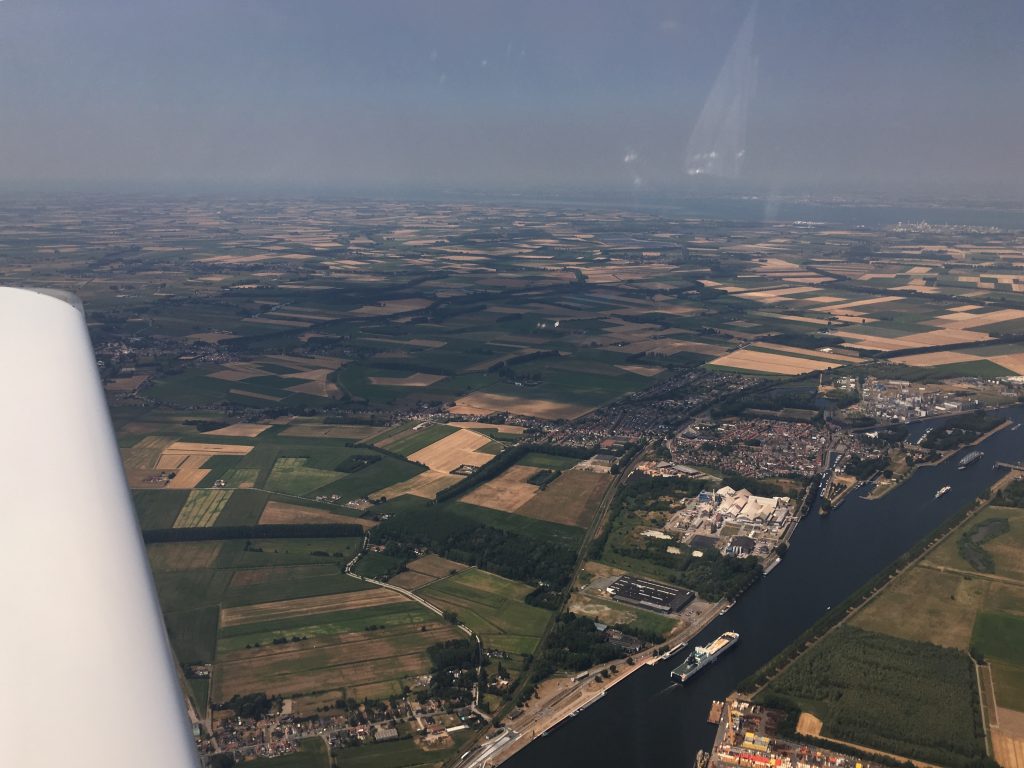
The controller at Brussels Info confirmed that our flight plan had been activated, and soon we were at the boundary, and signing off. Once over the border, talking now to the very efficient folks at “Dutch Mil Info” on the radio, the route took us over the flat lands of Zeeland, with brightly coloured tulip fields:
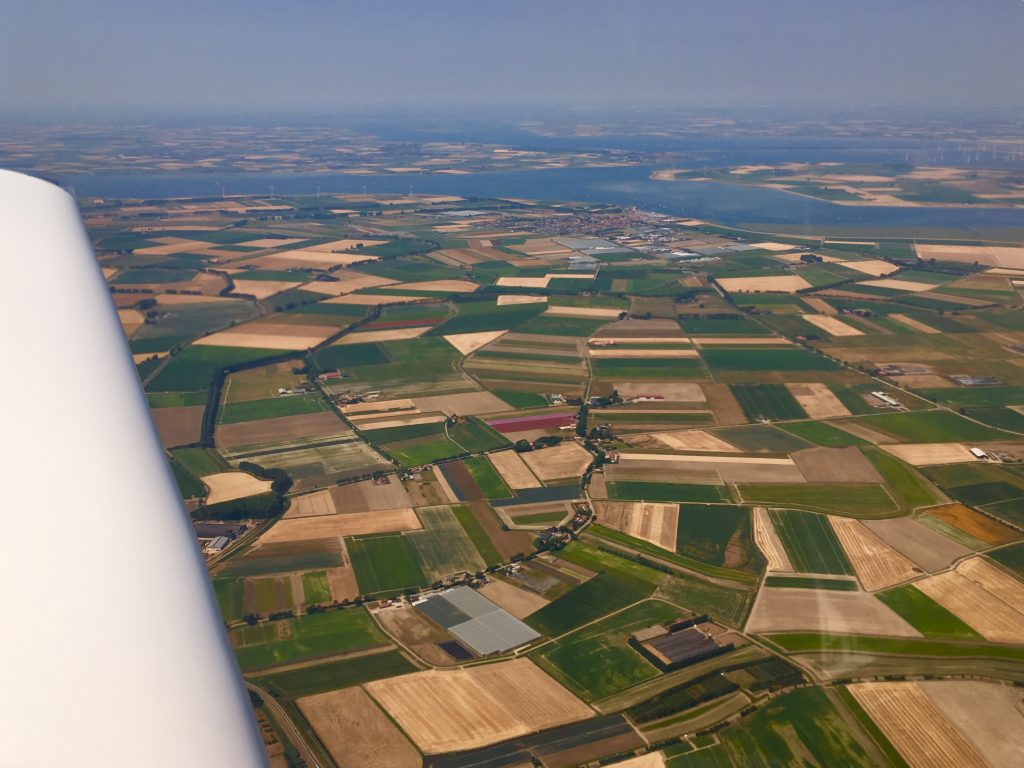
By now we were at 3000ft, passing some massive engineering projects…wide canals, lock systems, bridges and tunnels:
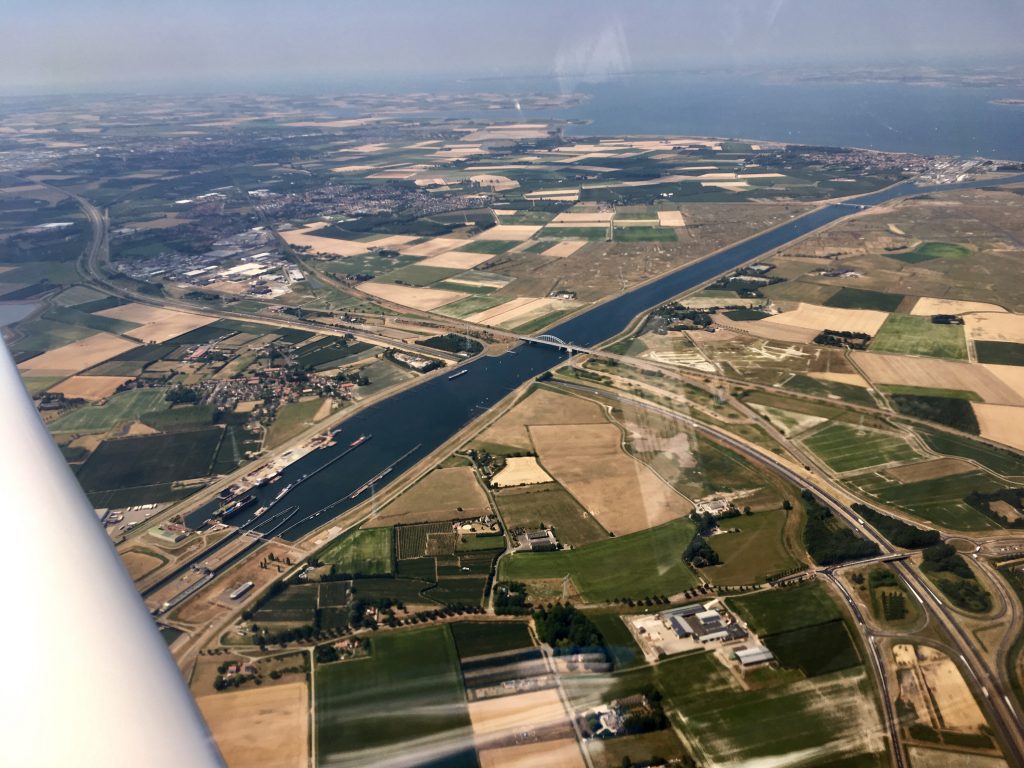
The Netherlands is famous for windmills but we only saw a handful of the traditional ones. Much more prevalent are the modern style generator ones. With lots of water around there were hundreds of boats, barges and ships dotted around:
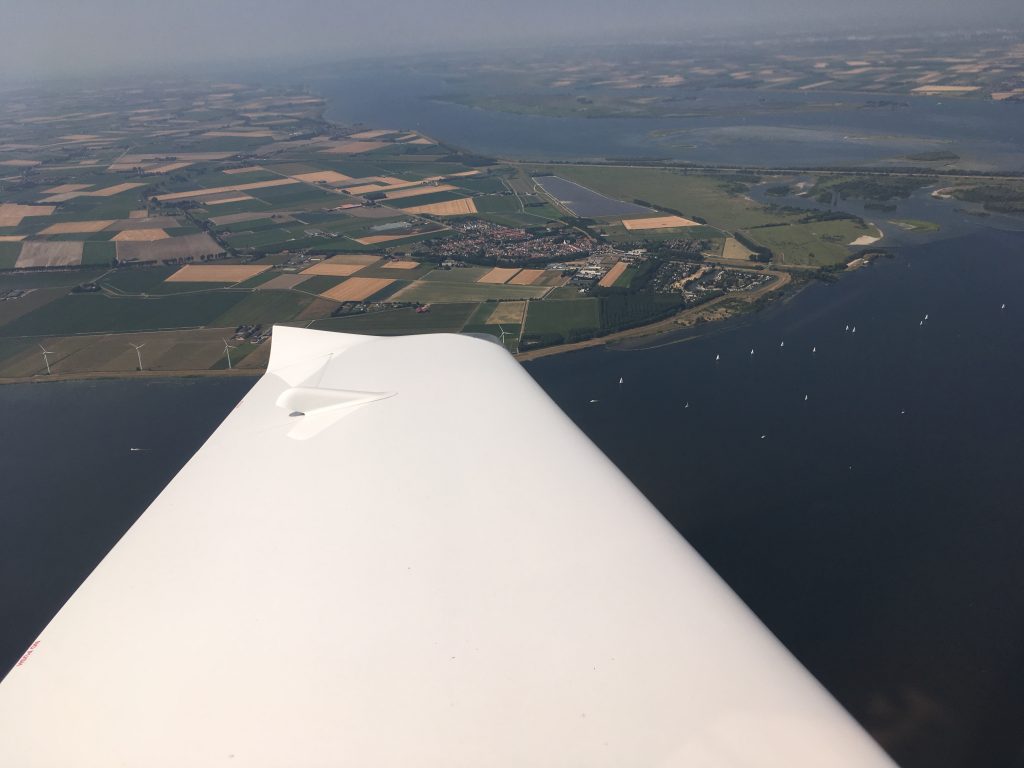
Barges queueing up at the locks at Voorhaven near Willemstad:
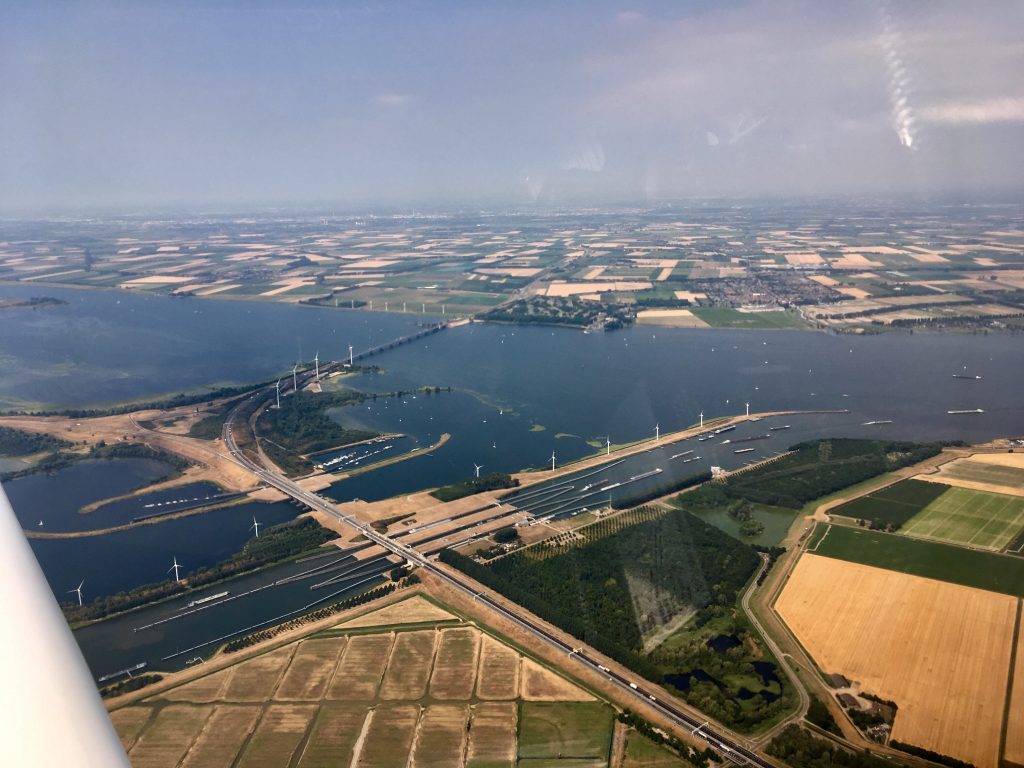
More barges making their way past Dordrecht…
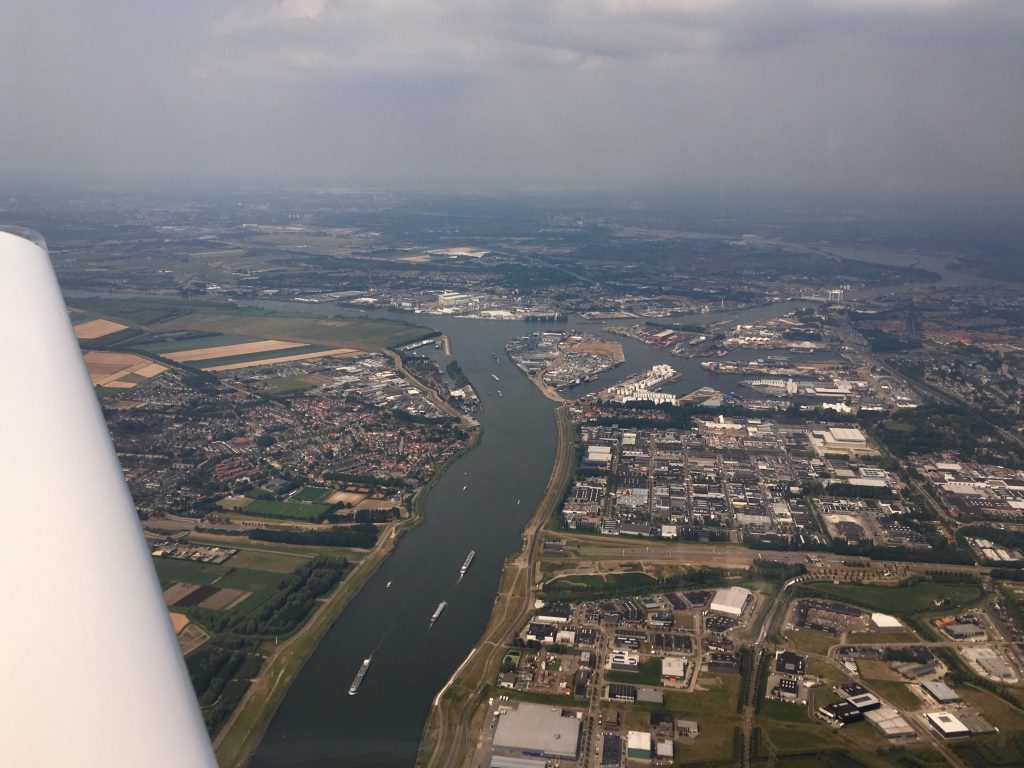
Further north the landscape started to change from the billiard-table flat of the south to slightly higher ground with more trees:
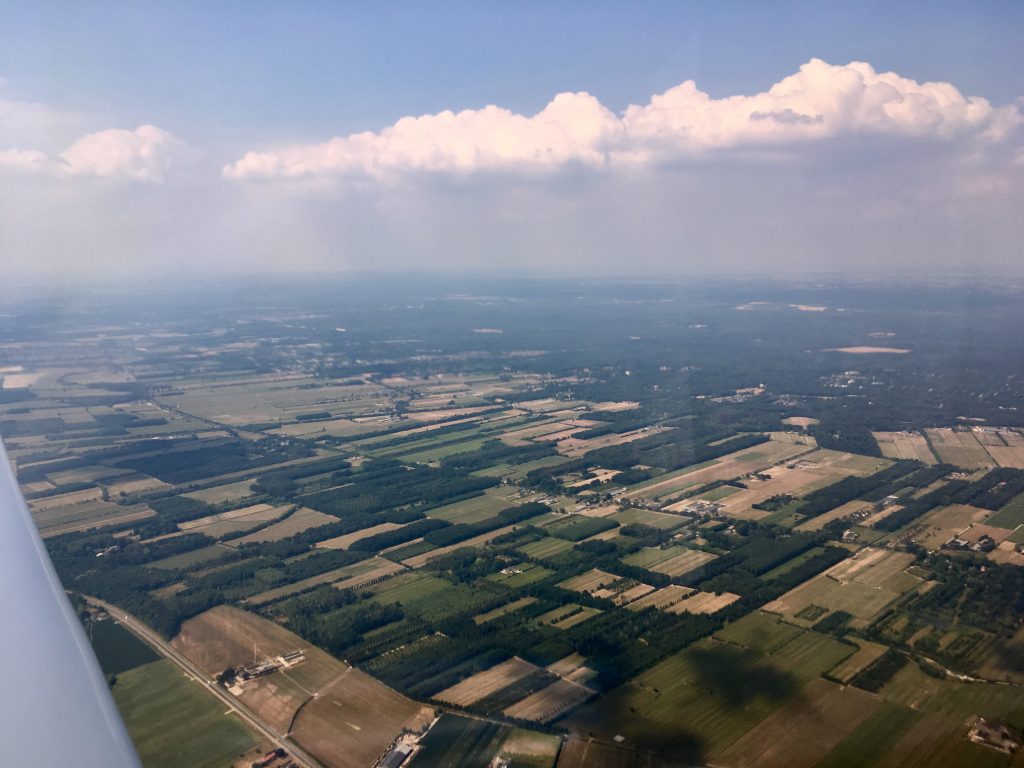
You can go to the beach without going to the sea! Hulshorsterzand park on the edge of the heathland in the centre of the country:
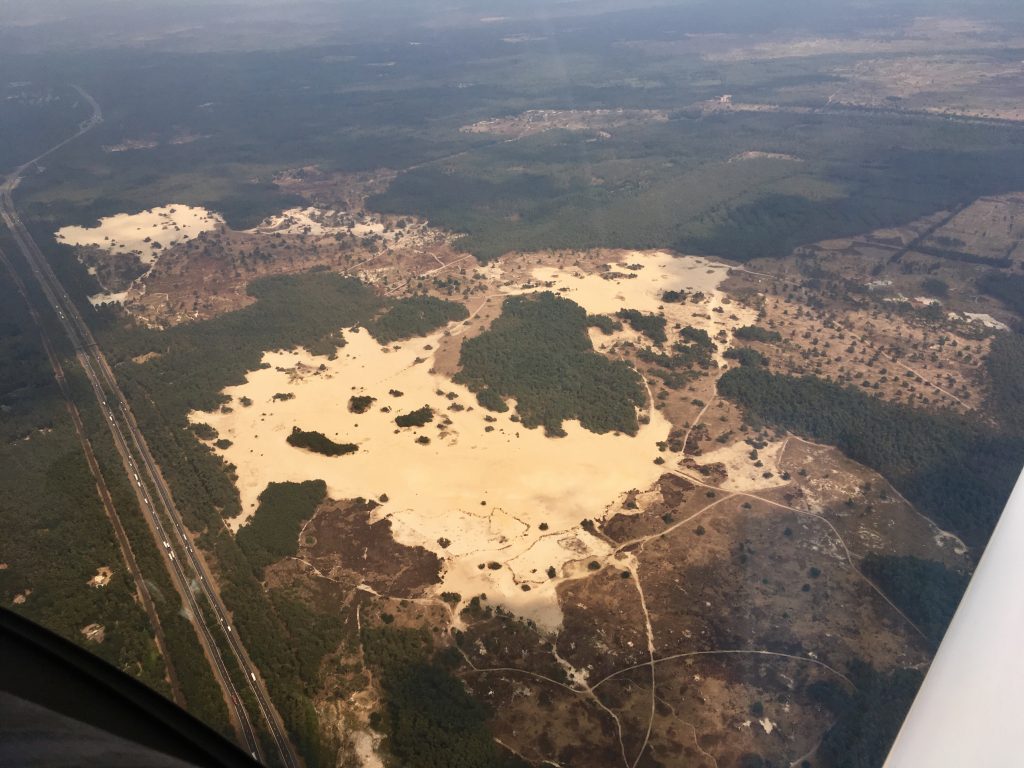
Finally we found ourselves approaching Groningen/Eelde airport in the northeast. A large regional airport equivalent to maybe Inverness or Exeter in size, although it was very quiet in terms of traffic. We landed and taxied to the pumps for a refuel. At €3.02 per litre this was the most expensive fuel of the whole trip…

Then a quick taxi to the GA (general aviation) ramp where we got the bags out. I did a quick post flight check while Brenda got online and searched for accommodation, then we put the covers on again for the night:
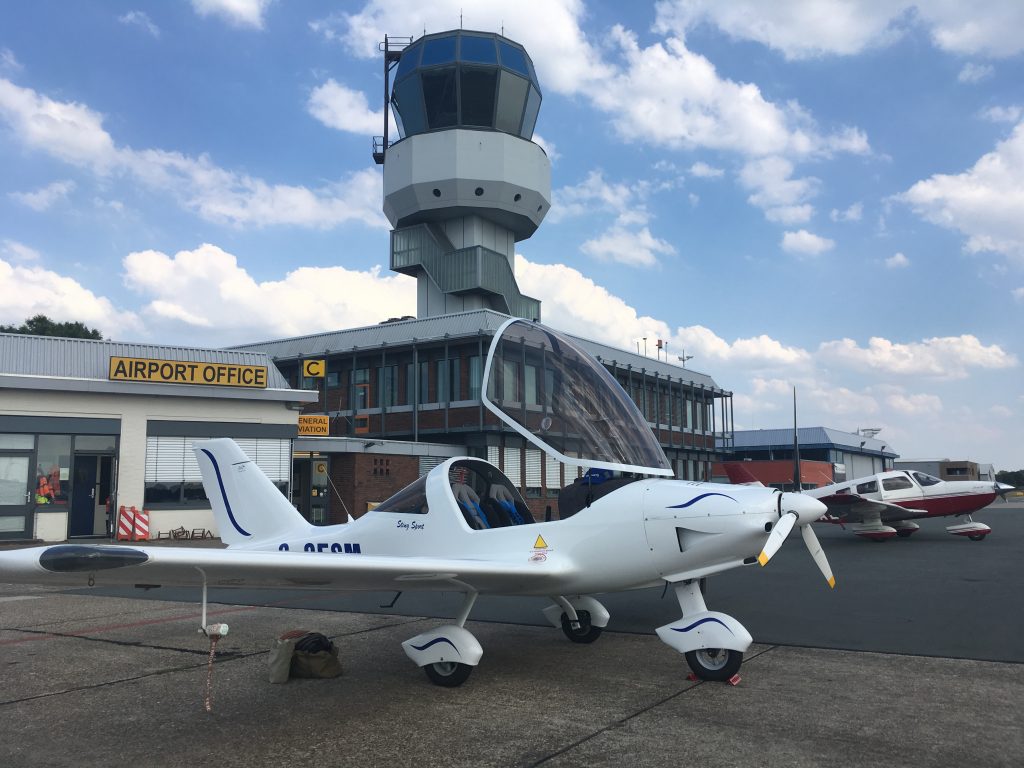
Parked up in some distinguished company. The DC3, not the DA40 next to us…
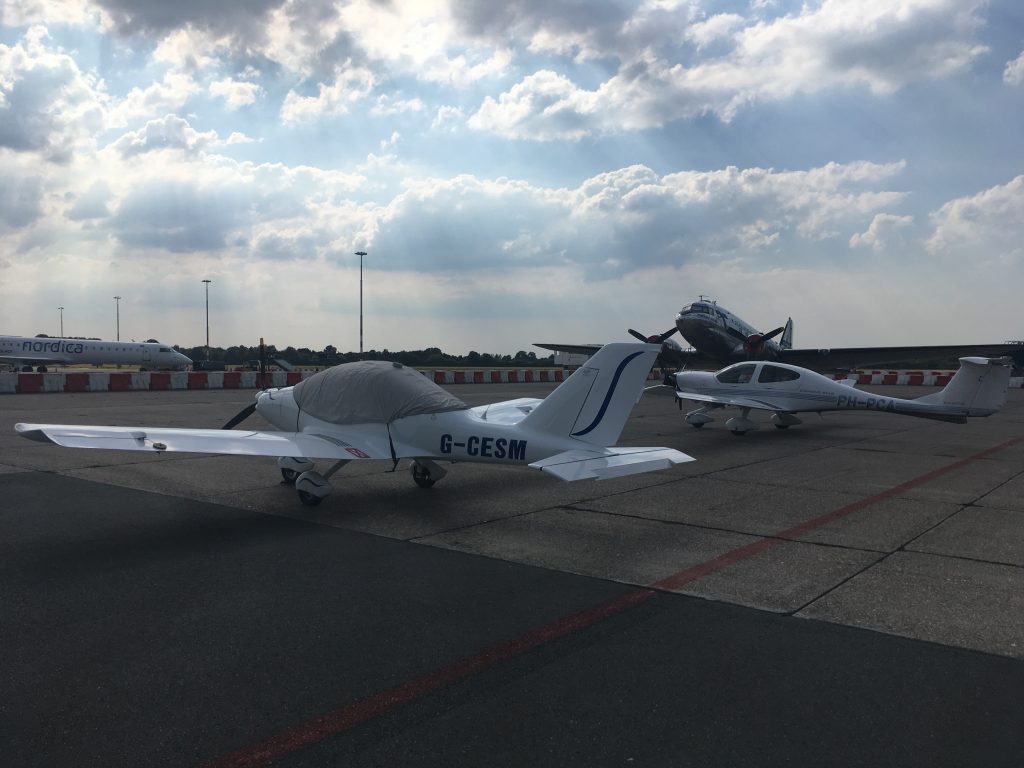
While I was sorting the aircraft, Brenda had got onto hotels.nl and booked us in to the Best Western Plaza, which was the closest to the airport. Another pilot had since landed and the ground operations guy asked if we would mind sharing a taxi to save costs. €25 later and we were at the hotel. It is located next to the Hornsemeer lake on the southern edge of town, quite far away from the centre but with a few pubs and restaurants within walking distance.

After another cooling shower it was time for a walk around the meer to Il Lago pizza restaurant for dinner. But first there was the roadblock of geese to negotiate…
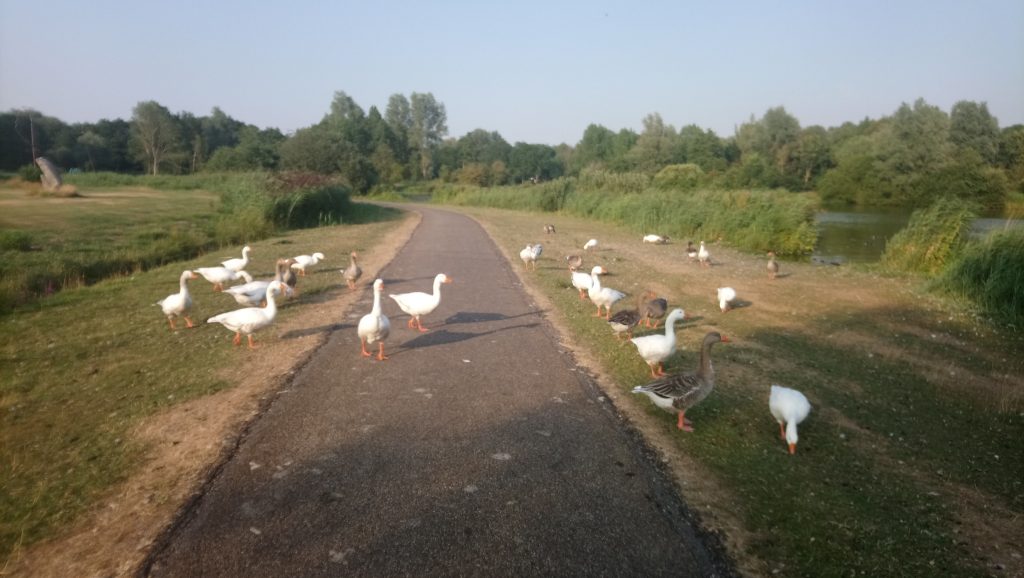
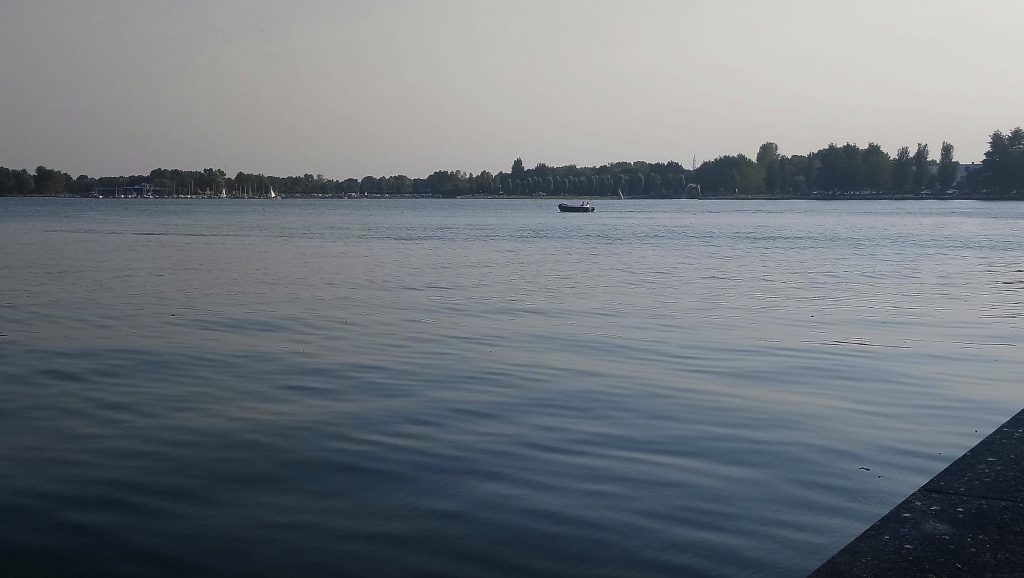
…after dinner, back for a big sleep.
Day two complete. Tomorrow… onwards to Sweden
Leg Five: Groningen to Sønderborg (Denmark)
Last night’s taxi sharing pilot had shown us a density altitude app which we had subsequently downloaded. With hardly any cloud it was already hot by the time we taxied out, and the app was calculating a DA of 1900ft. For an airfield elevation of 18ft that was a lot.
The landing and overnight parking cost just over €30, which was pretty good for a biggish airport.
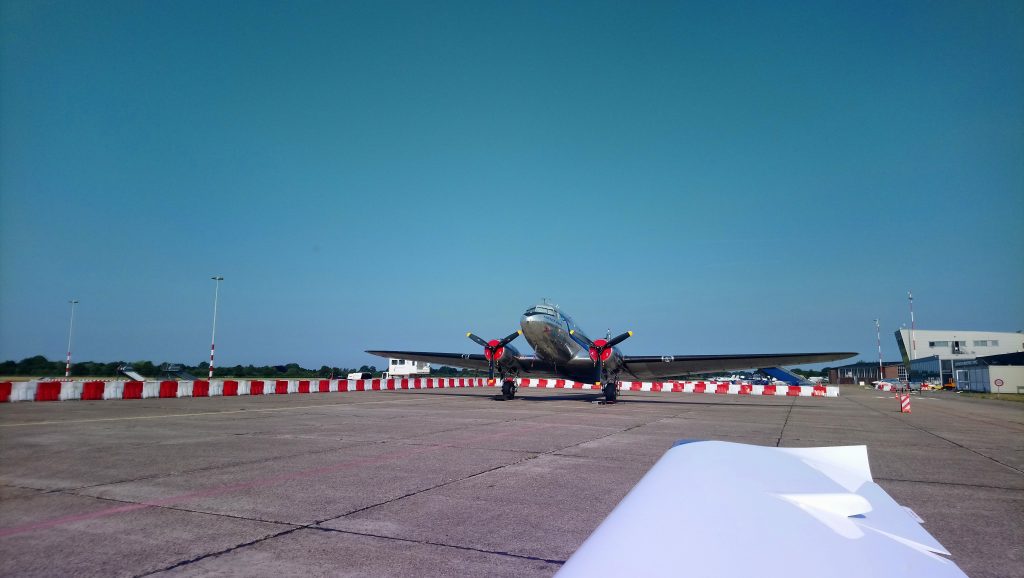
As we departed Groningen towards the east we passed just underneath a massive stork. If that had come through the canopy it would have made a heck of a mess. On second thoughts we might not have noticed, the parcel shelf was turning into a bit of a mess anyway:
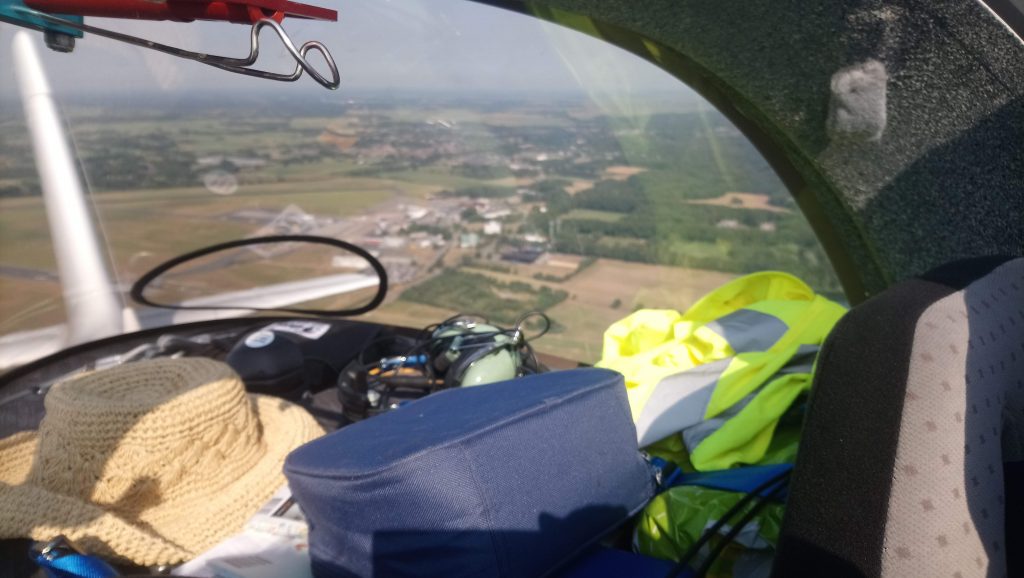
The route to Sønderborg in Denmark took us from Groningen east into Germany, then northeast and finally north to cross into Denmark before turning east to the destination:
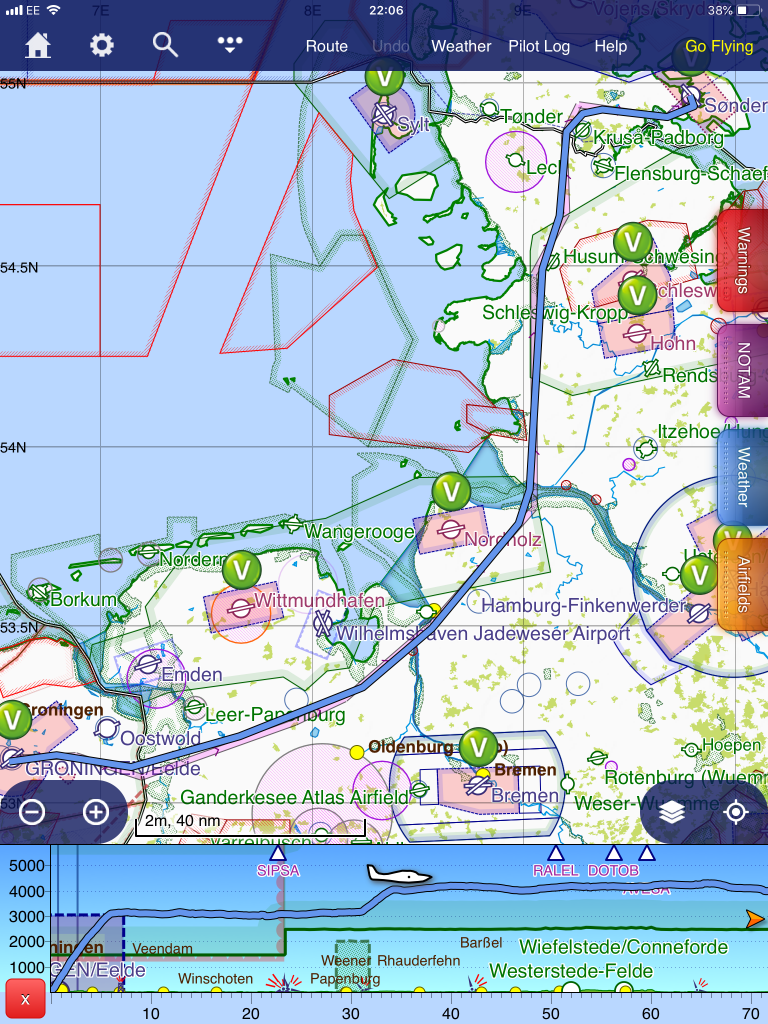
Thinking the air would be cooler and less bumpy we climbed to 4000ft. Crossing into German airspace we tried to contact Bremen Information on the radio. We could hear them talking to other aircraft but didn’t get any reply. After trying several times it was almost as if they were ignoring us.
It was still hot and I began to suspect that the radio was overheating. Talking later to the Trig guys at the Perth fly in they said that it would have told us with a message on the screen, but we didn’t know that at the time.
I decided to try another frequency. We were passing Wilhelmshaven so I gave them a call. If we couldn’t visit at least we could talk to them…and the controller answered immediately. A massive relief to find that there was nothing wrong with the radio. After thanking our new best friend we went back to trying Bremen Info. They continued to ignore us.
Finally as we approached the mouth of the Elbe heading northwards (AWAY from Bremen) they answered and we had that warm fuzzy feeling of being in contact with somebody again.
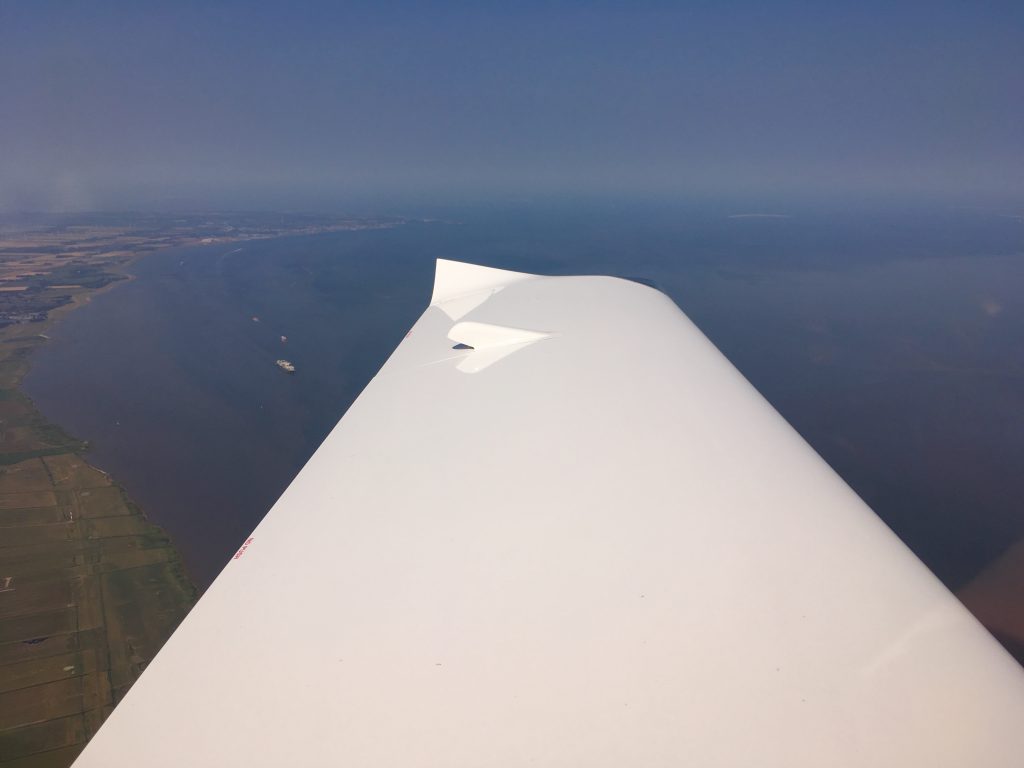
Looking east up the Elbe in the direction of Hamburg, way off in the distance 40 miles away:
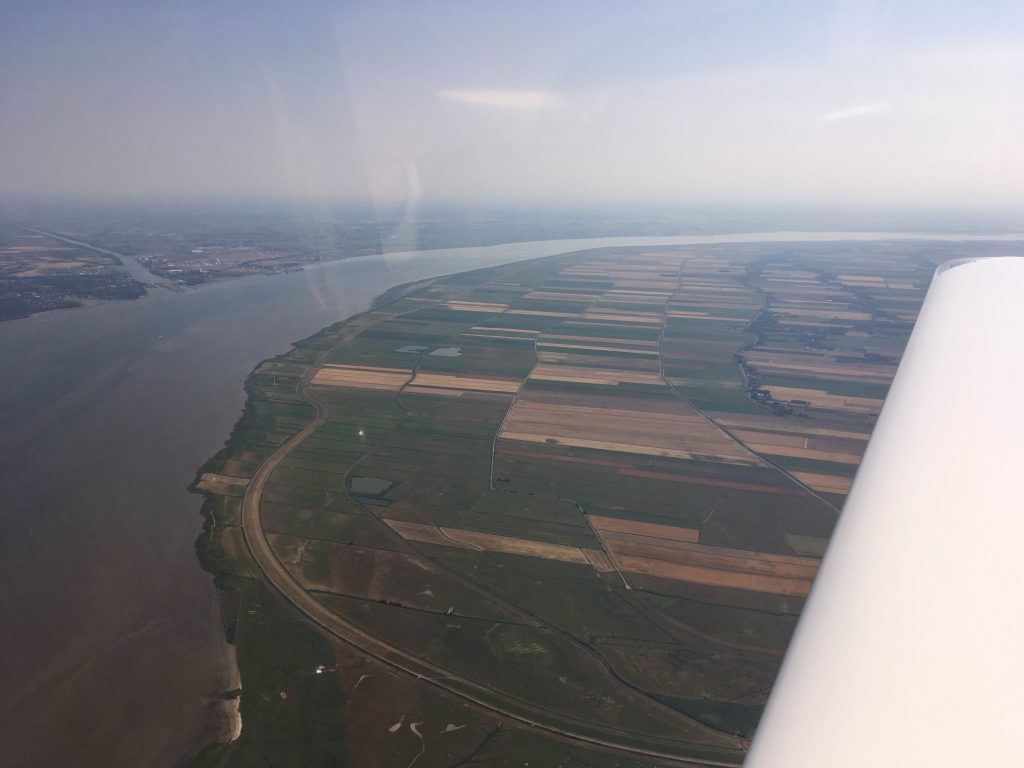
Lots of wind farms in Germany. They look slightly different to our UK ones with red bands painted on the blades.
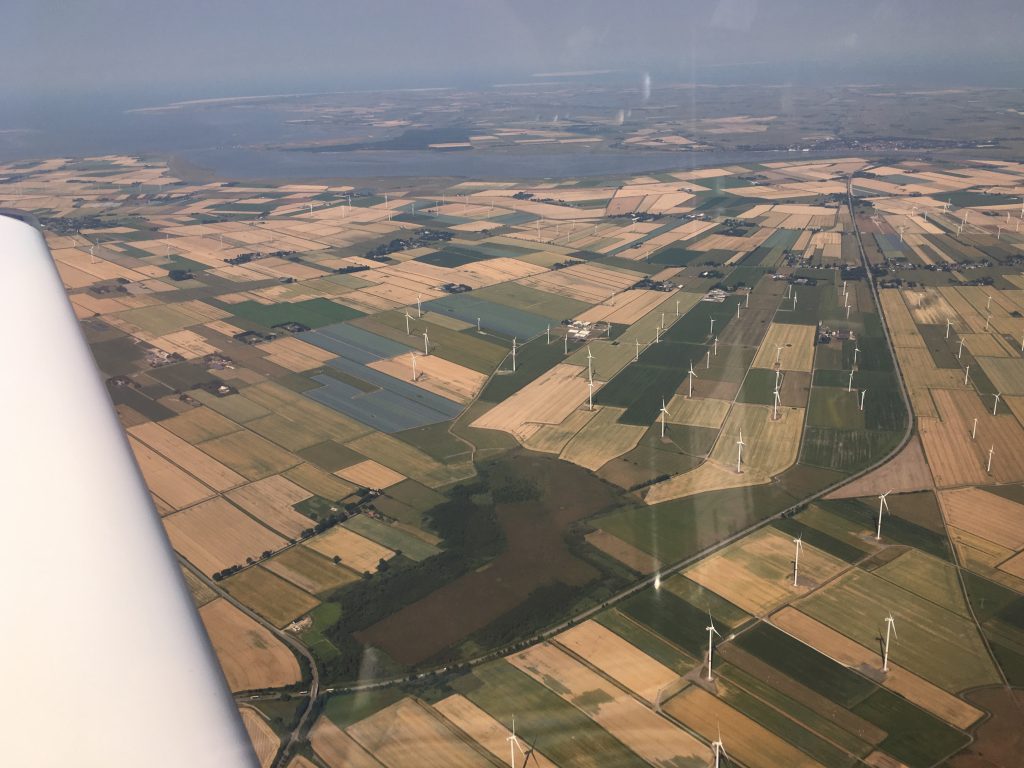
By comparison there are hardly any wind turbines in Denmark, and those that are there seem to be in much smaller groups, not giant wind farms. The difference is striking on the aeronautical charts:
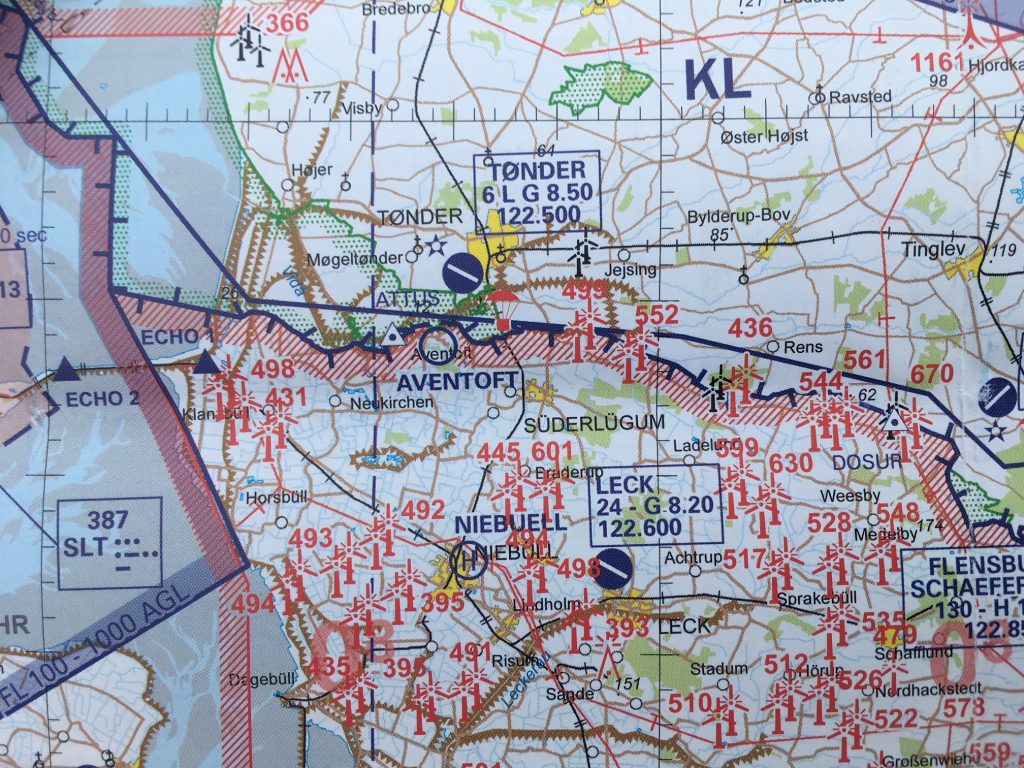
Denmark was looking as dry as England as we descended towards Sønderborg into the warmer air:
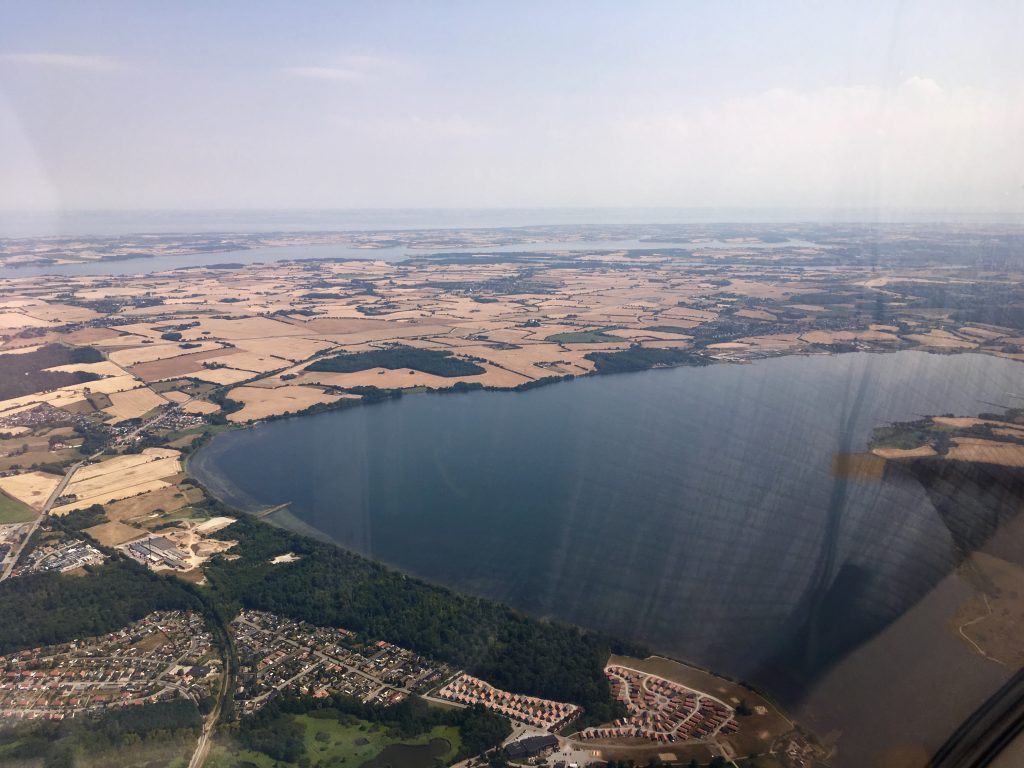
It is a lovely airfield situated next to the water and a little way out of town. There are lots of airliners on the apron. One ATR of Air Alsie was sitting there patiently waiting for the evening commuter run to Copenhagen, but the rest were there for maintenance. It was peaceful and quiet and HOT.
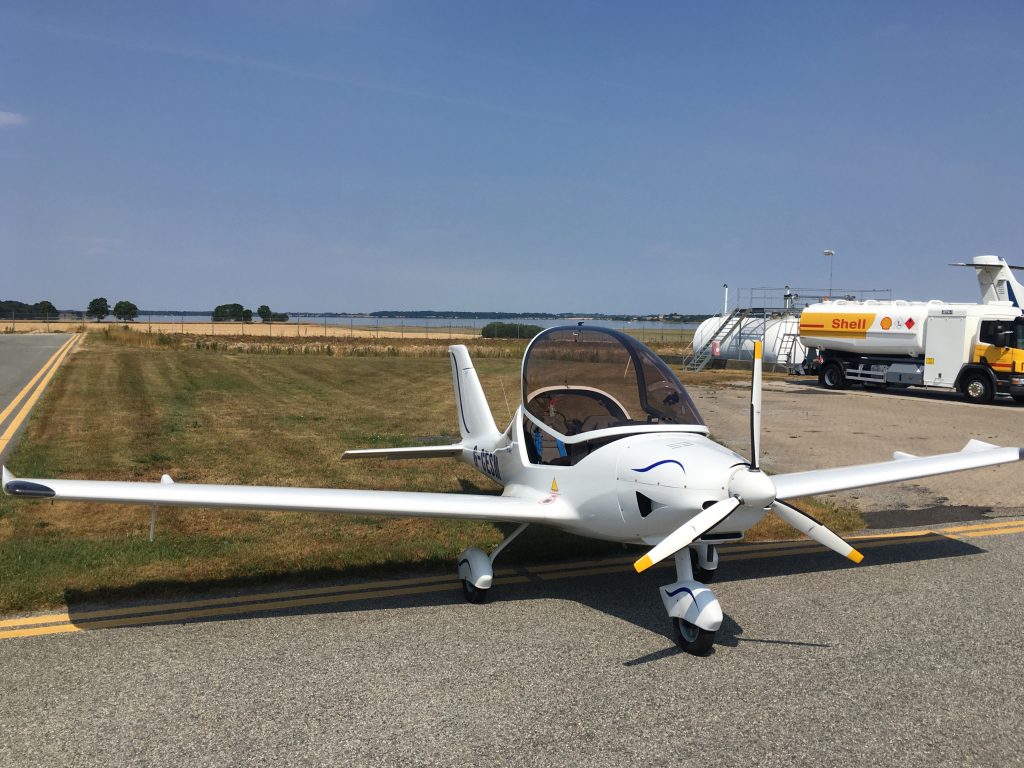
Yet another refuel at the card operated pumps – such a simple system, every airfield should have them. Then into the cool depths of the terminal to rehydrate from the machine, pay the landing fee and plan the next leg. The landing fee came to 110 Danish krona – about a tenner in UK money.
It turns out that Danish is an easy language. Not as hard as English. The English word defibrillator? Not exactly intuitive, is it?
In Danish it’s simple. If you need your heart started, grab a heartstarter.
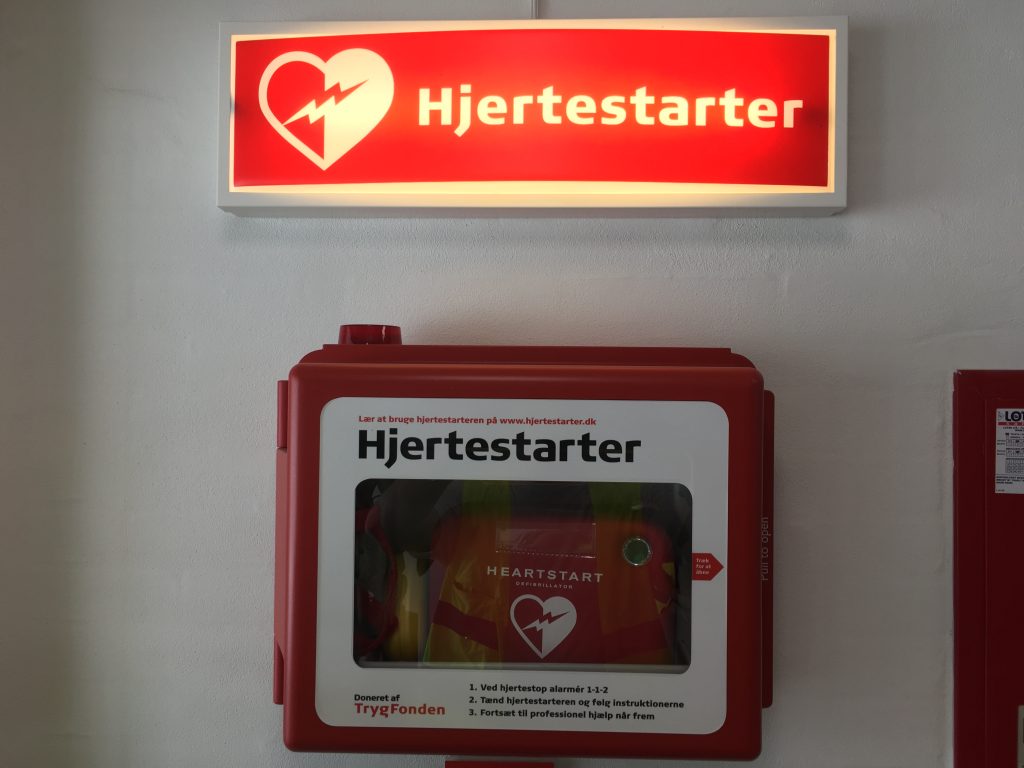
We seemed to be getting the hang of this long range touring lark. Sønderborg was what is known in the business as a “splash and dash” – i.e. land, refuel and get going again. Route set up, flight plan submitted, ready to go. Next stop Sweden!
Leg Six: Sønderborg to Höganäs (Sweden)
Northeast from Sønderborg over Denmark. Like the Netherlands, there’s a lot of water around:
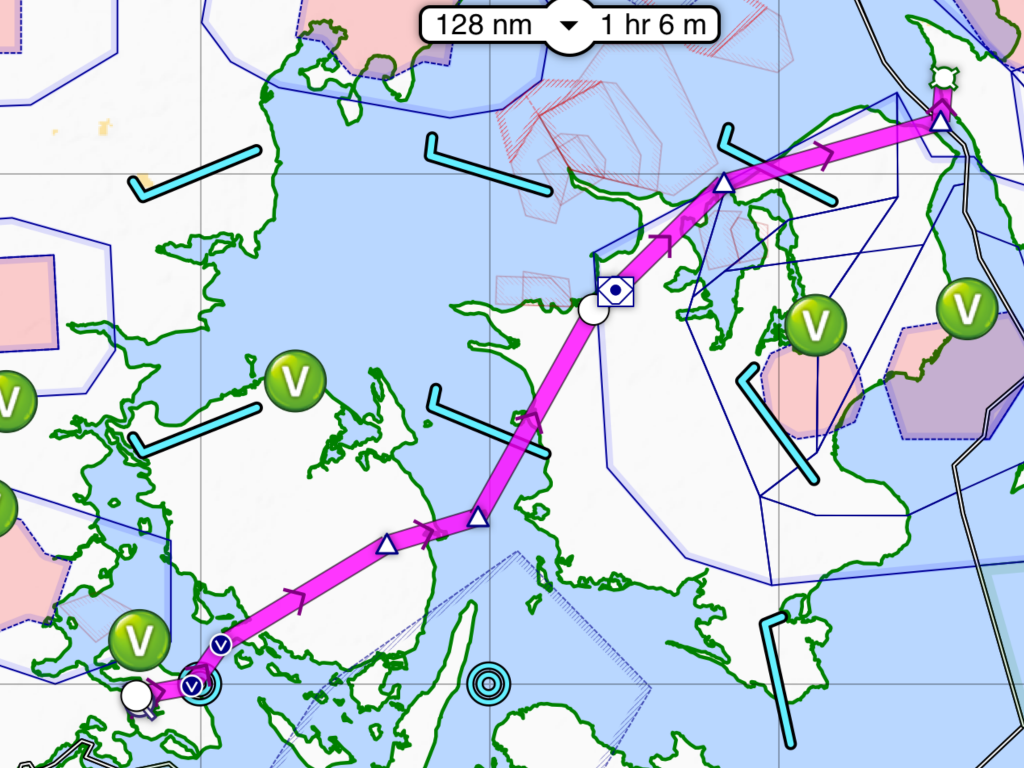
The first part of the route we planned to fly at 3000ft, for some slightly cooler air. Later we would descend, but for the moment there were great views and we had good gliding range in the event of an engine problem. Copenhagen Information were excellent on the radio. There was a moment of amusement when a pilot flying a G-reg aircraft requested a Basic Service, which doesn’t exist over there. It must happen a lot because the controller just allocated a squawk code and got on with it. She didn’t bat an eyelid.
Over the Lillebælt towards Faldsled:
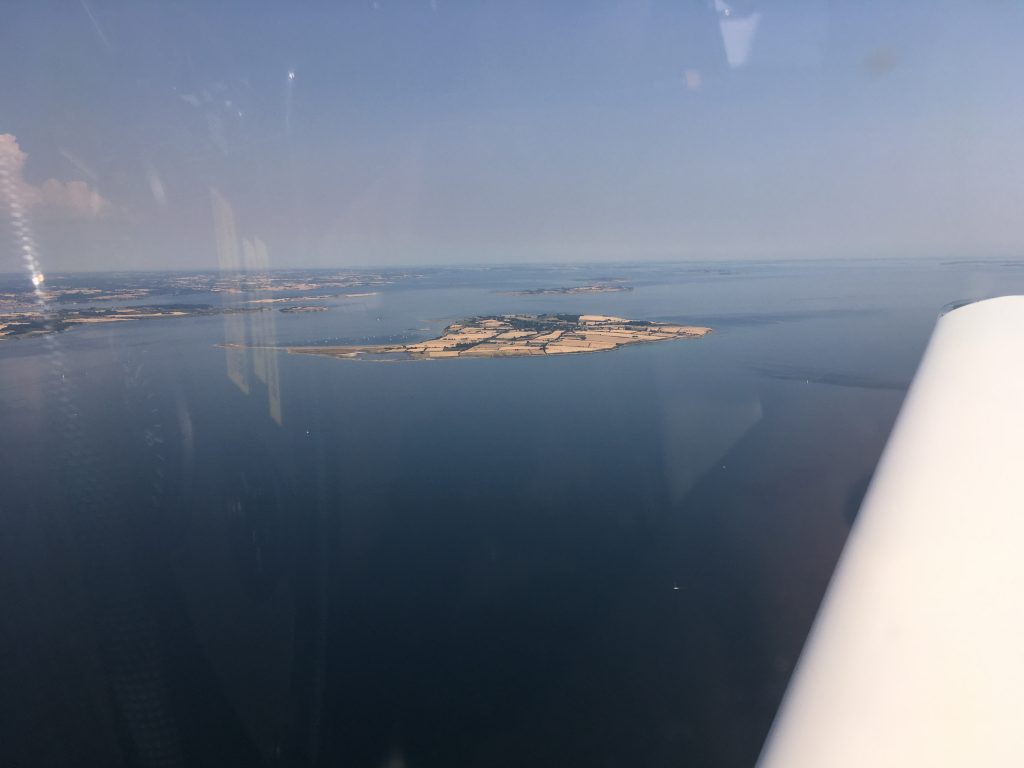
Passing the Storebælt bridge. We drove over this last year:
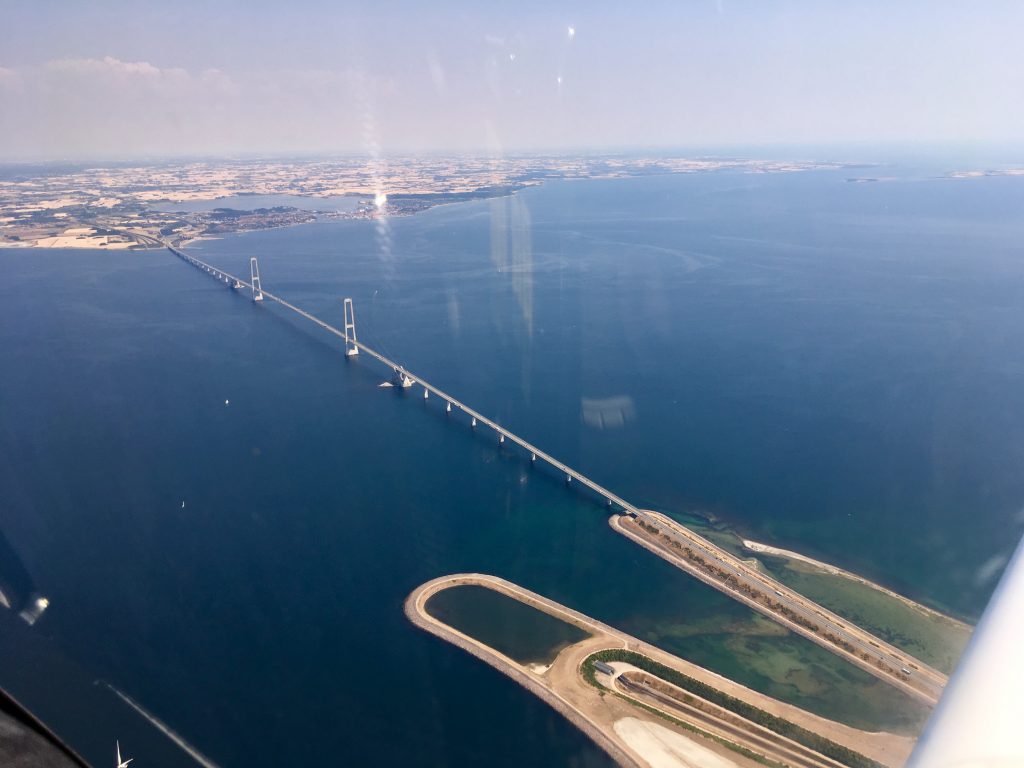
Quite soon after the bridge we descended to 2000ft to stay underneath the Copenhagen controlled airspace which is from 2500ft upwards at that point. Then along the north coast of Sjælland, with miles and miles of lovely beaches:
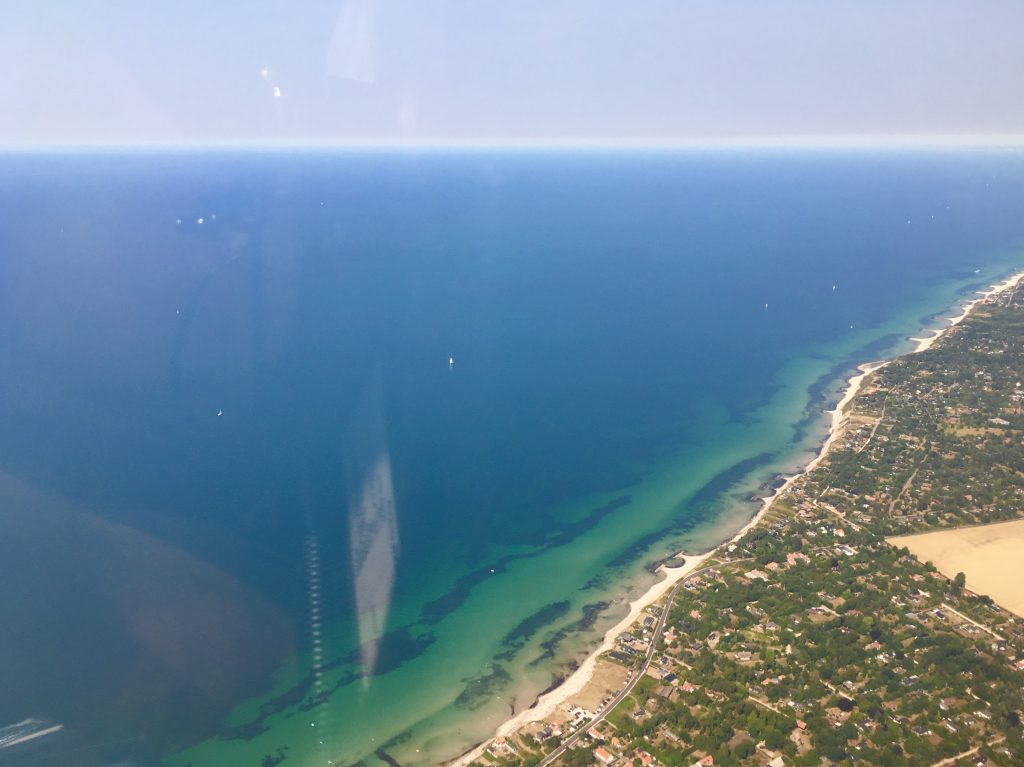
Passing the town of Hornbæk basking in the sunshine. Less than 10 miles to Sweden!
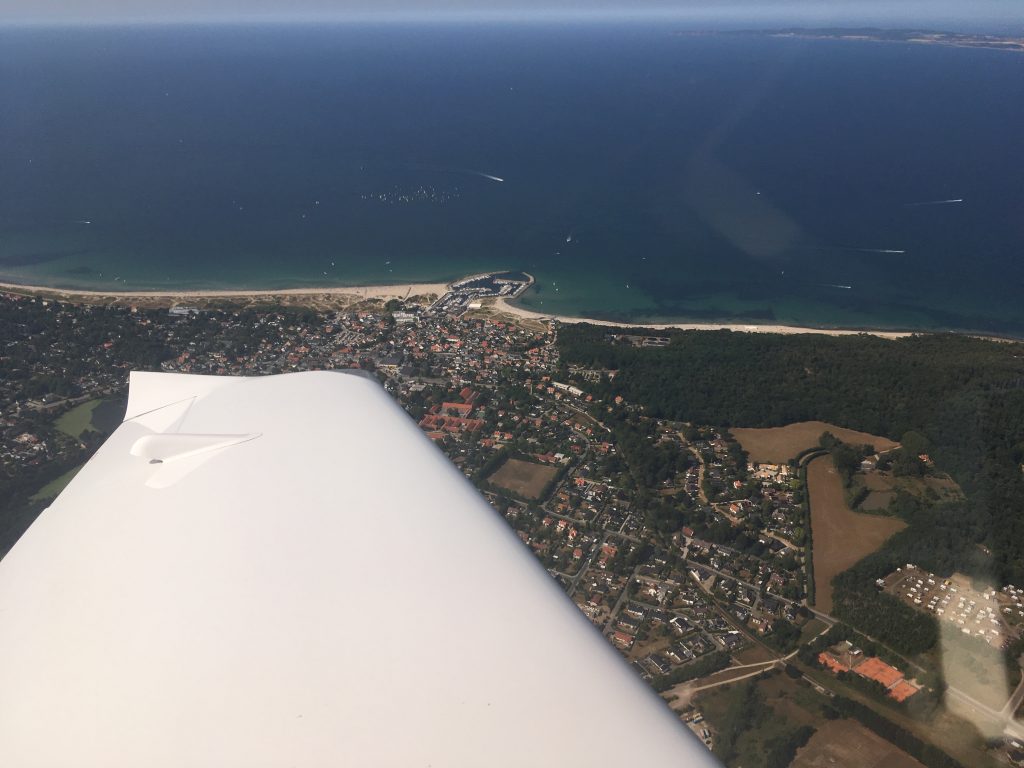
Crossing the water from Helsingør in Denmark to Helsingborg in Sweden is about two minutes flying time. A quite busy two minutes…we signed off with Copenhagen Info, checked in with Sweden Control, then told them we were changing to Höganäs radio. They let us go after a gentle reminder to close the flight plan by phone once we were on the ground.
Höganäs is run by http://www.nsf.se and is a grass airfield on the coast. It is perfectly located as a first stop in Sweden. You can just make out the airfield above the wingtip:
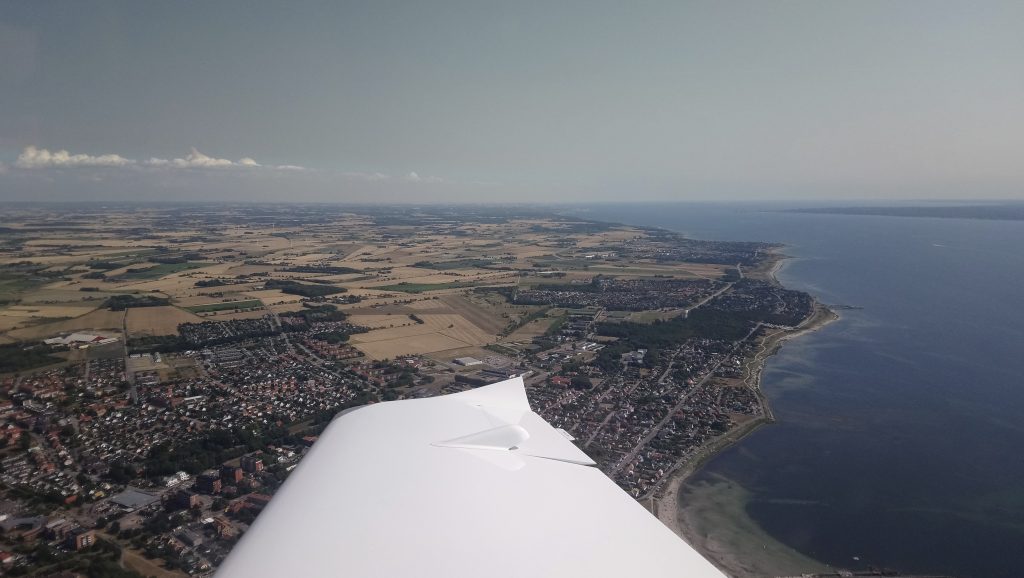
There was nobody on the radio so we flew overhead and checked the windsock before descending and joining the circuit pattern. They don’t really do the UK style overhead join in the continent but as there was nobody about and we needed to check the wind we ended up doing one anyway.
After shutting down at the pumps we phoned Malmö Control to close the flight plan. The airfield seemed deserted but we eventually found Ulrik in the clubhouse and he helped us out with the refuel. Like a lot of continental fields they had both Avgas and UL91 available:
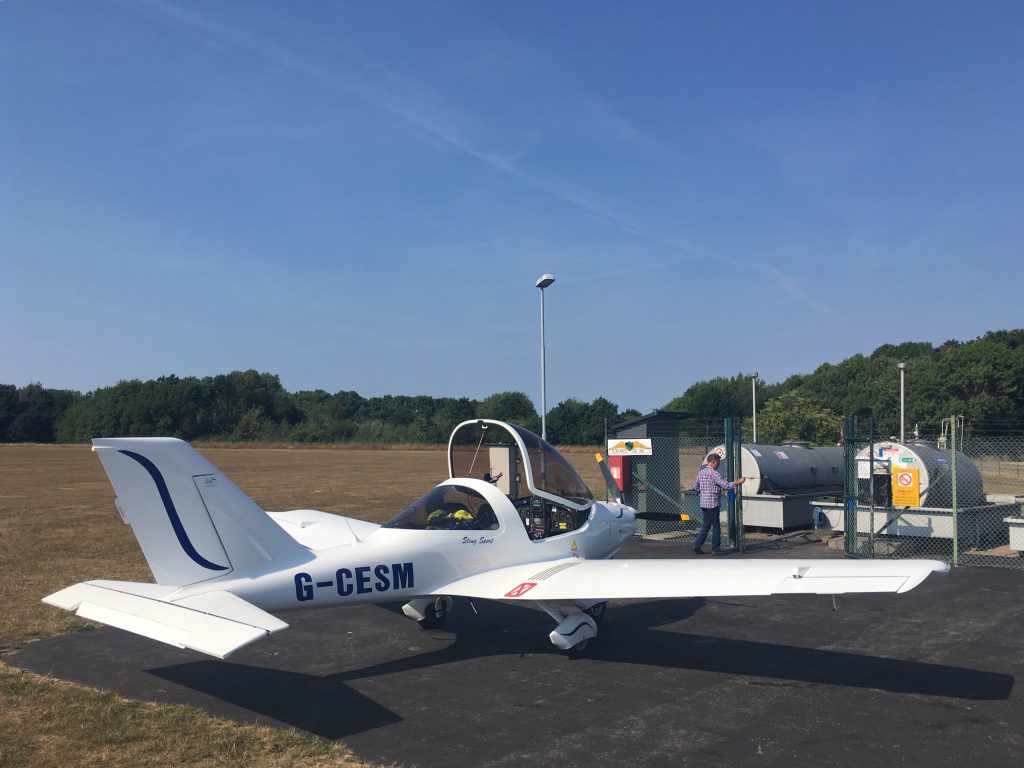
The clubhouse is well appointed, with a kitchen area, the normal briefing rooms and lounge, but also several bunk rooms for hire. One couple we met were basing themselves at the club for over a week! Supplies shouldn’t be a problem as just next to the 14 threshold there is a supermarket, and with bikes available to borrow there is no problem in getting around.
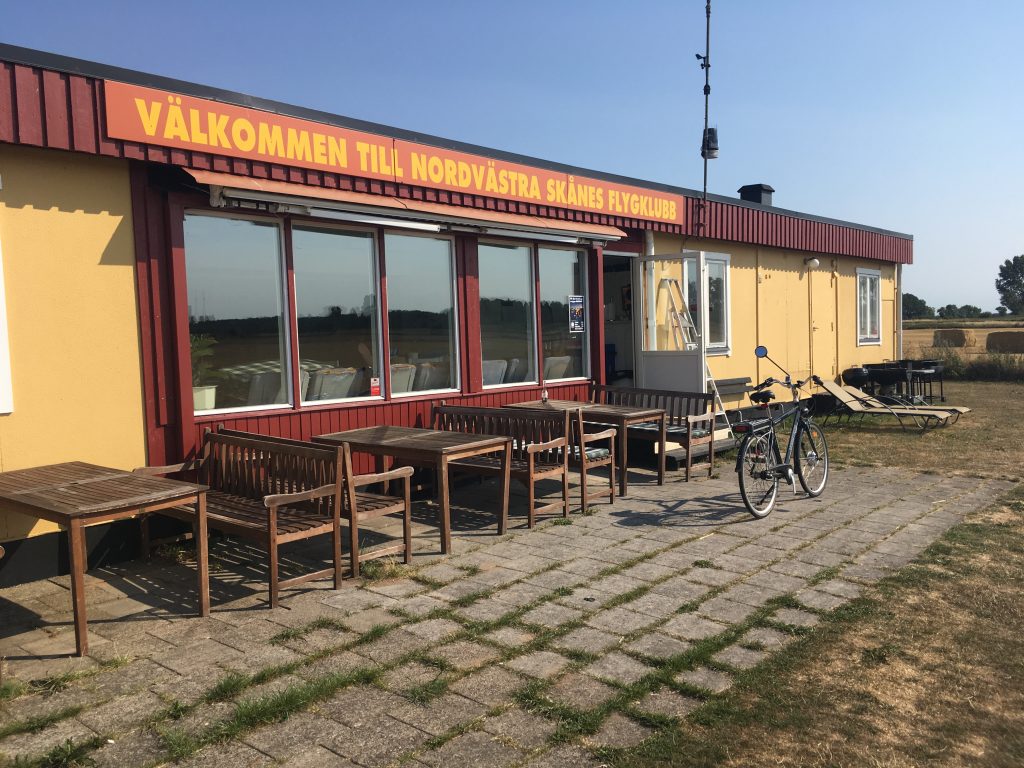
We would have loved to stay longer, but had places to be. We planned the route, filed the flight plan, bought an ice cream and headed out to the aircraft. But first we had to put our pin in the big map of Europe showing every visitor’s home field. Had to angle our pin past fellow Perth pilot Alan’s red one. The blue one is his as well, he changed home bases in between his two visits. (Trip reports here )
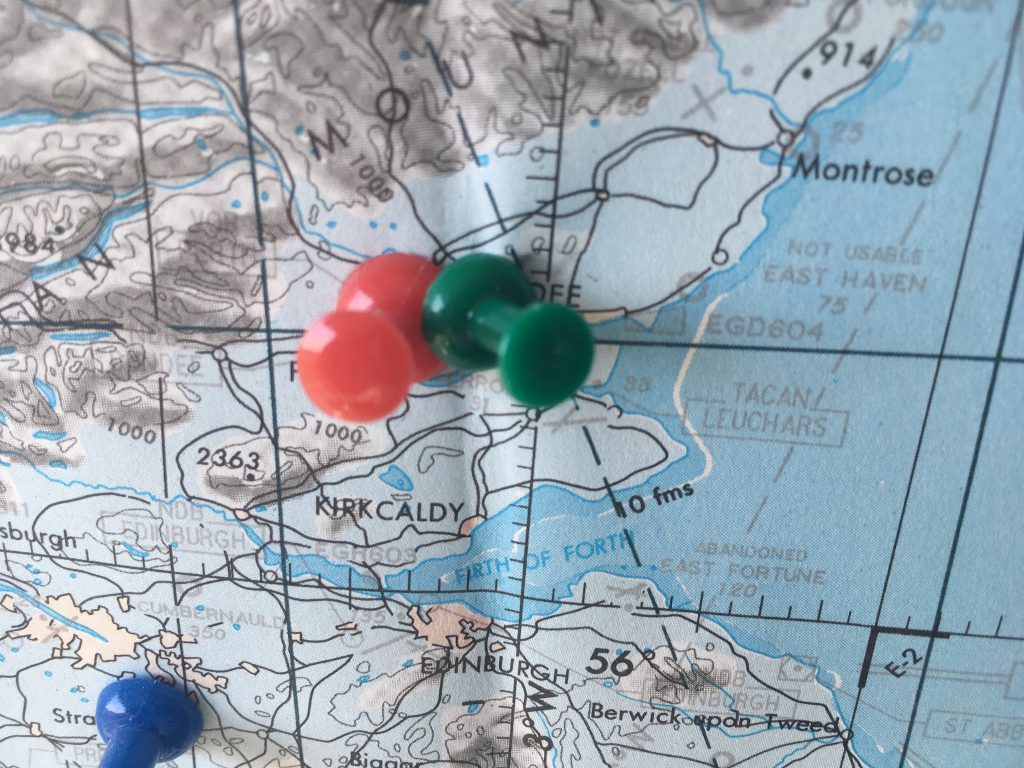
Leg Seven: Höganäs to Siljansnäs
On take off from runway 32 it is straight ahead until passing the coast:
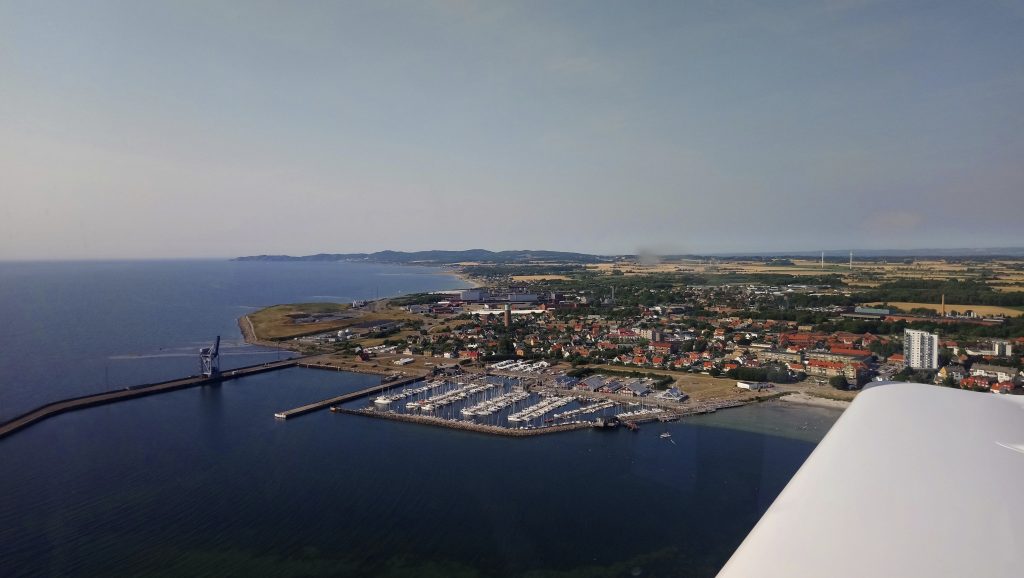
Once past the coastline we turned north and spoke to Ängelholm Tower to open our flight plan and transit their zone. No problem with either, there was only one other aircraft on frequency.
After that it was a case of climbing to 3000ft, switching to Sweden Control and settling down for the long evening flight north to our destination. The sun was a lot lower in the sky by now, and the thermally bumps of earlier had eased off, so it was just a case of getting the aircraft trimmed out, settling into the cruise and looking out the window. At the trees.
Lots of trees. And lakes:
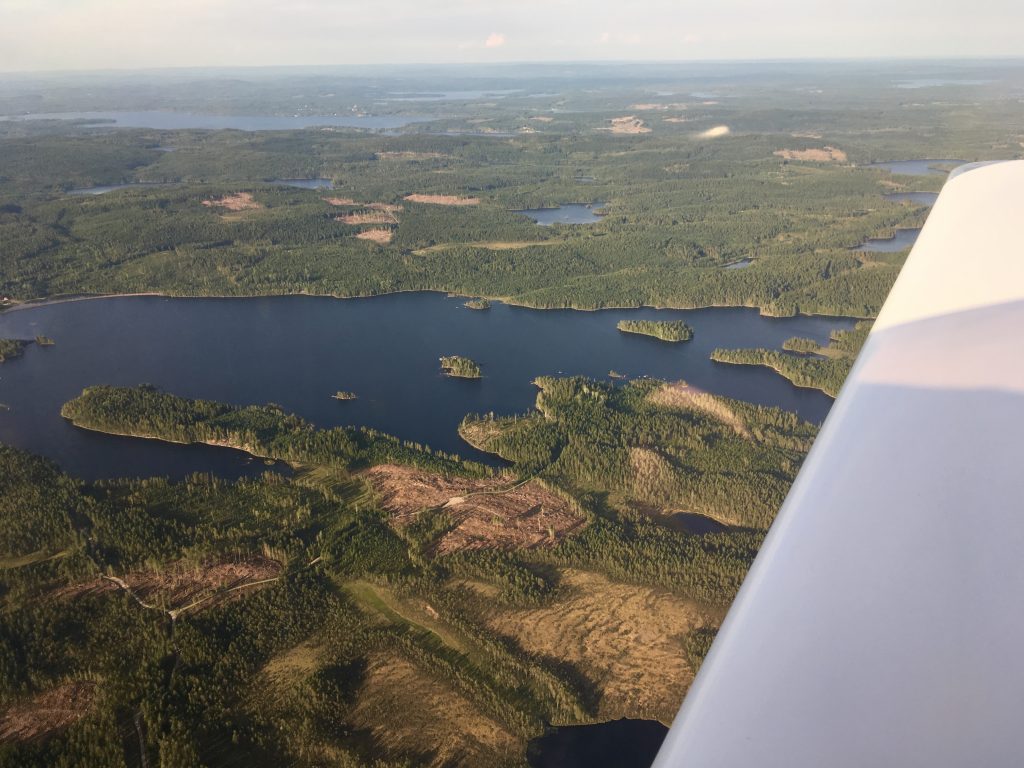
Off in the distance you can make out the haze layer produced by wildfires. Ulrik had said that they hadn’t had rain at Höganäs since the beginning of May. It was now the end of July.
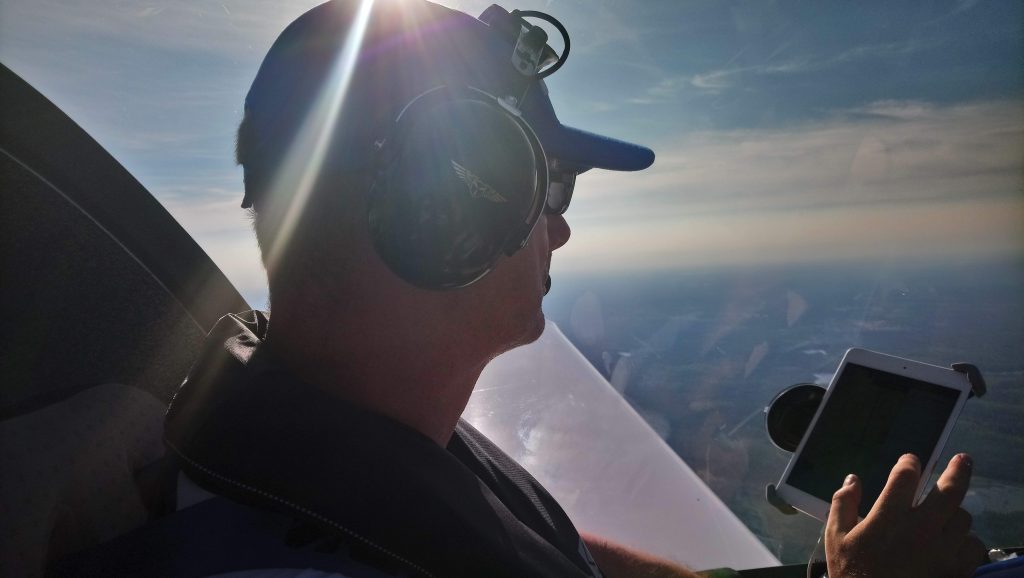
More trees, with wind turbines:
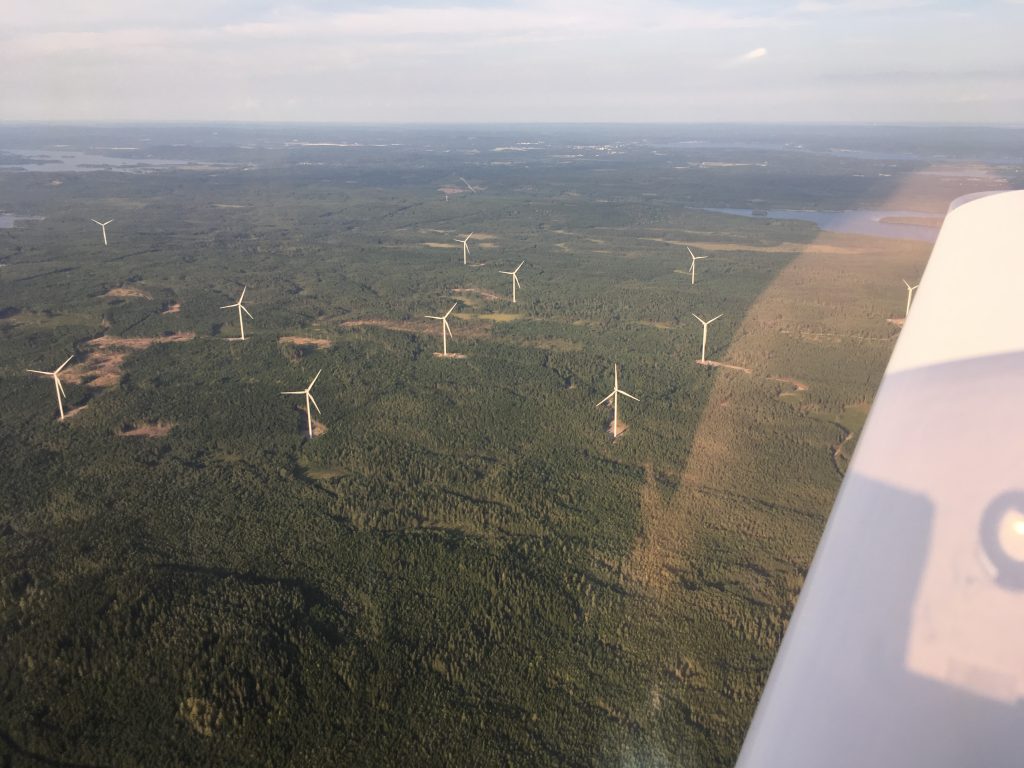
More lakes:
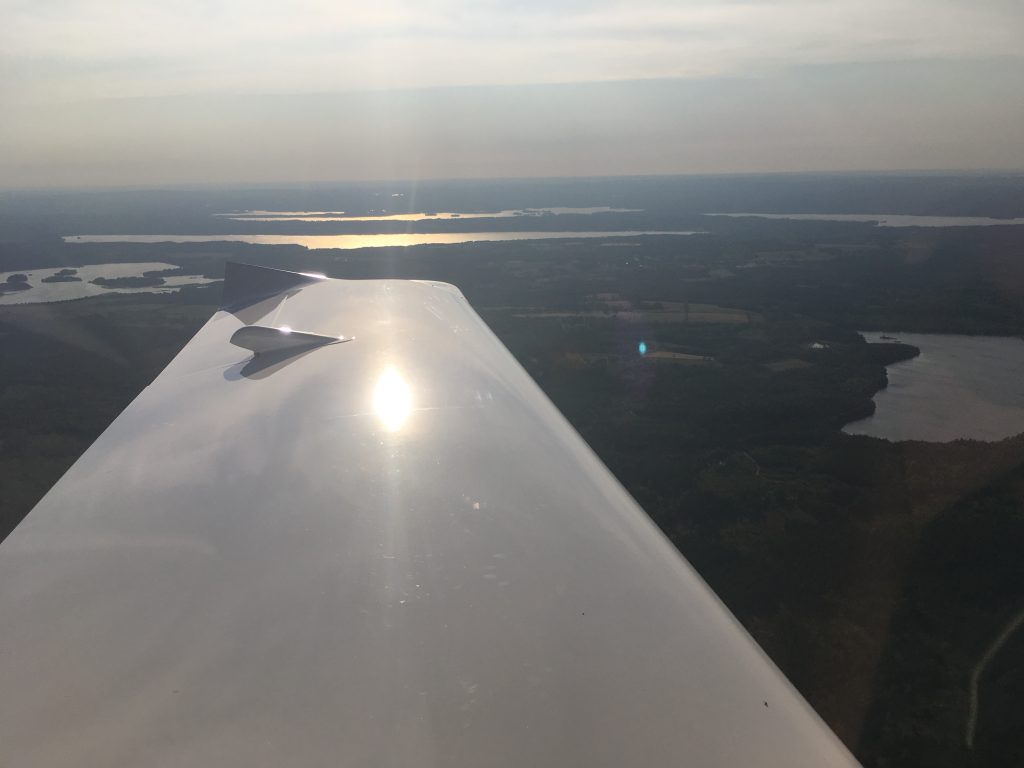
Finally after the longest leg so far our destination came into view. Set in the forest next to the lake Siljan in Dalarna province, Siljansnäs is home to a flying club with powered flight and gliding. The big white building is a brewery! Our specific target was the air park village http://www.siljanairpark.se
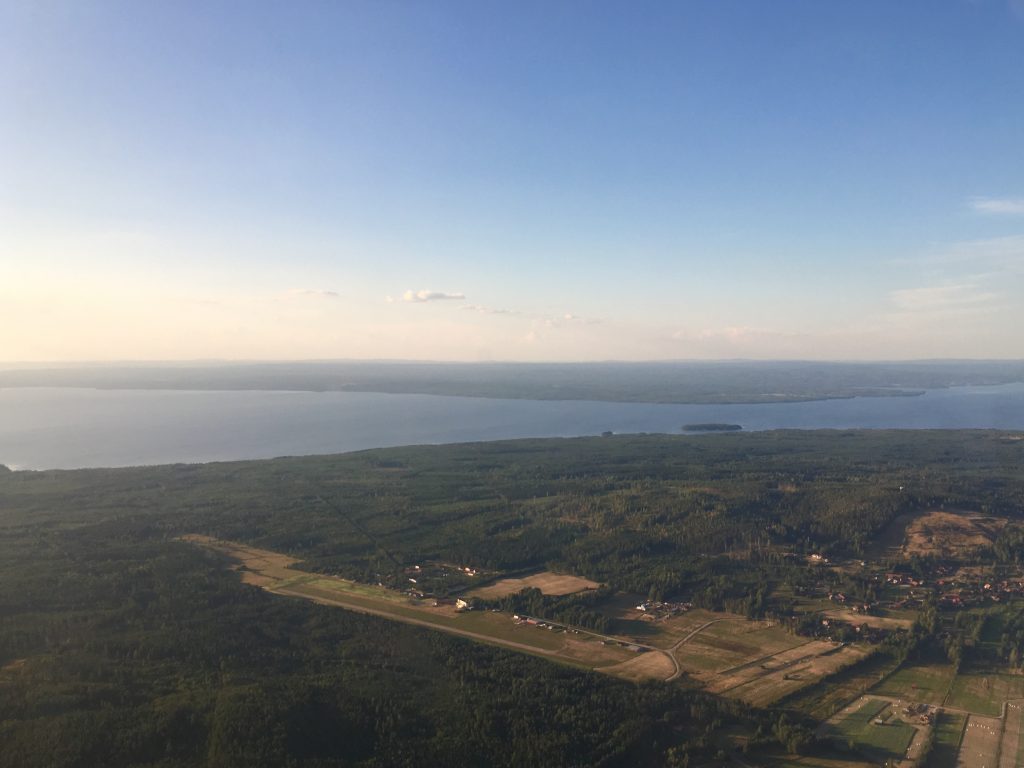
Short final for runway 14…
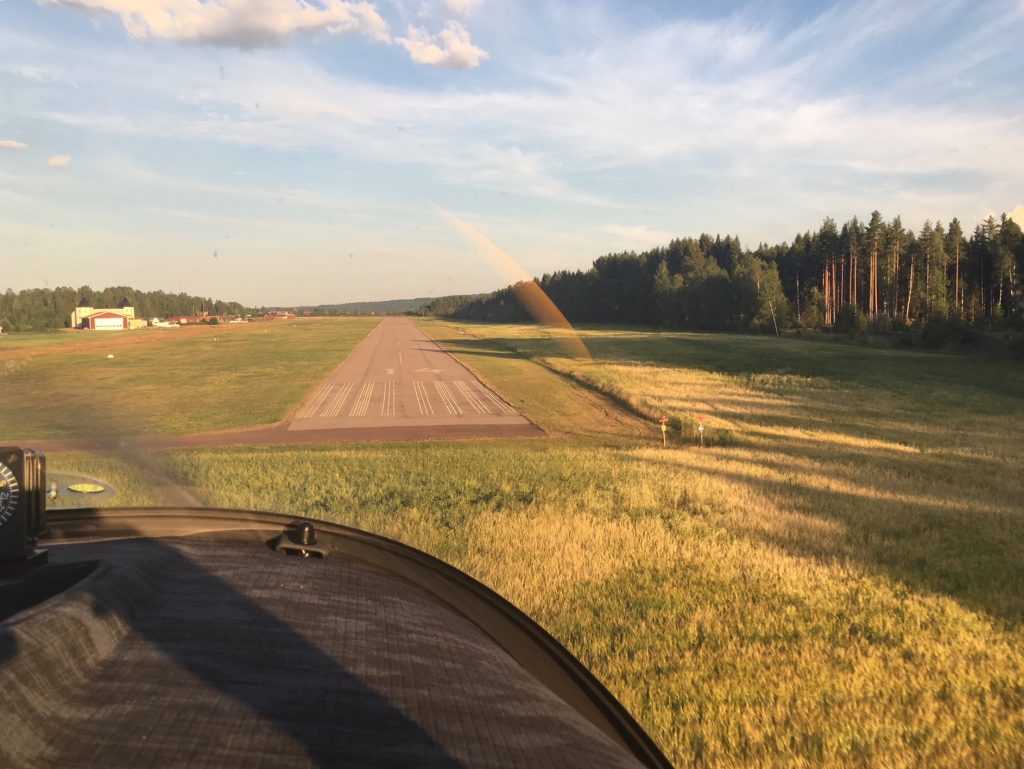
Unfortunately due to the short landing and backtrack we missed seeing the welcoming committee waving from the clubhouse. It was most appreciated anyway.
Making our way up taxiway B towards the house:
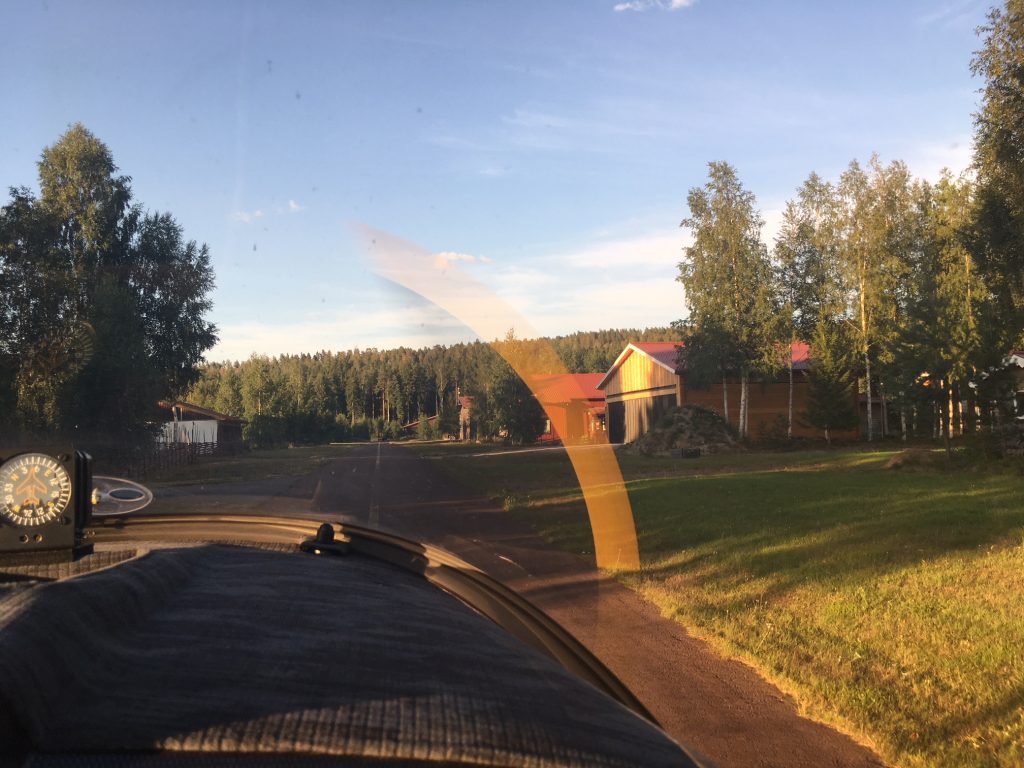
And finally stopped outside the hangar. I had expected to get all emotional the first time we flew in, but we were just exhausted instead.
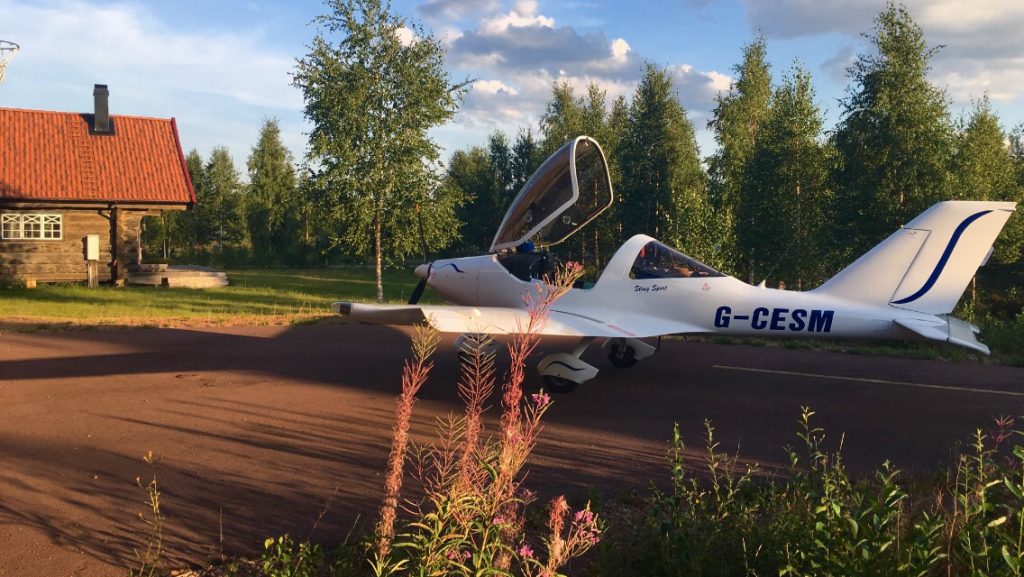
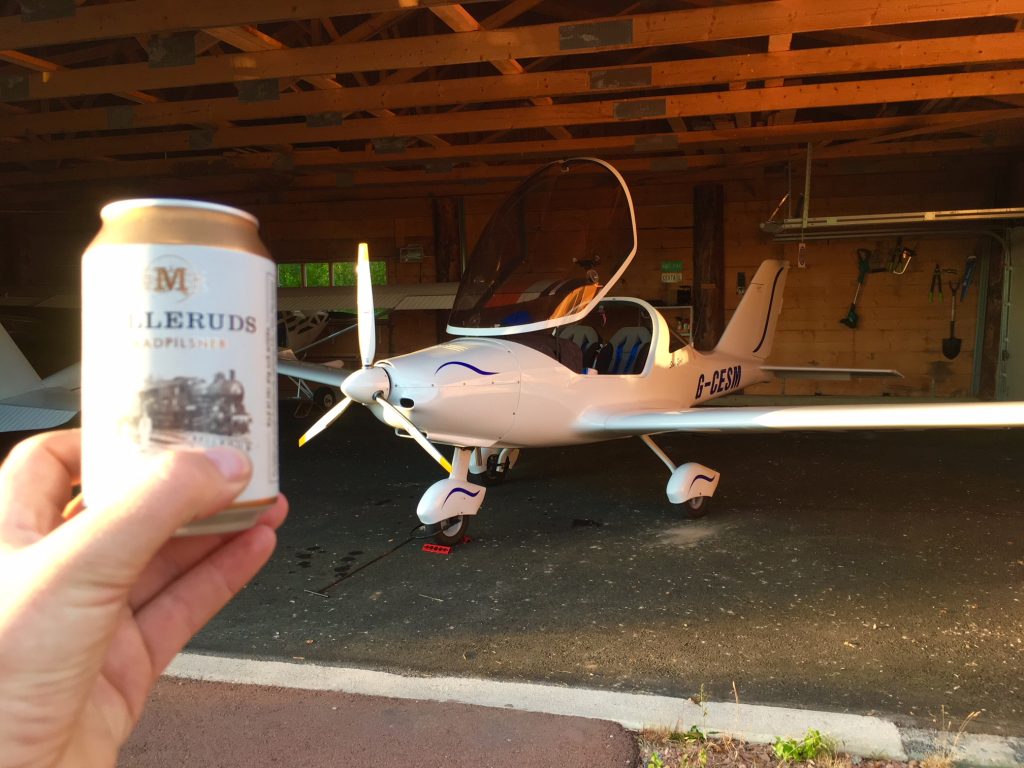
WE MADE IT! Three days, eight airfields, eight countries and two hotels. 297 litres of fuel used over 14.3 hours of flying. An amazing adventure.
A nice cold beer had delivered by neighbour Carl to celebrate our arrival at the air park. Ahead of us a few days off, but always with the gnawing uncertainty – ten days until I have to be back at work…will the weather cooperate?
Stay tuned…

